Road Trip in Provence – Itinerary 10 Days
Article written by Elisa This article may contain compensated links. Please read disclaimer for more info.
Roman cities, medieval towns, stunning nature, delicious food and good wine – Provence has all this and more. With so much to see and do, Provence is a treat for all the senses and there’s no better way to explore this region than on four wheels. If you’re thinking about a holiday to Southern France, you must put a Provence road trip on your France bucket list!
Here’s our suggested Provence road trip itinerary, ten days, which explores the best of this wonderful region in Southern France.
This road trip south of France is one of the best French road trips . Read more about road tripping in France:


Provence Road Trip Overview
- Start: Avignon
- Finish: Avignon
- Duration: 10 days
- Suggested route: Avignon – St Rémy – Arles – Camargue – Marseille – Cassis – Aix-en-Provence – Avignon
- Total distance: 404 Km, 6 hrs 20 min drive in total
- Region covered: Provence-Alpes-Côte d’Azur
- Best for: history, sightseeing, outdoors, small towns, food & wine
This road trip in Provence itinerary starts from Avignon, where you will pick up and drop off your rental car. Avignon is easy to reach by train from Paris, Lyon, or Dijon. The journey from Paris to Avignon by train takes around 3 hours while Lyon to Avignon by train only takes 2 hrs 45 minutes.
If you don’t want to drive back to Avignon, you can end this trip in Provence in Aix-en-Provence and explore the villages of the Luberon (day 10) on a day trip from Aix. If you are renting a car, the rental price will probably come with a drop charge – a fee for picking up a rental car at one location and returning it to a different location.
Road Trip in Provence Map
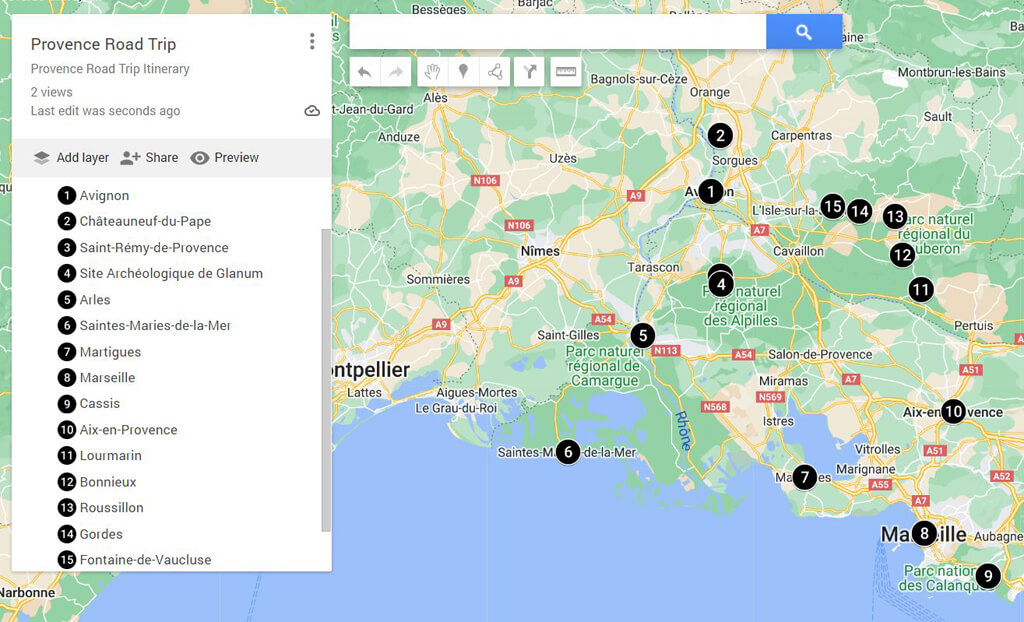
Click here to see the Map of this Provence road trip itinerary on Google
Provence Road Trip Itinerary
For this Provence road trip, you don’t need the car until day 2, so if you are taking a self-drive trip in a hire car, wait until then to pick up your rental car in Avignon. Click here for our best tips for renting a car in France .
Click here to rent your car in Avignon

Day 0 | Arrival at Avignon
Arrive at Avignon the day before the start of this Provence itinerary. For your two nights in Avignon, book at the Hotel Cloitre Saint Louis Avignon . This hotel is located in a beautiful 16th-century building with original arches and vaulted ceilings surrounded by a beautiful garden and an outdoor swimming pool (a must for Provence in the summer months!)
Click here to book your stay at Hotel Cloitre Saint Louis Avignon
Day 1 | Avignon
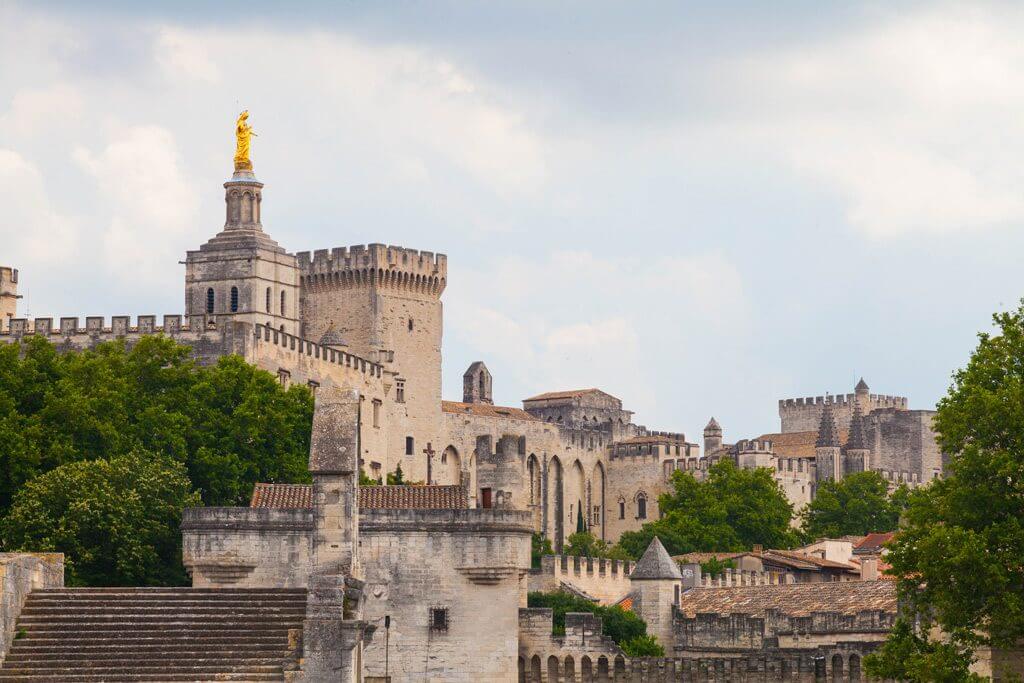
Avignon is one of the most beautiful walled cities in France , full of history. Avignon is set on the South Bank of the Rhône River and in the Middle Ages, it was home to seven Popes. The Papal Palace , where they lived, is a jewel of civil gothic architecture and is listed as a UNESCO World Heritage.
Enjoy one day in Avignon . Here everything is within walking distance, and you can easily explore the city while strolling through its small cobblestone lanes. Be sure to visit the Palace of the Popes ( book well in advance! ), and wander along the Pont d’Avignon (the famous bridge) or admire it from afar.
You can combine your visit to Avignon with this afternoon wine trip to Châteauneuf-du-Pape . Châteauneuf-du-Pape was the Popes’ summer residence, world known for its beautiful heritage and excellent wines.
Day 2 | Avignon – Arles
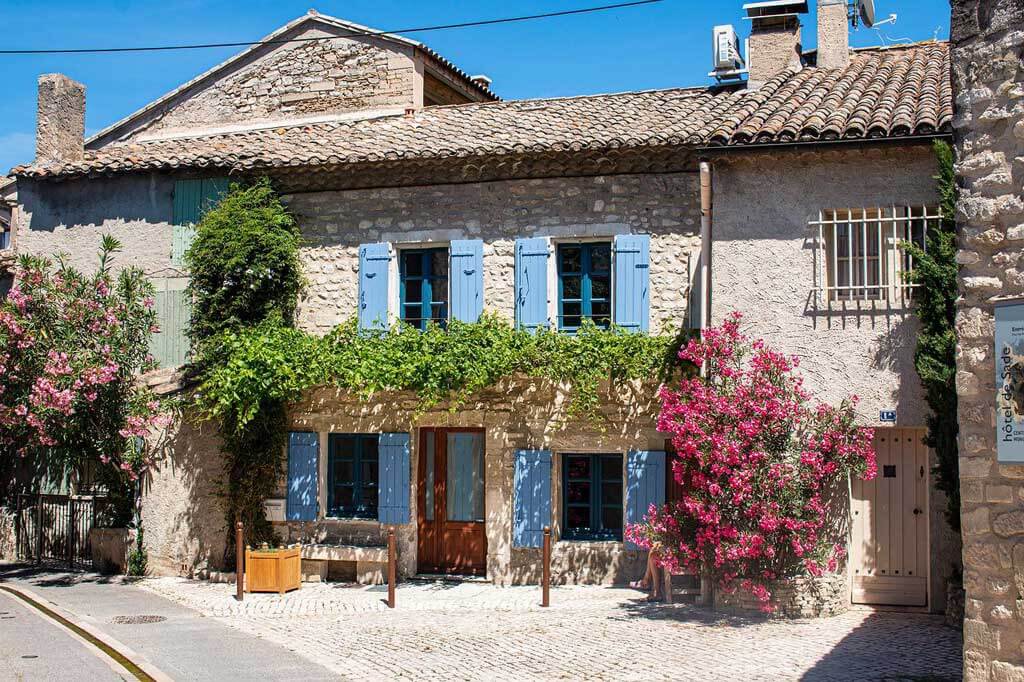
It’s time to hit the road to explore what Provence has to offer on four wheels! From Avignon, take the D571 route south to Saint-Rémy.
Saint-Rémy de Provence is a quintessential Provençal town and a picturesque place to get lost for a couple of hours. The town is located in the Parc Régional des Alpilles , between Avignon and Arles, and has a beautiful heritage of private mansions from the Renaissance and 18th-century chapels and convents.
Take the time to explore its winding streets, always with lovely surprises, perhaps with a coffee break in one of the shaded squares adorned with old stone fountains and the terraces of the cafés.
Just south of St. Rémy lies the ancient Roman ruins of Glanum , with ancient monuments such as the Triumphal Arch and the Jules Mausoleum.
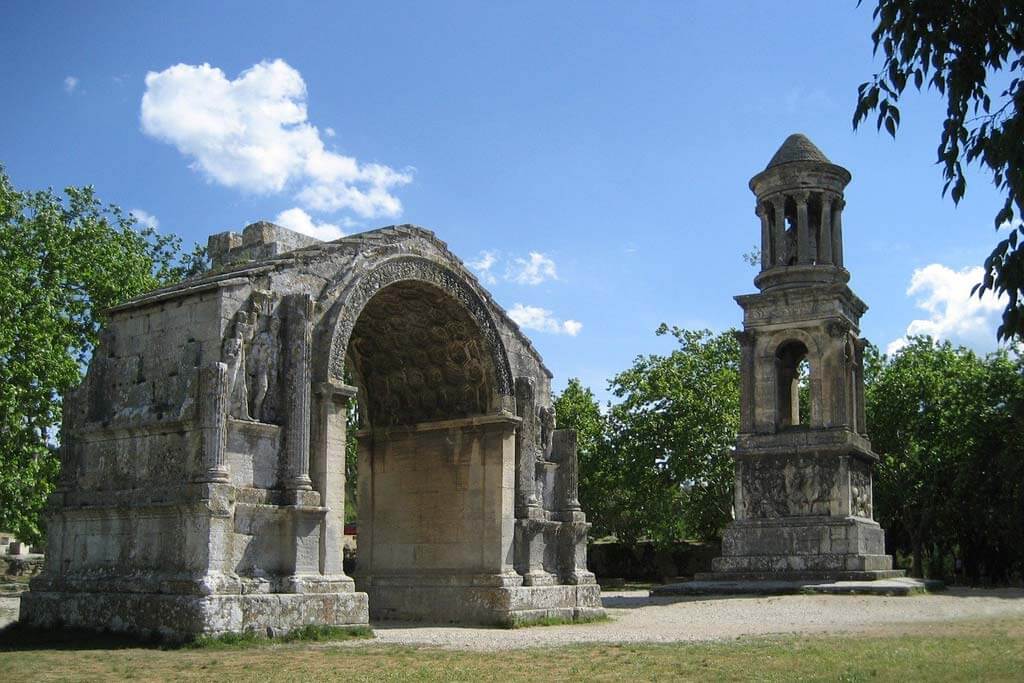
After visiting Saint Remy, drive southwest to Arles where you will spend one night. For your stay in Arles, book into the Hotel du Musée , a former private mansion built in the 17th century in the heart of the city turned into a charming hotel. Hotel du Musée offers stylish rooms with comfortable beds and a delicious breakfast in its lovely inner garden.
Click here to book your stay in Hotel du Musée
Day 3 | Arles – Camargue
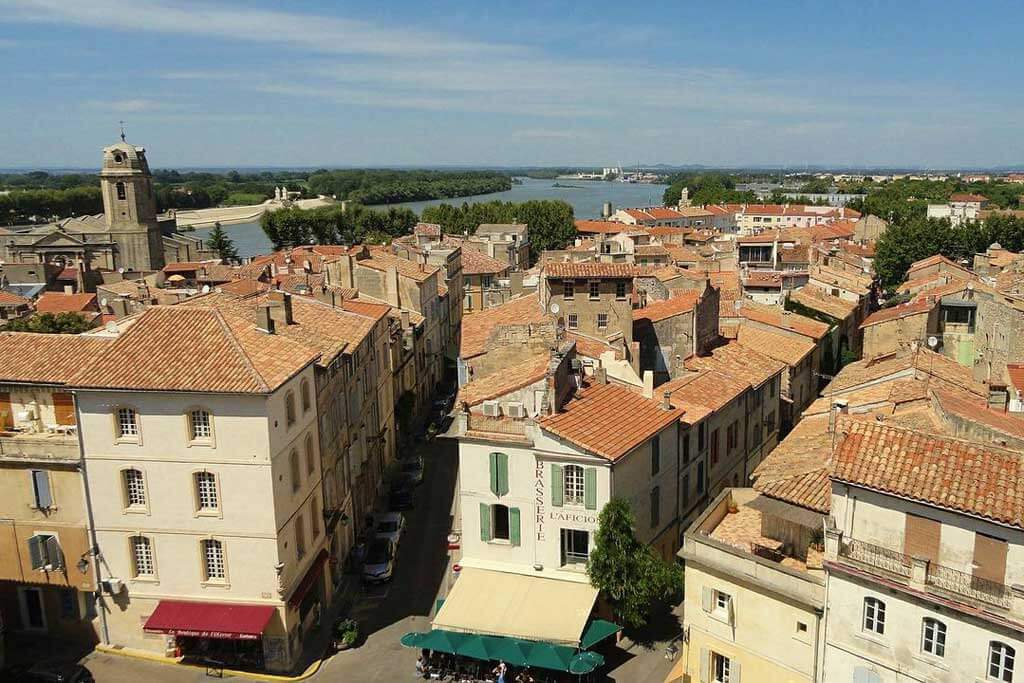
Located in the heart of Provence, Arles is always a favorite. Arles has it all: an interesting Roman heritage, beautiful 17th-century mansions, a maze of streets, modern museums, and the wide rolling Rhône River. When the temperatures are warm, all the café-terraces and restaurants are full of locals and tourists alike until late at night, creating a lively atmosphere.
Arles was also home to Paul Gauguin and Van Gogh. It was here where Van Gogh painted some of his most famous masterpieces. If you like the works of Van Gogh, don’t miss the Espace Van Gogh (a former hospital where Van Gogh recovered after the infamous episode of cutting off his left earlobe) and the Fondation Van Gogh , dedicated to the work and legacy of Vincent Van Gogh in Arles.
Day 4 and 5 | Camargue
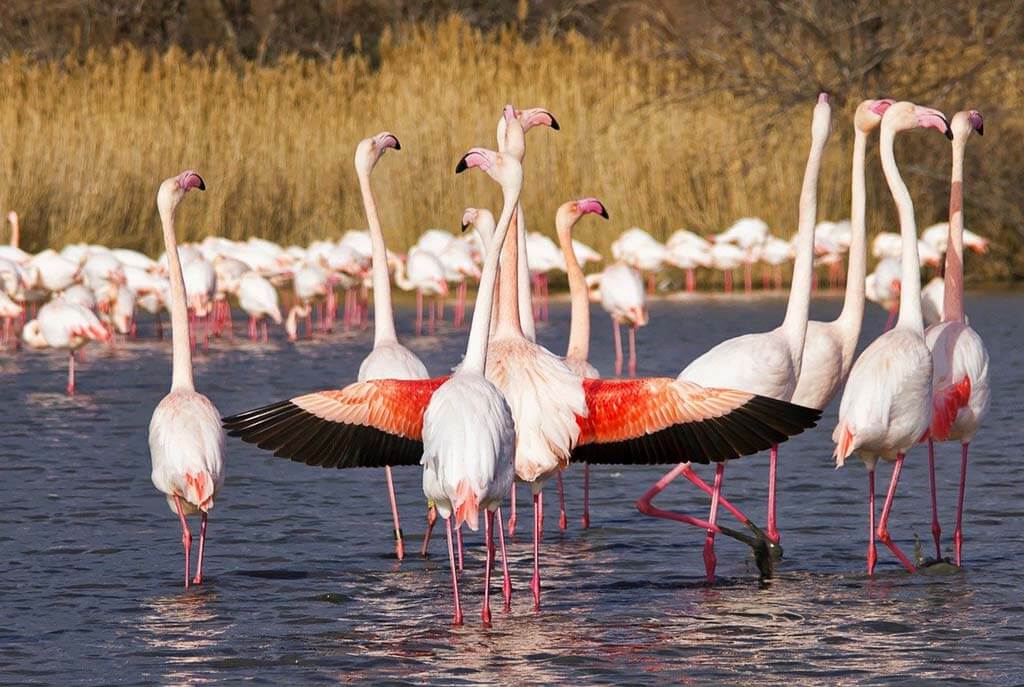
This 10 days in Provence itinerary continues south, to the stunning Camargue. From Arles, take the road D570 to Saintes-Maries-de-la-Mer , located in the heart of the Camargue. The Camargue Regional Natural Park is the largest wetland in France, covering a surface of 100,000 hectares. It is famous worldwide for its stunning landscapes, lakes, and exceptional fauna.
Located on a major migratory route for birds from northern Europe to Africa, this area is also home to one of the main nesting sites for pink flamingos in France. But above all, the Camargue is an area for breeding Camargue horses and bulls! Here, bulls and horses live in semi-wild conditions, most often in herds, watched over by herdsmen on horseback.
Saintes-Maries-de-la-Mer is the perfect place to relax for a couple of days, surrounded by beautiful beaches, wild nature, and some places of interest. For your stay in Saintes-Maries-de-la-Mer, book two nights at the Hotel La Tramontane . The hotel offers individually-decorated, airy rooms which lead to the outdoor swimming pool, a lovely garden, and a private pond.
Click here to book your stay at Hotel La Tramontane
From Saintes-Maries-de-la-Mer, you can take this 4×4 guided safari around the scenic countryside, with several departure times during the day. Learn the history of the Camargue, photograph the pink flamingoes and other birds, and see the famous white Camargue horses roaming freely in the fields from the heights of the convertible 4×4 motor – Click here to book this 2-hour safari in the Camargue .
Day 6 | Camargue – Marseille
Morning in Martigues
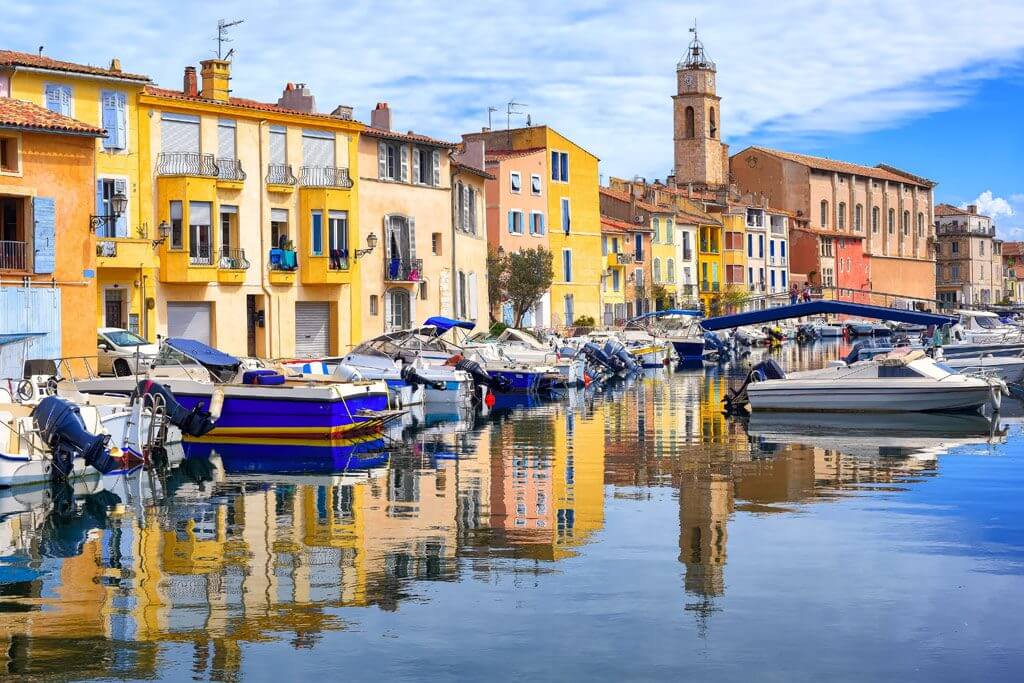
After an early breakfast in the gardens of Hotel La Tramontane, drive back to Arles, and then take the N568 road to Marseille.
On the way, stop for a second coffee in Martigues . Set between the Mediterranean Sea and the Etang de Berre (the largest inland seawater lake in Europe), Martigues has a lovely old city center split into three parts by the canals that join the Etang de Berre with the ocean. Because of its many canals, Martigues is nicknamed the ‘Provencal Venice’.
Explore the harbor area around Quai Brescon and along the canal Saint-Sebastien, with its picturesque pastel houses for the fishermen, little shops, and cafés. If you want to venture further, visit the 17th-century Eglise de la Madelaine, with a beautiful Baroque façade.
Afternoon in Marseille
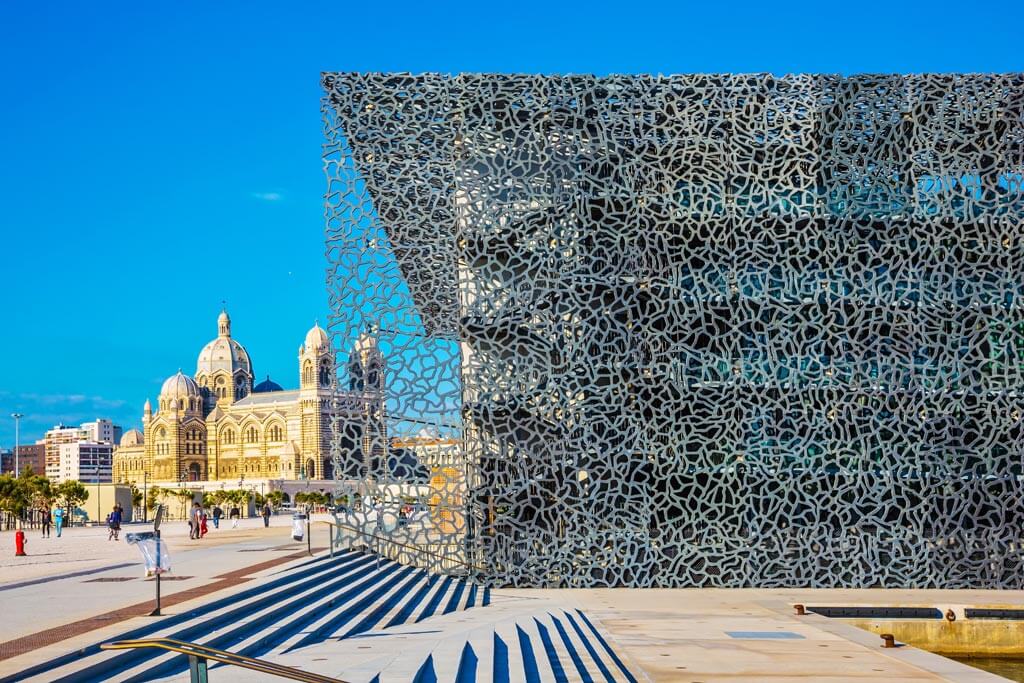
The next stop of this Provence itinerary 10 days is Marseille , where you will spend one night. If you arrive for lunch, try the bouillabaisse, Marseille’s traditional fish stew; it’s delicious!
Use the afternoon to walk around the harbor and visit the Le Panier neighborhood . Then, end the day on the water with this top-rated sunset cruise with dinner and drinks . Admire Marseille’s coastline all in light and visit the Frioul Islands with some time for swimming and snorkeling.
For your night in Marseille, we recommend the Hotel La Résidence du Vieux Port , a charming hotel with the perfect location right on the banks of the Old Port.
Click here to book your stay at Hotel La Résidence du Vieux Port
Day 7 | Marseille – Cassis
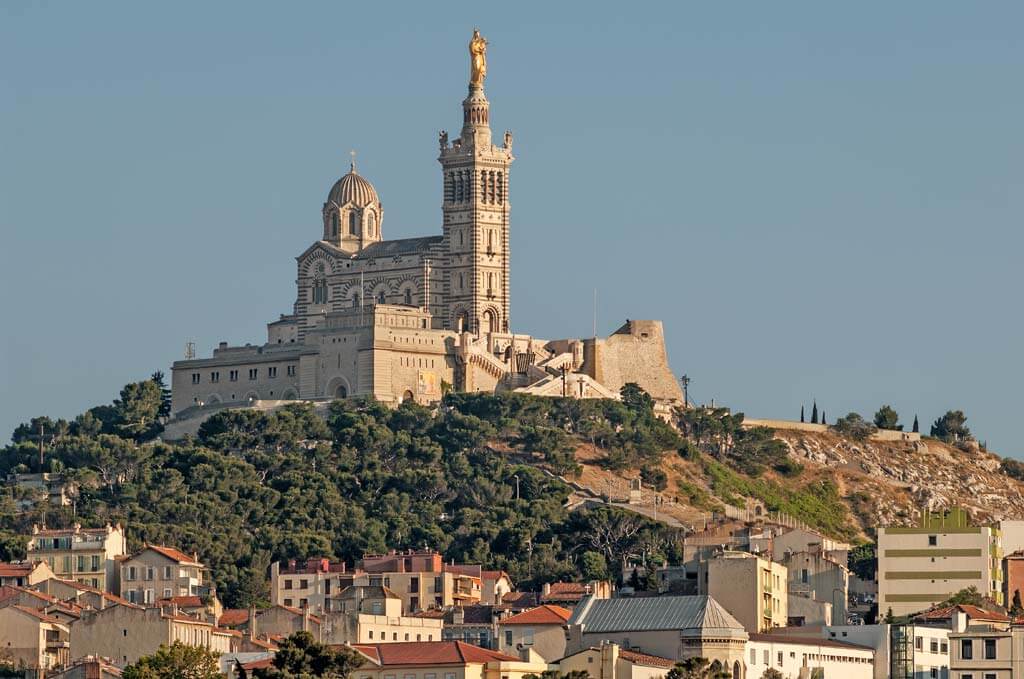
Spend the day visiting Marseille. Marseille is the capital of the region Provence-Alpes-Côte d’Azur (PACA between friends) and a famous port city. It’s an exciting place to explore, quite different from other Provençal cities like Avignon or Aix-en-Provence.
Here’s a list of the best things to do in Marseille . You can choose your favorites or check them all! We recommend starting the day with an early visit to the Basilica Notre Dame de la Garde before the crowds arrive.
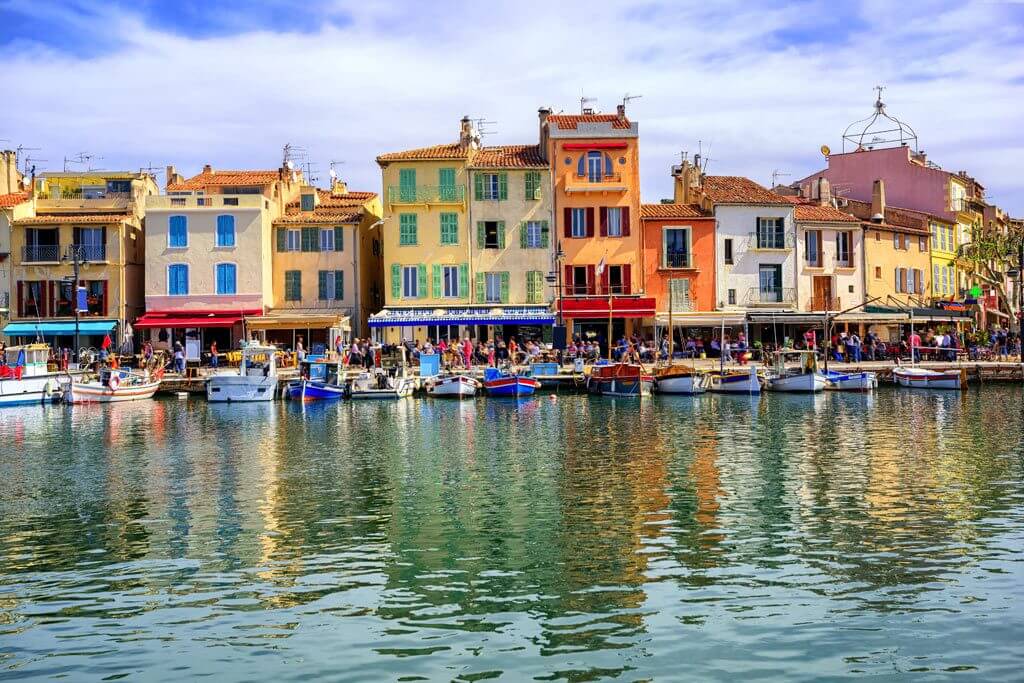
After visiting Marseille’s top sights, drive to Cassis , a cute fishing town located at one of the sides of the Parc National des Calanques de Marseille-Cassis . This colorful fishing town near Marseille, so typical of Provence, is one of the most beautiful coastal towns in France , perfect for a couple of relaxing days by the Mediterranean Sea.
For your stay in Cassis, book two nights at Le Jardin d’Emile . This characteristic Provençal house has the perfect location by the beach and offers uniquely decorated rooms with a garden, and an outdoor terrace overlooking Cape Canaille.
Click here to book your stay in Le Jardin d’Emile
Day 8 | Cassis – PN des Calanques
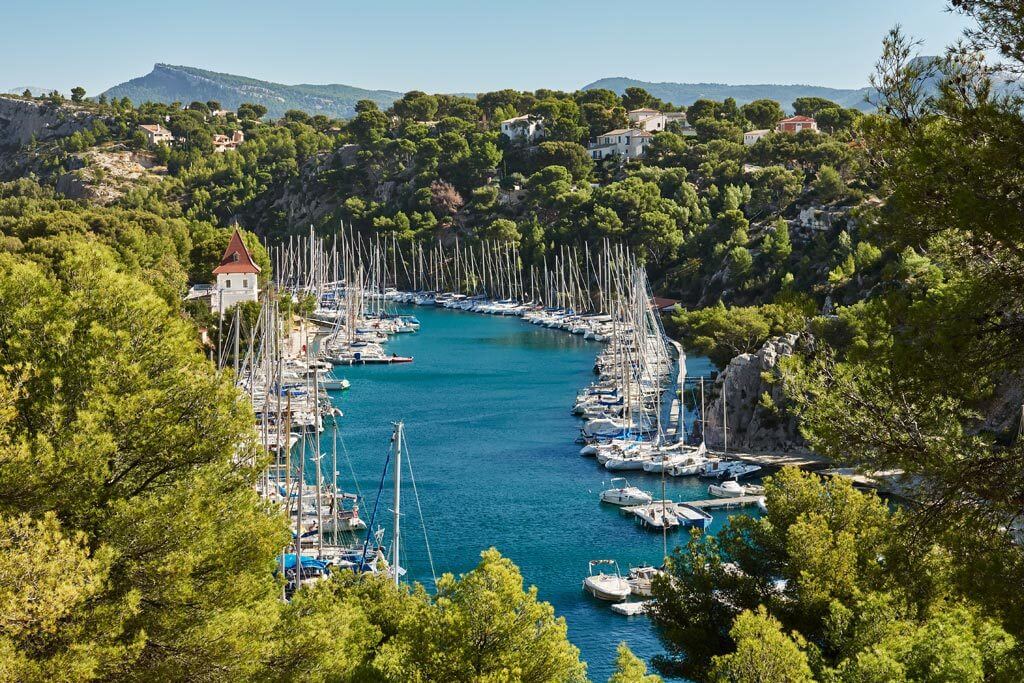
Spend day 8 of this Provence road trip itinerary in Cassis . The town is dominated by a castle built in the 8th century and it is renowned for its trails running along the Cap Canaille, its round pebble beaches, and – a little bit further away – its creeks and their majestic cliffs plunging into deep blue water (calanques). There’s also an adorable little port lined with multicolored buildings, cafés, and traditional restaurants offering seafood, bouillabaisse, and other fish dishes.
From western Cassis, the Calanque de Port-Miou is a short, easy hike. If you feel more adventurous, take this 2-hour guided tour with an electric mountain bike to explore the stunning landscapes of the Calanques National Park.
Day 9 | Aix-en-Provence
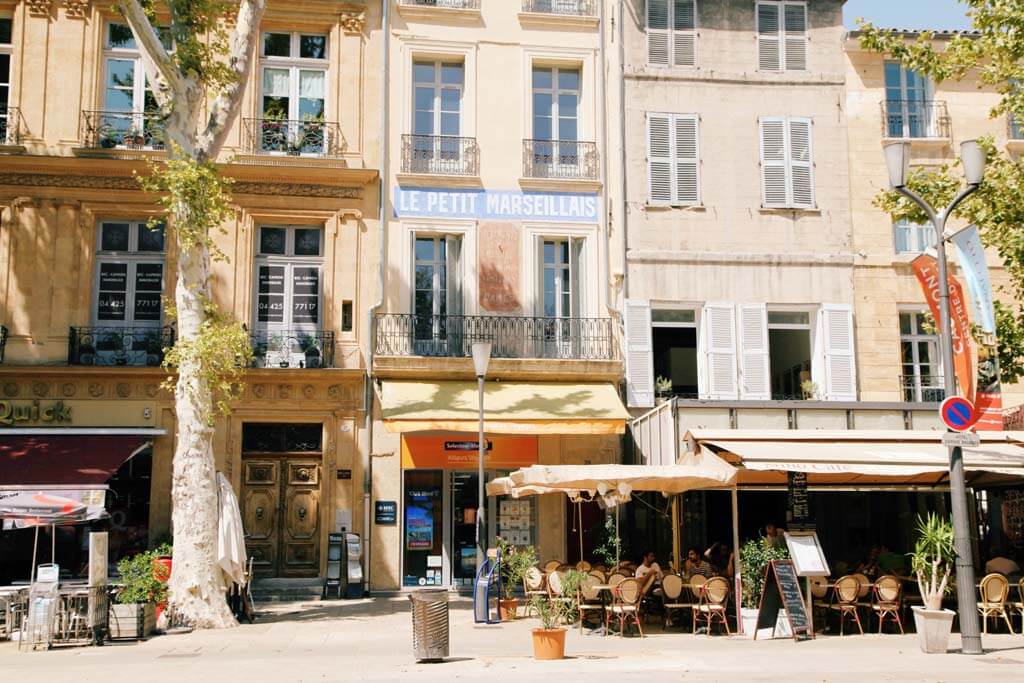
From Cassis, take the A50 highway, then the A52, to Aix-en-Provence , the next stop of this road trip in Provence. For a unique stay in Aix-en-Provence, book a night at the Hotel des Augustins , a former 12-century convent just off the famous Cours Mirabeau in the heart of the old town. The hotel features spacious rooms combining historic and modern features and a magnificent lobby.
Click here to book your stay at Hotel des Augustins
Aix-en-Provence is a typical Provencal city and a wonderful place to explore in Southern France. Aix’s historic center with Italian influences boasts beautiful architecture, colorful markets, and pretty squares adorned with stone fountains.
A stroll along Cours Mirabeau is one of the musts of Aix-en-Provence, perhaps with a stop at one of its sunny café-terraces for a drink and people-watching. The markets of Aix are also worth exploring for their colorful stalls and delicious local products.
Aix was Cézanne’s hometown and a visit to his studio, where he painted most of his masterworks, is one of the best things to do in Aix-en-Provence. There’s also a walking trail dedicated to the painter and you can get the map of the walking tour itinerary (self-guided) and a short description for each stop at Aix’s tourist information.
TIP: Cézanne’s studio is a popular tourist attraction in Aix-en-Provence, and booking your tickets in advance is highly recommended. You can buy your tickets (for a specific date and time slot in the afternoon) at the tourist information office or online on their website .
Day 10 | Luberon’s Hilltop Villages – Avignon
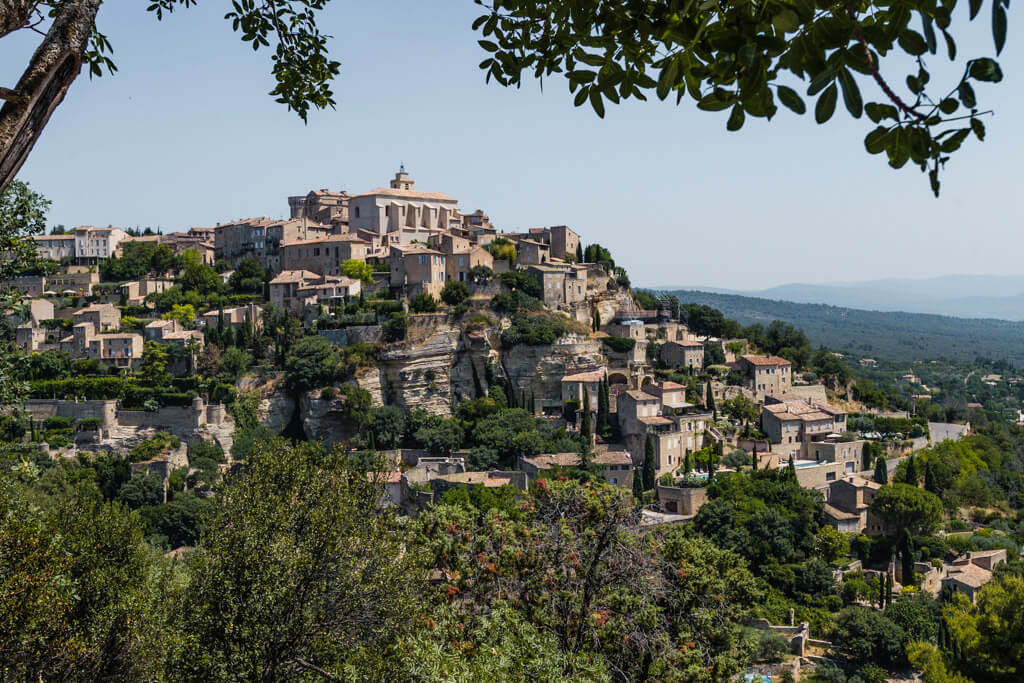
The last day of this Provence itinerary 10 days explores the Luberon , a massif in central Provence which is part of the French Prealps. This region is well known for its stunning landscapes, beautiful hilltop villages, and medieval castles. In the summertime, the Luberon boasts some of the most photogenic lavender fields in Provence. If you are visiting Provence during the lavender season , check out our quick guide to the lavender fields of Provence and add a couple of locations to your day trip.
Visit Lourmarin , considered by many to be one of the most beautiful villages in France, and noted for its Renaissance castle. Next, visit Bonnieux , a picture-perfect Provençal village that features a 12th-century church surrounded by ancient cedars. Continue to Roussillon via the Roman-era Pont Julien. Roussillon, perched atop an ochre-colored cliff, is a favorite of painters, and a magical place where combinations of oxides give the ochre an infinite variety of colors. Depending on the time, consider visiting Roussillon’s Ochre Trail , the colors are stunning!
The last stop is Gordes , which offers an extraordinary vision of a stone village erected on a massive rock. Its fortress castle and church dominate the houses of the village, which were built with stones taken from the rock on which they sit.
On the way back to Avignon, you can stop at the town of Fontaine de Vaucluse for an apéritif. Stretch your legs walking the short path up to the source of the River Orge and spend a pleasant and refreshing soirée in one of the eateries by the river.
Back to Homepage
Disclaimer: This article may contain compensated links, meaning we get a small commission if you make a purchase through our links. It costs you nothing more (in fact, if anything, you’ll get a nice discount) but helps us to go on creating incredible French content for you. We trust all products and brands promoted here and would never recommend anything that isn’t of value. Please read disclaimer for more info.
(C) Copyright 2019 - 2024 France Bucket List. All Rights Reserved. Designed & Developed by France Bucket List || Disclaimer || Privacy Policy || Contact |

5 Days In Provence Itinerary: My Ultimate Provence Road Trip For You
Some posts on this site contain affiliate links, meaning if you book or buy something through one of these links, I may earn a small commission (at no additional cost to you!). Read the full disclosure policy here .
Share it here!
Provence has a special place in my heart. From the first sounds of cicadas chirping to the charm of wandering through vibrant markets in quaint little towns, Provence is a place that sticks with you.
I first visited this area of the world a few years ago and knew immediately that the short time I spent there was not enough. So, I extensively planned this 5 days in Provence itinerary to enjoy this place even more.
I added a road trip in Provence onto a trip to the Cote d’Azur for an amazing 2-week South of France trip (which I’ll definitely be writing about later). And let me tell you, coming back to Provence made me so happy.
This place is full of sunshine, lavender fields in the summer, and olive groves. There are craggy mountains, hilltop villages, and beautiful culture and history.
So if you want to spend 5 days in France, I’ve got the best itinerary for Provence that you’re going to love.
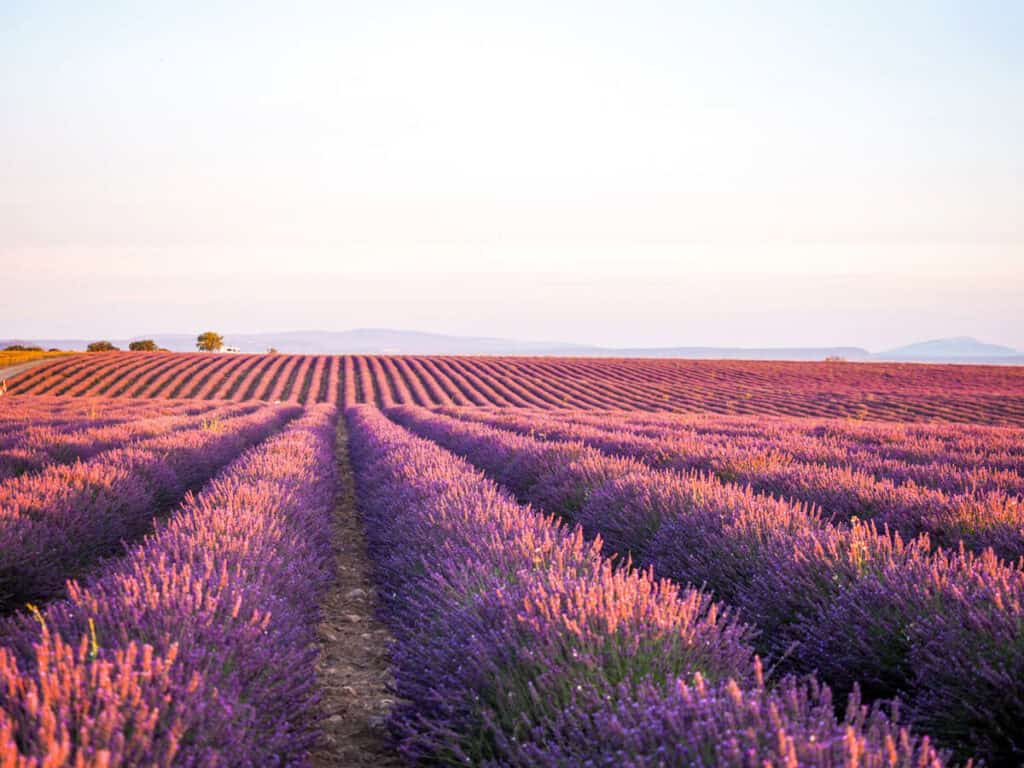
What is Provence?
5 days in provence, france summary, 5-day provence road trip itinerary, where to stay in saint-remy-de-provence:, day 2: saint-remy-de-provence, where to stay in avignon:, where to stay in gordes:, day 5: gordes, day 6: back to the cote d’azur, how to get around provence, when to visit provence, other tips for visiting provence.
I talk about this in my 7-day South of France road trip article too. And the answer can be a little fuzzy. Provence is part of the Provence-Alpes-Cote-d’Azur region of France which borders the Mediterranean sea.
However, while Provence is kind of looped in with the “South of France” including the Cote d’Azur, Provence itself is actually considered historically and even culturally different from the French Riviera.
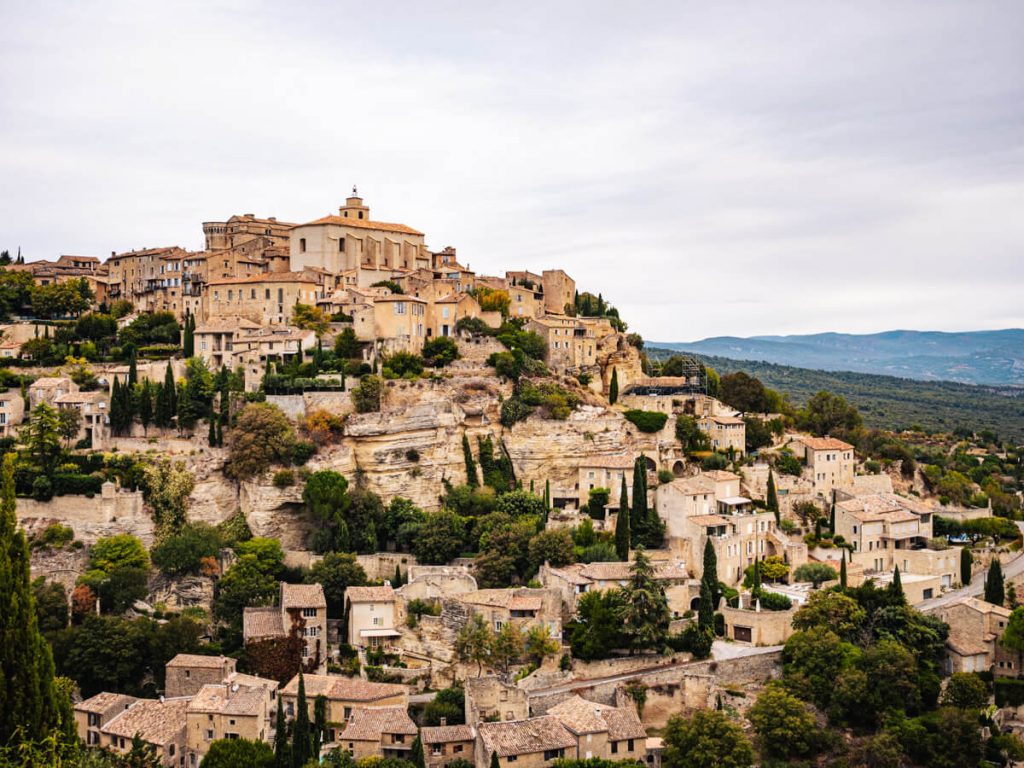
While the South of France conjures up images of beaches and cities like Nice, Antibes, and St Tropez, Provence is actually more hilltop villages and quaint cities like the villages of the Luberon , Avignon , Aix-en-Provence, etc.
In fact, just to drive from a place like Nice to St-Remy-de-Provence (where this itinerary begins) is about a 2.5+ hour drive!
So, Provence is less beach clubs and vibrant coastal towns and more stunning countryside with lavender fields, olive groves, and delicious wine.
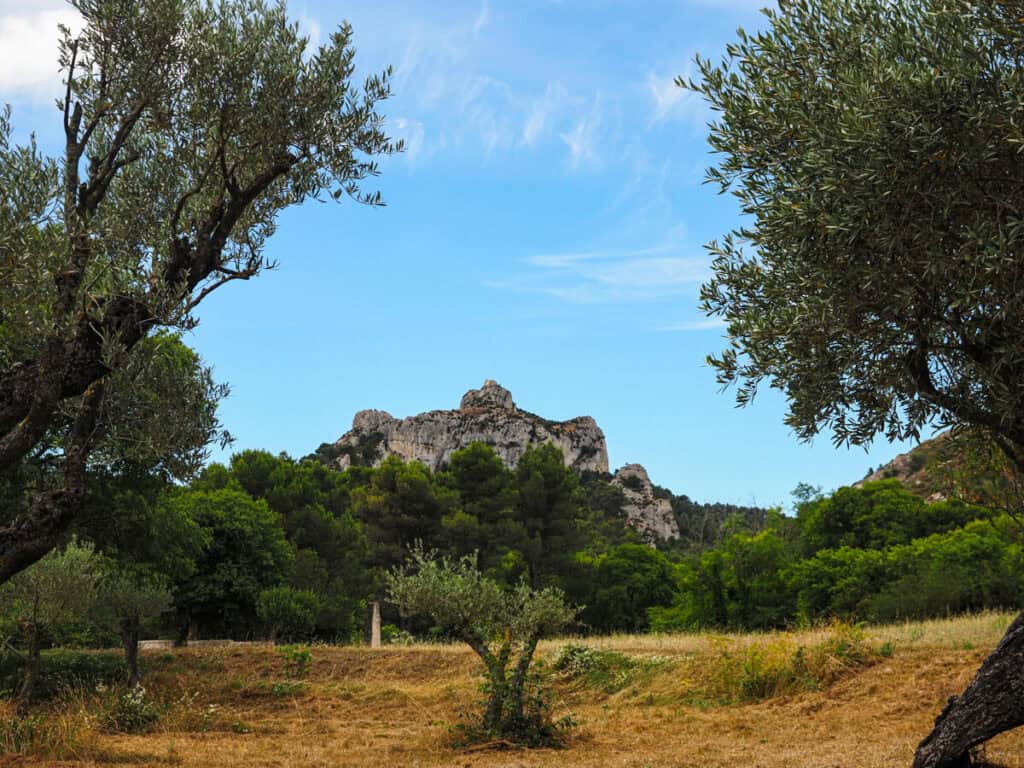
This is a quick Provence, France road trip run-down for you. For more detailed information including where to stay, details on things to do/eat, etc. keep reading below!
Day 1: Drive to Saint-Remy-de-Provence
- Arrive and wander the streets of Saint-Remy-de-Provence
- Visit Musee Estrine
- Explore Hotel de Sade
- Have drinks on a perfect terrace
- Dinner in Saint-Remy-de-Provence
- Van Gogh Route
- Visit Saint-Paul de Mausole
- Explore the ruins at Glanum
- Admire Baux-de-Provence
- Dinner in St-Remy-de-Provence
Day 3: L’Isle-sur-la-Sorgue to Avignon
- Go to the market at L’Isle-sur-la-Sorgue
- Find unique antiques
- Lunch at Au Chineur
- Go to Avignon and explore
- Dinner and drinks at La Salle a Manger
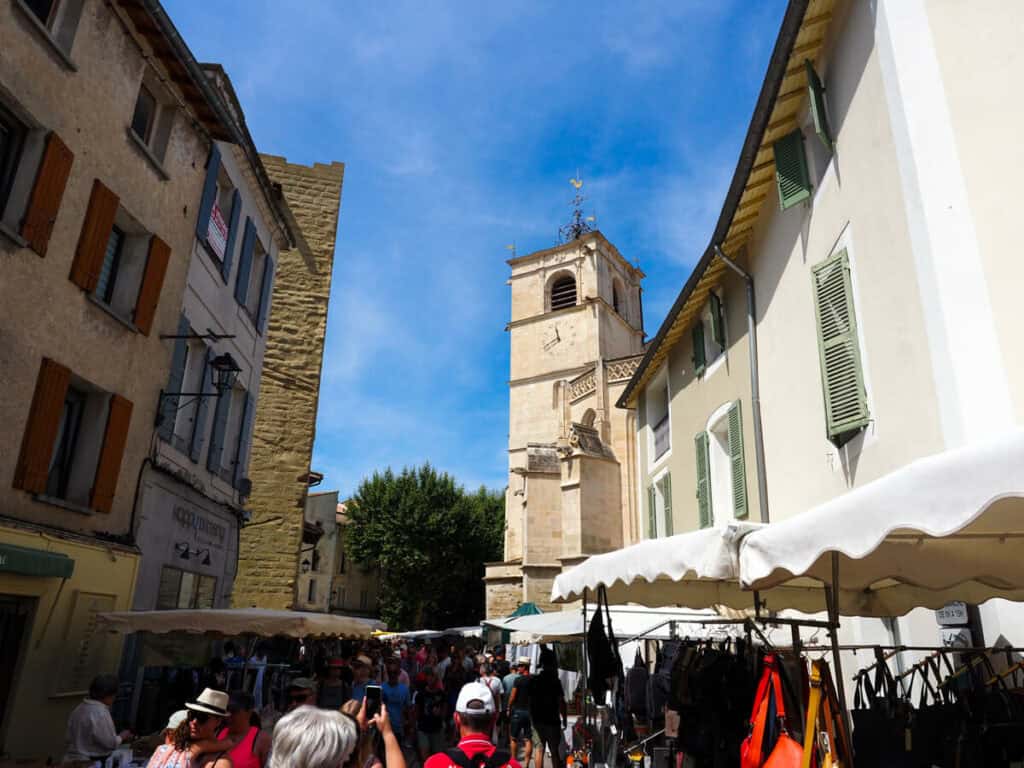
Day 4: Road Trip to Gordes via Lavender Fields
- Opt between Sault or the Luberon lavender fields and take photos OR just visit the Luberon villages (if visiting outside of the lavender season)
- End in Gordes
- Dinner at Le Mas
- Gordes Market
- Senanque Abbey
- Village des Bories
- Relax at your hotel
- Dinner at Le C
- Stop at Valensole Plateau
- Stop at Gorge du Verdon
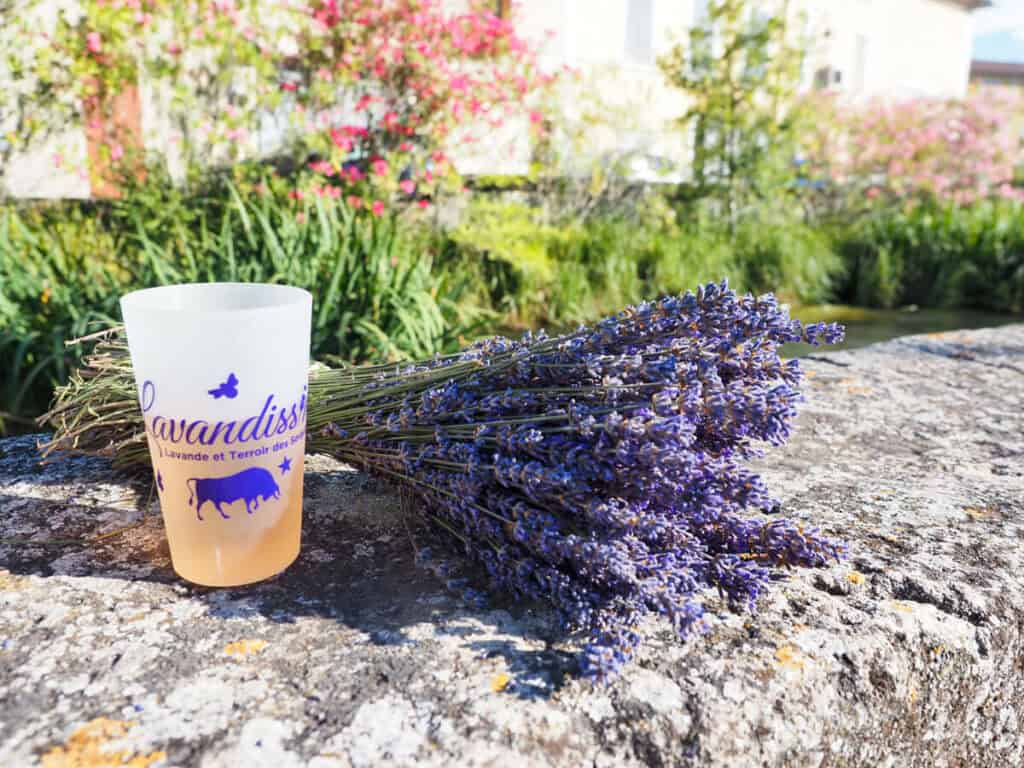
Prepare for a sun-soaked, dreamy time as you road trip through Provence, France in this itinerary.
I’ll note that this Provence itinerary focuses primarily on the Alpilles and Luberon areas of Provence versus the bigger towns like Avignon and Aix-en-Provence. We’ll be stopping in Avignon for a night during this trip, but Aix-en-Provence is too far south for this itinerary.
So enjoy more of the smaller towns and countryside during your time in Provence!
And because of market days, for purposes of this Provence road trip itinerary, you’re going to want to start this on a Friday !
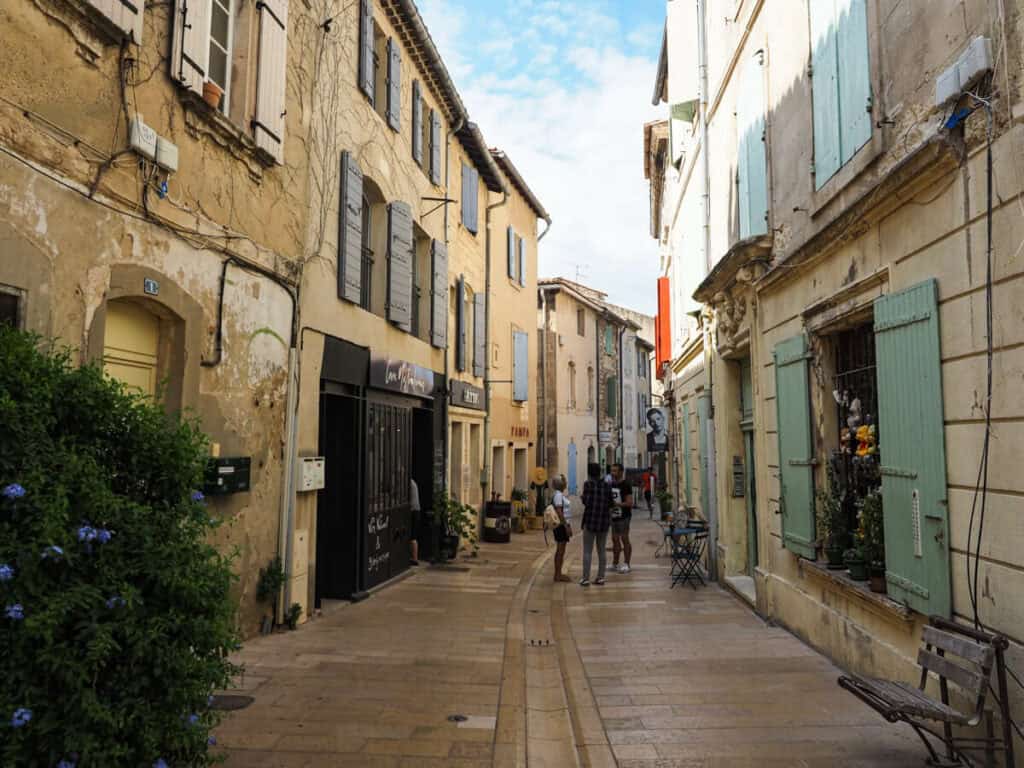
First things first you have to get to Saint-Remy-de-Provence . This all depends on where you flew into and/or are starting in France.
Saint-Remy-de-Provence is a smaller town and doesn’t have a train station. So, if you’re flying into a place like Paris, Nice, or Marseille, you could take a train to Avignon and rent a car from there.
Avignon does have a bus that goes to St-Remy-de-Provence, but, as this is a Provence road trip, you’ll need a car.
I like checking OuiSNCF for trains and then AutoEurope for rental cars.
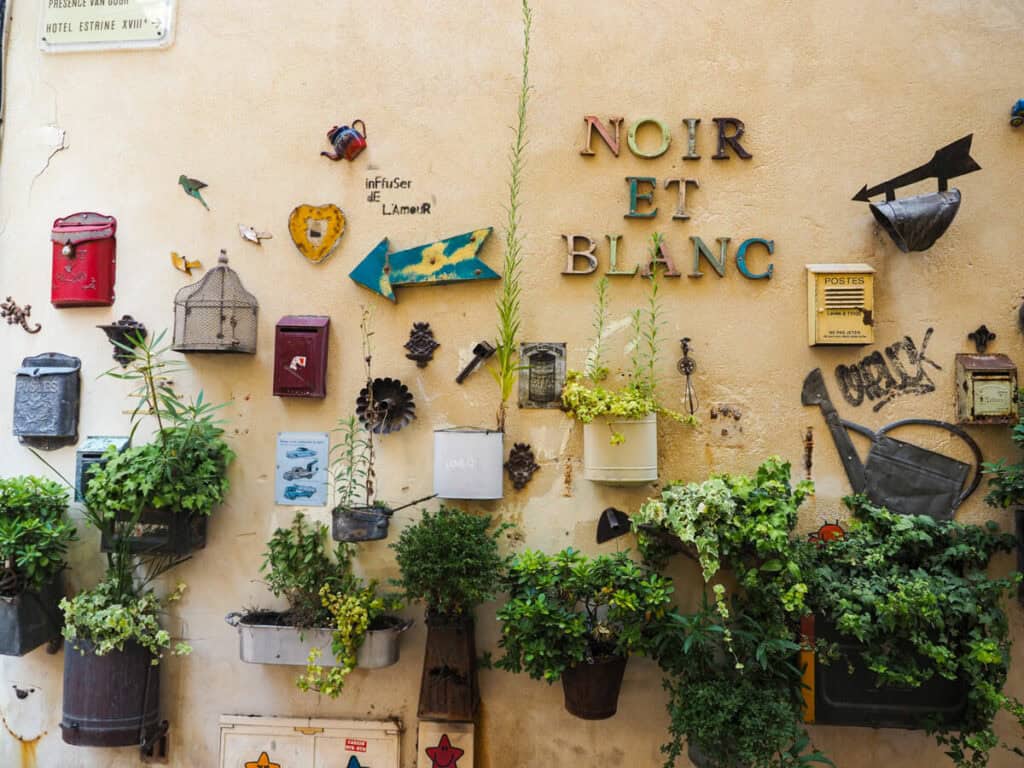
Or, if you’re like me, I flew into Nice and spent the night here before going to the train station and renting a car. I was planning to end my trip in Nice anyway so it made sense. I ended up driving from the Nice train station to St-Remy-de-Provence and arrived around early afternoon.
Either way, you’re going to drive to Saint-Remy-de-Provence and spend the remainder of your day in this adorable town in the Alpilles.
Wander through the adorable town with stunning cream-colored buildings with lovely shutters, Sycamore-lined streets, and a ton of history.
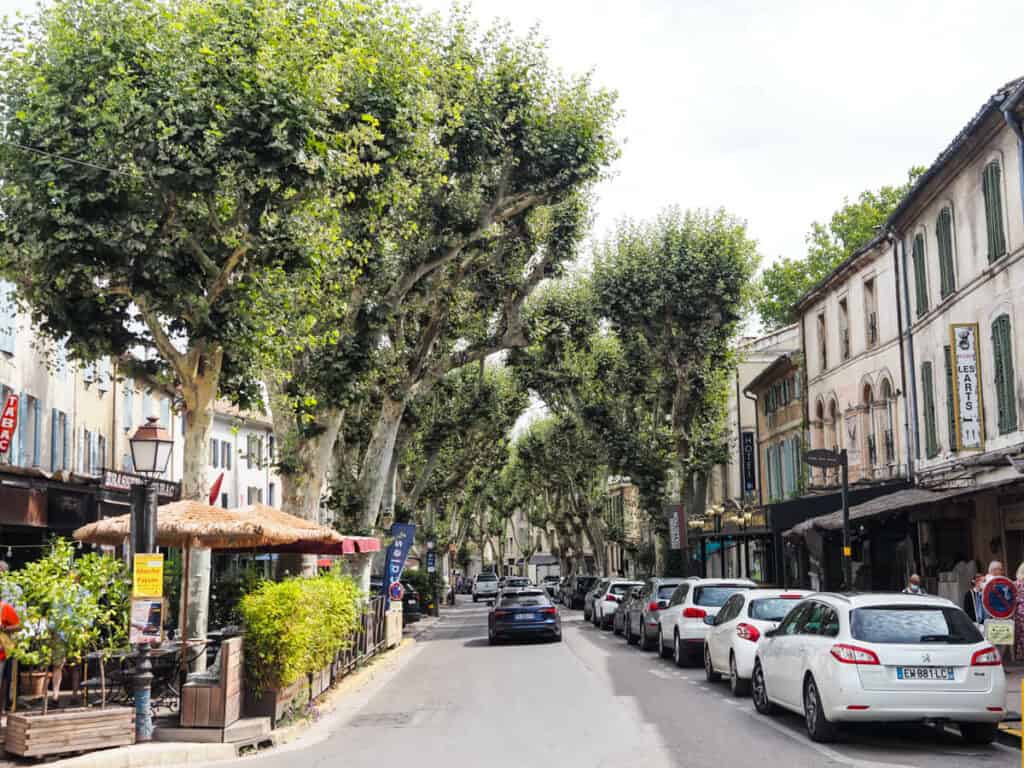
Saint-Remy-de-Provence is home to the ancient city of Glanum, the asylum where Van Gogh stayed and painted Starry Night , and was the birthplace of Nostradamus (you can even see a plaque dedicated to him at his birthplace).
There are a couple of museums to visit during your time in St-Remy-de-Provence. The first is Musee Estrine . This museum has a Van Gogh interpretation center, but sadly, there are no Van Gogh pieces. While Van Gogh painted many works during his time in Saint-Remy, none are left in the village.

But the museum also has art from other painters as well as interesting temporary exhibitions. When I visited, they had a temporary exhibition about AI-created photography which was equal parts interesting and terrifying.
It doesn’t take long to explore this little museum, and it is cool to see art from other artists who once lived in Saint-Remy for a time.
After Musee Estrine , I recommend exploring Hotel de Sade . This former Renaissance mansion belonged to the Sade family before becoming a museum filled with artifacts that were uncovered during the excavation of Glanum down the road.
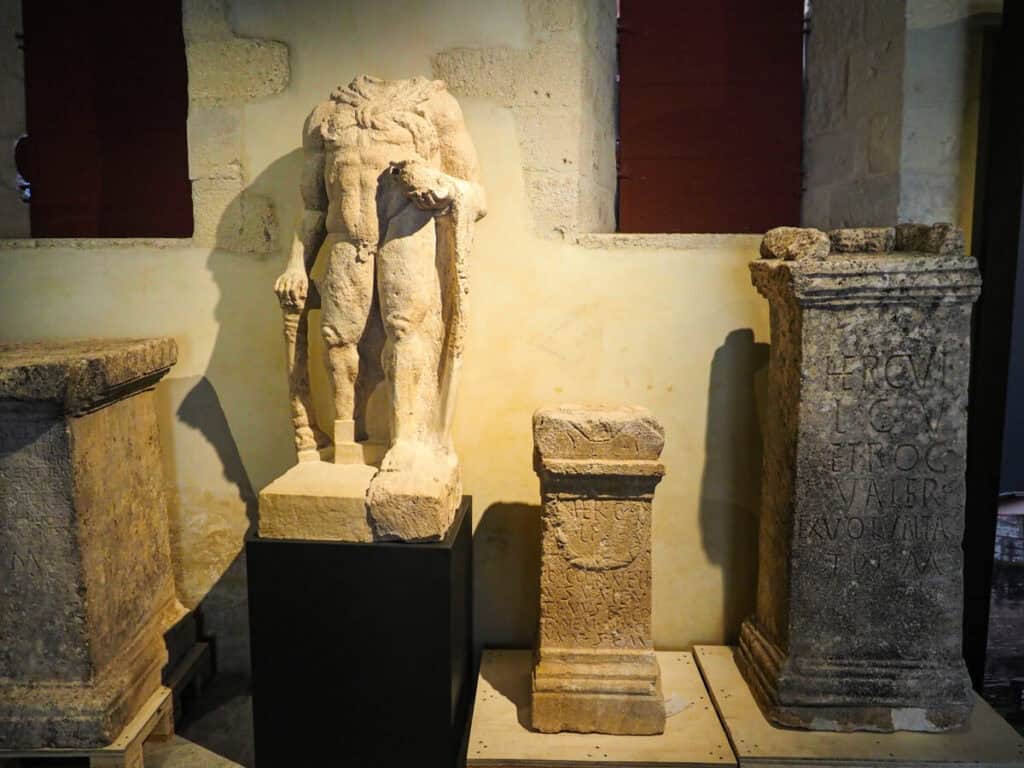
You’ll be visiting the ancient city of Glanum tomorrow, so this is a fun place to visit to learn more about the people who lived in Glanum, the tools they used, and even see former Gallo-Roman baths that were uncovered at this property in the 1940s.
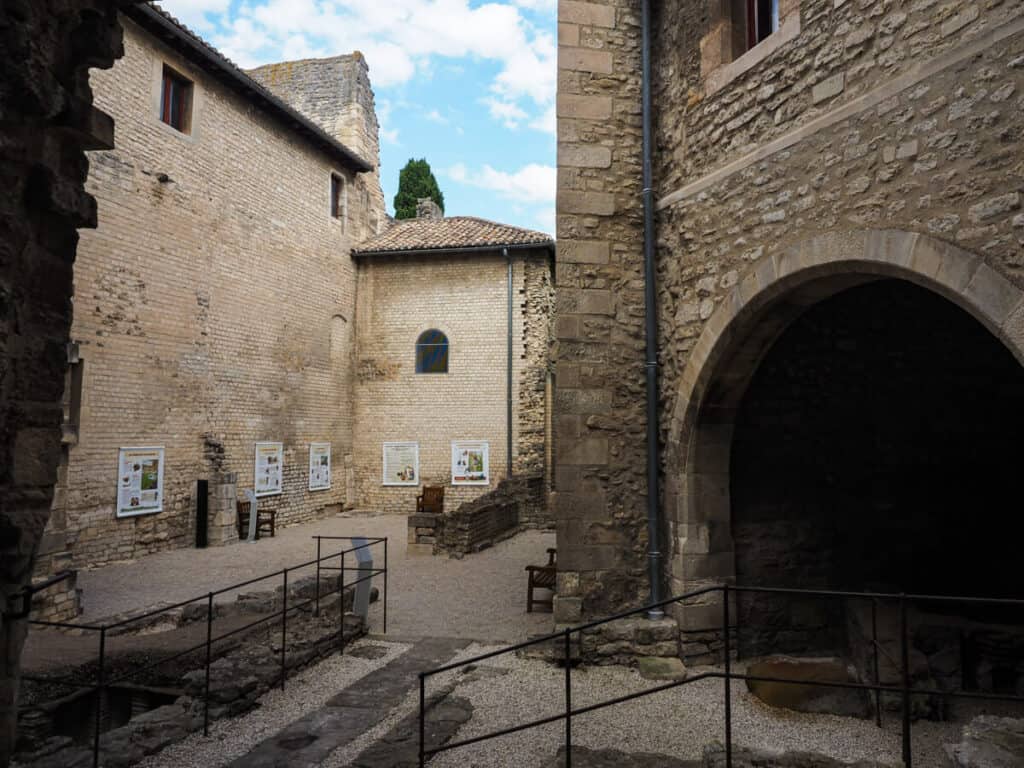
Pro-Tip: If you plan to see a lot of sights like Musee Estrine, Musee des Alpilles, Hotel de Sade, Glanum, and the Cloisters at Saint-Paul de Mausole, be sure to pick up the Pass Saint-Remy at whichever site you visit first. This will give you discounts on the remaining sites!
After visiting these interesting museums and exploring the town, it is time for a drink. Thankfully, there are great places to grab a drink before dinner in Saint-Remy-de-Provence.

The square where Musee des Alpilles and Hotel de Sade are located has plenty of little places to grab a drink. And Provence definitely makes delicious wine. So grab a glass of wine and sit outside on the terrace, which is nice and shady here, and enjoy your first evening in St-Remy.
After that, it is time for a delicious dinner . Thankfully, there is no shortage of great places to eat here. In fact, there are even a couple of Michelin-star restaurants in St-Remy-de-Provence.
For a Michelin-star restaurant, you could splurge a bit for Restaurant de Tourrel, which specializes in local products, or L’Auberge de Saint-Remy Fanny Rey & Jonathan Wahid, which focuses on Haute French cuisine.
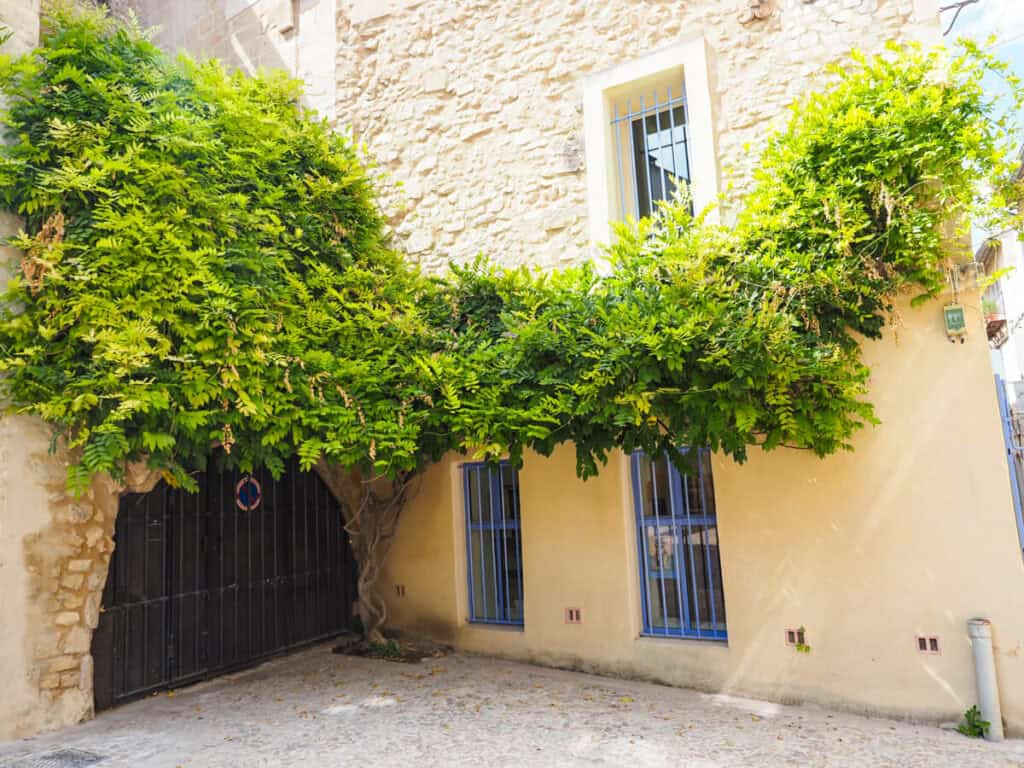
Or, if you want to save a bit of money, opt for delicious spots like L’Aile ou la Cuisse or La Table d’Yvan.
After that, it is time to call it a night!
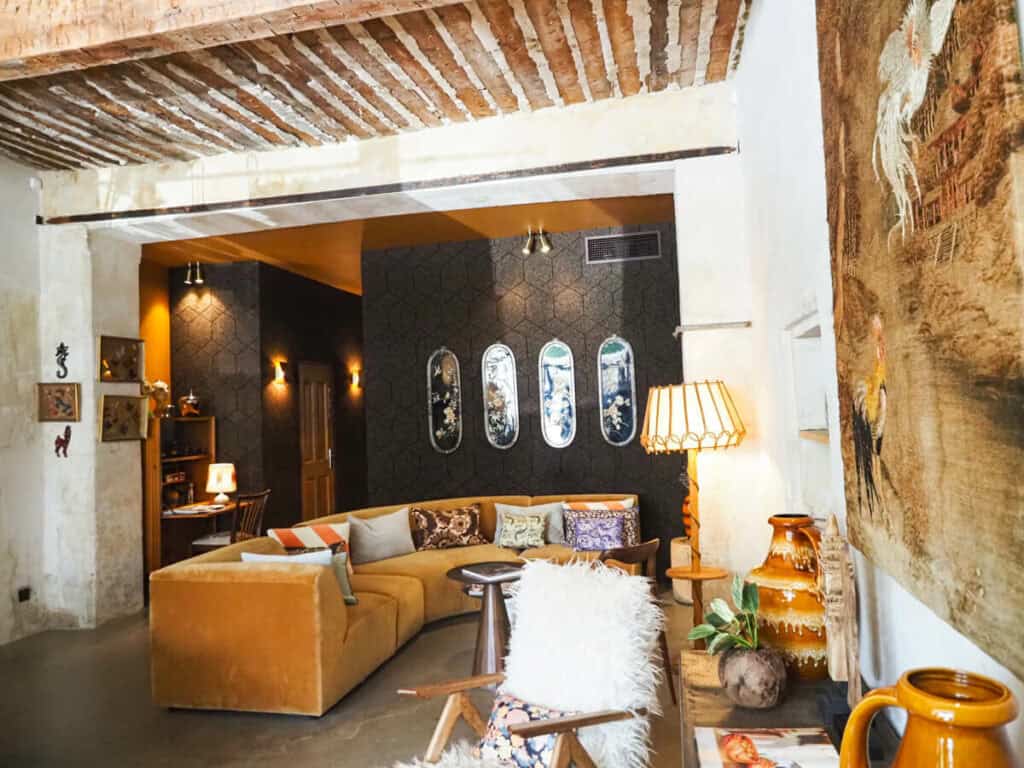
Le Petit Hotel : This is where I stayed, and it was so cute! It was right in the heart of town and easy to walk to everything. Plus, it had a nice pool for relaxing, a delightful patio area for breakfast, and the staff were so friendly.
Book it here!
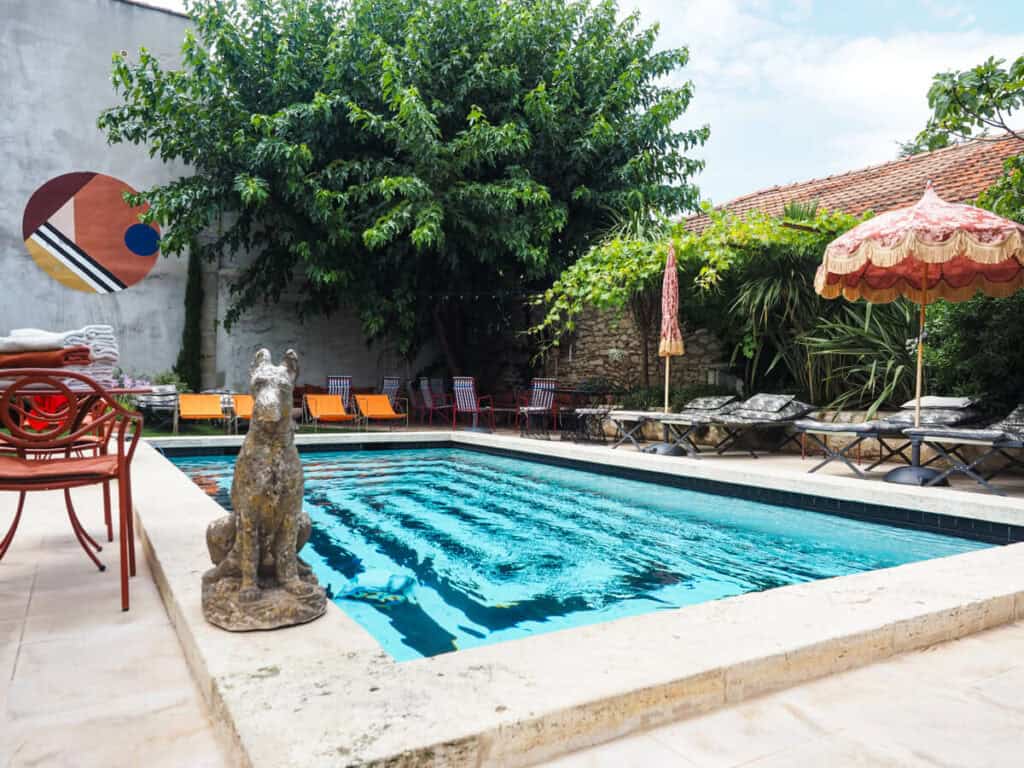
Hotel Villa Glanum & Spa : This is really close to both Saint-Paul de Mausole asylum as well as the ancient city of Glanum. However, it is within walking distance of the village as well. This place has a cute pool, spa, and bar to relax after a day of exploring.
Le Chateau des Alpilles : This is a nice, 5-star hotel that is located a little outside the village itself. However, the road leading to the hotel is lined with Sycamores, and I know I’ve definitely seen photos/videos of this place on TikTok and Instagram. It is stunning. There is also a bar, restaurant, and a great pool.
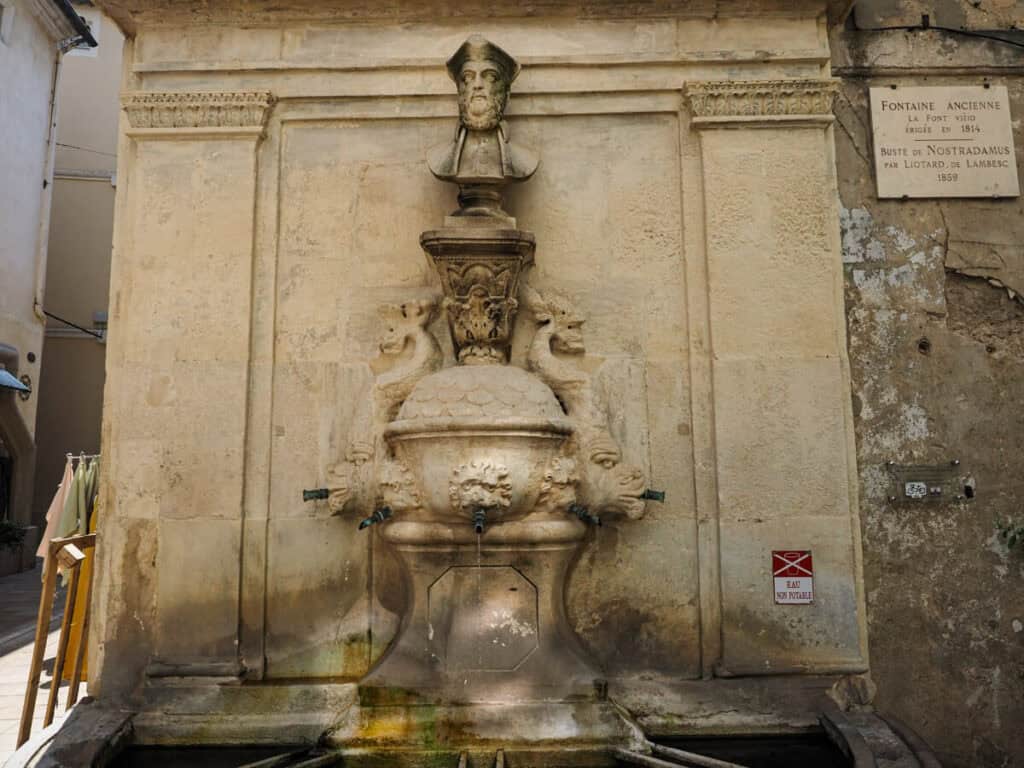
Today, you’re going to embark on a walking adventure through some of Saint-Remy-de-Provence’s history. But first, breakfast.
I had a delightful breakfast at my hotel, Le Petit Hotel. They served coffee, orange juice, eggs, fruits, yogurt, and more. It was perfect to fill me up for a day of exploring.
After that, I was off to explore the Van Gogh Route . The Van Gogh Route starts in the heart of Saint-Remy and ends at the asylum where he spent a year called Saint-Paul de Mausole. Along the way, there are signs showing famous paintings of his and a description of the art and things going on in his life at the time.
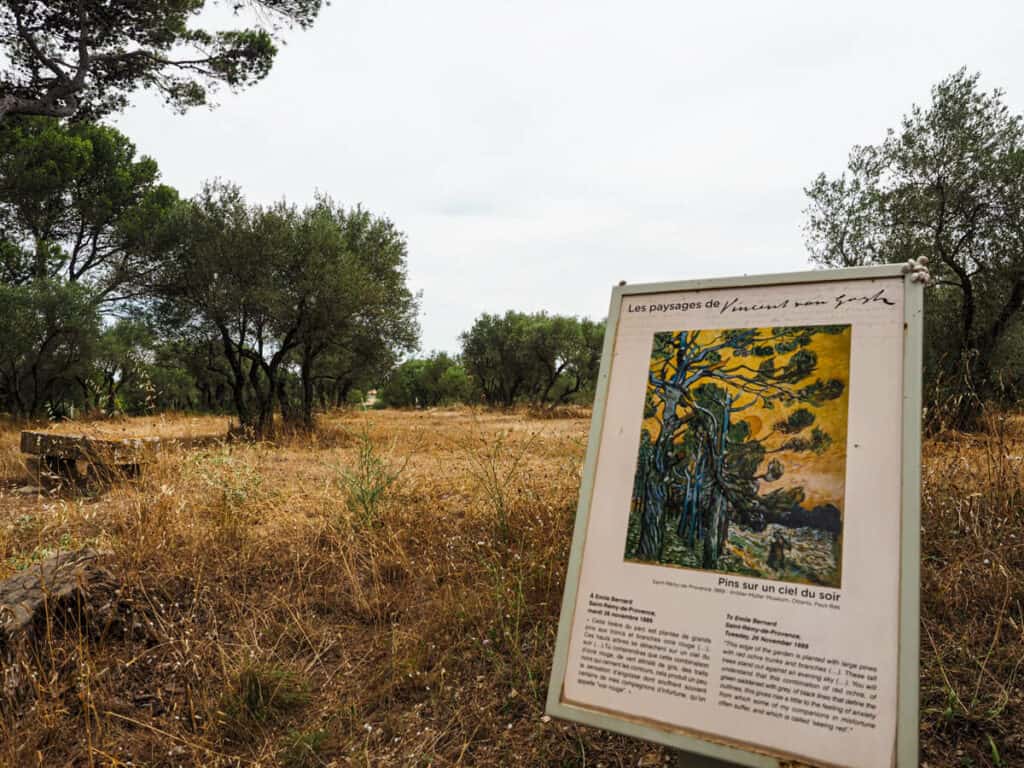
You could just walk along and do this all yourself, or you could get an audioguide at the Tourism Office. That is what I ended up doing, and it was really easy. It costs €3 to rent and you leave an ID behind, which you’ll get back when you return it (just be sure to return it by the time they close)!
From there, I walked to the various signs and learned more about Van Gogh, his art, his mental illness, and what led him to Saint-Remy.
But the coolest part was that some signs literally show you the art he painted, and then you literally look up and can see the actual scene he saw when he was painting it! The biggest example of this was near the asylum at the sign of the Olive Trees . It was incredible to see the actual scene he painted in person!
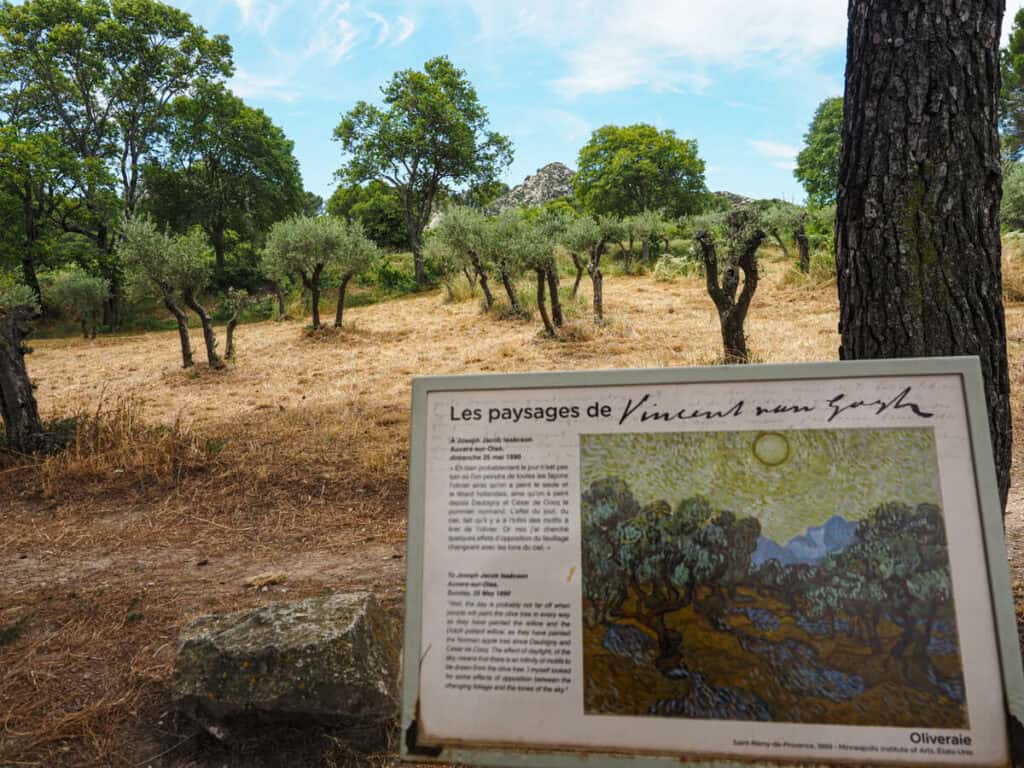
Anyway, the Van Gogh Route ends at the Saint-Paul de Mausole , where he lived and painted. This was a monastery and then was converted into a mental health institution. And part of the facility is a working mental health care center today!
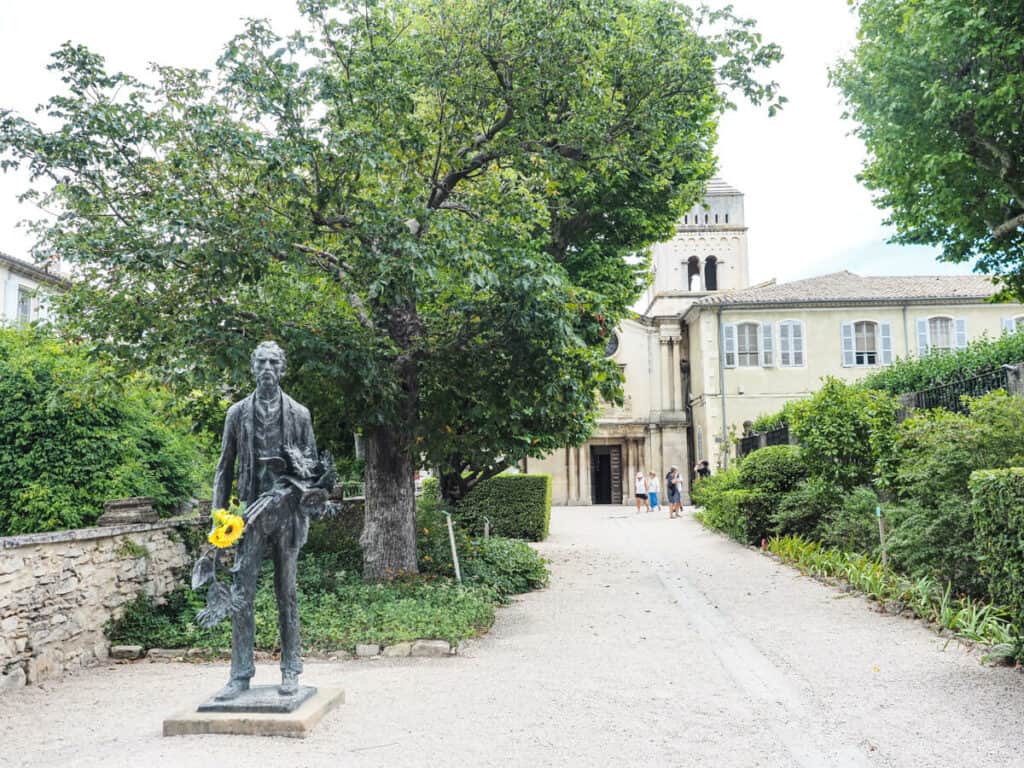
But the area you’ll be visiting is for tourists and it is set up to look as it did when Van Gogh lived here.
There are dorms, a kitchen, other rooms, and then Van Gogh’s rooms. Van Gogh had both a bedroom and a studio for working, and the bedroom overlooked the garden outside. It was here where he painted Starry Night .
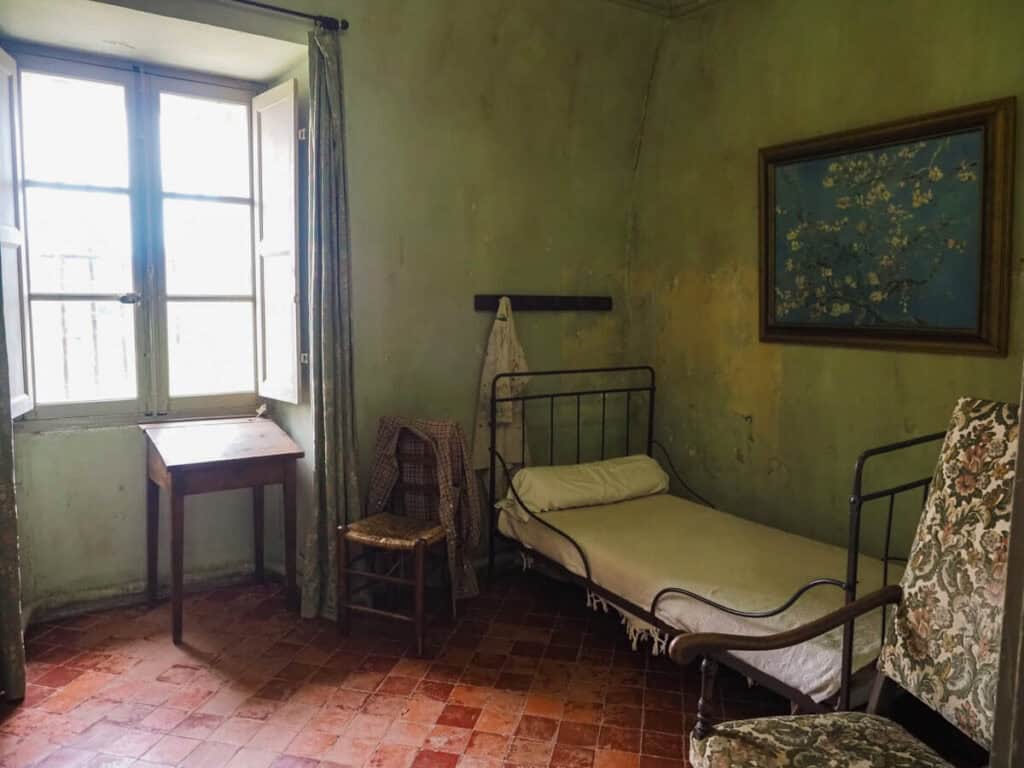
During your visit here, you can also walk through the old cloisters which are lovely, as is the garden in the back, which had lavender when I visited.
The pathway into the asylum is also flower-lined and has copies of Van Gogh’s work hung up as well as a statue of Van Gogh holding sunflowers.
The whole place is well worth visiting and taking your time, as it is a beautiful spot.
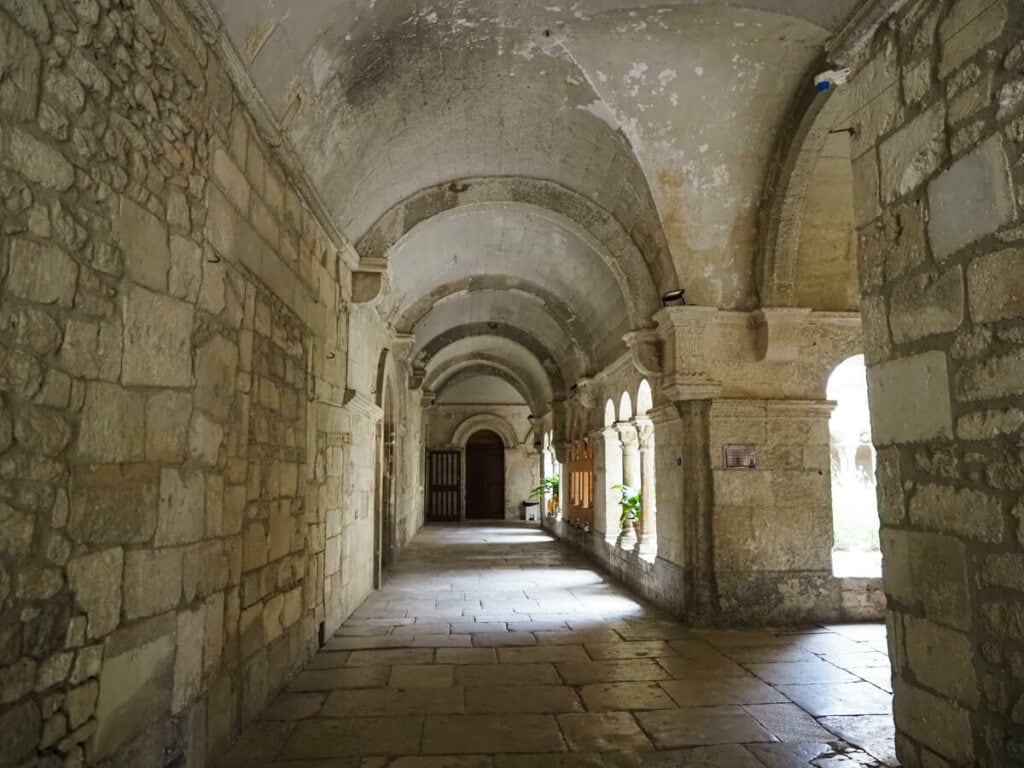
After that, though, you’re going to go back in time even further as you walk toward Glanum .
Glanum is an ancient city that began somewhere around the 6th century BC. This city was made by the Salyens, a Gallic Celtic-Ligurian tribe, who created the town around a spring. Then, as trade increased with the Greeks, they had a lot of Greek influence in their town, especially in regard to their architecture.
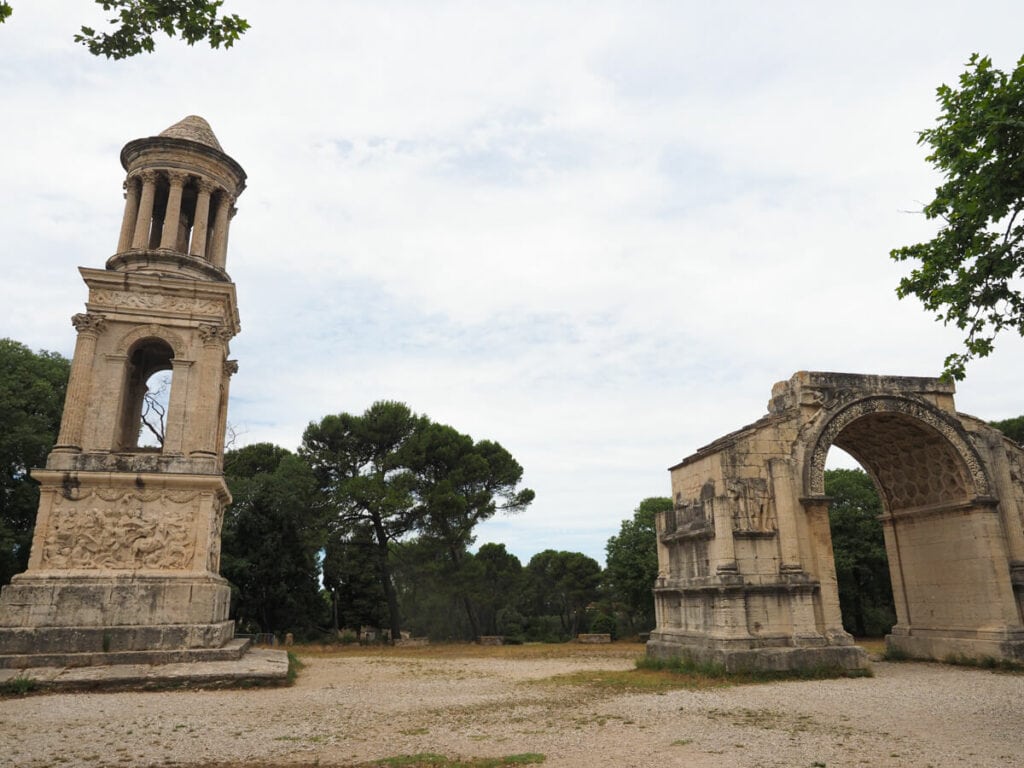
After that, they were conquered by the Romans and this was a Roman city before being abandoned in 270 AD on account of Germanic invasions.
It was all but lost to time and rumored to exist before it was rediscovered in 1921.
Before it was rediscovered, it was buried under an olive orchard. So while Van Gogh was living next to Glanum, he didn’t even know it!
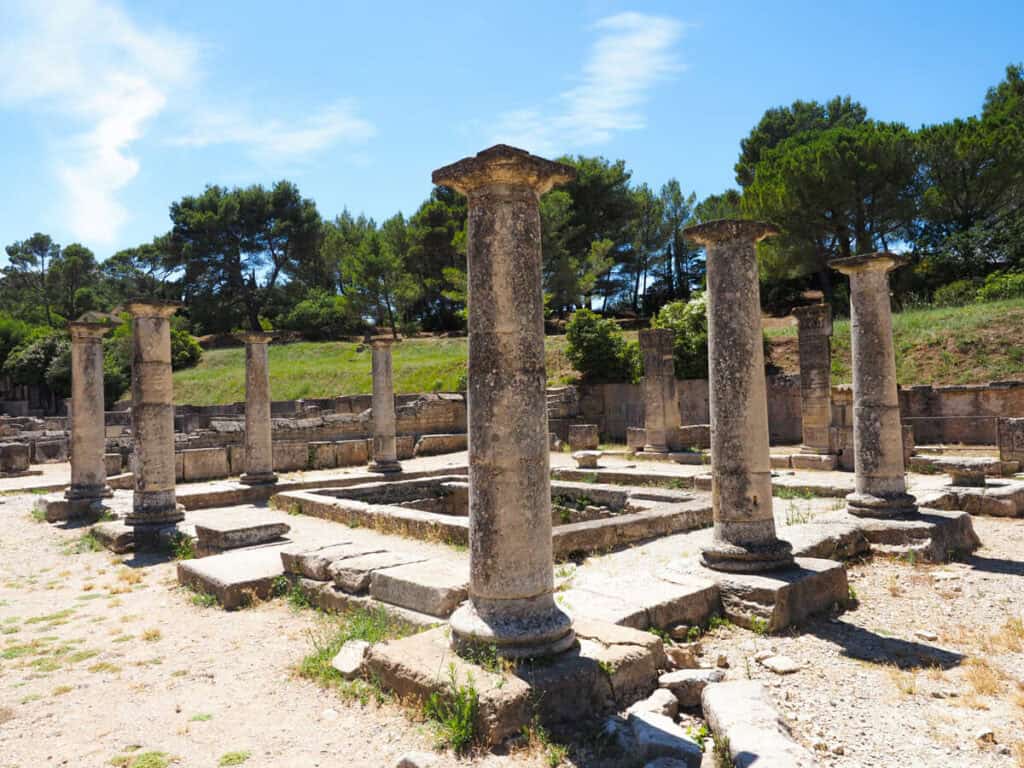
Now this is a place where you can walk through the town, learn about its history, admire its architecture including evidence of Celtic, Greek, and Roman styles, and learn about the people who lived here.
After going to Hotel de Sade the day before, it was nice to have some context to start. But I recommend getting an audioguide at the entrance. It was helpful to have a bit more context at what exactly I was looking at as it is a city in ruins.

Just be sure to pack sunscreen while you’re here and lather it on- most of this place is in direct sunlight!
And if you’re hungry before you visit, I recommend the cafe at Glanum. I had lunch here and it was surprisingly really good.
After exploring the history of Van Gogh’s time in Saint-Remy-de-Provence and visiting the city of Glanum, head back into the city.
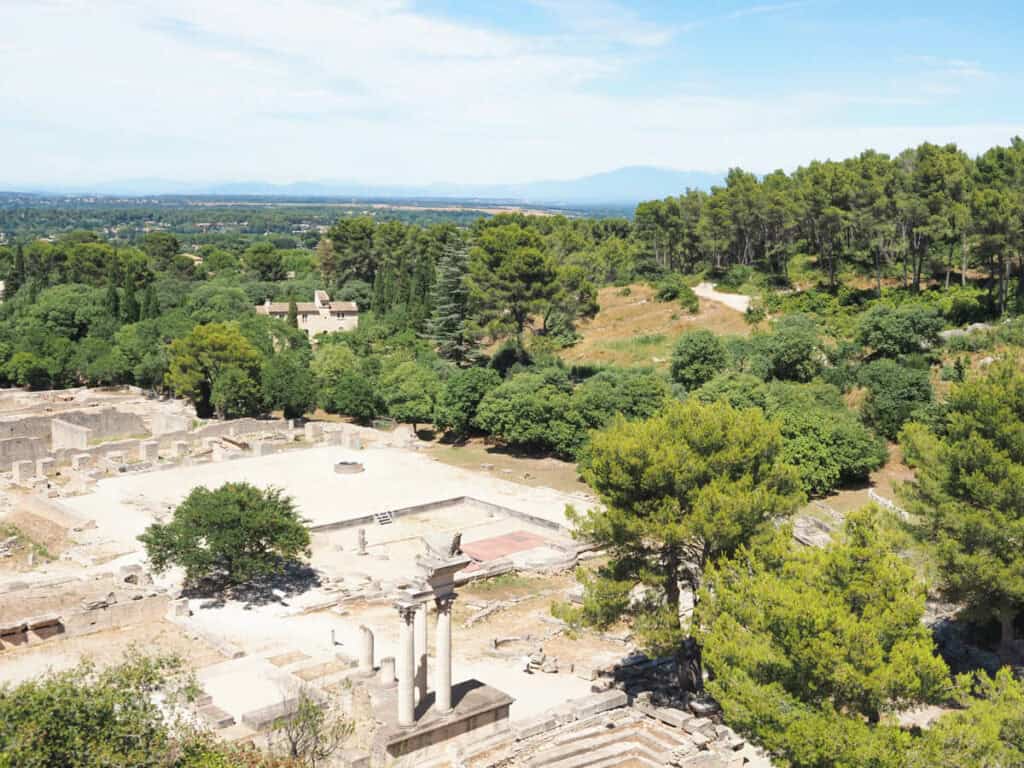
And I recommend hopping in your car and driving about 20 minutes to the Viewpoint of Baux-de-Provence . Baux-de-Provence is a stunningly beautiful hilltop town in the area with a chateau.
So even just going to the Viewpoint will give you amazing views of the city and surrounding area.
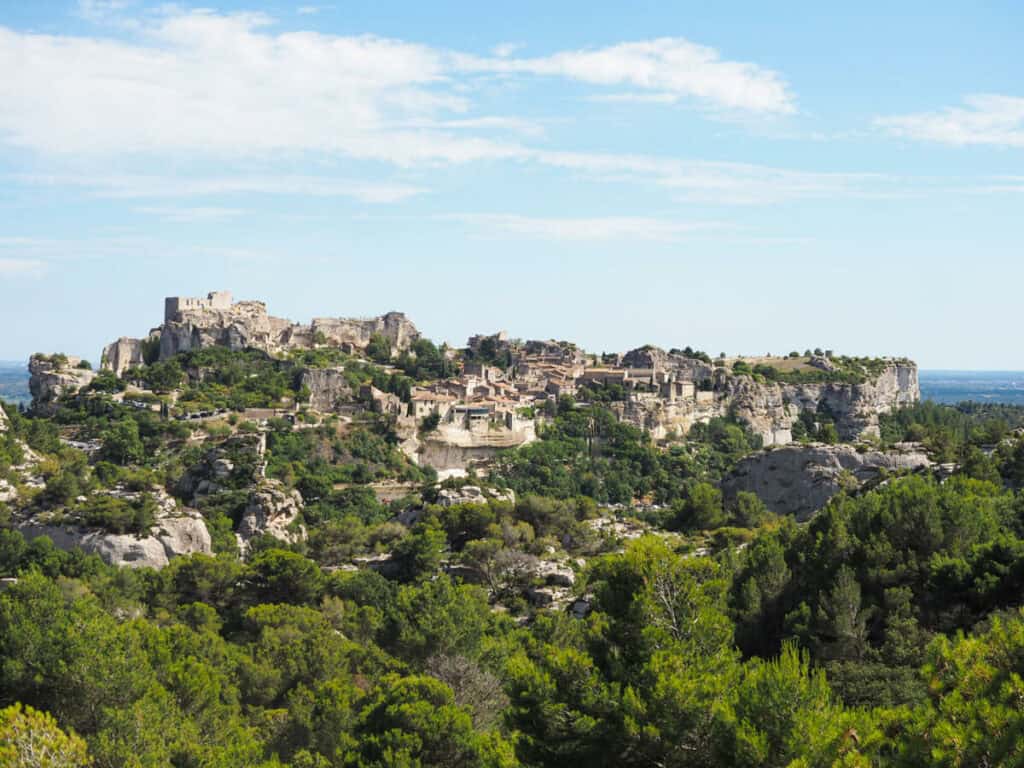
And if you have the time/energy, you can go and visit Baux-de-Provence too. Here you can visit the Chateau des Baux-de-Provence, go wine tasting nearby, or head to the Carrieres des Lumieres. This is a place with multimedia art shows located in a former quarry.
After time around Baux-de-Provence, head back to Saint-Remy-de-Provence for a relaxing evening and dinner before you continue on your Provence trip.
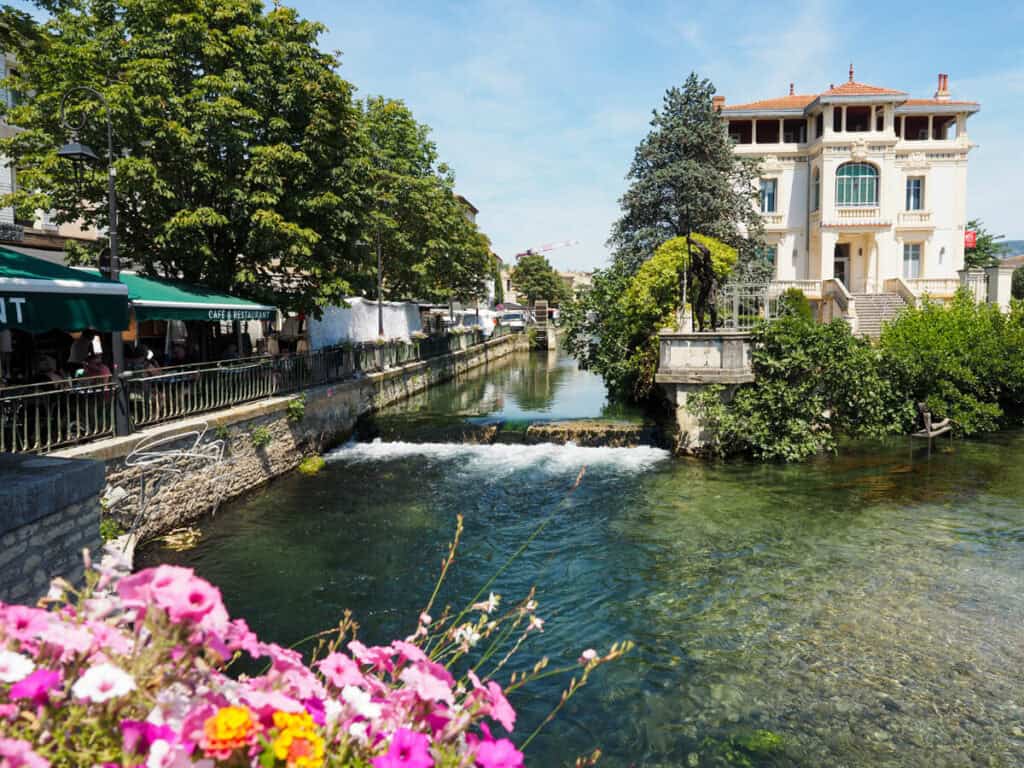
Today, you’re back in the car and ready for an adventure in Provence! I want to point out that you’ll want to time your trip where this day falls on a Sunday.
Because you’ll be driving about 35 minutes to L’Isle-sur-la-Sorgue for market day ! This place is honestly the cutest town.
It is full of little canals and waterwheels as the La Sorgue River flows through the town. And the market is set up all over the town but it is particularly charming along the canals!
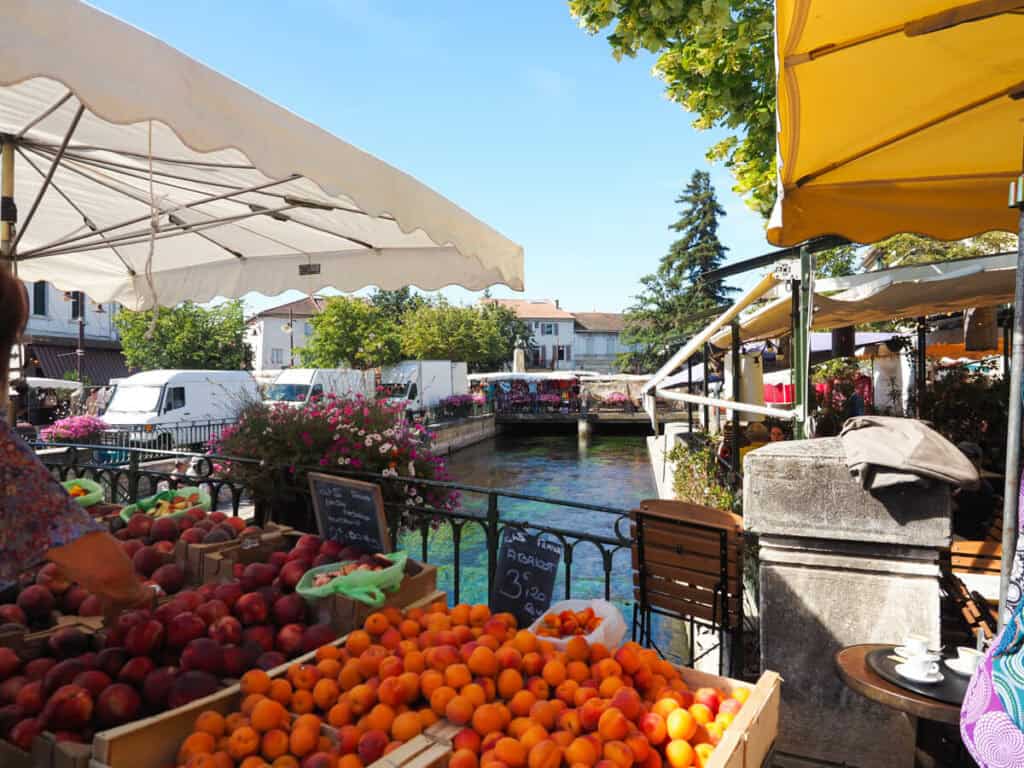
One thing to point out, though, is that you’ll want to get here at a good time for parking. The market typically opens around 7 am, but it doesn’t tend to get super crowded until 10 am.
But if you want parking, you’ll want to show up at 9 am at the latest. I know, that isn’t super early, but it is a good idea to show up just before 9 am to get good parking in town and not have to park super far away.
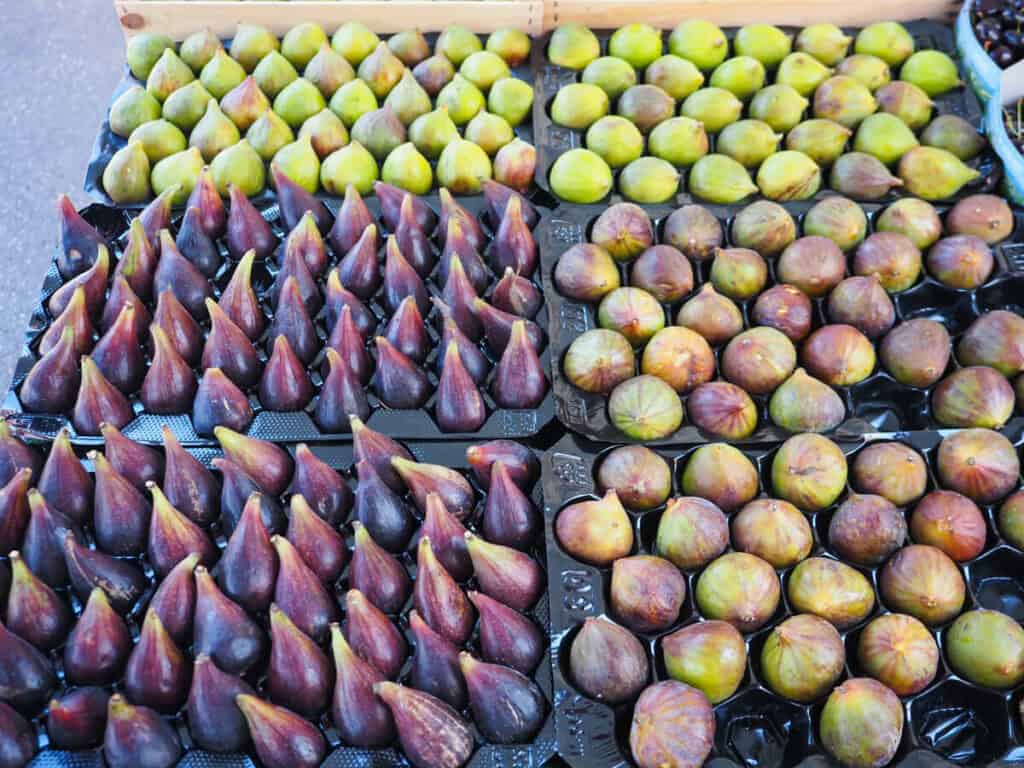
I got in just before 9 am and was able to find plenty of parking at the train station here. However, it fills up so quickly!
Once you’re in town, I recommend grabbing a coffee and a croissant or something at a bakery. Because shopping on an empty stomach isn’t a great idea, trust me.
After a quick coffee, it is time to shop! The market here consists of over 300 stands so you’ll find anything from fresh fruits and veggies to cheeses, lavender, lavender products, olive and olive products, baked goods, and even things like clothes, straw market bags, jewelry, and more.
Many shops are also open and spill out into the market too selling clothes and bags.
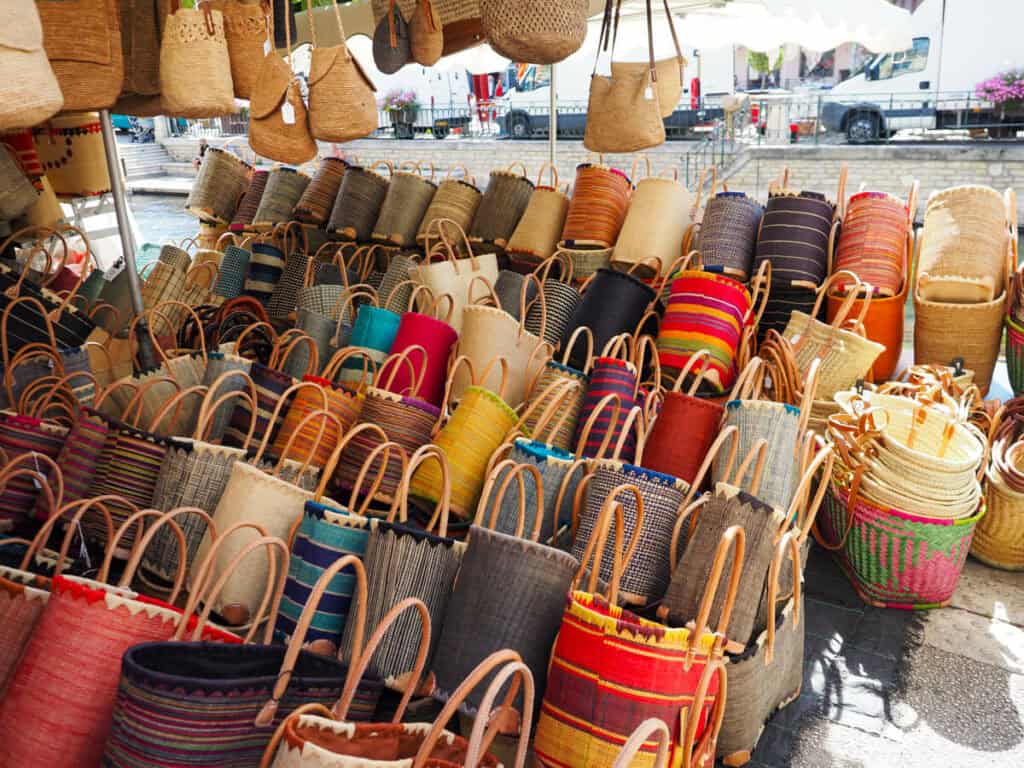
I actually purchased my straw market bag while at L’Isle-sur-la-Sorgue!
Pro-tip for market bag shopping: It helps to be a little discerning. There are bags that only cost between €10-15 and all look alike. Chances are those are mass-made. Look, if you want a cheap and cute market bag, that is totally fine! But if you want something that’ll be a great piece to use over and over, it helps to find more unique pieces that aren’t mass produced and may cost a little more.
My bag was around €50 and I absolutely love it! It has nice leather straps on it and was perfect for my trip and for the beach later on. I ended up purchasing it at a shop along the market.
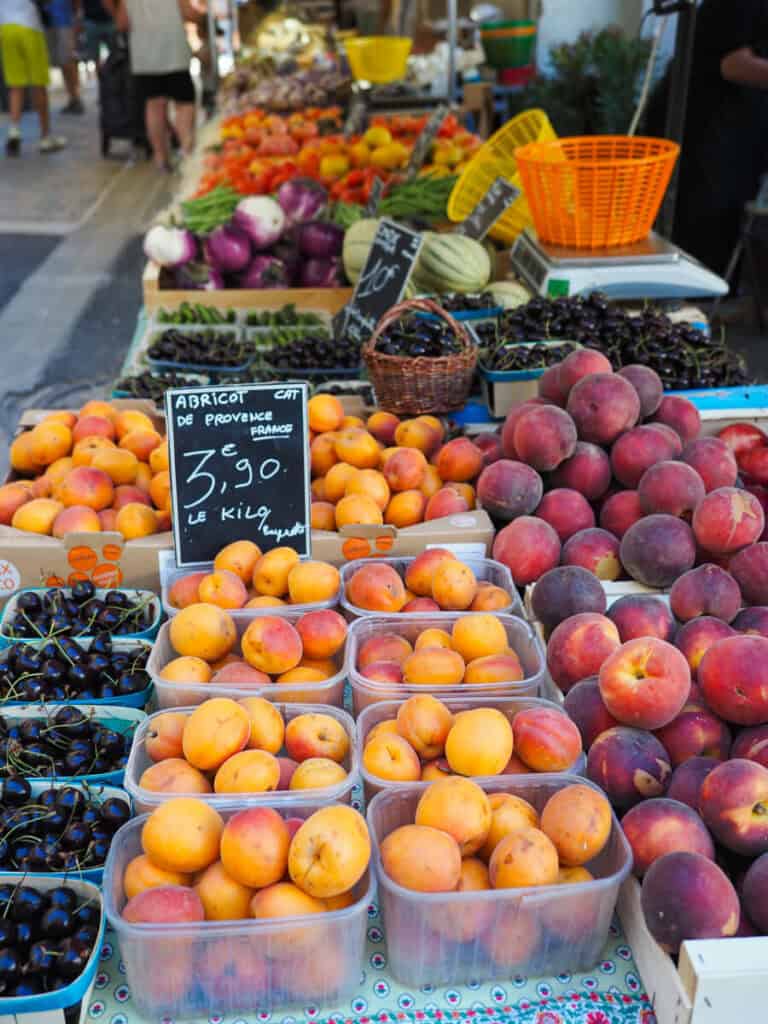
I also purchased a few things to snack on (like delicious black cherries) as well as an olive wood spatula. There are some great finds if you just wander around the market.
And, aside from the market itself, there are plenty of places to purchase antiques! There are antique shops everywhere, and some are even along the canals, making it all the more charming. So if you want to shop for unique antique pieces , you can do that here too!
Antique shops sell anything from vintage furniture and artwork to random garden supplies and textiles.
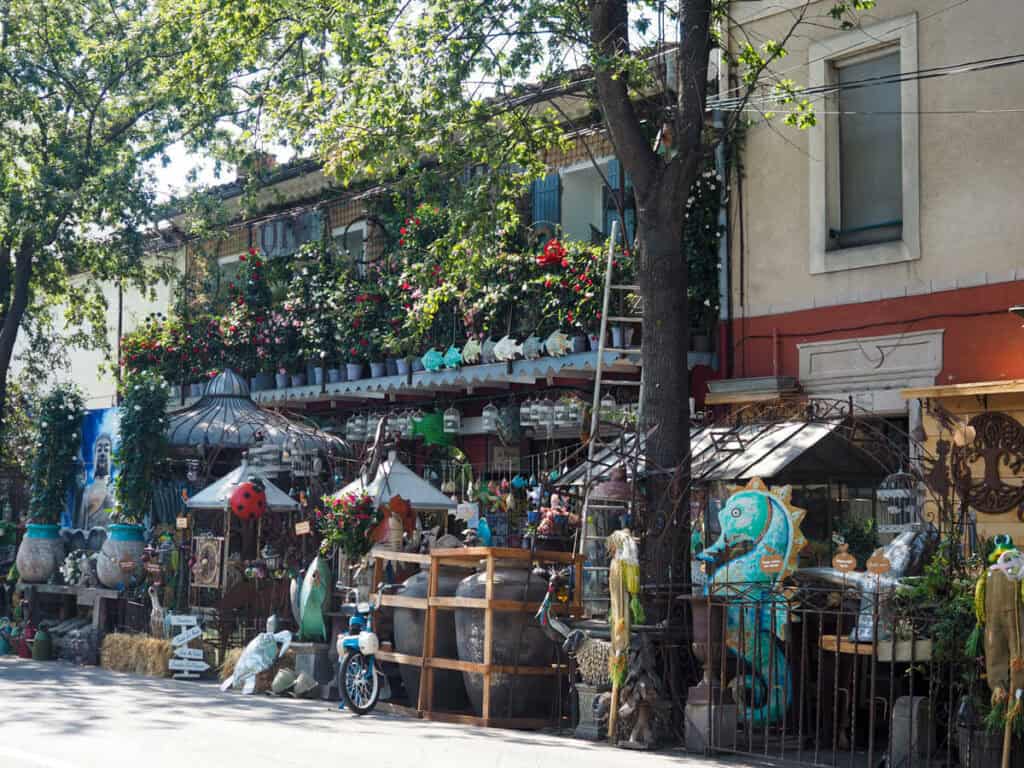
Once you’re finished shopping, be sure to make lunch reservations along the canal at Au Chineur . This place was fantastic and super fresh. I loved the tomato and mozzarella salad as well as the ribs with polenta.
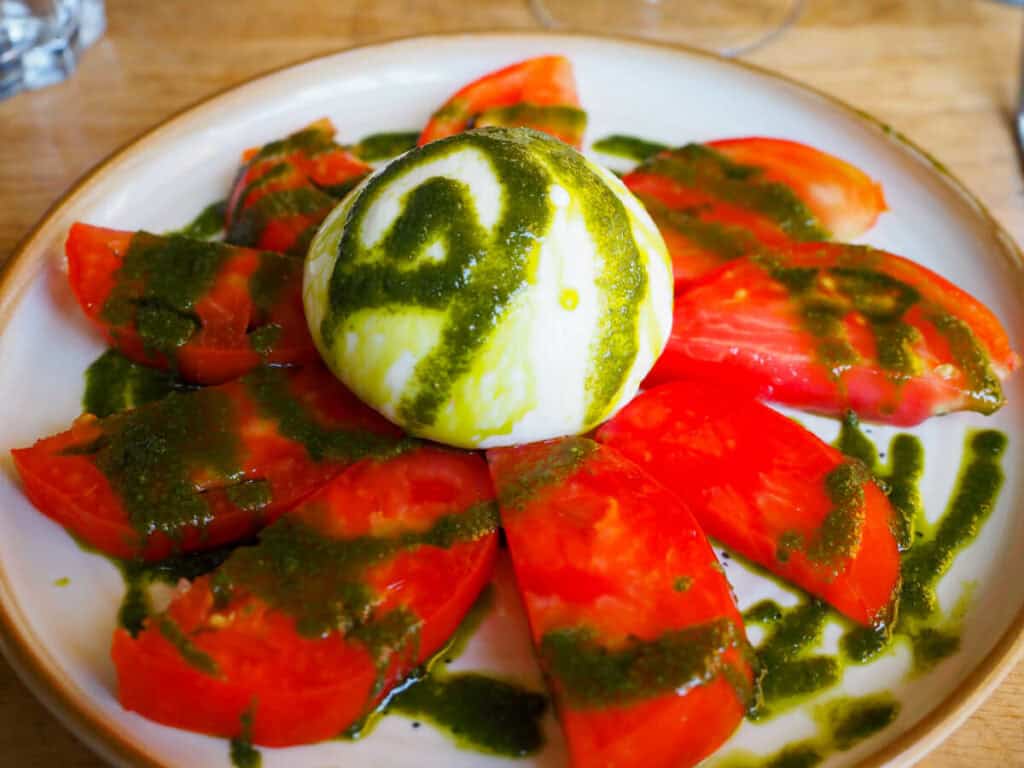
After lunchtime, it is a good idea to head to Avignon for the remainder of the day. It is only about a 40 minute drive from L’Isle-sur-la-Sorgue.
Avignon is a really cool city to explore between the Pope’s Palace (where the popes lived between 1309-1377), the iconic Pont d’Avignon (a Medieval bridge over the Rhone River), and many charming squares.

Depending on when you arrive, you could go explore the Pope’s Palace and/or the Pont d’Avignon. And depending on what time of year you’re here, you may be in town for the Festival d’Avignon.
This occurs during the month of July and is a big art and cultural festival, kind of like the Fringe Festival in Edinburgh.
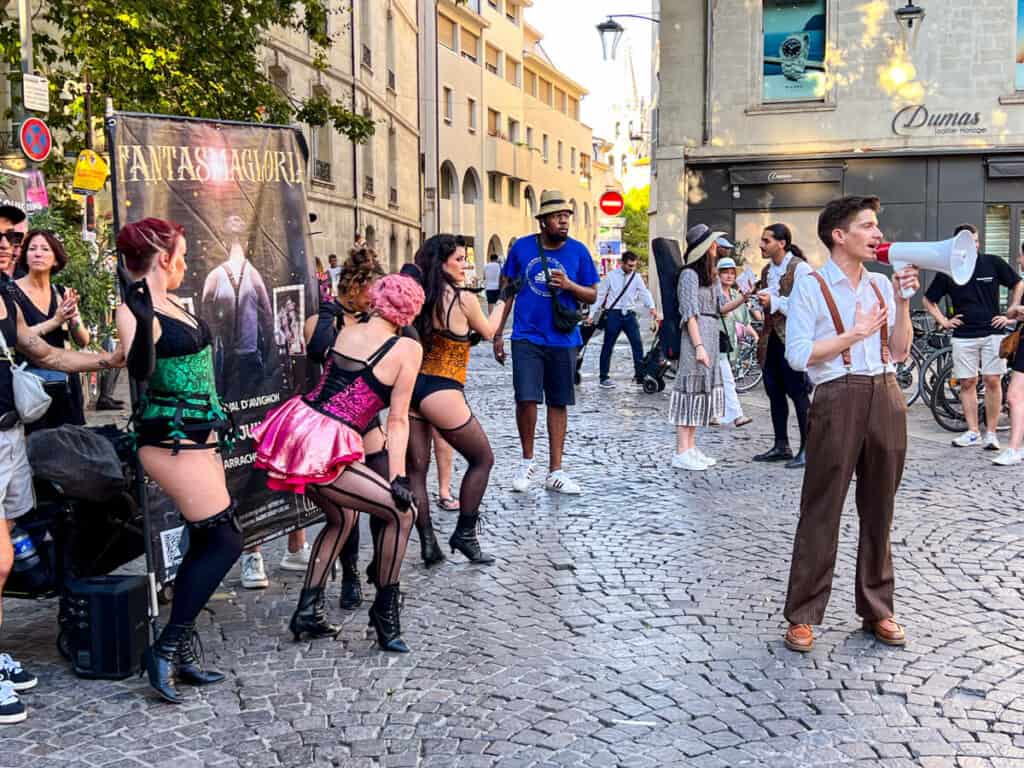
There are street performers and tons of events both free and paid to attend. You can book several events online here !
On my recent visit during this Provence road trip, I was there during the Festival d’Avignon, and ended up running into someone who was passing out flyers for a play, so I went. It was great and a fun way to enjoy the festival! There were also so many great street performers doing anything from singing and dancing to acrobatics and more!
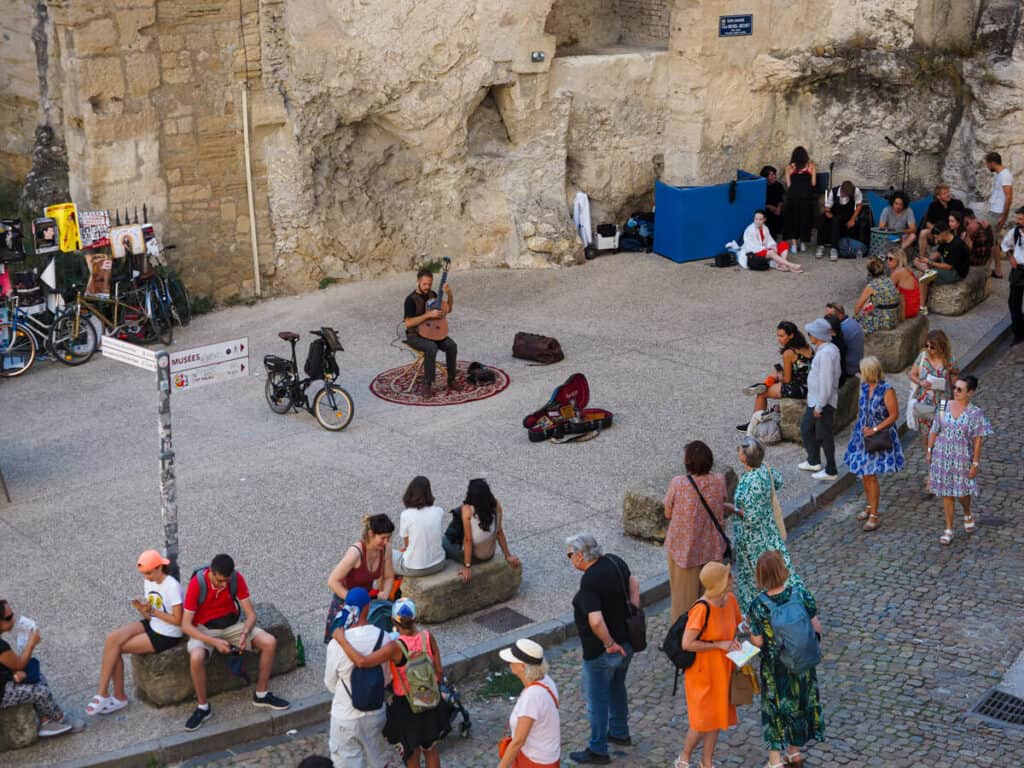
Even if you visit Avignon outside of the festival, it is a great place to go. My first visit here was in September and I loved it then! I have a whole guide on spending a day in Avignon here!
Anyway, so take the time to enjoy Avignon and have dinner at La Mirande hotel at La Salle a Manger .
While this hotel has a fancy Michelin-star restaurant, I really like the more affordable La Salle a Manger restaurant. I went here on my first visit to Avignon and loved the aesthetic (it felt like dining at Downton Abbey!). Plus, you can grab a drink at the bar afterward which is equally as beautiful.
After that, it is time to get a good night’s sleep!
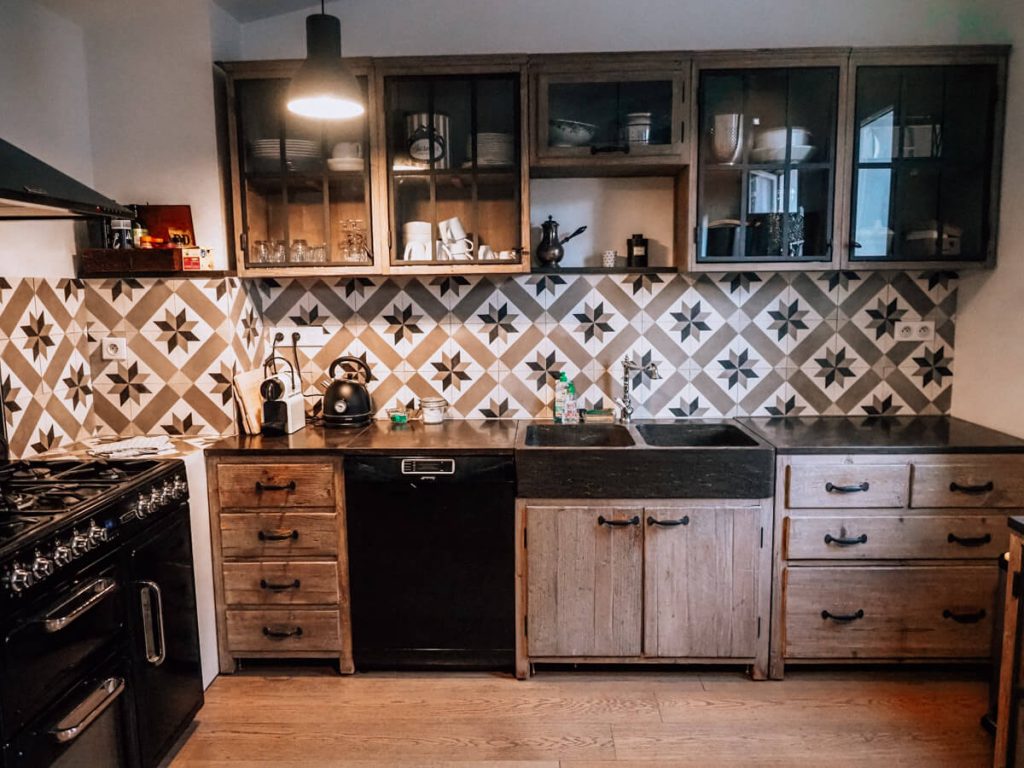
This Airbnb : This is where I stayed on my first visit, and it was great! This place is an apartment in Avignon with a bedroom, bathroom (with laundry), and a great kitchen and living room.
Aux Augustins : This boutique hotel is in the city center and built on a former Augustinian monastery and church. It has a great mix of historic influence with modern amenities.
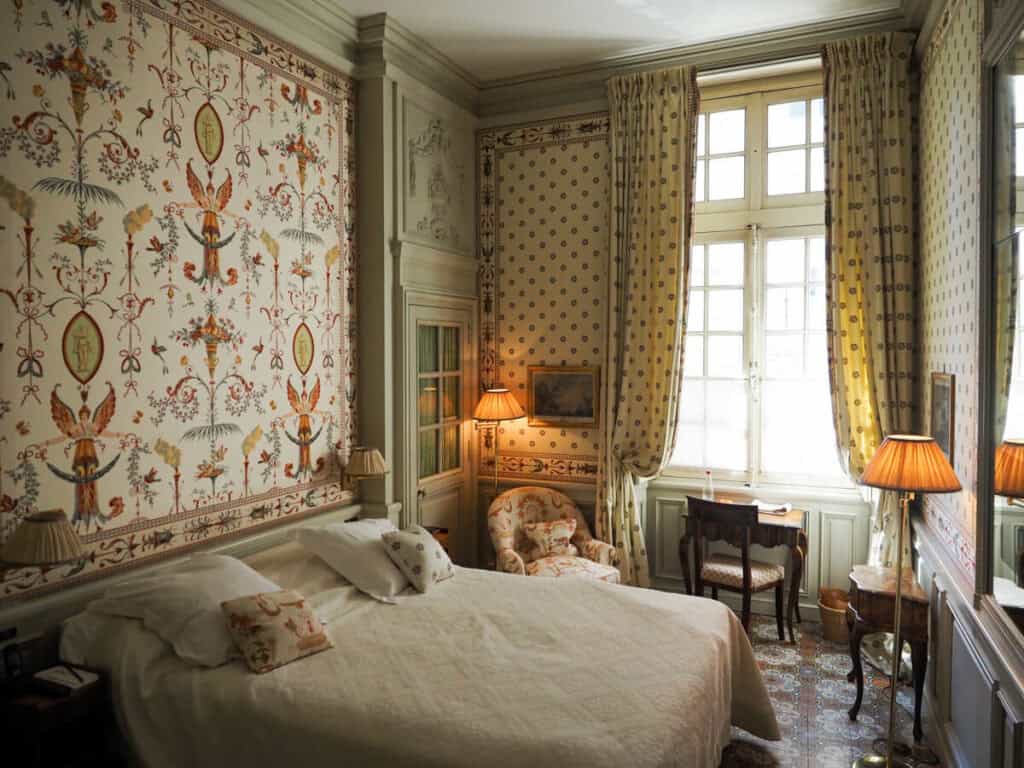
La Mirande : This is a 5-star hotel, and this is actually where I stayed during this visit to Avignon. After having dinner here a couple of years ago, I fell in love and knew I wanted to come back to stay. It did not disappoint. I had views overlooking the Pope’s Palace, the room was super cute and charming complete with a bathtub and shower, and it was an overall lovely stay. I also loved their breakfast spread (albeit a bit pricey) and their tea service.
Day 4: Road Trip to Gordes Via Lavender Fields
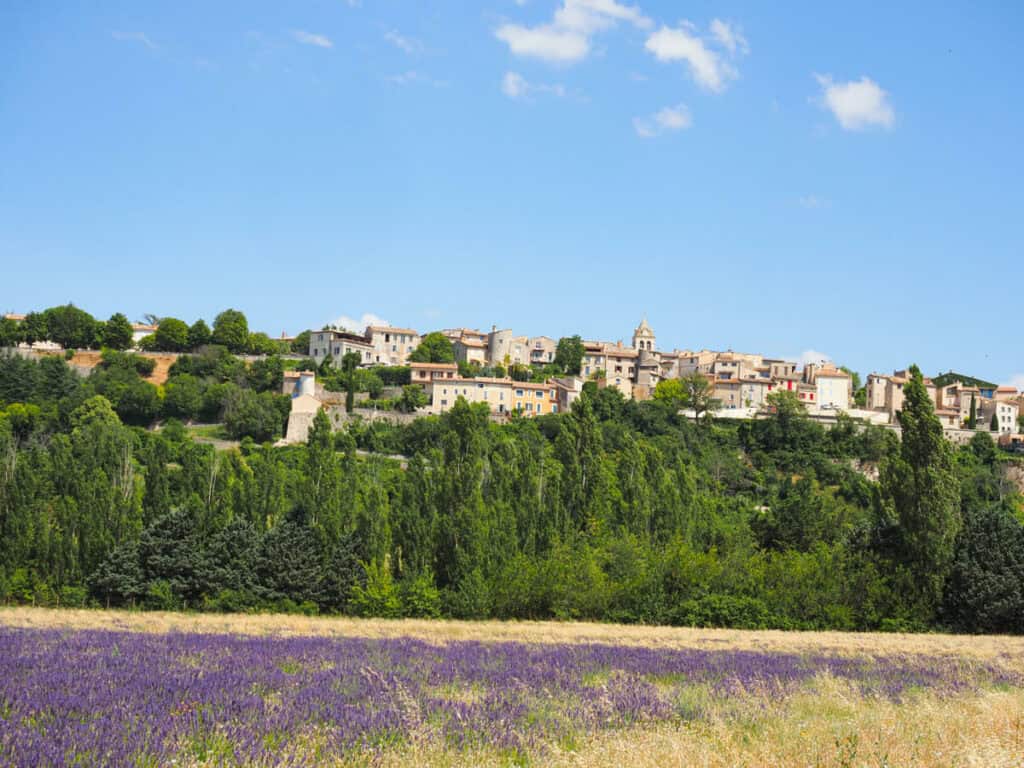
Now this part of your road trip through Provence, France can go 1 of 2 ways. If you’re here during the lavender season, you can choose to explore the lavender fields of the Luberon or up near Sault and end in Gordes for the evening.
If you choose to visit outside of the lavender season, you could use this day to just explore the many villages of the Luberon and end in Gordes.
During this road trip, I was here for the lavender fields! However, it was mid-July at this point. Which means most of the fields were harvested in the Luberon. So I decided to go up to Sault where they harvest a little later and checked out those lavender fields.
It did NOT disappoint. I got so lucky because it was mid-July and while I was there the tractors had started to harvest. But so many fields were still full of lavender, perfect for many photo ops!
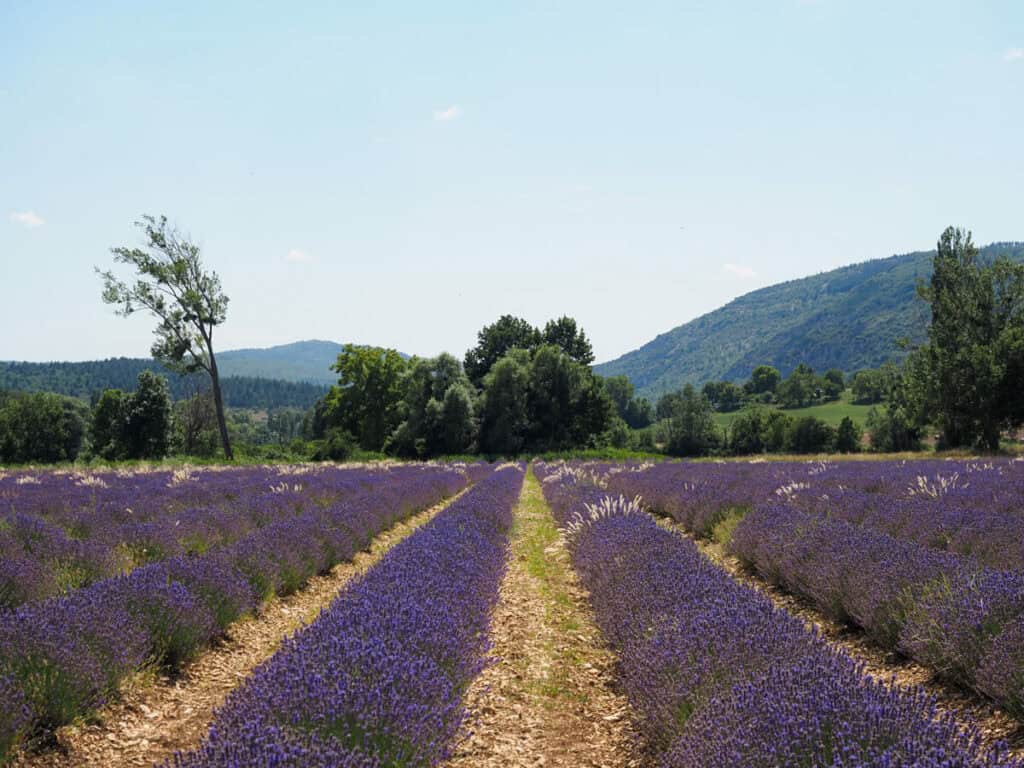
I even happened upon a beautiful field with a mountain in the background. It was so stunning I had to take a bunch of photos and videos here!
Most of the Sault lavender fields are near the town of Sault itself, so you can drive there and find a bunch. However, I will write a full guide about Sault lavender fields so you can even have my GPS coordinates of the fields for your trip soon!
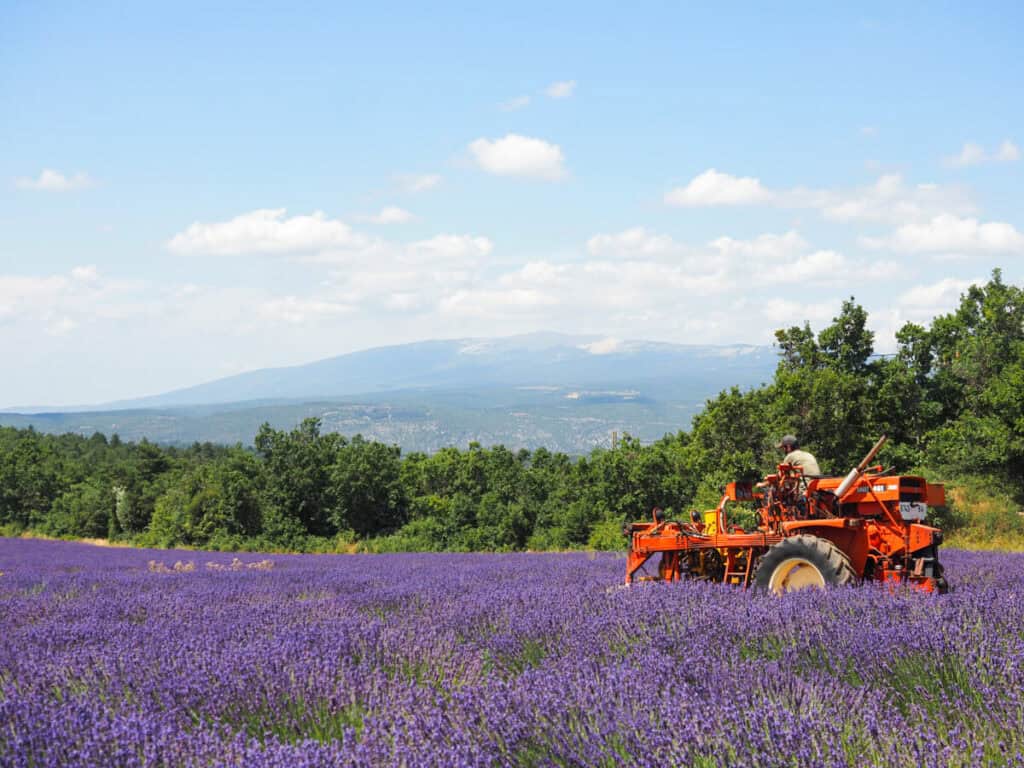
However, if you’re here earlier in July, you can likely see many lovely lavender fields in the Luberon ! So that means you can just drive around the villages of the Luberon and spot some stunning fields!
Either way, be prepared for stunning fields and the smells are honestly incredible.
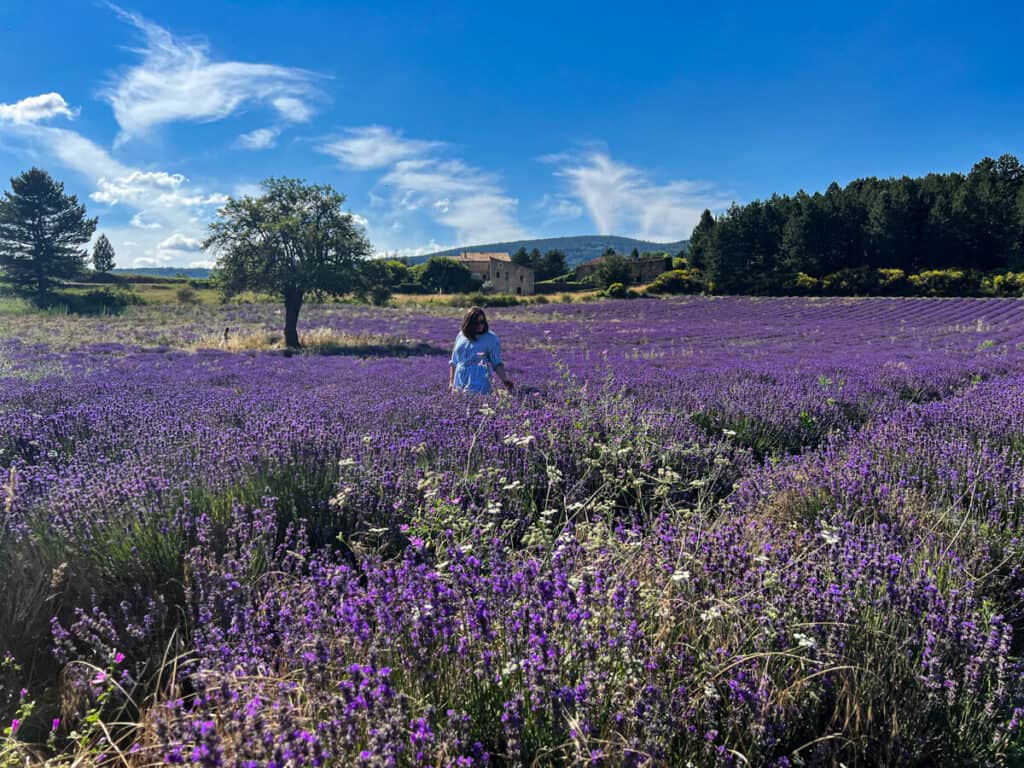
Now, the other option is to just explore the villages of the Luberon if you’re here outside of lavender season.
During my South of France road trip a couple of years ago, we spent a day exploring the Luberon and loved places like Roussillon for the Ochre Trail , Bonnieux for wine tasting, Lourmarin for its beautiful views of olive and fruit orchards and the Medieval and Renaissance castle, and Cucuron for its stunning water basin lined with restaurants and towering trees.
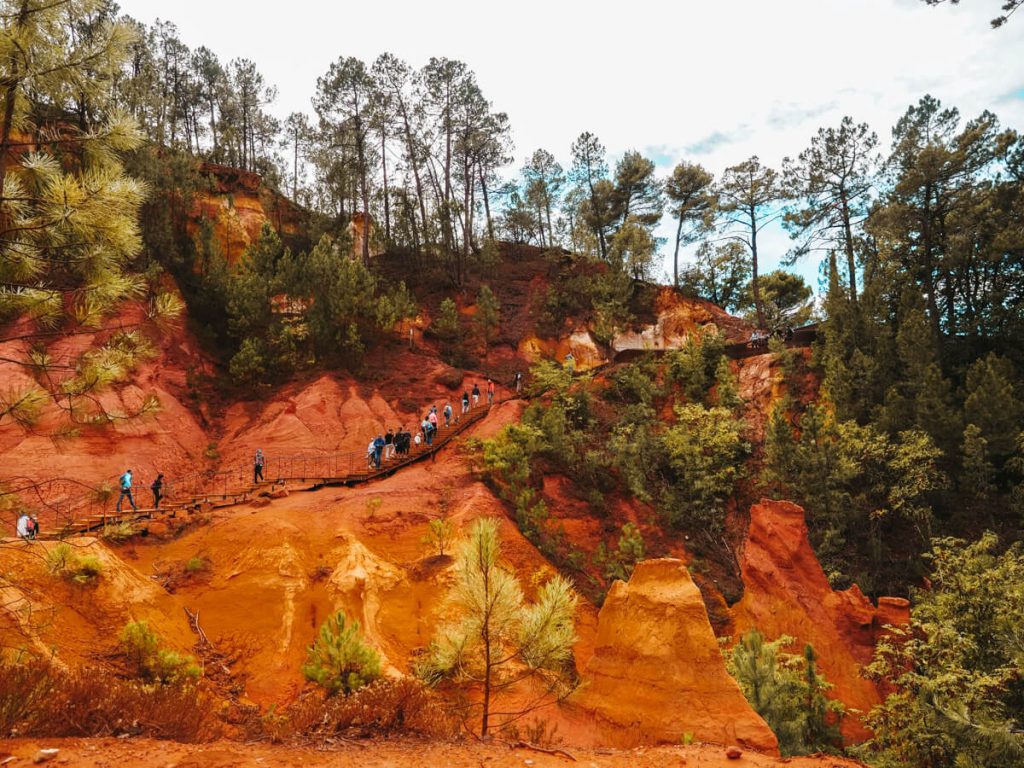
I also like Oppede-le-Vieux for its iconic preserved Medieval city. These are all great places to potentially visit. Then, you’ll end in Gordes for the evening.
Once you’re in Gordes, you can check into your hotel and then head to dinner that evening. I recommend making reservations at Le Mas .
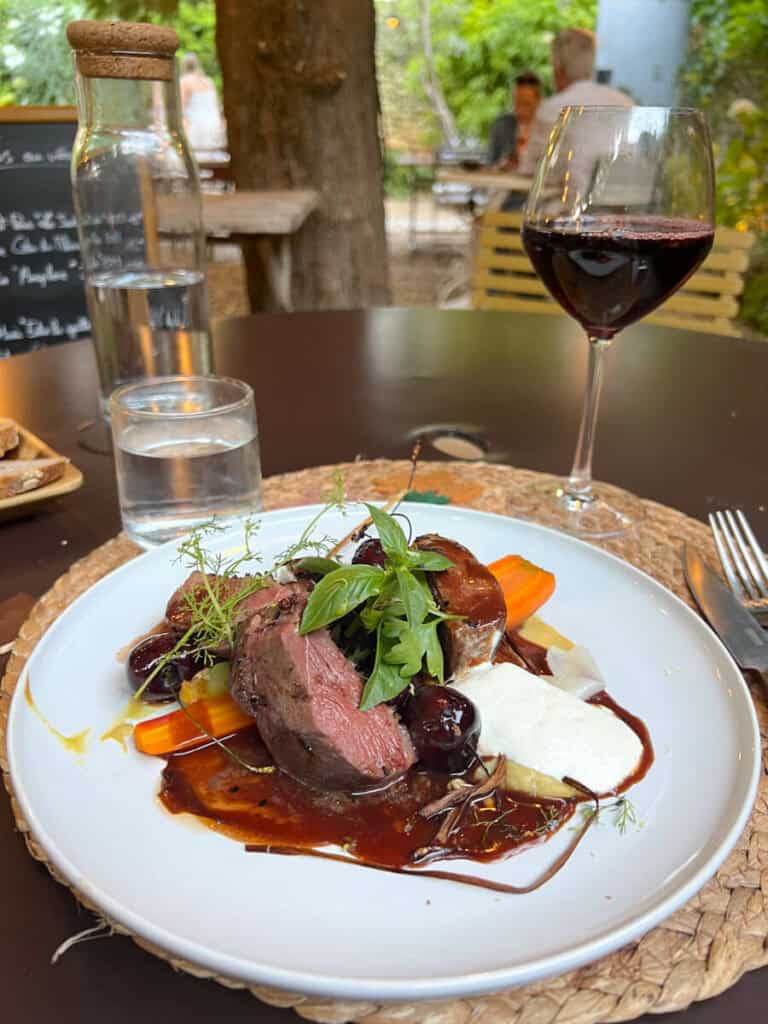
This farm-to-table restaurant sits in a little courtyard under several trees outside of Gordes and is just stunning. Here I got the tasting menu with some wine and had a delightful evening under the trees as the sun went down.
After an incredible dinner at Le Mas, it is time to head back to your hotel for bed.
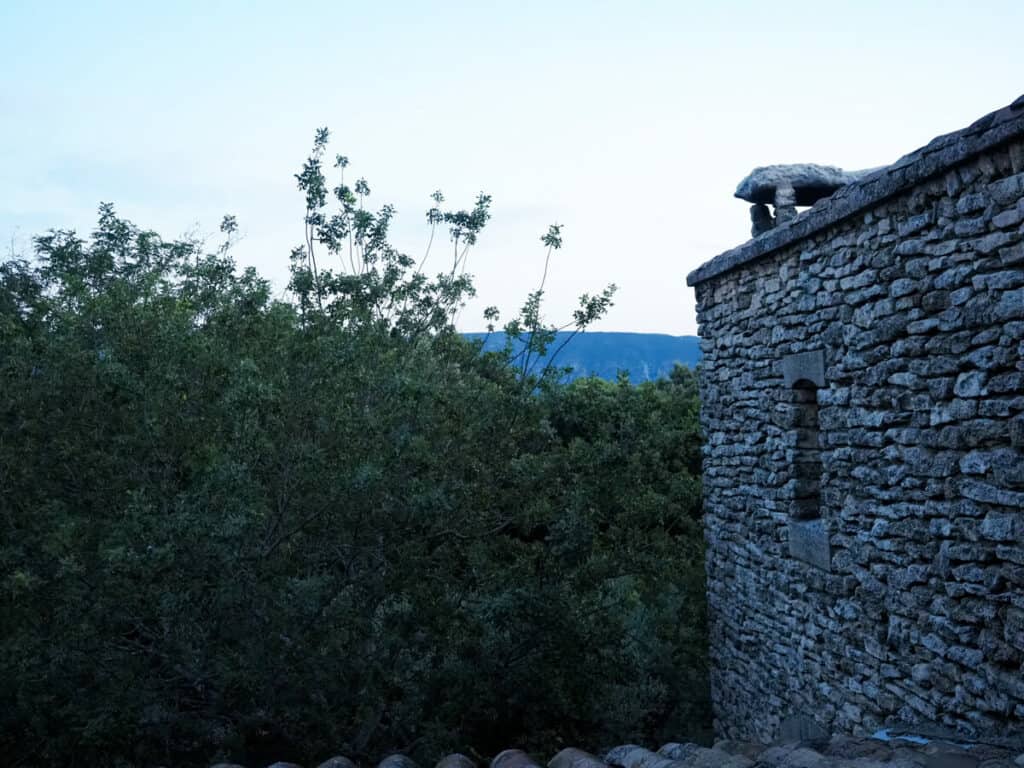
Le Verger Guesthouse : I stayed here during my recent visit and loved it! Now it is a guesthouse outside of the main hilltop city of Gordes, but it was no less adorable. It abuts an olive orchard and the views of it and sounds of the cicadas here were incredible. Plus, the rooms here were lovely with either a terrace or balcony, the breakfast is absolutely delicious, Daniele (the host) is so friendly and kind, and the pool was honestly perfect on the second day after exploring in the heat.
La Borie en Provence : This is another guesthouse just outside of town with cute rooms, gorgeous views, and a stunning pool. This is also a bed and breakfast full of charm.
Airelles Gordes, La Bastide : This 5-star hotel is located in the hilltop village part of Gordes and is stunning. This place feels like you’re staying in a castle complete with gorgeous rooms with views, a spa, a couple of restaurants and a bar, and a perfect swimming pool.

For your last full day in Provence, you’ll be exploring Gordes and the surrounding area. And again, if you time your trip as I suggest above, today will be a Tuesday which is Gordes market day!
So you’re going to be going to the Gordes Market . Gordes Market is open on Tuesday mornings from 8 am-1 pm.
My earlier suggestion of arriving early for parking still applies, especially if you’re staying outside of the main hilltop village part of town. Now, there are some pricier hotels in the village itself, and if you’re staying there you can show up at any time the market is open.
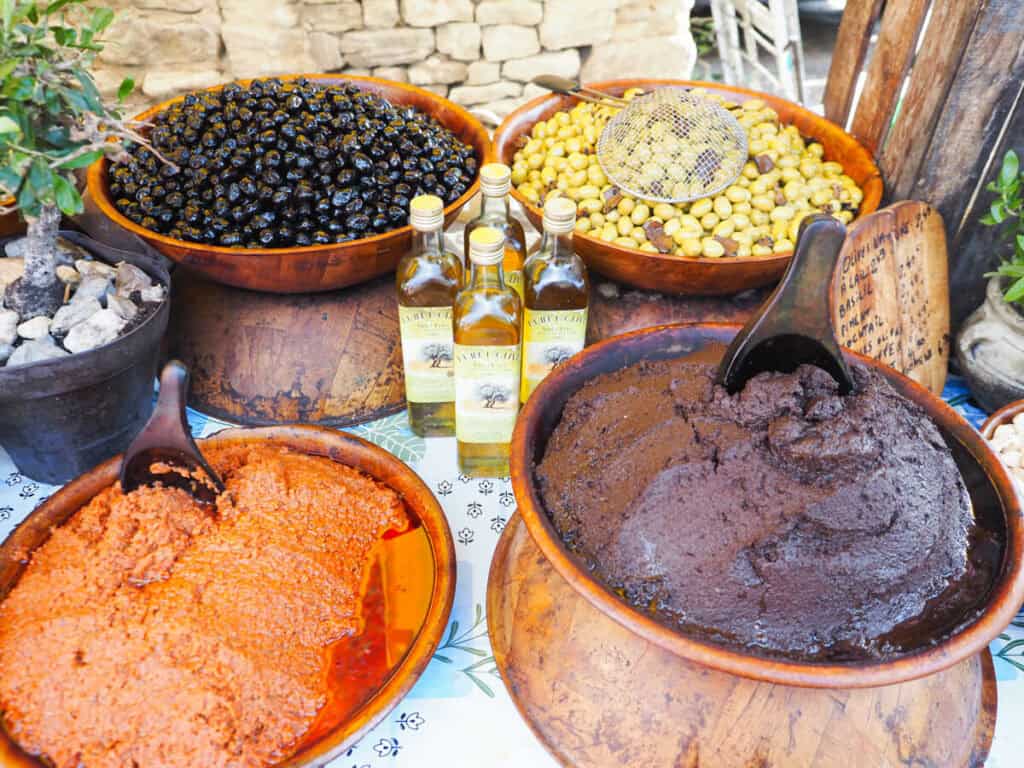
But if you’re not, like I wasn’t, you’ll want to arrive before 9 am for parking. Luckily, there is a large parking lot at Place de la Charles de Gualle. So get here before 9 am and you can find parking and enjoy the market.
Before you go, however, you’ll want to enjoy some delicious breakfast at your hotel!
Then, at the market, be sure to bring your market bag with you, as you’ll definitely want to buy some goodies here!
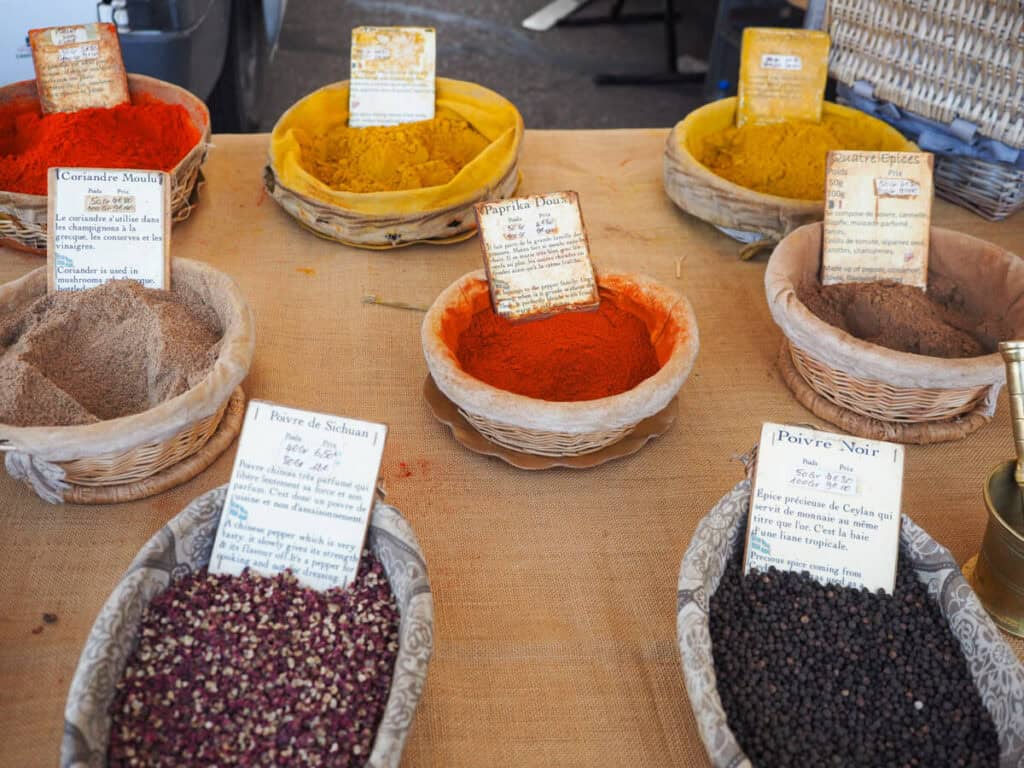
Pro-tip: Get cash out before coming to the Gordes Market. There isn’t an ATM open during the market in the village, so you’ll have to go to a village nearby to get cash out (preferably the day before). Many vendors in this market do not accept credit cards so cash is necessary!
Anyway, the market here is quite large and there are stands selling fresh fruits and vegetables, cheeses, lavender, soaps, art and photography, clothes, jewelry, olives, etc. I grabbed some tapenades while here as well as a cute photography print from a local photographer that I met at the market!

I also got an adorable bee bracelet.
Take your time visiting this epic market and wandering around the town of Gordes as it is seriously so charming. The stone buildings are made even more enchanting with views of the nearby hills and valleys.
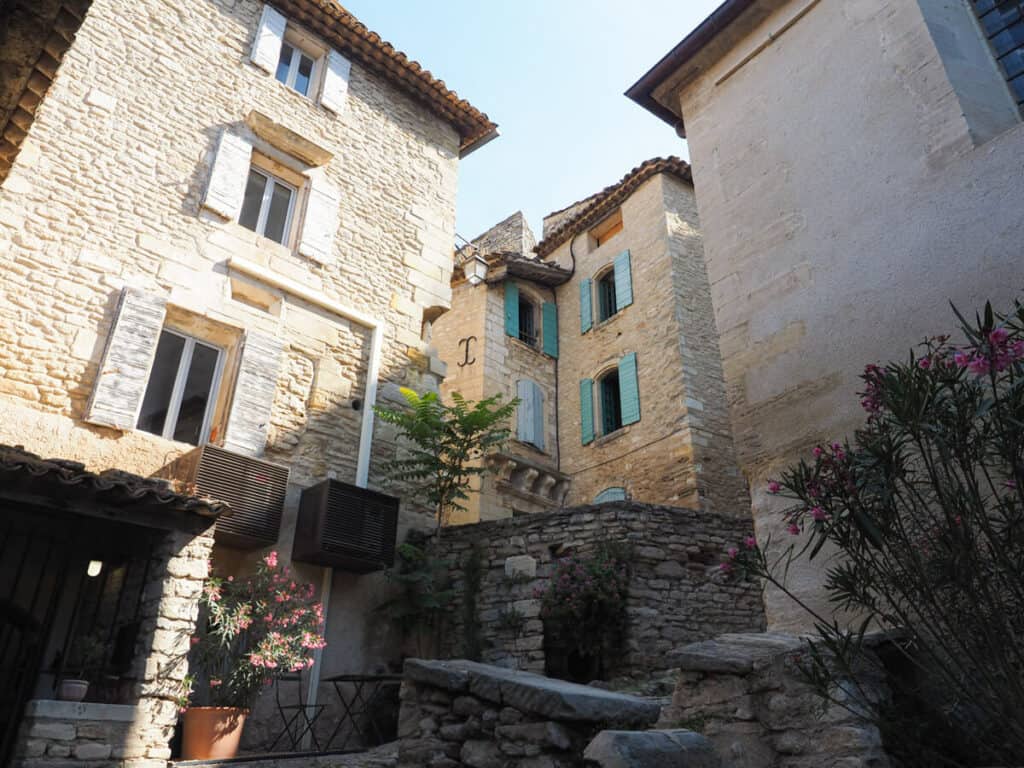
After you’re finished with the market, you can head back to your car and drive to the iconic Gordes Lookout Point for a photo. This is on a hill across the way from Gordes and has a stunning view of the town on the hill.
Then, you’re going to want to check out Senanque Abbey . This abbey has been around since 1148 AD when it was founded by Cistercian monks.
It is still a working abbey, and you can actually go inside and visit it with a fun histopad. A histopad looks like an iPad but you can hover it over things to see how it looked back in time and learn more information about the rooms you’re in.
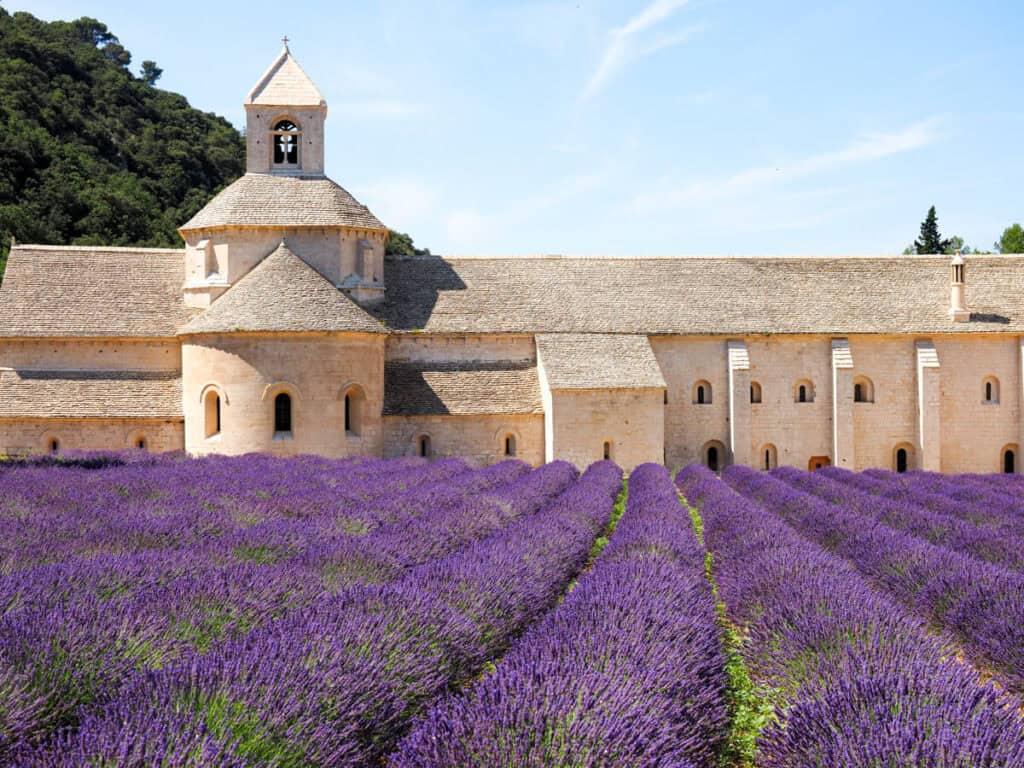
This place is gorgeous to visit year-round, but during the lavender season, it is even better. I’ve actually been here twice, and on my recent visit I was lucky enough to see it surrounded by lavender fields.
Many fields are actually blocked off from visitors to walk through, but there are a few little fields you can take pictures in too. But this gives you a chance to see the abbey with pristine lavender in front of it with nobody in your photo or view.
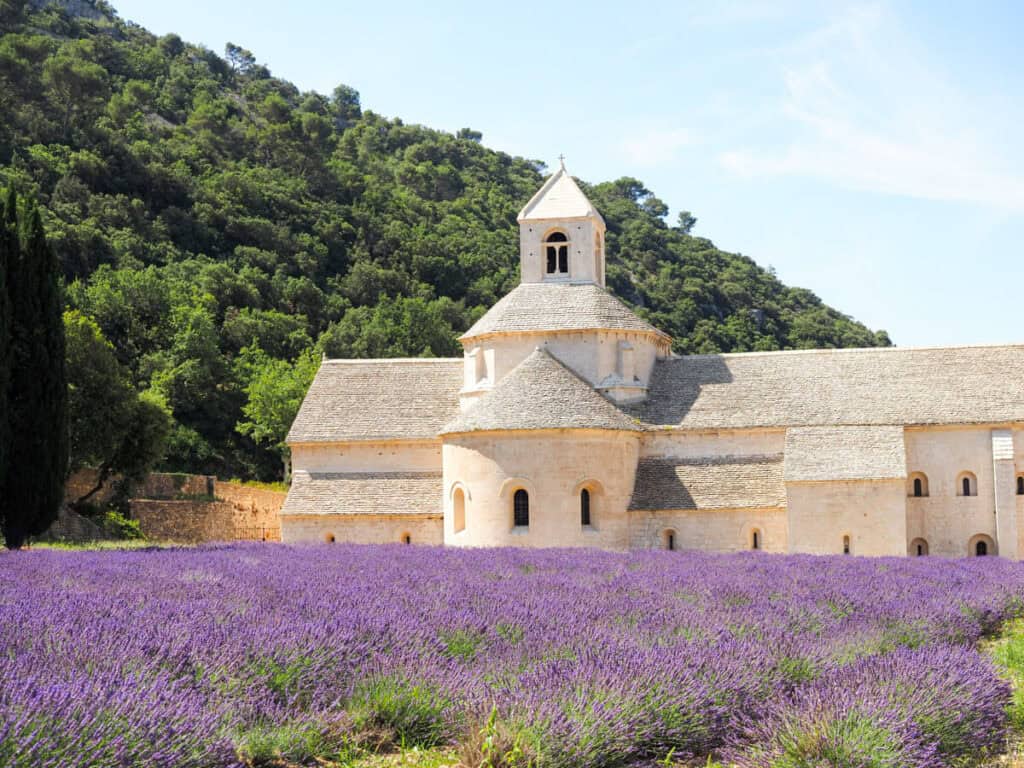
I will say that this time around, it was much more crowded and parking was so hard to find than it was when I went in September a couple of years ago. It was practically empty then. So be patient as parking can be tough and there will be a lot of people if you’re here during lavender season.
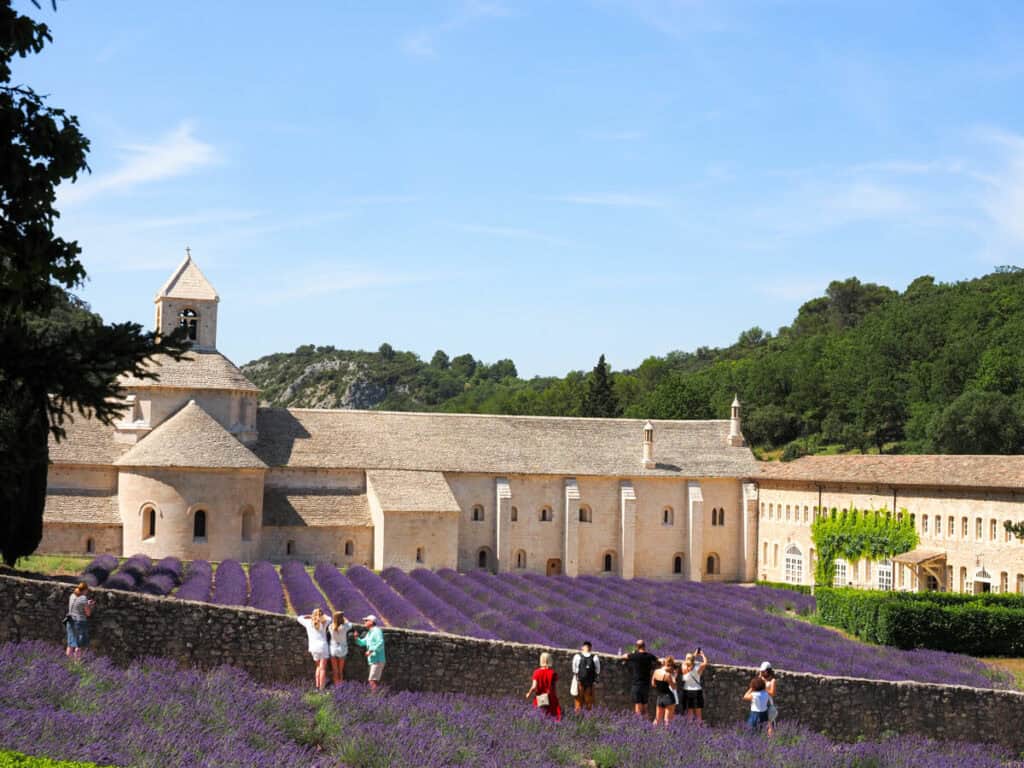
After visiting Senanque Abbey, I recommend learning more about the history of the area by visiting the Village des Bories . This is an open-air museum full of bories, or little stone huts, where farmers would live and store farming implements as well as house animals while working in the area.

It is really cool place to wander around and learn more about how bories were used in Provence, and there is an exhibit discussing borie-like structures used all over the world!
Pro-Tip: Parking for the Bories is past the parking off the road. Just turn where the sign says to and follow the signs for the Bories until you find the actual parking.
Once you’ve explored the Village des Bories, I actually recommend taking time to relax at your hotel.
You can break into some of the goodies you purchased at the market like olives or tapenade and perhaps purchase a bottle of wine on the way back to the hotel to enjoy a nice late lunch by the pool here.

Honestly, when I went in July it was so hot that I was incredibly thankful to just sit by the pool and unwind. You’ve seen a lot during this 5-day Provence itinerary.
However, if you do not want to just relax by the pool, you can also opt to check out more of the nearby villages of the Luberon if you haven’t done that already the day before. I recommend Roussillon, particularly for its unique ochre trail and colorful buildings!
Also nearby is Oppede-le-Vieux with its historic ruins and church on the top of the hill with great views of the Luberon Valley.
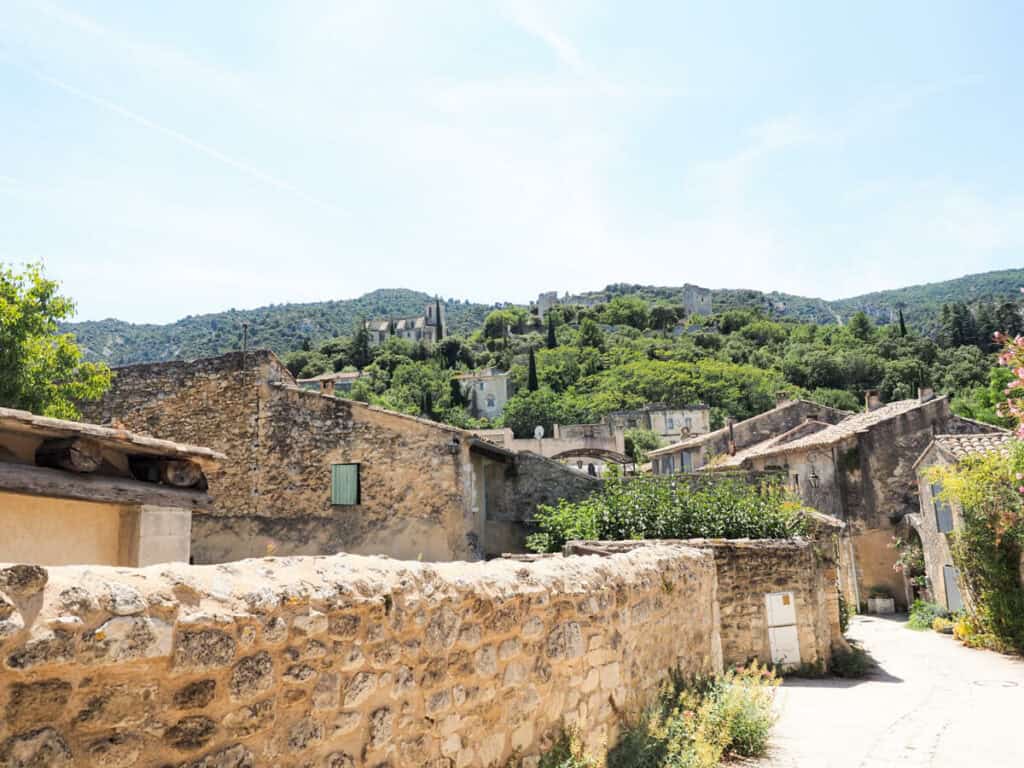
But if you’re like me, it is totally fine to just chill by the pool with some baguette, a little tapenade, and some wine to unwind after exploring Provence.
Then, for dinner that evening, make reservations for Restaurant Le C . This place specializes in homemade and traditional cuisine with products mostly from this region. They had stuffed zucchini flowers when I went as well as delicious seafood and a killer olive tapenade.
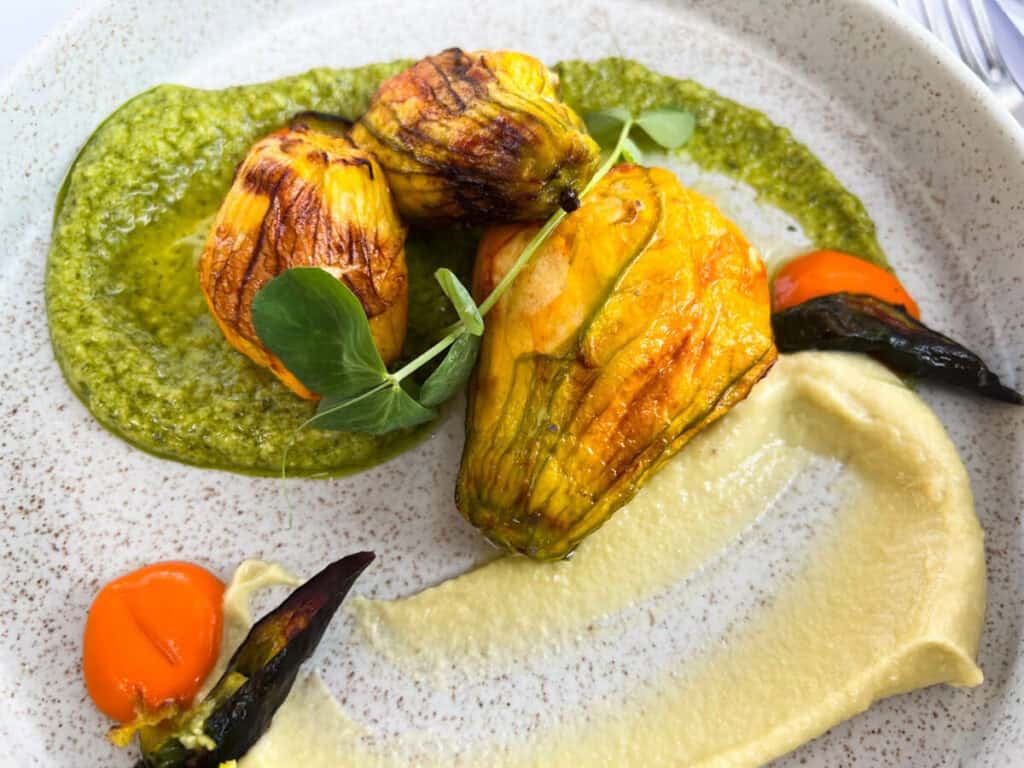
After that lovely meal, you can head to bed.
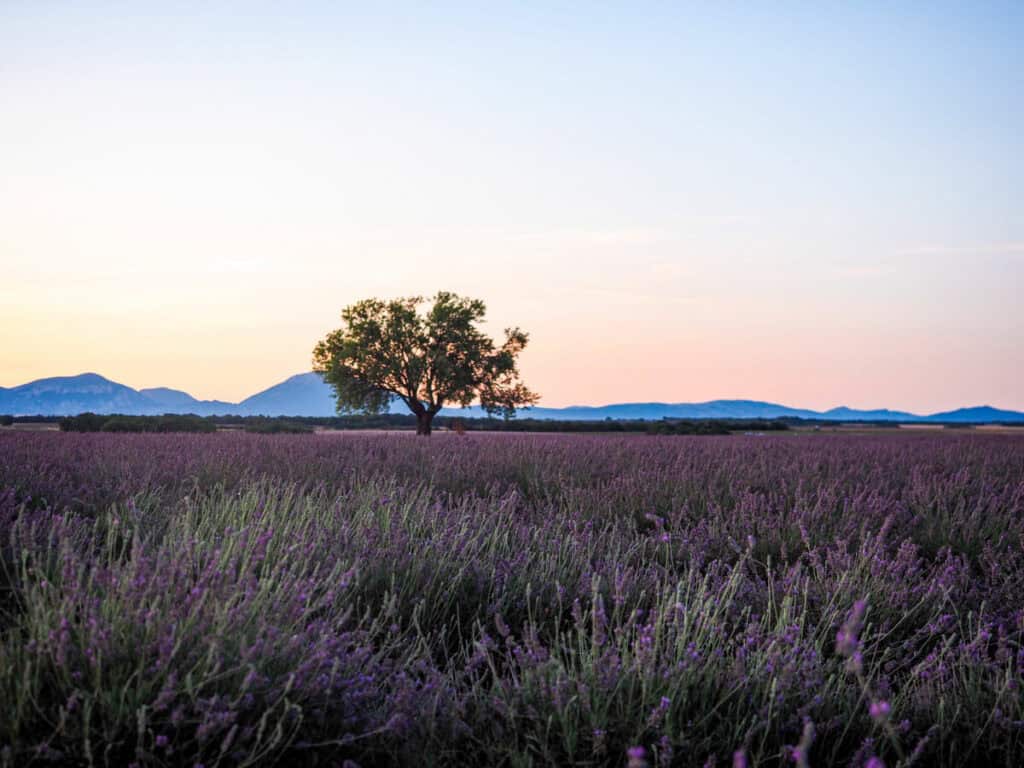
This day is completely optional, but if you’re driving to the Cote d’Azur after your 5 days in Provence road trip, this is a great way to spend the day.
When I visited, I drove back to the Cote d’Azur and ended in Grasse.
This is a great day for some sightseeing on the way back down to the French Riviera.
And I recommend going to the Valensole Plateau . Now I only really recommend doing this during lavender season. If you’re visiting outside of the lavender season, then you can probably skip this.

But if you’re here during the lavender season, then Valensole is a must-visit. This place has some of the most picturesque lavender fields I’ve ever seen, especially the ones with mountains in the background!
Now, if you’re crazy like me and want to go for sunrise, you’ll be in for a super early day. I ended up leaving my hotel at 4:15 in the morning to get there just before sunrise at 6 am. The Valensole plateau is about an hour and a half away from Gordes.
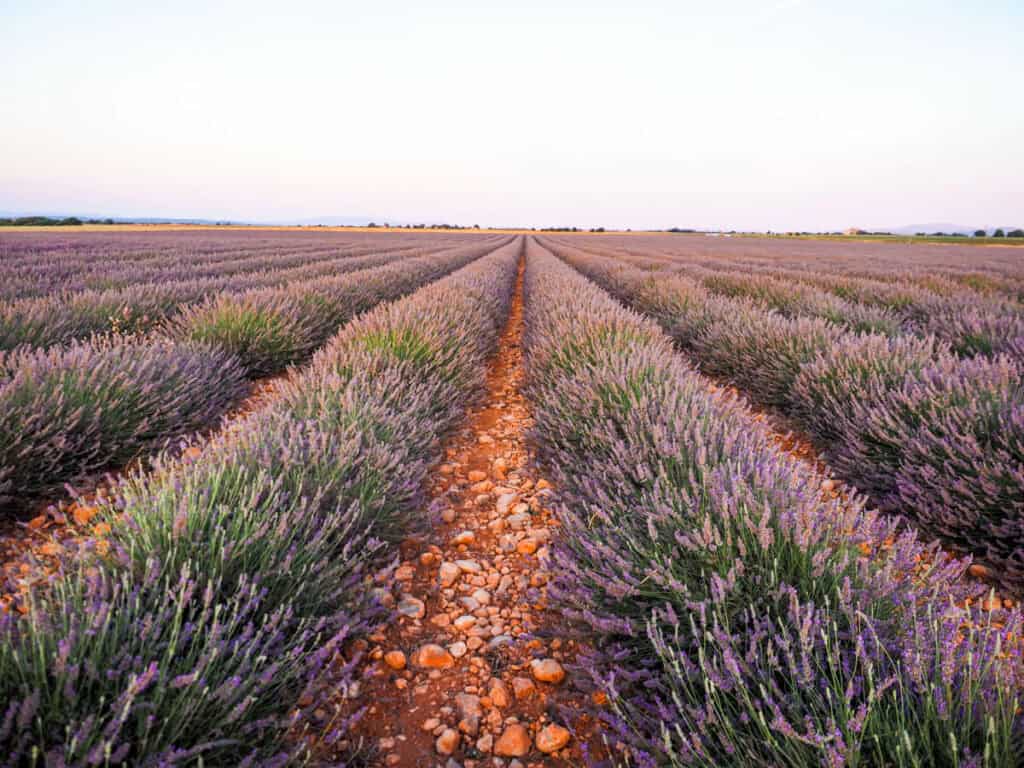
You do not need to do this at all, but I really enjoyed watching the sunrise over the mountains and honestly, the lighting was incredible!
However, you can also just visit to see the lavender fields in Valensole and then be on your way. I’ll be writing a whole other article just about the lavender fields in Valensole with GPS coordinates and everything so stay tuned!

After Valensole, I also recommend stopping by Gorge du Verdon for iconic photos or even a chance to swim or rent a paddleboat in the canyon! To rent paddleboats and take photos of the canyon, you’ll want to park next to Pont du Galetas. The famous photo spot of Gorge du Verdon is on this bridge.
Then, after these big stops on this long day, you can head to wherever you’re going next. For me, that was to Grasse, the Perfume Capital of the World, to start my 1 week journey through the Cote d’Azur.
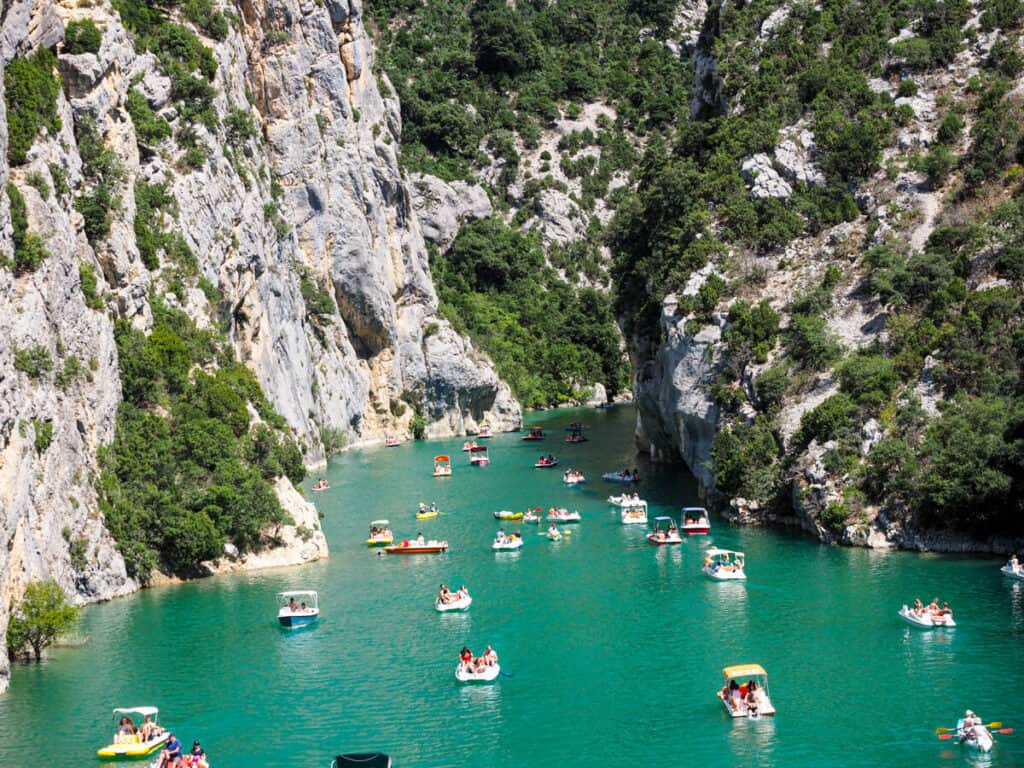
This wraps up your amazing Provence road trip including visits to Saint-Remy-de-Provence, L’Isle-sur-la-Sorgue, Avignon, and Gordes.
5 Days in Provence Map
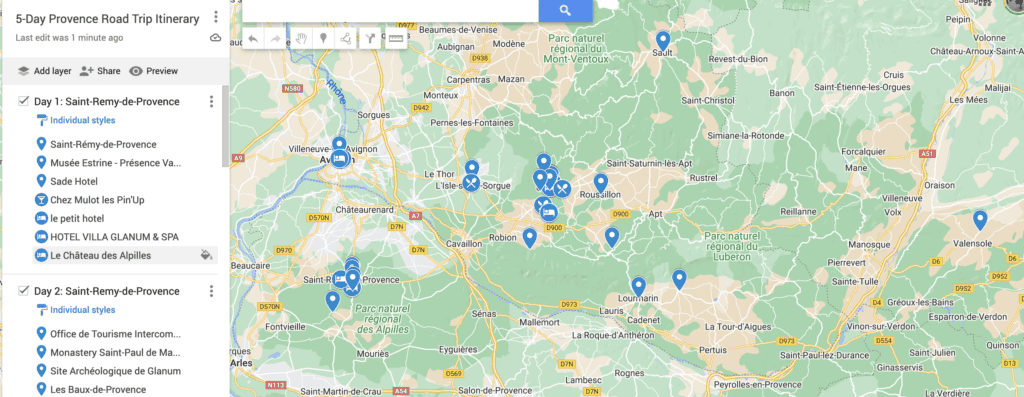
I will say that the easiest way to get around Provence is with a car. I like checking out rental car prices on AutoEurope . Just be sure to budget for things like parking, tolls, etc., which can really add up.
Also, it helps to familiarize yourself with local driving laws before your visit. I like this article to refresh my memory before driving in France and this one for French road signs .
It is also useful to have an International Driving Permit. I got this at AAA here in the US.
While having a car is great for convenience in Provence, there are other options if you choose not to do this.
The first would be to base yourself in Avignon and take day trips. You could take the bus from Avignon to Saint-Remy-de-Provence for a day.
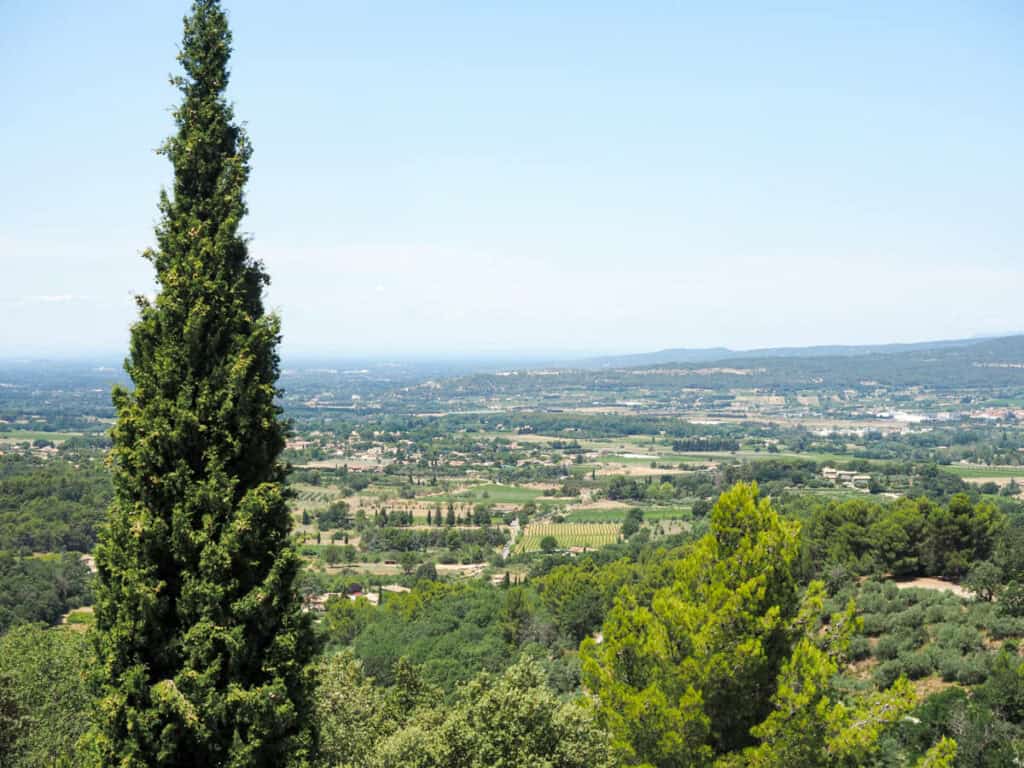
But there are other day trip ideas you could take from here like:
- Best of the Luberon in an Afternoon
- Full Day Luberon Tour
- Provence in One Day From Avignon
- E-Bike Tour of the Luberon
- Essence of Provence including Avignon, Saint-Remy-de-Provence, Baux-de-Provence, and Arles
- In the Footsteps of Van Gogh From Avignon
- Chateauneuf-de-Pape Wine Tasting from Avignon
There is also the option of visiting places like L’Isle-sur-la-Sorgue and Cavaillon via train. Check train times/prices on OuiSNCF .
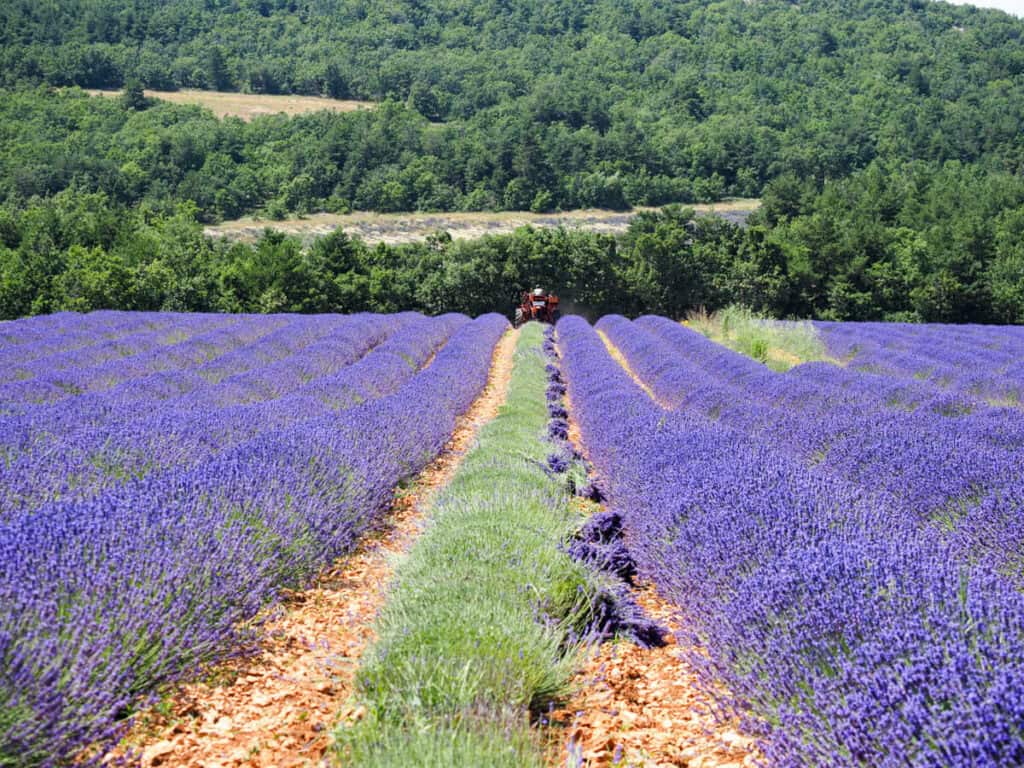
Honestly, you could visit Provence year-round. I will note that some places do close down in the winter months, though. So if you visit in the winter, you may have to research hotels and restaurants well ahead of time to figure out what is open.
And if you’re coming for a certain event or thing, such as the Festival d’Avignon or the lavender fields, then you’ll want to time your visit accordingly. For example, the lavender fields tend to be in bloom in this area in early July and begin being harvested by mid-July.
This changes yearly based on the weather, but you get the idea. Also, the Festival d’Avignon is in July.
But if you just want to visit Provence for fun, then I’d opt out of the more crowded and very hot summer months. Instead, opt for April-May and September-October for fewer crowds and better weather.
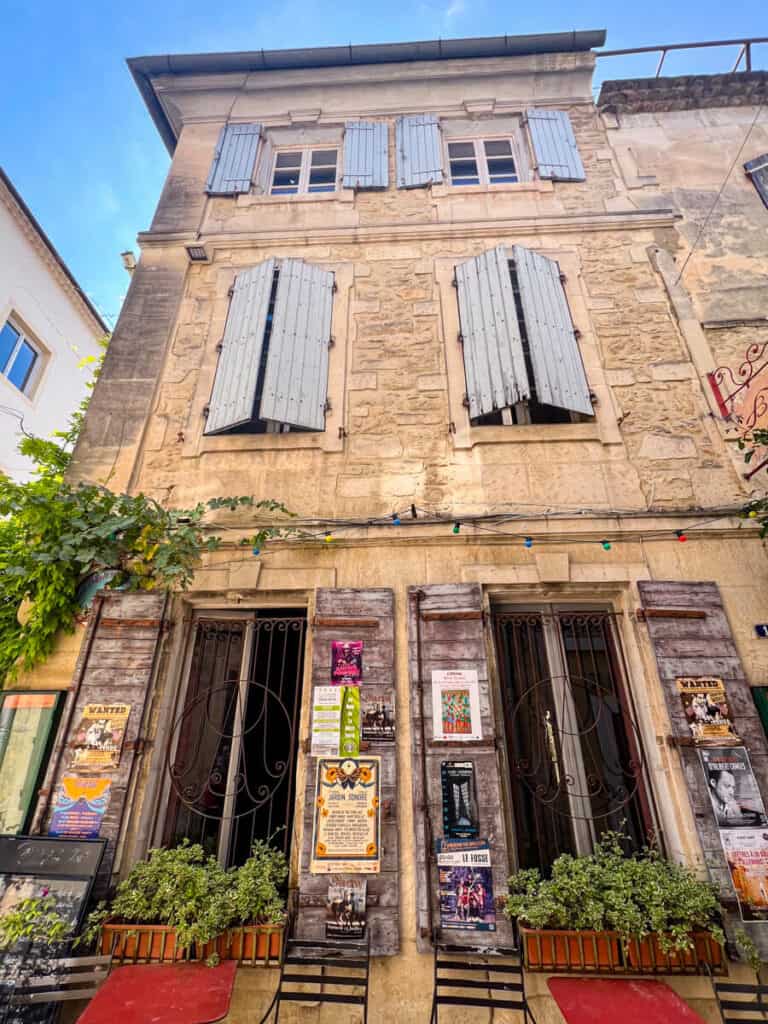
Before you head to Provence for a road trip getaway, here are some helpful things to know!
- Parking. The cities and towns have parking, but you may need to get there early (especially on market days) to get a spot. I will note that many parking spots that aren’t in a garage are payable via app. In Gordes, the ParkMobile App was widely used and I found myself using this app a lot while in the South of France. Note that in some other towns, like L’Isle-sur-la-Sorgue, you just pay at the pay station.
- Sunscreen is necessary! With 300 days of sunshine a year, the sun shines brightly here. Wearing sunscreen and having sun protection is necessary including sunglasses and/or hats. You can bring your own sunscreen or honestly get a bunch at a French pharmacy ! I love La Roche-Posay sunscreen!
- Learn a little French. While you’ll likely be fine in more touristy spots like Gordes and Avignon, there will be times when it helps to know a few phrases. It also is just nice to learn a few keywords/phrases ahead of time. I have a guide to 17 useful French words/phrases .
- Always say “Bonjour/Bonsoir.” When you enter in a shop, or have any kind of interaction with someone, it is important to start with “bonjour” or “bonsoir.” It is considered rude not to. I typically start saying “bonsoir” around 5 pm or just closer to sunset depending on the time of year.
- Always have cash on you. There are many places, especially at markets, where credit cards won’t be accepted. Just have cash on you regardless so you can pay and enjoy the markets and such.
- Enjoy the local products. Some of my favorite French markets are in Provence. Why? Because I love all the great products made here! There are lavender products including soaps and oils, spices, fresh fruits (if you have the chance to try a melon from Cavaillon-do it!), other scented soaps, olives, tapenades, olive oils, olive wood products, and more! Plus the veggies are so good!
- Enjoy the relaxed pace. Life moves a little slower in Provence. You’re not in the city anymore and it just feels nice to take your time. Linger over your coffee, wander through markets, and enjoy the slower pace of life!
This is the ultimate 5-day Provence itinerary and guide. I hope after your trip to Provence you’ll fall head over heels with this place like I did! Between the chirping sounds of cicadas to the vibrant markets, you’ll defintely find something to love here.
Would you like to visit Provence? What would you like to see?
Want more France travel inspiration? Check out these posts:
- 1 Day in Nice
- 1 Day in Cannes
- 3 Days in Cannes
- Best Things to Do in Cassis
- Ultimate 7-Day Normandy Road Trip
- 3 Days in the Loire Valley
- Best Loire Valley Chateaux
- Things to Do in Orleans
- Best Things to Do in Grenoble
- Best Things to Do in Lyon
- Ultimate Champagne Weekend Itinerary
- Reims or Eperany: Which Should You Visit?
- Champagne Tasting Guide to Reims
- Best Things to Do in Epernay
- Best Things to Do in Dijon For an Epic Weekend
- Top Things to Do in Beaune
- How to Spend 1 Day in Annecy
- Best Day Trips From Annecy
- Winter Guide to Annecy
- Best Things to Do in Deauville
Follow the journey!
Signup for exclusive travel tips for France!
Thanks for subscribing! Be sure to check your email to confirm your subscription.
Pin it here!
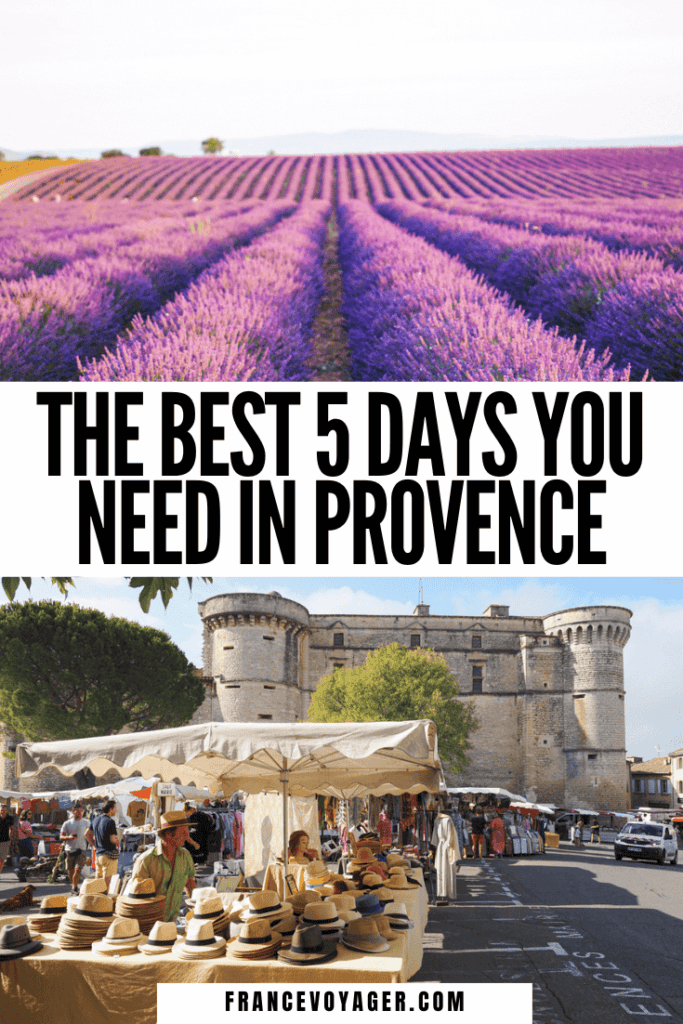
Kat is the France travel expert behind France Voyager. After studying abroad in Grenoble and traveling throughout France, she fell head over heels for the country. She has since visited many times since 2012 and is sharing all the tips for visiting France in this blog, which she has run for 3 years. Kat shares places she has traveled to and provides tips based on her own personal experiences of traveling and living in France. Aside from France Voyager, Kat also has a couple’s travel blog called World Wide Honeymoon and a podcast that she co-hosts with her husband, Chris, called the World Wide Honeymoon Travel Podcast.
Leave a Comment Cancel reply
Save my name, email, and website in this browser for the next time I comment.
This site uses Akismet to reduce spam. Learn how your comment data is processed .

5-day South of France itinerary: Provence road trip for nature lovers
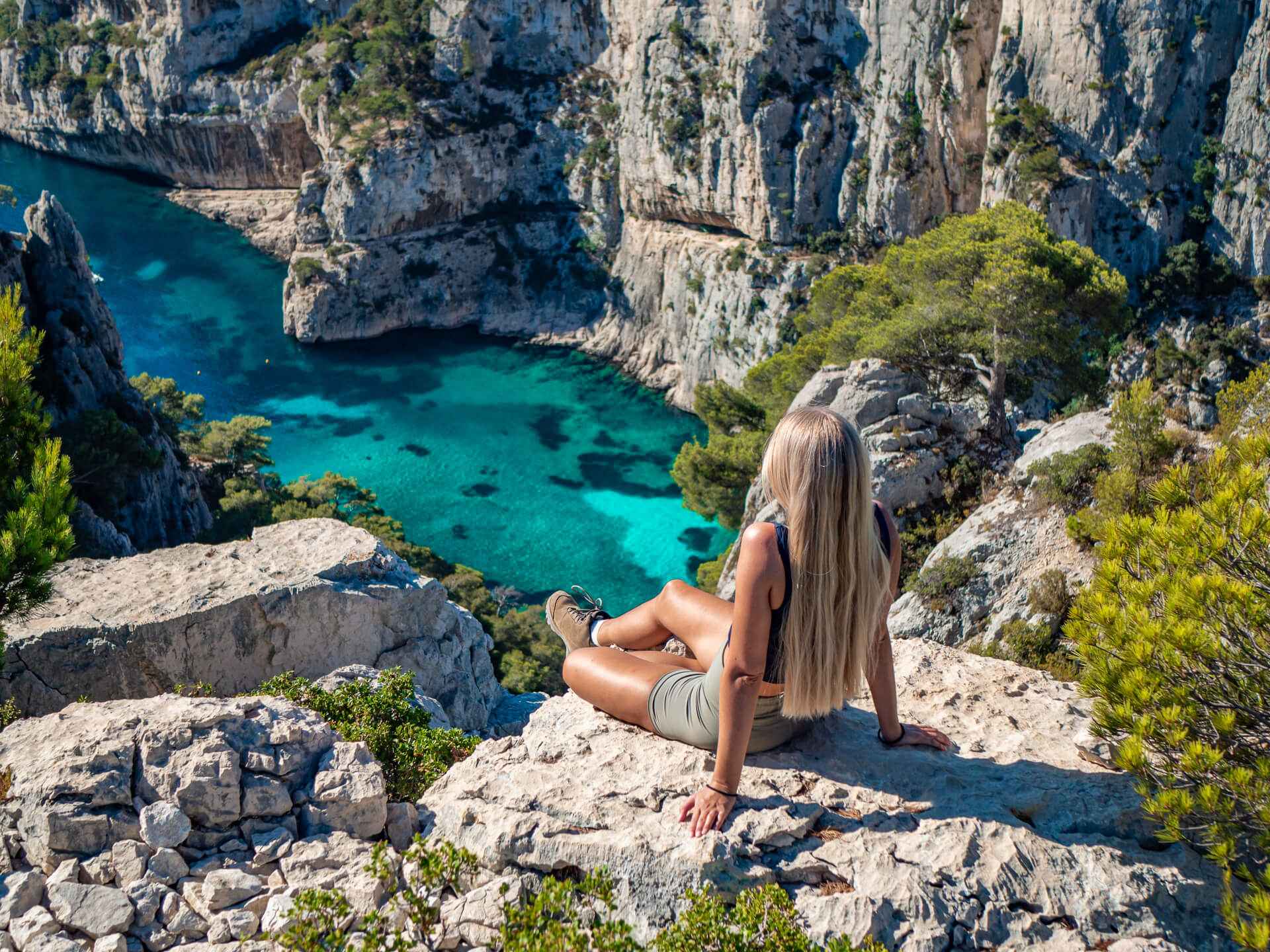
Spanning across the southeastern corner of France, Provence is known for its fragrant lavender fields, fairytale villages, picturesque landscapes and azure blue seas. It is one of the most visited regions in the country and a dream destination for many travelers around the globe.
With so much to see and do, it’s impossible to explore all the treasures of Provence in one trip, but this 5-day South of France itinerary will surely give you a taste of what this fascinating region has to offer. The best way to experience this part of France is to rent a car or a campervan and take a Provence road trip since many of the top attractions are situated in rather remote places.
As is the case with most of my travel itineraries, this Southern France road trip itinerary focuses on the most beautiful natural attractions and the scenic countryside, and doesn’t include big cities. If you’re keen on seeing the region’s larger cities like Nice, Marseille and Cannes, you can easily add these stops and adjust the itinerary to suit your preferences.
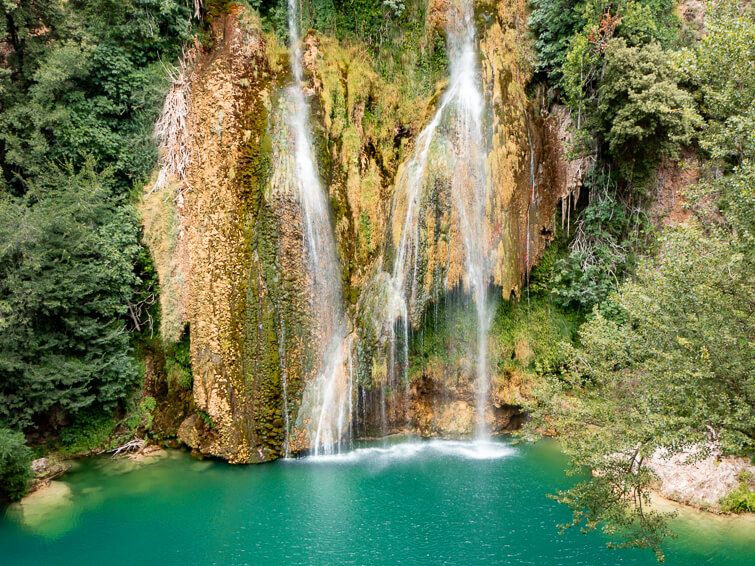
Since this Provence itinerary is a circular route, you could start it either in Nice, Marseille, Avignon or any other place nearby. In this blog post, I will describe the itinerary starting from Avignon. You can see the exact driving route on the map at the end of the article.
Disclosure: This article contains affiliate links from which I may make a commission at no additional cost to you if you make a purchase.
The best time to do this South of France road trip
The best time to go on this Provence road trip is from late spring to early autumn. The weather in this period is usually dry and warm and the days are long, making it the perfect time for outdoor activities, beach visits and exploring the charming countryside.
If your main goal is to see the famous Provence lavender fields in bloom, you should time your visit between late June and mid-July. We visited Provence in late July (after exploring the strikingly beautiful Chamonix area) and as we expected, all the lavender was already harvested by then.
June to August is also the peak tourism season in Provence, which means that there are more crowds and accommodation prices are higher. Depending on the weather, some attractions (like the Ochre Trail or Calanques National Park) might sometimes be closed in the summer due to the risk of wildfires.
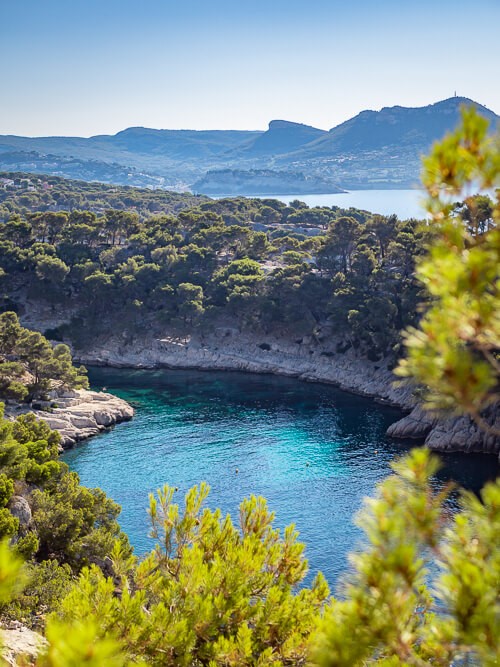
Driving in Provence
Driving in Provence is safe and pretty simple. The majority of the roads are paved and in good condition.
There are some toll roads, which are of course more convenient and take you to your destination faster, but they can be quite pricy. The small local roads are slower but offer a more scenic drive past enchanting vineyards, olive groves, chateaus and quaint villages.
Be aware that some of the roads in the mountains are quite narrow and curvy so you need to be extra careful.
We did this Provence road trip with a campervan and really enjoyed it. France offers fantastic conditions for campervanning or motorhoming and we love the freedom and flexibility that comes with this type of travel. If this is something you’d like to do as well, check out Motorhome Republic to find great deals on motorhome, RV and campervan rental in France.
For those who prefer to do this road trip with a regular car and sleep in hotels, I’ve also included my hotel recommendations for each of the days in this South of France itinerary.
As I mentioned earlier, the starting point of this itinerary is Avignon, but you could also start in Nice or Marseille and follow the same circular route (just with a different starting point).
Avignon can easily be reached from Paris by the high-speed TGV train and the journey takes only 2 hours and 40 minutes. Find the schedules and book tickets here . There are several car rental agencies at the Avignon TGV train station.
Day 1: Luberon villages and lavender fields
After picking up your rental car, kick off your 5-day South of France itinerary by visiting some lovely hilltop villages in the Luberon region, just an hour’s drive from Avignon. I explored the villages of Gordes and Roussillon, which are both well worth a visit but I’ve also heard great things about Ansouis, Bonnieux and Goult.
Gordes is often considered to be the prettiest of the Luberon villages (though I have to say I liked Roussillon better).
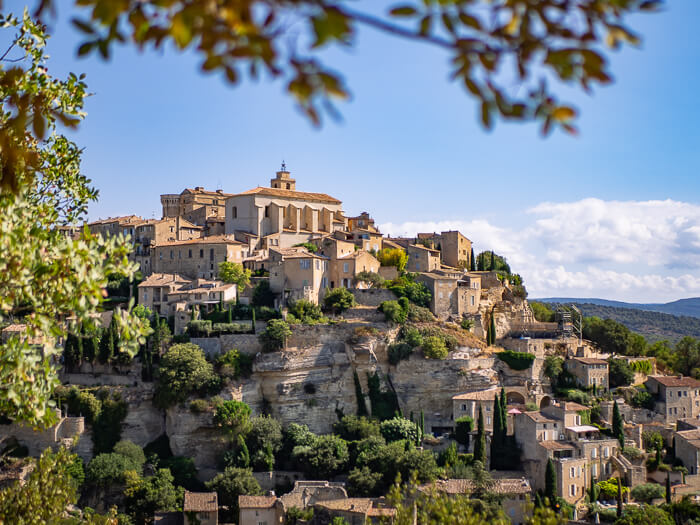
Right before entering Gordes, be sure to stop at the roadside lookout point for a glorious view of the entire village. You can find its exact location by searching ‘Town View Point Gordes’ on Google Maps. I’ve also pinned it on the Provence road trip map at the end of this post.
Built on the side of a hill, Gordes is home to medieval stone houses and a labyrinth of steep alleyways. Here you can find charming cafes, restaurants and small souvenir shops selling local handicrafts. Take a stroll through its narrow cobblestone streets, grab a cup of coffee or some lavender ice cream and enjoy the sweeping views of the idyllic Provence countryside.
If you happen to be in Gordes on a Tuesday morning, you can visit the local market in the village square.
Roussillon & the Ochre Trail
Next, drive to the nearby village of Roussillon. What makes this small village so unique is the fact that all of its buildings are dyed in various hues of orange, pink and red. The reason for this is that Roussillon is situated in the middle of one of the largest ochre (a natural pigment) deposits in the world.
With its colorful facades and winding alleys, it’s a truly picturesque village where every corner is worth a photo. The streets and squares here are lined with outdoor cafes, art galleries and small boutiques selling lavender products, ceramics and jewellery.
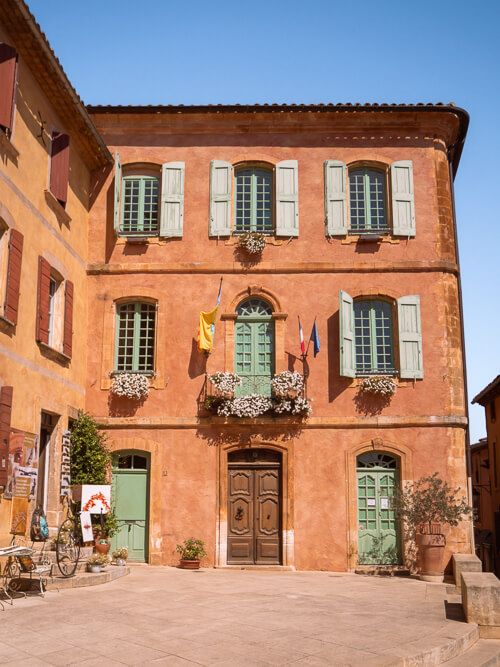
Consider also walking the Ochre Trail (Sentier des Ocres) in Roussillon. You can choose between a 30-minute or a 60-minute trail. Both of them take you through the former ochre quarry and allow you to get a closer look at the magnificent orange cliffs and rock formations.
Unfortunately, I didn’t get a chance to walk the Ochre Trail as it was closed due to a fire risk during my visit.
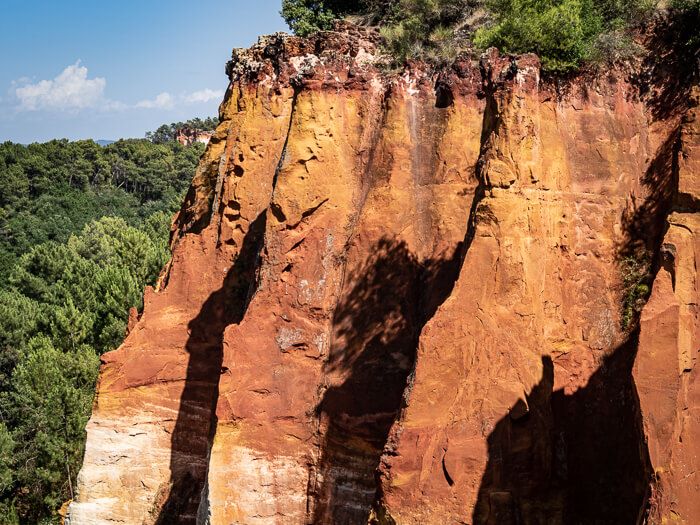
After roaming around Roussillon, drive to the Valensole Plateau. It is the best and most famous place to see lavender fields in Provence so if you’re visiting during lavender season, don’t miss it! This is where you’ll find those iconic seemingly endless lavender fields that you’ve probably seen in many photos.
As I mentioned earlier, all the lavender in Valensole was already harvested when we did our Provence road trip in late July. Nevertheless, it was a scenic drive through rolling hills and farmlands, and there was hardly anyone there.
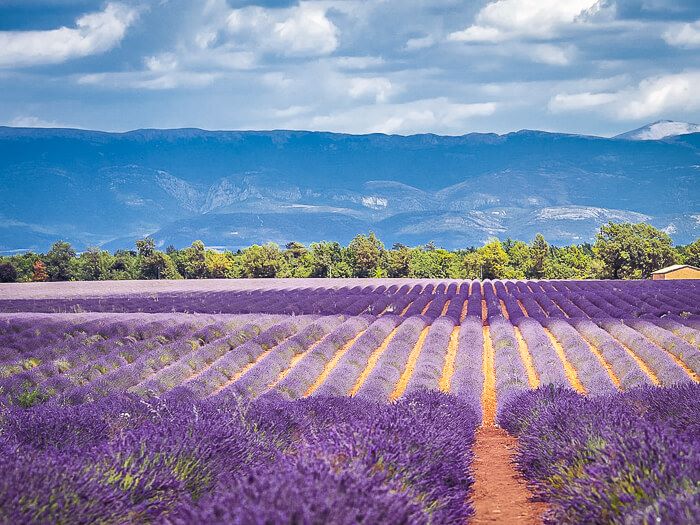
Where to stay
Spend the next two nights in Moustiers-Sainte-Marie, my favorite village in this 5-day Southern France itinerary! You’ll probably arrive quite late and not have time to properly see the village on the first night but don’t panic, you’ll have plenty of time to do this on day 2.
Here are my top picks on where to stay in Moustiers-Sainte-Marie:
MID-RANGE: La Ferme Rose This fabulous boutique hotel is full of character and features quirky rooms decorated with antique objects. There’s also a fantastic pool with mountain views.
LUXURY: La Bastide de Moustiers If you’re looking for a romantic Provençal countryside retreat, there’s no better place than this one. Owned by the famous French chef, Alain Ducasse, this renovated country house boasts a Michelin-star restaurant and rustic yet luxurious rooms.
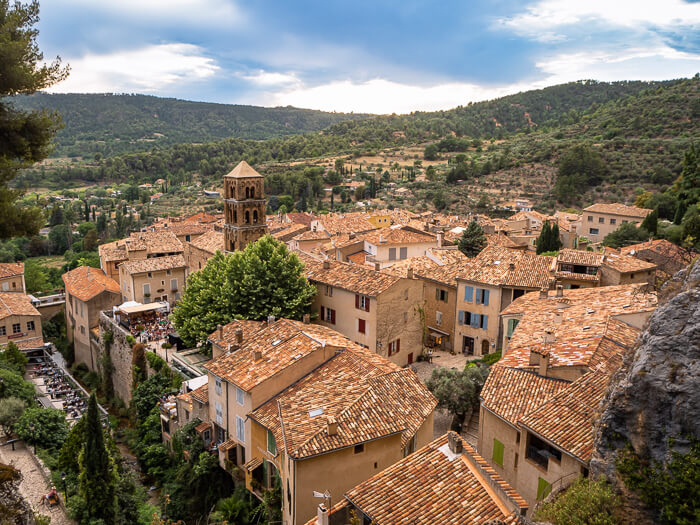
Day 2: Lake of Sainte-Croix, Verdon Gorge & Moustiers-Sainte-Marie
Lake of sainte-croix & verdon gorge.
On the second day of your road trip in Provence, get ready to explore one of the most beautiful lakes in France , Lac de Sainte-Croix and the adjacent Verdon Gorge.
Located in the heart of Verdon Natural Regional Park, this spectacular man-made lake is an ideal place to spend a hot summer day. Swimming in its calm, turquoise, bathtub-warm water is definitely one of the highlights of this 5-day South of France itinerary.
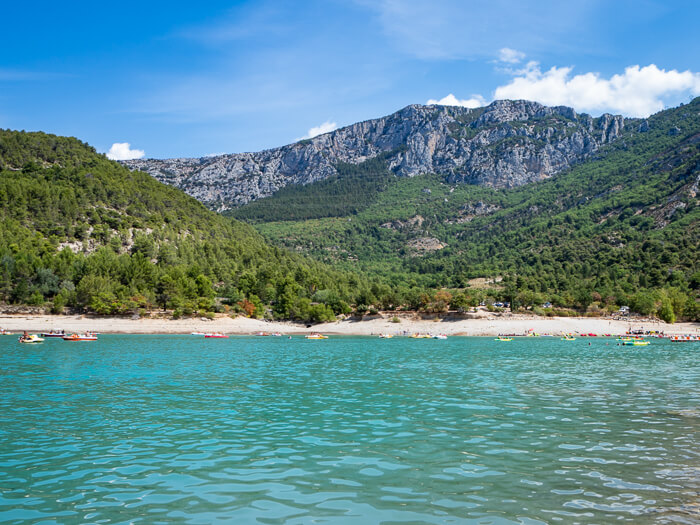
At the lake’s northern tip, you’ll find the mouth of the gigantic Verdon Gorge, also known as the Grand Canyon of France. With its dramatic cliffs and untouched nature, it is one of the most impressive natural wonders of Provence. To get the iconic Verdon Gorge photo, head to Pont du Galetas bridge.
A popular thing to do here is to rent kayaks or pedalo boats near the bridge and cruise along the river into the gorge. During our visit, however, the region had been hit by a serious drought which caused the water level to be so low that boats couldn’t enter the gorge. Unfortunately, this is becoming more and more common due to climate change.
If the water level is too low for boats or you’re simply craving something a bit more adventurous, consider doing this epic ‘aqua trekking’ experience , where you float through the gorge with a life jacket.

Route des Crêtes Verdon
Another fun (and a lot less known) way to see Verdon Gorge is to take a road trip along its rim. You can either drive around the entire gorge or just take the shorter but very scenic Route des Crêtes.
We chose the latter option. Starting at the village of La Palud-sur-Verdon, this loop road passes 14 lookout points or ‘Belvederes’ with jaw-dropping views of the magnificent gorge below. Although it might sound like a hair-raising drive along the edge of a cliff, I was actually surprised by how safe it felt to drive there.
Read my detailed post about the Route des Crêtes Verdon for more useful tips on how to do this road trip.
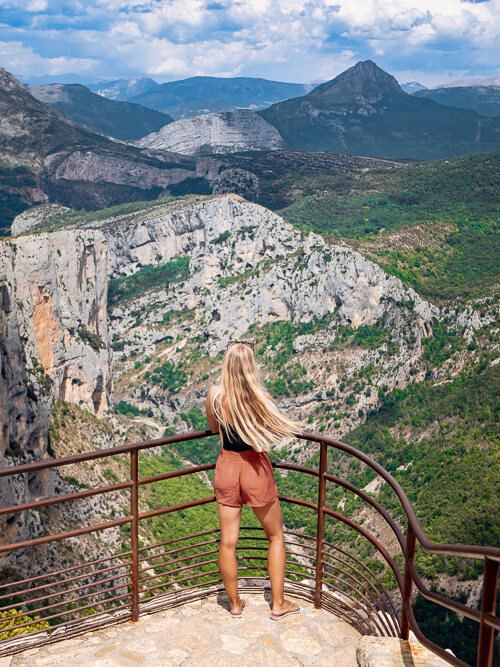
Moustiers-Sainte-Marie
Spend your evening wandering around Moustiers-Sainte-Marie. It is ranked as one of the most beautiful villages in France and it’s easy to see why.
Situated below towering limestone cliffs and surrounded by olive groves, the village boasts an exceptional natural setting. Its narrow streets are lined with adorable pastel-colored houses, small fountains and shops selling local pottery. And to top it off, there’s also a waterfall running through the center of Moustiers. This medieval village really can’t get more picturesque.
For a wonderful view over the rooftops of Moustiers-Sainte-Marie, walk up to the Chapel Notre-Dame de Beauvoir high above the village.
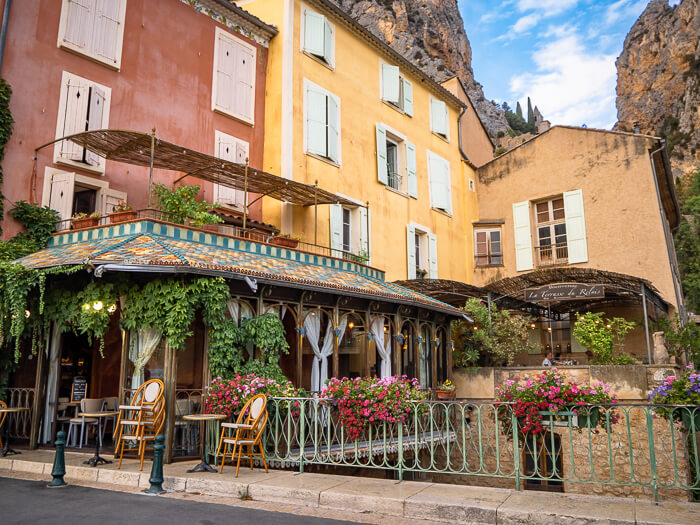
Spend another night in Moustiers-Ste-Marie at La Ferme Rose hotel or the gorgeous La Bastide de Moustiers country house.
Day 3: Cascade de Sillans & Saint-Tropez
Cascade de sillans.
Continue your South of France road trip by driving to Cascade de Sillans waterfall. Surprisingly, I haven’t seen this place featured in any Provence itineraries, but I think it’s a must-visit spot if you’re fascinated by waterfalls like I am!
In Sillans-la-Cascade village, a short forest trail leads you to an observation deck where you can marvel at this mesmerizing 44-meter (144 ft) waterfall with a gorgeous turquoise pool and lush green vegetation around it. This place could easily be somewhere in Costa Rica !
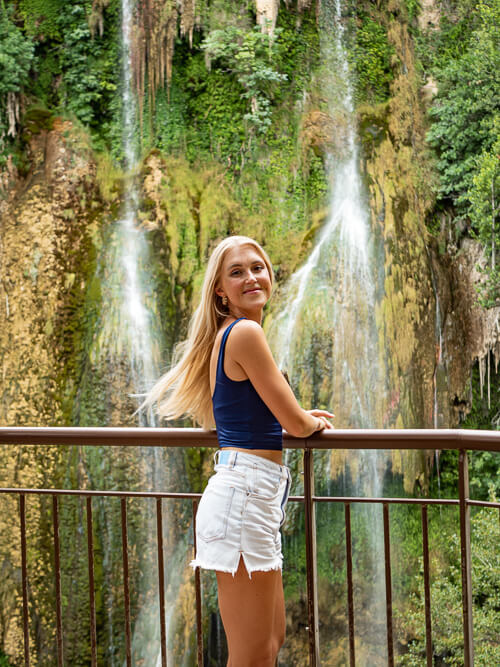
Note that at this observation deck, you can just view the waterfall from a distance and not actually get close to the water. If you’d like to visit the river at the bottom of the waterfall, you need to take an entirely different trail, one called ‘Circuit de Randonnée – La Cascade’ in Google Maps.
The trail takes you to a magical spot with a clear emerald river flowing through a tranquil forest. If you feel like going for a dip, you are allowed to do so in the river (but not in the pool of the waterfall).
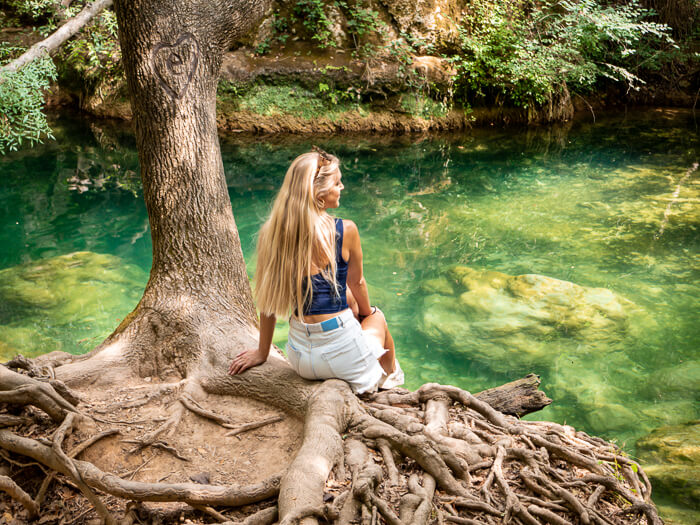
Saint-Tropez
Next, it’s time to head to Saint-Tropez, an iconic coastal town on the French Riviera. Known as a glamorous beach holiday destination, Saint-Tropez is home to luxury yachts, upscale boutiques and a small historic quarter full of colorful old buildings.
While the town is worth a quick visit, the real allure of Saint-Tropez lies in the fabulous sandy beaches around it.
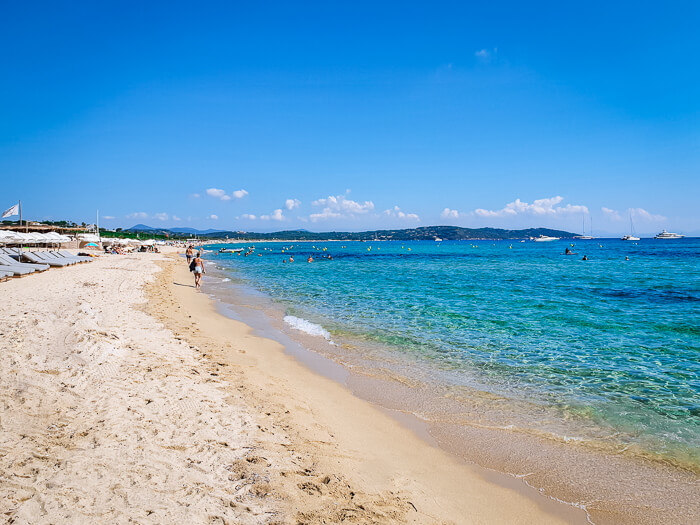
At Pampelonne beach (Plage de Pampelonne), you’ll find a 5 km (3 mi) long stretch of white sand and shimmering turquoise water. Several posh beach clubs line the shore and offer parasols and chairs for rent, but you can also just throw down your towel on the sand and enjoy the beach for free.
From Pampelonne beach you can also take this 3-hour kayaking tour to a secluded cove where you can snorkel with colorful marine life such as seahorses, starfish and cuttlefish.
Bouillabaisse beach is another wonderful sandy beach, which doesn’t have quite as blue water but is an excellent place for watching the sunset.
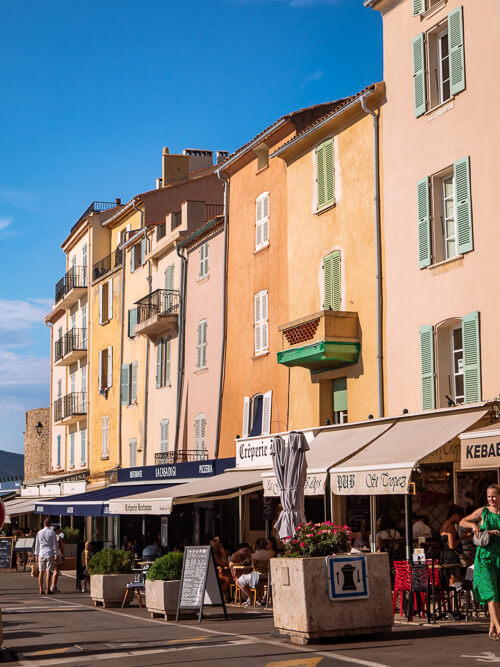
Spend the night in or near Saint-Tropez.
MID-RANGE: Domaine Les Mésanges Surrounded by vineyards, this charming Provencal country house is a 5-minute drive from Saint-Tropez and has a heated pool, a large garden with olive trees and rooms with rustic decor.
LUXURY: Villa Cosy Hotel & Spa A 5-star boutique hotel located just a short walk from Saint-Tropez center. It features spacious contemporary rooms and an outdoor swimming pool surrounded by a serene garden. There’s also a beautiful spa with a sauna and jacuzzi.
Day 4: La Ciotat, Parc du Mugel & Cassis
The 4th day of this South of France itinerary will be all about exploring the beautiful Mediterranean coastline.
La Ciotat & Parc du Mugel
Start your day with a visit to the seaside town of La Ciotat. This town has a relaxed Mediterranean feel and is home to an old harbor surrounded by brightly colored houses and sidewalk cafes. There’s also a small historic quarter worth strolling through and a waterfront promenade lined with palm trees.
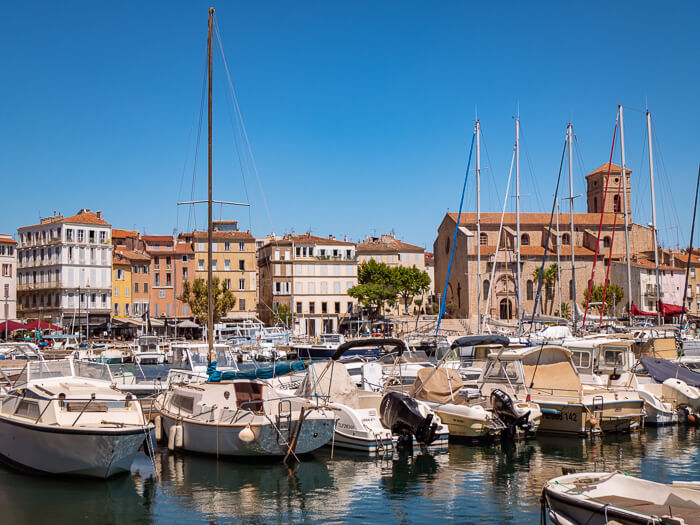
The main reason I recommend visiting La Ciotat though is Parc du Mugel. Set on a rocky peninsula, this 12-hectare botanical garden features a variety of exotic plants and views of the massive Bec de l’Aigle (The Eagle’s Beak) rock.
The park also has two small pebble beaches – Grand Mugel and Petit Mugel. Thanks to their calm, crystal-clear water, these beaches are great for snorkeling, and you’re likely to see a variety of fish around the rocks.
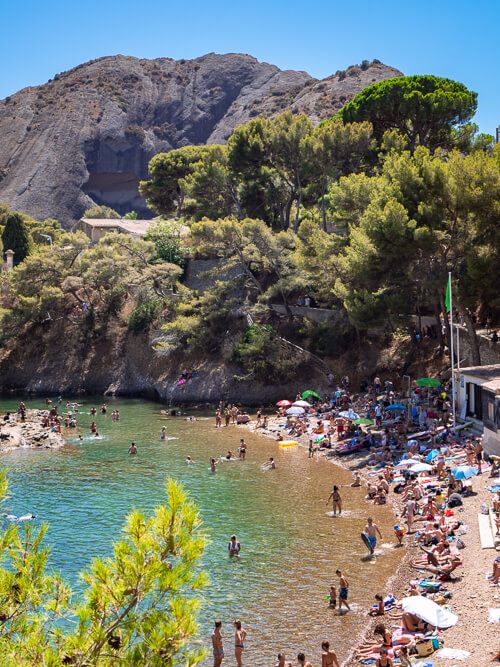
After exploring La Ciotat, head to the neighboring town of Cassis, only 30 minutes away.
With its bustling port area, fantastic seafood restaurants and lovely old architecture, Cassis is a quintessentially charming French seaside town. Right next to the port lies the sandy Plage de la Grande Mer beach perfect for a quick dip. There’s also a medieval chateau perched on a cliff overlooking the port of Cassis.
Because of its beauty, Cassis attracts a lot of visitors in the summer months, so don’t expect to find peace and tranquility here (at least not in the center of the town).
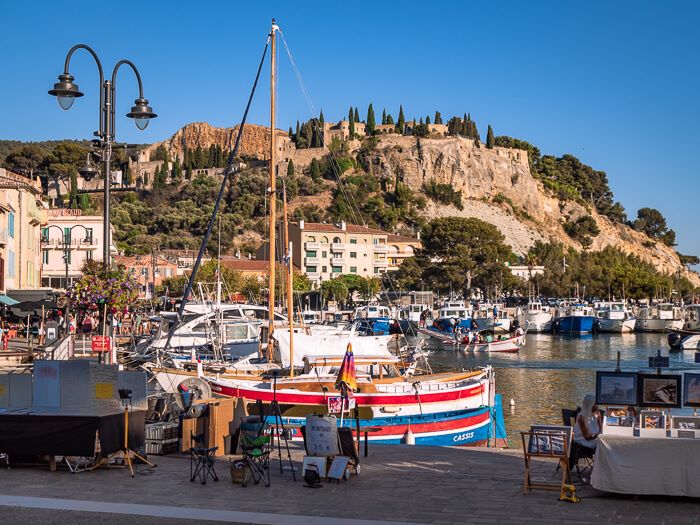
Spend the night in Cassis.
MID-RANGE: Hotel Les Volets Rouges This is an eco-friendly boutique hotel in a quiet location surrounded by a pine forest. Their rooms are bright and tastefully decorated, and almost all have a private terrace.
LUXURY: Hôtel Les Roches Blanches If you’re looking for some luxury and world-class service, the 5-star Hôtel Les Roches Blanches is the best choice in Cassis. This stunning waterfront property features two infinity pools and views of the Mediterranean sea.
Day 5: Calanques National Park, return to Avignon
On the final day of your 5-day South of France itinerary, get up early to visit the spectacular Calanques National Park .
Extending along the coast between Cassis and Marseille, this national park is undoubtedly one of the most breathtaking sights in Provence. Here, towering limestone cliffs rise vertically from the neon blue waters of the Mediterranean and form narrow sheltered inlets known as ‘Calanques’.
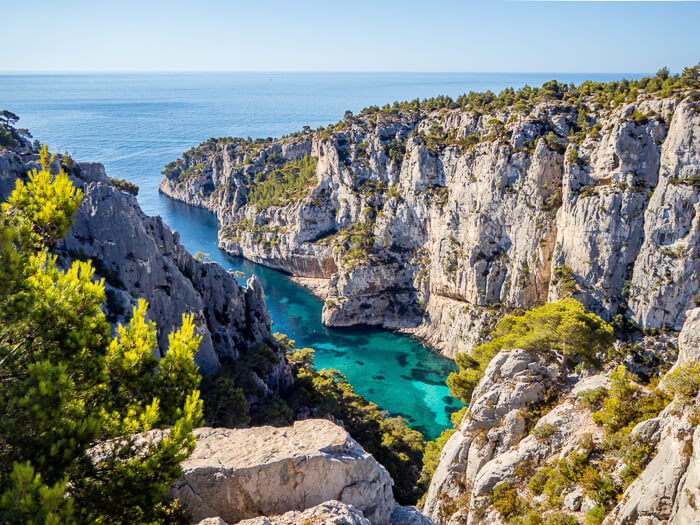
To access the most beautiful Calanques and swim in their irresistible turquoise waters, you’ll either need to hike, mountain bike or approach them from the sea. We hiked from Port-Miou to Calanque d’En Vau and back, which took us about 4.5 hours, including breaks for taking photos and relaxing on the beaches.

If you’d like to visit the Calanques on a tour, here are some fun options:
- A stand-up paddle-boarding tour from Cassis
- A relaxing cruise aboard a sailing yacht with lunch departing from Marseille
- An electric mountain bike tour from Marseille
- A guided sea kayaking tour from Cassis
P.S. I’ve seen many travel blogs state that it’s not possible to visit the Calanques by land or that it’s closed for hiking in the summer. This is simply not true. You can definitely access the park by land, just be aware that during the summer, on some days the trails might be closed due to the risk of wildfires (you can find daily updates in the ‘Mes Calanques’ app). And if that’s the case, then taking a kayak, SUP or a boat tour of the park is an excellent alternative.
Once you’re done marveling at the Calanques, it’s time to round off your Provence road trip and return your rental car to Avignon. The drive from Cassis/Marseille to Avignon should take you around 1.5 hours.
5-day Provence road trip map
On this map, you can see the locations of all the stops in this Provence travel itinerary, as well as the driving routes. Click on the icon in the top left corner of the map for more details.
Other places to include in your South of France road trip
Provence is full of exciting places to explore and it’s impossible to visit all of them in 5 days. If you’re lucky enough to have more than 5 days in Provence, or you’re just looking to add other stops to your itinerary, here are some places and activities to consider:
- Visit wineries and taste the beloved Provence rosé. Some of the most famous vineyards/wineries you can visit (and spend a night at) are Château De Berne , Château De Saint Martin and Domaine de Fontenille .
- Explore more of the glamorous beach resorts of the French Riviera, such as Cannes, Nice, Monaco and Menton.
- If you’re interested in seeing some of the larger towns in the region, visit Marseille, Avignon, Aix-en-Provence or Nice.
5-day South of France itinerary: Final thoughts
From fairytale villages and natural wonders to a mesmerizing coastline, this beautiful region in Southern France has so much to offer.
I hope this post gave you some inspiration for planning your own Provence road trip and convinced you to add some new places to your France bucket list!
Be sure to check out my other France travel guides as well:
- Best things to do in Chamonix, the French Alps
- 11 beautiful lakes to visit in France
- Route des Cretes, a scenic mountain road in Provence
- Lac Blanc hike: One of the best walks in the French Alps
- Grand Balcon Nord hike: An alpine walk in Chamonix
Enjoyed reading about this Provence road trip? Pin it!

Best things to do in Chamonix in the summer
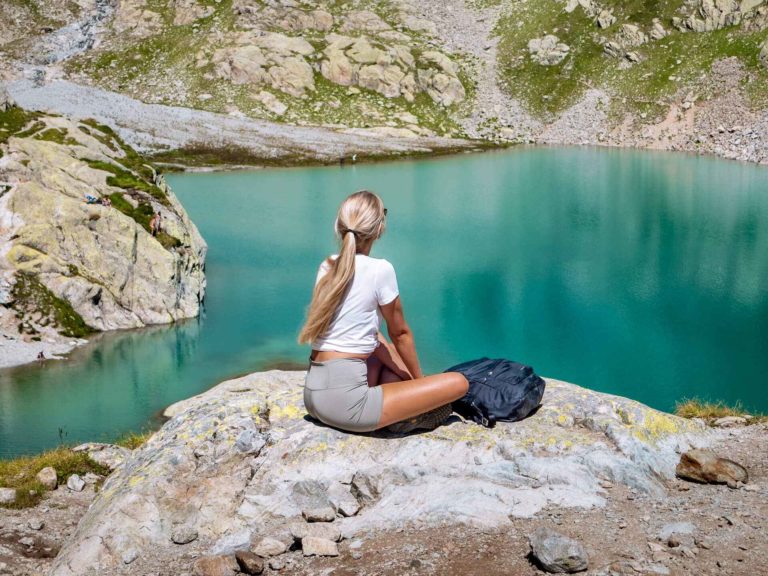
Lac Blanc hike: One of the most beautiful walks in Chamonix, France
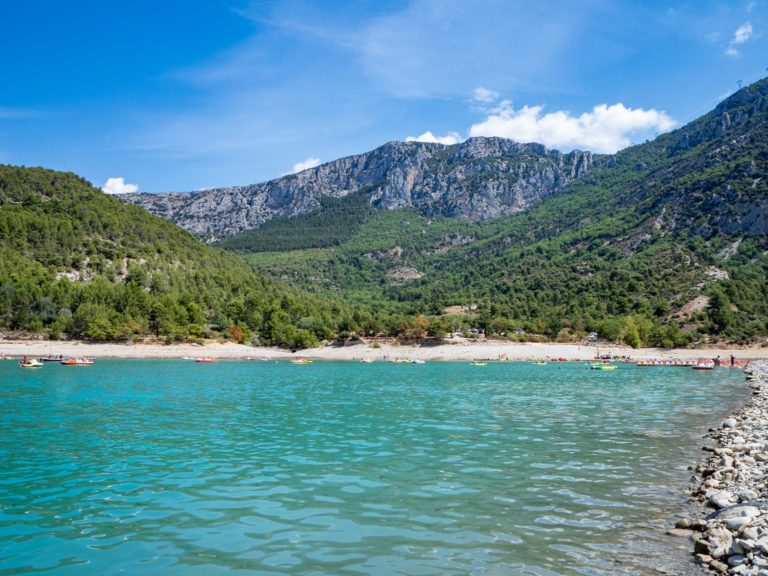
Best lakes in France: 11 enchanting lake destinations to visit
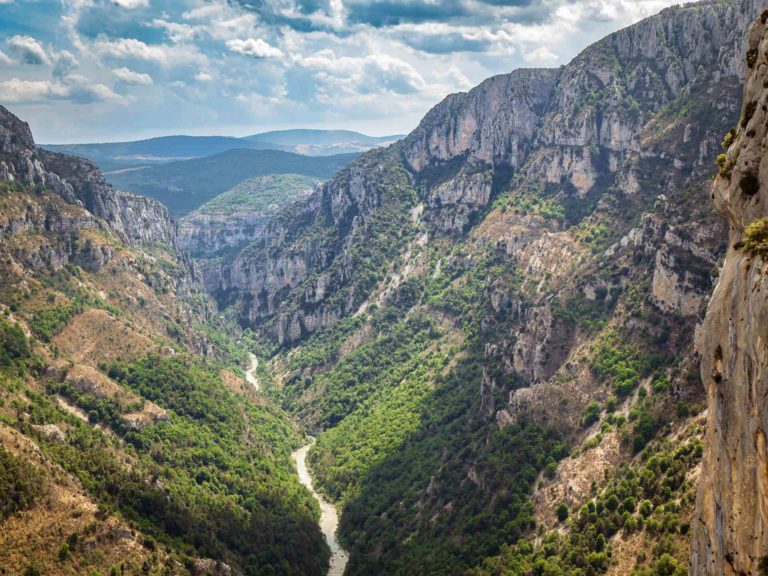
Driving the scenic Route des Cretes of Verdon Gorge in France
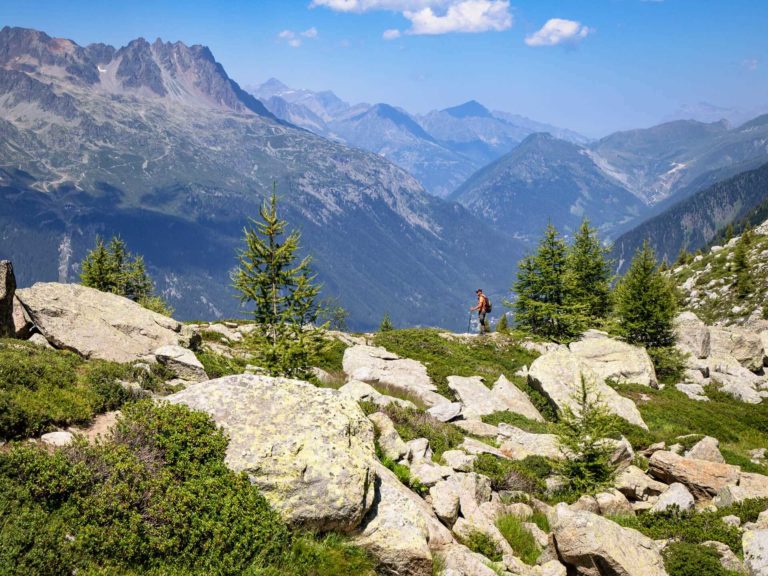
Grand Balcon Nord, a scenic alpine walk in Chamonix
10 comments.
This is a lovely (and timely!) post. My husband and I are planning our May 2023 trip to France, and appreciate how thorough you were about the sights to explore in Provence.
We have just barely 5 days to travel through southern France, so I’m leaning towards prioritizing Cassis over St. Tropez. Do you have a strong recommendation? We are equally interested in hiking and exploring a coastal town but recognize we likely don’t have time to give both Day 4 and Day 5 sights justice. Any insight is much appreciate!
Hi Esther. Glad to hear you found the post helpful! If I had to choose between Cassis and St. Tropez, I would definitely choose Cassis. I think the town itself is more charming and I also really loved the Calanque d’En Vau hike which starts in Cassis.
This is amazing and hits all my top bucket lists for the trip. Wondering if I can start in Cassis and loop around to finish in St. Tropez since I have a flight out of Nice. I’m going to be there on 20-25 July so will it be too late to see the lavender fields.. is there anywhere else I can see them. Definitely want to do one hike and one water activity
That’s awesome Kinnari! You can definitely start in Cassis and finish in St. Tropez. Regarding the lavender, I’m afraid it’s too late, I’m not aware of any place where you could see them at that time.
My husband and I were thinking of hitting up this road trip this summer during the first week of July! And we’d love to campervan it! How did you find places to park and stay for the night?
Hi Josephine. That’s a great plan, we absolutely loved doing it by campervan! We use the Park4Night app to find parking spots.
Hey! Thanks so much for this detailed itinerary. What’s the total driving time for it?
You’re welcome! Sorry I don’t remember how many hours it took to drive. But it’s easily doable in 5 days.
LOVED the blog. It was super helpful as I’m planning my trip. Thank you!
You’re welcome, Esha!
Leave a Reply Cancel reply
Your email address will not be published. Required fields are marked *

- Road Trips in Provence
- Things to do
- The Most Beautiful Routes
From the coast of the Mediterranean to the ochre lands of the Luberon; the summits of Sainte-Victoire to the canyons of the Gorges du Verdon; and the buzz of cities to the calm of southern villages, an unexpected experience awaits you on the roads of Provence.
Circuit Durée 6 jours Lieux visités Marseille Arles Camargue Luberon Provence Verte Les Calanques
Don your sunglasses and head to the port for a coffee on the terrace. The people at the table next to you enthusiastically comment about that day’s catch. Intrigued, you order six sea urchins, the caviar of the Mediterranean that locals devour with a spoon. Then it’s off for a walk around the harbour. Here, civilisations have come and gone, leaving behind little streets, lovely tree-lined squares and ochre-coloured houses which reflect the sunlight. The heat leads you back to the shady terraces. It’s the perfect moment to order a glass of rosé, dry and smooth at the same time. The first sip will whisky you away to the sunny vines of the Pays d’ Aix , at the foot of Montagne Sainte-Victoire. At the end of the day, at the end of the pier, admire the sunset behind the « pointus » (small Mediterranean fishing boats) bobbing on the swell.
It would not take much for this journey, however short or long it may be, to invigorate you with an energetic, free spirit. The stage has been set: you are in the Mediterranean… Cassis , Marseille , Saint-Tropez , La Ciotat , Toulon ? Do you actually know what port you are in?

Head west for a safari into the wilds. Just an hour from Marseille, Aix or Avignon , the Camargue offers the unexpected landscapes of reeds, lagoons and salt marshes, the environment of flooded lands. Through your binoculars enjoy observing this little natural paradise, with 400 species of migratory birds, including the largest colony of pink flamingos in Europe. It is one of the greatest treasures in Provence ! In Arles , wander in the streets and explore the Roman ruins including the monumental arena. As at the nearby Pont du Gard, in Arles you can walk in the footsteps of the Romans . The Camargue is truly a timeless escape.

As you wander along the pedestrian-only streets of Avignon, the mistral brings in a bit of fresh air. From the majestic and imposing Palais des Papes (Palace of the Popes) you can head off on a short walk to the garden of the Rocher des Doms. In this peaceful place, the view opens onto the roofs of the city, the Pont d’Avignon, the Rhône and even Mont Ventoux , giant of Provence and star of the Tour de France. Continue on your way to perched villages , fields of lavender, vines, and sunflowers. Along pleasantly winding roadsides, the very essence of Provence parades before your eyes. Stop at L’Isle sur la Sorgue, to hunt for bargains at the antique shops or cool off on a terrace on the banks of the Sorgue. Surely you will try a little Rinquinquin, the peach aperitif that is typical of Provence ?

Careful now, say LubEUron , the locals much prefer that! Here, the cliffs are tinted yellow, orange and red. You have arrived in the Colorado Provençal . To the east you’ll find the dizzying Gorges du Verdon , which are a clarion call to adventure and to surpass oneself. But before that, nothing beats a little nap in a poppy field, with a lullaby from the cicadas.

The adventure continues. Lovers of the great outdoors looking for sublime panoramic views should ascend the peaks of Sainte-Baume . Once at the summit, the view plunges over coloured landscapes and picturesque villages. To the south, spot Aubagne and the Garlaban Massif . To the east, it’s Provence Verte, with the town of Cotignac and its rock face that hides troglodyte houses, then Barjols and its collection of fountains.

The end of your Provençal odyssey approaches. We’re off for a last turn on the Route des Crêtes , between La Ciotat and Cassis. A dry, rocky landscape flashes past you on this incredibly scenic road that smells of thyme and rosemary. The white of the cliffs gorgeously contrasts with the turquoise blue of the Mediterranean. Facing you are the Calanques , and behind them, a breath-taking and exceptional view over Marseille.
There is no secret to it, to experience Provence to the fullest you have to slow down and move at nature’s pace. Here, heat and wind set the tempo. The seasons decide the menu, and men and women, often caricatured but never equalled, welcome you with their singsong accent to introduce you to the irresistible Provençal lifestyle. Want to continue the adventure? It is completely up to you: the summits and the great Alpine outdoors await you …
Where to vacation in the Alps

- TO & Travel Agents


The Perfect 5 to 7 Days in Provence Itinerary
Last Updated on February 19, 2024
by Neota Langley
Disclaimer: This article contains affiliate links. That means if you click a link and make a purchase, we may make a small commission. As an Amazon Associate we earn from qualifying purchases. For more information, see our privacy policy.

Creating a 5 to 7 days in Provence itinerary may seem daunting but with so much on offer, it would be easy to miss out on some hidden gems. Provence is one of the most enchanting regions in France. Located in the country’s southeast, this picturesque region is known for its stunning landscapes, hilltop villages, and rich cultural heritage.
From the rolling hills of the Luberon to the dramatic coastlines of the Mediterranean, Provence is home to incredible natural beauty, history and charm and is a delightful region of Southern France.
Table of Contents
How Many Days in Provence?
While you can explore some of Provence’s towns and cities, such as Aix-en-Provence, in just 1-3 days, the best way to see this varied region is by taking 5-7 days to discover more of the natural beauty and hidden villages.
With 5 days in Provence, you can explore some of the region’s main attractions, tour the famous lavender fields and sample local cuisine in the charming towns.
If you have a little longer, spending 7 days in the area is the best way to get a natural feel for the area without feeling rushed. This way, you can enjoy the main attractions whilst taking your time to live the ‘joie de vivre’ in the Provençal sunshine.

Getting To & Around Provence
Getting to Provence is relatively easy, with a wide range of public transport options that serve the region’s towns and cities.
The main airports for accessing Provence are Marseille Provence Airport and Nice Côte d’Azur Airport. These are both major airports with a plethora of international flights available.
Several smaller airports serve Provence, including Avignon-Provence Airport, Nîmes-Alès-Camargue-Cévennes Airport, and Toulon-Hyères Airport. Depending on where you’re flying from, one of these airports may be a more convenient option.
The region’s buses and trains are efficient and affordable, connecting the major cities and towns. The high-speed TGV train is an excellent option for travelling between Provence and Paris or other parts of France. You can view train schedules here.
Once you have arrived in Provence, the best way to get around is by car and have a bit of a Provence road trip. If you need to hire a car, selecting a small vehicle is best, as the roads through the hills are narrow and winding. You can browse car hire options here.
Buses and smaller rail lines are available between connecting towns, but many villages and natural areas are only accessible by car, so public transport is not always a viable option.
However, that doesn’t mean hiring a car is a complete necessity. A wide range of full and half-day tours from the main towns allow you to hit the road and see the sights.

5 to 7-Day Provence Itinerary
Whether you are visiting Provence to explore the medieval towns and hilltop villages, see the iconic lavender fields or immerse yourself in the natural beauty of the surrounding national parks, this itinerary is your complete guide to making the most out of this spectacular region.
We have taken you on a journey of discovery from east to west, starting in Aix-en-Provence and ending in Avignon. Alternatively, depending on your preferred route, this itinerary can be followed backwards from west to east.
Whether you want to see Provence in 5 days or have an entire week to spend in this scenic region, there is something here for everyone. The summer is the best time to visit Provence, especially if you want to see the rolling hills covered in blankets of lavender.
Visit in the spring or autumn to avoid the crowds, but bear in mind, the main attractions are usually only open from April-October.
Day 1 – Aix-en-Provence
Aix-en-Provence is the perfect place to start on our journey through the region. Founded by the Romans in 123 BCE, Aix is incredibly charming, with bags of history and culture to discover alongside the beautiful natural surroundings. Although we will be based out of Aix-en-Provence for a few nights, it’s best to dedicate an entire day to this varied city.
The central hub of Aix is the Cours Mirabeau and the old town (Vieil Aix). Wander down the Cours Mirabeau to soak in this bustling town’s atmosphere.
This tree-lined avenue is home to some beautiful architecture, several iconic water fountains and classic Provencal cafes and bars where you can stop off for coffee, baked goods or regional wine. You can also take a walking tour of the Old Town.
The old town is just a stone’s throw from Cours Mirabeau. Wander through the cobbled streets in the morning (8 am-1 pm) to browse the local produce markets. From antiques to charcuterie, fresh fruits and vegetables to tablecloths and crafts.
Aix-en-Provence is recognised worldwide as the home of Paul Cezanne, a famous 20th-century post-impressionist artist. Here you can tour his last studio, Atelier de Cézanne, which is now a museum dedicated to Cezanne and his works.
Rising behind Aix, you can’t miss the towering Mont Sainte Victoire. An iconic landscape that inspired some of Cezanne’s most famous works. If you are an avid hiker, 250km of varied trails through the pine and eucalyptus forests surround the peak, or you can summit the mountain in around 2-3 hours.
This city is full of vibrant cafes, bars and restaurants. Try some of the regional cuisine in one of the many restaurants in the old town. Provencal cuisine blends classic French with other Mediterranean influences from Italy and Spain. You can also take a food tour to learn more about the city’s cuisine.
Choose between mouth-watering pizza and fresh pasta, delectable Spanish-style tapas, and traditional Niçoise dishes like the comforting ratatouille or the refreshing Niçoise salad. After dark, the city transforms, with late-night entertainment available in theatres, clubs and bars across the city.

Where to Stay in Aix-en-Provence
Hôtel Le Mozart – Mid-range visitors will love this 3-star hote in Aix. There are a number of comfy rooms to choose from, there’s a great breakfast on offer each morning and they have a great location for exploring the city and the Provence region as a whole.
Hôtel Cézanne – A design hotel in the centre of Provence, this is a lovely place to stay. There are several double and king rooms along with some suites to choose from. Breakfast is also available daily.
Aparthotel Adagio – Offering studio, one- and two-bedroom apartments, this is a great option for those after their own flat. They also have private parking, a good breakfast and a lovely garden to enjoy.
Not quite what you’re looking for? Click here to browse more Aix-en-Provence hotels!
Day 2 – Verdon & Lavender Fields
Day 2, and it’s time for a day trip from Aix. Weave up through the hills, sprawling vineyards and lavender fields in full bloom.
If you are looking for the perfect opportunity to photograph the iconic lavender fields, the area around the Valensole Plateau has the highest concentration of purple blooms with stunning backdrops of crumbling stone huts, gnarled trees and rolling hills.
Follow the D6 through the plateau, and you are guaranteed to stumble across some of the best photo locations. Keep an eye out for clusters of cars pulled over in laybys – it’s usually a sign that the perfect capture is a short walk away.
Stop off in Valensole for lunch, followed by a sample of some lavender gelato before continuing to the Verdon Gorge.
If you don’t have a car or want to discover the most famous lavender fields without hunting for them, several tours are available from Aix-en-Provence such as this half-day tour or this full-day tour .
The Verdon Gorge is a natural wonder known for its towering cliffs that fall into the turquoise waters of the Verdon River. It is the deepest gorge in France, and its stunning landscapes make it a popular destination for outdoor enthusiasts, hikers, and nature lovers.
Park your car beside the Pont du Galetas. Standing up on this tall bridge, you can catch a glimpse of the gorge, but the best way to explore the winding river is on the water. Vendors offer kayaks, paddleboards, and pedalos. Bear in mind during the summer months, the water can get low, so you may only be able to traverse part of the length.
Whilst the Verdon Gorge is not accessible via public transport, you can take a full-day tour from Aix. Spend the morning discovering the lavender fields, then enjoy an afternoon on the sparkling turquoise waters.

Day 3 – Calanques and Cassis
A trip to Provence would only be complete with a trip to the stunning Mediterranean coast. The Calanques National Park stretches for 20km along the rugged coastline, with plenty of hikes and secluded beaches to discover along the way.
Start your day in Cassis, a traditional fishing port town on the eastern edge of the Calanques. You can explore this quaint town on foot within an hour, so arrive early and stroll along the marina, coffee and croissant in hand, before heading out into the national park.
There are endless trails to explore with towering cliffs, crystal clear waters and hidden villages. Head out on the Calanques de Cassis trail to see the best bits of this varied landscape in a day hike.
Starting in Port Pin, the trail meanders along the coast, eventually reaching the Calanque d’En Vau. Famously known as one of the best beaches in France, you will be treated to idyllic white sands, turquoise waters and towering cliffs with deep caves.
Allow around 3 hours to complete this hike, with added time to enjoy a picnic and take a dip in the azure sea. You can also take an organised hike if you prefer to go with a guide.

Day 4 – Luberon Valley Villages
The Luberon Valley lies to the west of Aix-en-Provence on the way to our next destination, Avignon. However, this stunning valley with its hilltop villages is more than just a through road.
Made up of three mountain ranges, this ancient valley is surrounded by sprawling vineyards, lavender fields, historical sites and charming hilltop villages. Five of these villages have official’ Les Plus Beaux Villages de France’ status (most beautiful villages in France), and it’s not hard to see why.
You could easily spend more than one day exploring these hidden gems, but for this Provence itinerary, we will visit the top 3 villages in one day en route to Avignon.
Our first stop is the Bonnieux, with panoramic views across the valley. Wander through the cobbled streets to reach the church, offering some of the best views across Mount Ventoux and beyond.
Stop in on the various art galleries that line the streets, or, for the baking fanatics, Bonnieux is home to the fascinating Boulangerie Museum, housed in a 17th-century building. There is no doubt that this is one of the most charming villages in Provence.
Next is the ‘Orange Town’, Roussillon. Nestled in an ochre ridge, this charming town is built using the surrounding stone, giving it a remarkable orange tint. Wander through the picturesque streets to discover the local crafts, galleries and cafes.
If you want to get a closer look at the vibrant rock surrounding this town, the ochre trail hiking path is a great way to get up close and personal with the quarries towering orange cliffs and deep canyons. There are two options for this walk, one 50 minutes and the other just 30 minutes. Just don’t wear any white as the minerals tend to stain.
The final village on our whistle-stop Luberon Valley tour is Gordes. The crown jewel of Luberon, we’ve saved the best for last. The cobbled streets are often used as film sets as they ooze classic Provencal charm. Discover a fortified castle, top-end restaurants and wine terraces, the local produce market (Tuesdays) and a contemporary art museum.
Don’t miss the Sénanque Abbey, situated on the town’s outskirts. This 12th-century Abbey is still home to a community of Cistercian monks. Famous for its picture postcard setting, surrounded by blooms of purple lavender, it’s more than just a photo opportunity. Head into the Abbey to discover the ancient history and various lavender-based produce available in the shop.
We end the day in Avignon, the perfect base for exploring the western side of Provence. Head out to dinner in the town centre to get a feel for this charming settlement before we discover more in tomorrow’s itinerary.

Where to Stay in Avignon
Hotel Boquier – This cosy hotel is perfect for mid-range visitors to Avignon. Located in the centre of the city, they have a number of lovely rooms to choose from, on-site parking and a great breakfast available each morning.
Hotel De Cambis – Those looking for a little luxury during their Provence itinerary will love this plush hotel. Well-located for exploring Avignon, they have a range of wonderful rooms to choose from, daily breakfast and amenities like a restaurant, bar and room service to enjoy.
Chapelle du Miracle – For travellers after a private flat in Avignon, then these apartments are a good option. There are a number of flats to choose from, all fully furnished with everything you may need and they’re located in an excellent location for exploring the city.
Not quite what you’re looking for? Click here to browse more Avignon hotels!
Day 5 – Avignon
Surrounded by towering mediaeval ramparts, Avignon is steeped in history. The town centre of Avignon is a UNESCO World Heritage Site and it is an essential stop on any trip through Provence.
The city is best known for the Palais des Papes. This imposing Gothic palace served as the residence of several popes during the 14th century. Today, the Palais des Papes offers visitors daily tours providing a fascinating glimpse into the history and culture of the region.
Another iconic landmark in Avignon is the Pont d’Avignon, the remains of a picturesque bridge spanning the Rhône River.
Made famous by a catchy French song, ‘Sur le Pont d’Avignon’ (dancing on the Pont d’Avignon), only 4 of the original 22 arches remain. Washed away by the force of the Rhone, several attempts were made to rebuild the bridge, but it was abandoned in the 17th century.
Avignon is a foodie’s dream, with several Michelin-starred restaurants and high-quality budget-friendly options available. Showcasing the best of French cuisine, for a special treat, try La Mirande, holders of a regular Michelin star alongside a ‘green’ star for sustainability efforts.
For a more budget-friendly option, try EAT, a modest restaurant offering local cuisine just a short walk from the Pont d’Avignon.
If you only have 5 days in Provence, Avignon is the perfect place to round off your trip with several onward travel options available from the nearby high-speed TGV train station.

Day 6 – Arles & Camargue National Park
Day 6 begins in Arles , a historic city known for its Roman ruins and artistic heritage. Begin with a visit to the Amphitheatre, an ancient Roman arena that once held up to 20,000 spectators.
From there, you can head up to the nearby Roman Theatre, which features stunning views of the city and the surrounding countryside.
Vincent Van Gogh is arguably one of France’s most famous artists. He produced several of his most famous works while living in Arles. Here you will find a museum dedicated to his works, including a self-portrait and a Provencal landscape scene.
After spending the morning exploring Arles, make your way to the nearby Camargue National Park, a unique natural area known for its wildlife and beautiful natural marshlands. This region is home to one of the most ancient horse breeds, the Camargue pony and the iconic horned Camargue cows.
Spend the afternoon exploring the sandbanks, one of the only places in Europe you can see wild Flamingos. There are plenty of laybys and wildlife hides where you can stop and watch these pink birds resting on one leg.
You can explore the narrow roads by car, but the best way to fully immerse yourself in the wilderness is by bike. There are several hire locations on the edges of the National Park, and the roads often have dedicated cycle lanes. There are also some day tours from Avignon such as this half-day tour.

Day 7 – L’isle-sur-la-Sorgue
To round off the perfect one week in Provence, our last stop is the ‘Venice of Provence’, L’isle-sur-la-Sorgue. Located just 30 minutes from Avignon, this charming market town is technically an island in the middle of the River Sorgue, connected by scenic bridges lined with brightly coloured blooms.
L’isle-sur-la-Sorgue is often referred to as Europe’s antique capital. Along with the temporary brocants, there are plenty of antique and vintage stores down every alley. You could easily spend the entire day hunting for vintage treasures.
If you can, visit on a Sunday (which is market day) to experience one of Provence’s best markets, with over 300 vendors selling everything from local produce to antiques, pottery, and baked goods.
Just outside of L’isle-sur-la-Sorgue, on the road back towards Avignon, there is a little hidden gem worth a stop. The Grottes de Thouzon is a dramatic cave full of incredible stalactites and stalagmites. You can enter the cave on the 45-minute guided tour, where you will learn more about the geology and the accidental discovery of the cave.
If you are heading back towards Aix-en-Provence instead of Avignon , stop off at the Fontaine de Vaucluse. Here you will discover the source of the Sorgue, a mysterious natural spring.
No one knows exactly how deep this spring is, but during heavy rainfall, up to 200,000 litres of water rushes out every second making it one of the largest springs in the world.
You can rent a kayak from the village to paddle up the river or walk on one of the many trails that snake up through the woods.

Have More Time?
7 days is plenty of time to soak in the golden sunshine, fill your camera roll with photos of ancient buildings, lavender fields and hilltop villages and enjoy some of the South of France’s finest cuisine. However, if you have more time to enjoy this magnificent region, keep reading to find out what else you can see and do in the surrounding area of Provence.
Châteauneuf-du-Pape
Located just 20km north of Avignon, Châteauneuf-du-Pape is one of the most famous wine regions, known for its bold Grenache-based reds. Protected by AOC status, 3,000 acres of vineyards across the scenic valley produce this iconic wine.
Of course, the most popular activity in this area is a vineyard tour and wine tasting. There are several options available to discover the wine for yourself. You can opt for a self-guided tour or book a comprehensive, organised tour. If you want to visit just one shop, head to the central Vinadéa.
This wine shop offers free tastings with over 250 variations to choose from. Or, wander through the vineyards surrounding the village, stopping off at tastings along the way.
Pont Du Gard & Nimes
Provence is home to some of the best-preserved Roman ruins in the world. The Pont du Gard is a stunning Roman aqueduct just outside of Nîmes. Built over 2,000 years ago, it is one of the world’s most impressive and well-preserved examples of ancient Roman engineering.
The aqueduct was constructed in the 1st century CE to carry water over 50 kilometres from the Eure River to Nîmes. Today, Pont du Gard is a popular tourist destination. You can walk across the top of the aqueduct, which offers stunning views of the surrounding countryside, or take a guided tour to learn more about the history and engineering.
Inside the city of Nimes, there are plenty of Roman ruins to discover. One of the most famous landmarks in Nîmes is the Arena of Nîmes. This Roman amphitheatre was built in the first century CE. The arena’s exterior showcases a series of arches and columns, typical of Roman architecture. You would be forgiven for thinking you had teleported to Rome!
To learn more about Provence’s ancient Roman history, head across the street to the Maison Carrée. This temple is one of the best-preserved Roman buildings in the world and is now home to a museum showcasing the city’s history.
If city hopping is your thing, Marseille is the third-largest city in France. Located on the Mediterranean coast, this city is known for its rich history, beautiful architecture, and stunning coastal landscapes.
One of Marseille’s most iconic landmarks is the Basilique Notre-Dame de la Garde, a stunning Catholic basilica perched on a hill above the city. Other must-see sights include the Old Port, a bustling harbour that has been a centre of commerce and culture for centuries, and the historic Panier neighbourhood, known for its colourful streets and arts scene.
Marseille’s trade history has heavily influenced its vibrant food scene, an eclectic mix of traditional French cuisine and North African and Middle Eastern flavours. Marseille also is poised as a good jumping-off point if you want to explore the French Riviera .

Provence is a must-visit destination in the South of France. Whether you are a nature lover, wine enthusiast, city hopper, history buff or all of the above, this region has something for everyone. Visit Provence in 7 days to make the most of the sights and activities, but don’t worry if you only have 5 days to spend. You can easily adapt this itinerary to suit any schedule.
Are you planning to visit Provence? Have any questions bout this itinerary? Let us know in the comments!

Related Posts:

The Ultimate 5 to 7-Day Pyrenees Road Trip Itinerary

One Day in Saint-Tropez Itinerary: A Day Trip from Nice

2 to 3 Days in Chamonix Itinerary (Winter or Summer!)

About Neota Langley
Neota is a writer for The World Was Here First. Born and bred in Cornwall, she can usually be found with hiking boots on, ready to embark on an adventure. For the last 6 years, she has travelled throughout Europe in her self-built campervan with her trusty canine companion, Ivy. She loves exploring France, the Nordics and spending time in Alpine destinations.
Your article on the perfect 7 day itinerary in Provence sounds magical and the perfect way to see a region. We plan on visiting in Dec ’23 with 2 kids (4 years and 9 years old). Would you still recommend it?
Leave a Comment Cancel reply
Follow our travels on Instagram!

The Perfect Southern France Itinerary – 7 Days in Provence
Creating a 7-day itinerary for the South of France is no easy task. With so much to see and do, you really do have to narrow your focus a little or you could end up spending all of your time in the car!
With this in mind, I’ve created the perfect Southern France itinerary that will allow you to see many of the highlights of the region while minimising driving time and allowing you to chop and change some aspects to suit your holiday style.
This South of France itinerary focuses on what I consider to be the most beautiful and authentic area of Southern France – Provence . I’m lucky enough to call Provence home, and I love sharing my knowledge of what makes this region of France so special. So let’s jump in and start planning your holiday to Provence!
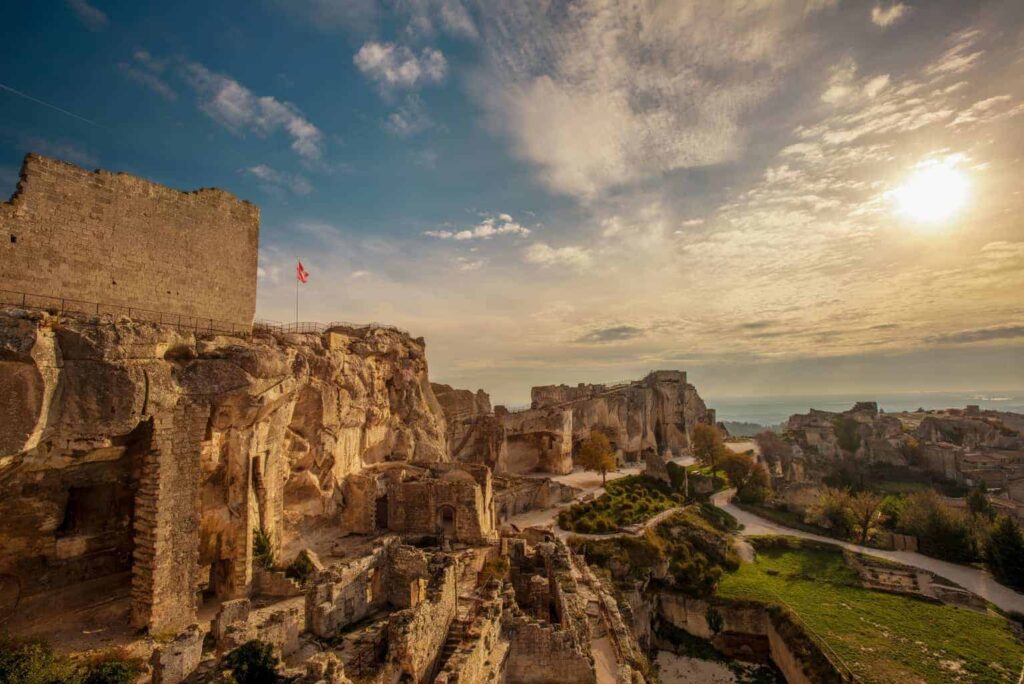
Itinerary for a Week in Provence, France
Ideally, you’ll arrive on a Friday and leave on a Friday to take full advantage of the following Provence itinerary. It’s been designed to make the most of opening times, market days and other seasonal events.
But if that’s not possible, don’t despair! You’ll still have a brilliant time, and you can mix the days up as you choose.
The following itinerary also assumes you’ll have a car available to use during your visit. Although some people are nervous about driving in France, there really isn’t too much to be concerned about. I really believe the best way to explore Provence is by car, so you can go at your own pace, discover hidden gems and stop at breathtaking roadside scenes as you go.
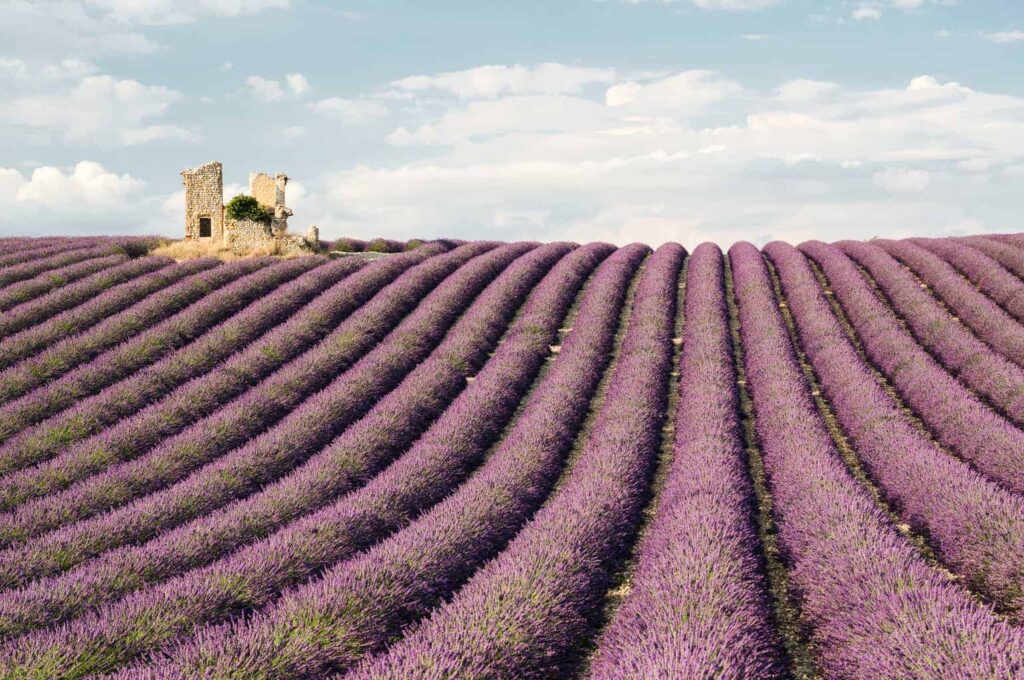
Tips for Getting Around Provence
- The roads are narrow, so it’s best to hire a smaller car ( book your car rental here ).
- Directions are well signposted, or you can get around with the help of a map, GPS, or map on your phone.
- Stick to smaller road networks instead of the motorway to drive alongside vineyards and olive groves, and you’ll get to see some beautiful hamlets or smaller villages that you’d otherwise miss.
Best Time to Visit Provence
It’s hard to pinpoint the best time to travel to Provence, as it depends on what you want to do while you’re here! With that said, there are definitely pros and cons for each season, so I’ll go over these briefly below.
Visiting Provence in Winter
Winter is not a popular time to visit Provence unless you’re headed for the Alps! It’s therefore much quieter around the region, but as a consequence, you’ll find a lot of the attractions are closed during this period.
- Good deals on accommodation
- Experience the ‘real Provence’
- Visit beautiful Christmas markets and experience Provençal Xmas traditions
- Some tourist attractions closed
- Colder weather
Visiting Provence in Spring
I know I said it’s hard to pick the best time to visit Provence, but if I absolutely had to, I’d say Spring. The landscape is filled with wonderfully bright flowers, the sleepier villages start to come to life again and the weather is much more pleasant.
- The sun is out, and the weather is generally lovely by mid-late Spring
- Tourist attractions open their doors again
- Experience Easter celebrations around the region
- Spring is prime time for the Mistral to be blowing – a strong, cool wind that makes it almost impossible to enjoy outdoor activities in exposed areas. The good news is that it usually only lasts a day or so before dying off again.
Visiting Provence in Summer
Summer is, without a doubt, the most popular time to visit Provence. The days are hot and long, the lavender fields are in full bloom, and the beaches are perfect for sunning yourself. But there are also downsides to visiting in the busy period of June to September.
- Consistently hot, dry weather.
- Perfect time to enjoy swimming in the Mediterranean, or in your own pool
- Many festivals and events take place throughout July & August
- Crowds, especially on the beaches
- Some walking tracks (such as the Calanques walk ) are closed due to the risk of wildfires
Visiting Provence in Autumn
Autumn is another good time to visit Provence. The weather remains hot throughout September and the crowds begin to thin. School is back, which means mid-week trips to the beach and attractions are much quieter.
- Weather at the beginning of Autumn is hot, and it remains fairly warm throughout the season
- School is back, meaning fewer holidaymakers are around
- You can expect more rain in Autumn than in Spring.
Looking for more Provence travel inspiration? Don’t forget to join our free Facebook group Provence Travel Planning !
Where to Stay in Provence
To choose the best place to stay in Provence, I’d advise you to have a read of our Provence Hotel Guide .
For the purposes of this itinerary, I’ve recommended the best location to stay for each day in order to reduce the number of accommodation changes throughout the week. No one likes to have to pack up and check-in/out of hotels every day!
I’m going to start the itinerary in the popular base of Avignon , but you could just as easily pick a base in many a place nearby. L’isle-sur-la-Sorgue is a good choice if you’d like a slower pace, and Saint-Rémy-de-Provence is a popular spot too.
Alternatively, you could do this Provence itinerary backwards and start in Aix-en-Provence !
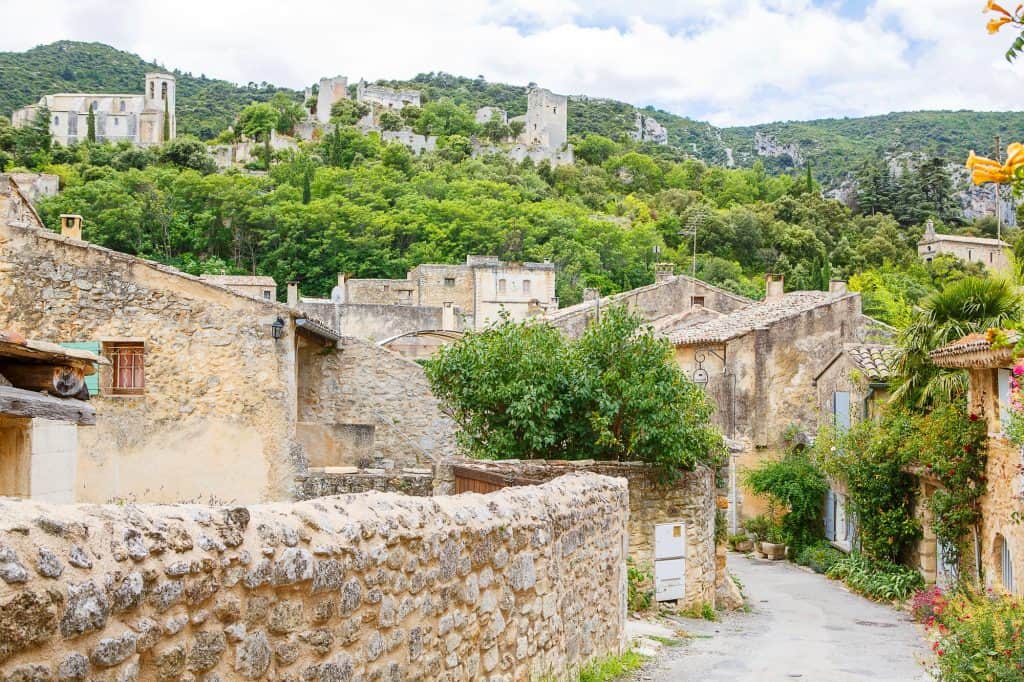
Day 1 (1/2 Day) Pont du Gard & Avignon
Stay: Avignon
Arrival day in Provence! Whether you’re driving, taking the train, or flying into Provence, it’s going to eat up a few hours of your first day, so I’ve started this itinerary with a half-day, and it’s ending with a half-day on day eight.
Once you’ve arrived and are ready to explore – set the tone of your tour around Provence with a visit to one of the finest sites in the South of France! The Pont du Gard is just a half-hour drive from Avignon and the perfect place to spend your first afternoon.
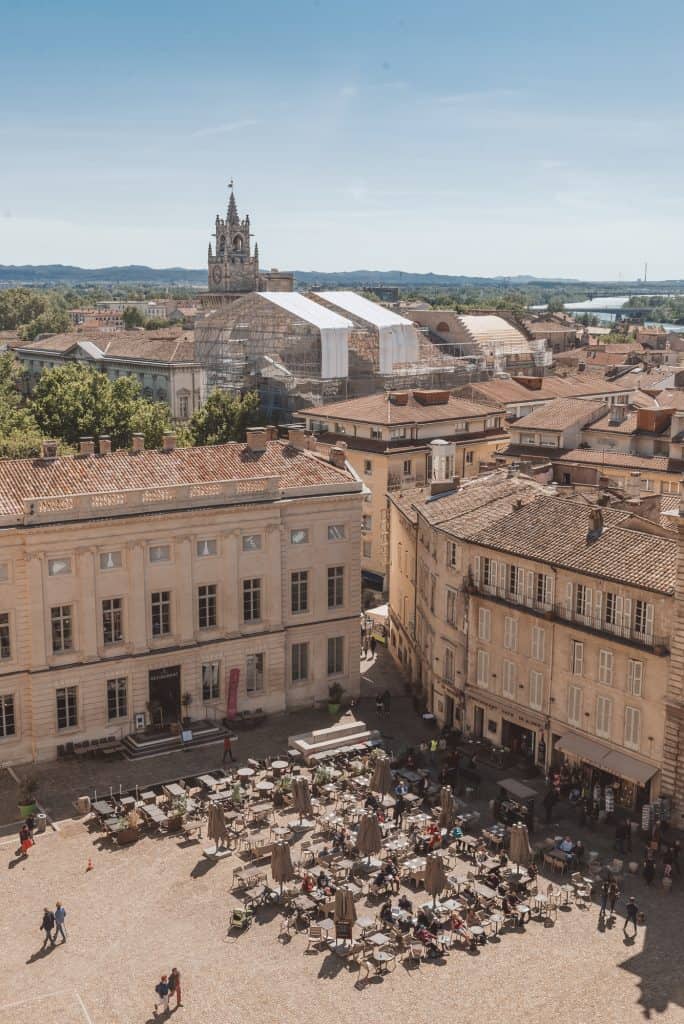
Before leaving Avignon, pop into Les Halles to pick up some picnic supplies. Les Halles is Avignon’s centrally-located covered farmers market that’s open every day except Monday and offers an authentic way to get acquainted with the fresh flavours of the region.
Tip – If you happen to be visiting Avignon on a Saturday, don’t miss the live cooking demonstration at Les Halles at 11 am!
Once you arrive at the Pont du Gard you can settle down for lunch with a view of the highest Roman aqueduct in the world. Depending on the weather, you may like to take a dip in the Gardon River before drying off and strolling across the bridge into the heavenly scented bush on the other side.
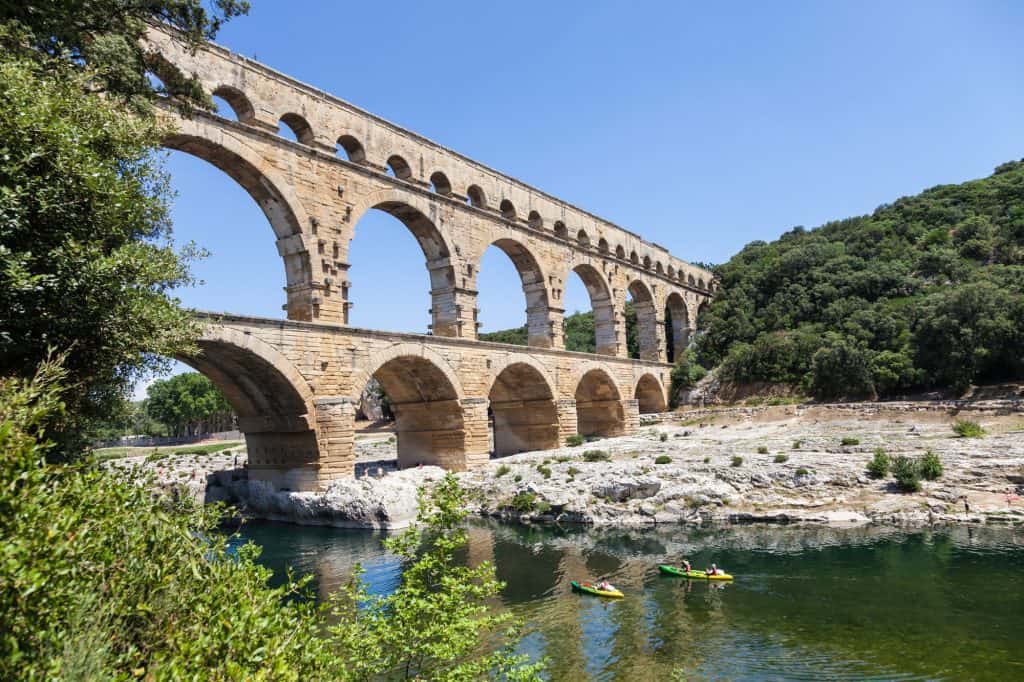
When you head back into Avignon, you can enjoy dinner in the old town, where you’ll find plenty of dining options – from Michelin Star restaurants to cheap and cheerful family-run bistros.
Day 2 – Avignon
Leave the car parked today and explore the sights of Avignon by foot.
Start with a visit to the most famous attraction in Avignon , Palais des Papes. Once home to the Popes (hence its name), the well-preserved palace is an intriguing place to visit throughout the morning. Take a virtual tour of the palace and papal apartments before pausing for lunch.
For a fun lunch experience, you could try the open kitchen in Les Halles – Cuisine Centr’Halles. Or simply fill up on delicious treats from the boulangerie before heading to your next stop – the Pont d’Avignon.
If you’ve seen a photo of Avignon, you’ve most likely seen a picture of its most famous bridge. Once spanning the length of the Rhône, nowadays only 4 of its original 22 stone arches remain. Take a stroll to the end, pop inside the petite chapel, and visit the exhibition that includes a couple of short films about the history of the bridge.
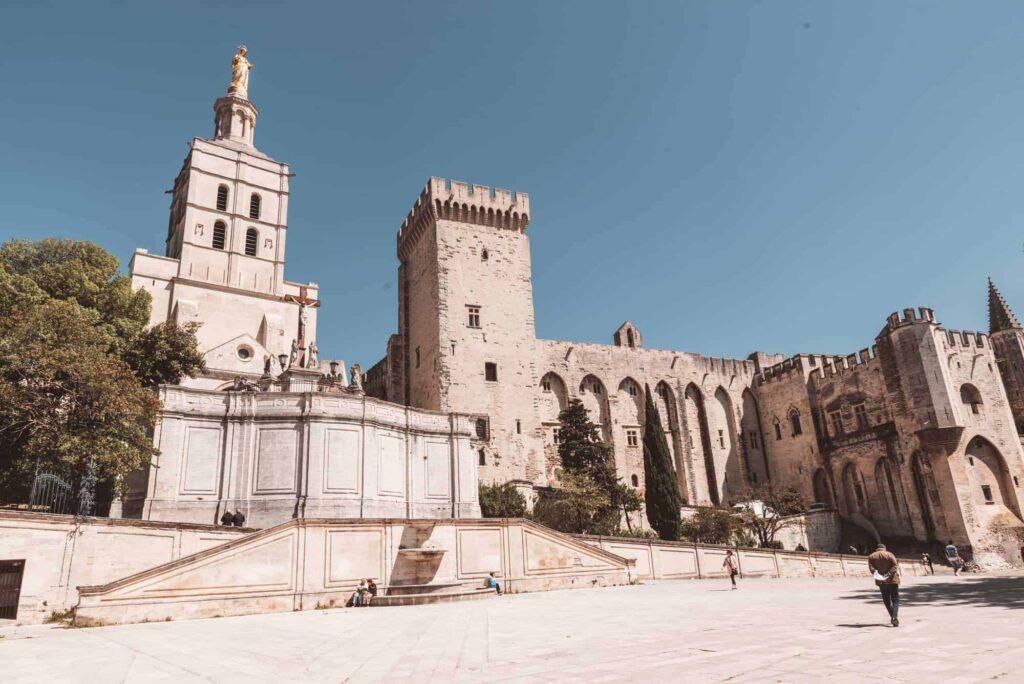
Tip – A combined ticket to the Pope’s Palace and the Pont d’Avignon will save you money. Buy your tickets here.
In the afternoon, head to Avignon’s elevated garden, Rocher des Doms, for stunning views of the city. The shaded garden is a good place to seek respite from the afternoon heat, have a cool drink at the café, or relax by the pond as you watch the peacocks strutting by.
Day 3 – L’isle-sur-la-Sorgue and Fontaine de Vaucluse (plus Grottes Option)
Head to the charming canalside town of L’isle-sur-la-Sorgue. Known as the antique capital of Provence, you’ll be spoiled for choice if you’re looking for a unique souvenir or memento of your time in France.
Even if you don’t visit on market day (Sunday), there are many brocantes and antique stores dotted throughout the town where you’ll find both expensive and inexpensive gems.
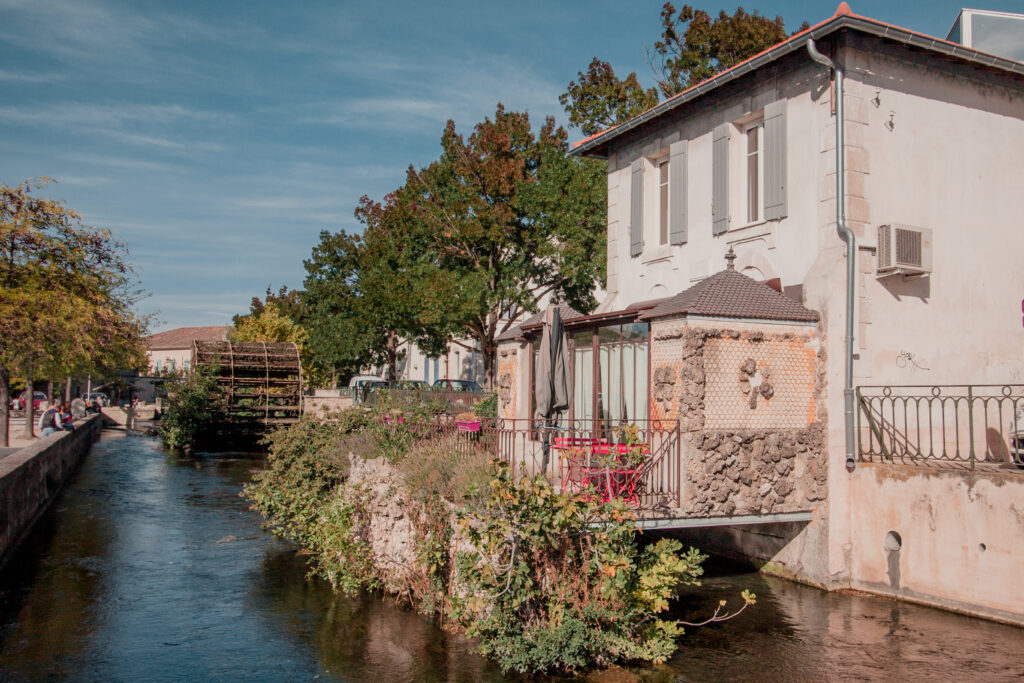
Enjoy lunch at one of the cafés positioned to make the most of the town’s unique situation. L’isle-sur-la-Sorgue translates to “the island on the (river) Sorgue” and you certainly feel as though you’re on an island as you explore the water framed streets. Wander past the moss-covered waterwheels that serve as a reminder of the town’s textile industry before heading to the nearby village of Fontaine de Vaucluse.
It’s in Fontaine de Vaucluse that you’ll find the source of the river Sorgue. A deep spring emerges from the craggy mountainside and flows down into the village of the same name.
As you enter the village you’ll find a small smattering of boutiques selling locally made wares, and restaurants strategically positioned to make the most of the stunning views. A short gently sloping walk will take you along a riverside path to the fountain. The fontaine always looks different – sometimes spilling over the rocks and through any stubborn trees that dare grow in its path, and at other times resting silently at the bottom of an orange-hued cave.
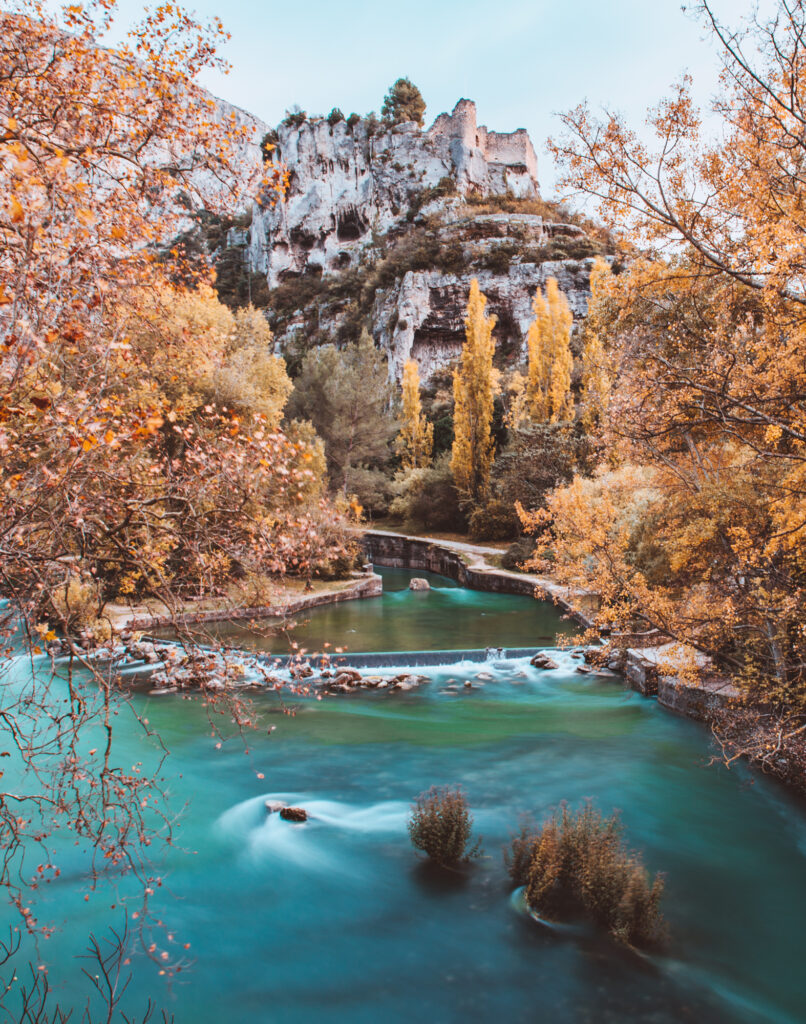
As an optional extra, if you have the time, the Grottes de Thouzon make for a fascinating side trip before heading back to Avignon for the night. A short walk through a grotto full of pencil-thin stalactites, cave pearls, and underground lakes will delight you, and the informative guides will make the experience a memorable one.
Day 4 – Les Baux de Provence and Glanum
History buffs will be in their element today with not one but two ancient sites to discover. But even if history isn’t your thing, there’s still plenty of variety to keep everyone happy on day 4 of our 7-day South of France itinerary.
First up you’ll be heading to Les Baux de Provence , officially one of the most beautiful villages in Provence, and home to the magnificent Château des Baux. Although the castle is now in ruins, it remains one of the most impressive châteaux in Provence , and there’s plenty left to explore within the old walls and wider grounds.
Once you’ve taken the time to wander the charming village and explore the château, head 5 mins down the road to Carrières de Lumières. Unlike anything you’ve likely experienced before, Carrières de Lumières is an art-based multimedia show set within an abandoned underground stone quarry in the Alpilles.
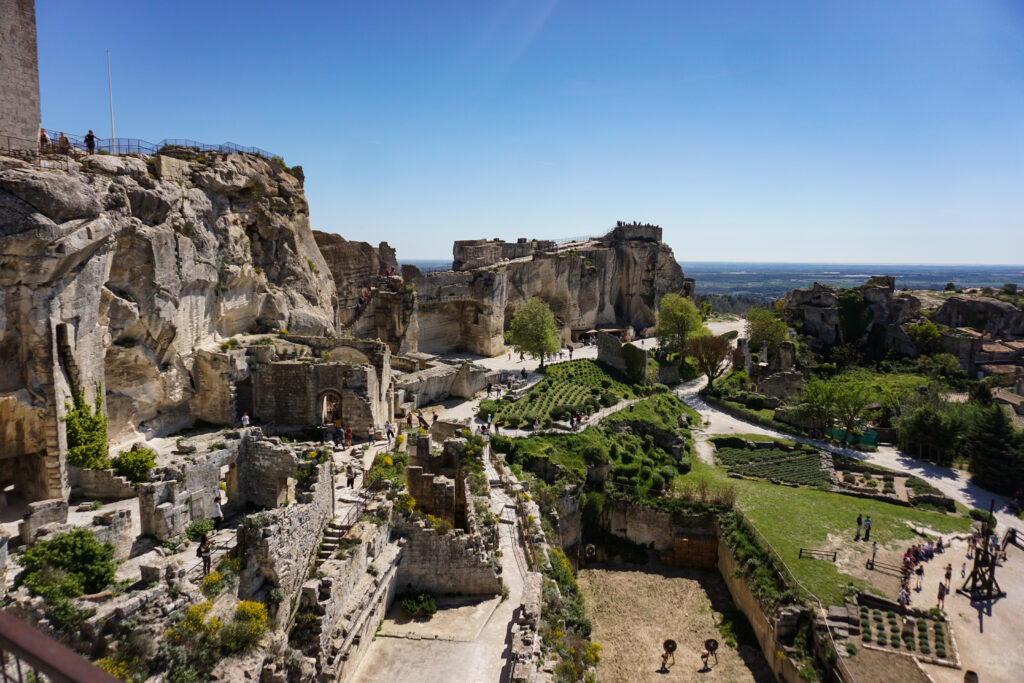
The exhibit changes yearly and showcases some of the greatest artists in history. The 2020 exhibition brings works from Spanish artist Salvador Dali to life. The show, “The Endless Enigma” features works spanning the length of the artist’s career. It’s truly one of the most unforgettable things to do in Provence.
Tip – Buy a combined ticket to Château des Baux and Carrières de Lumières to save money.
A short drive back in the direction of Avignon will bring you to the fortified town of Glanum. A remarkable site not far from Saint-Rémy-de-Provence , Glanum is over 2,000 years old. It was destroyed by Germanic tribes in 260 AD and has remained abandoned ever since.
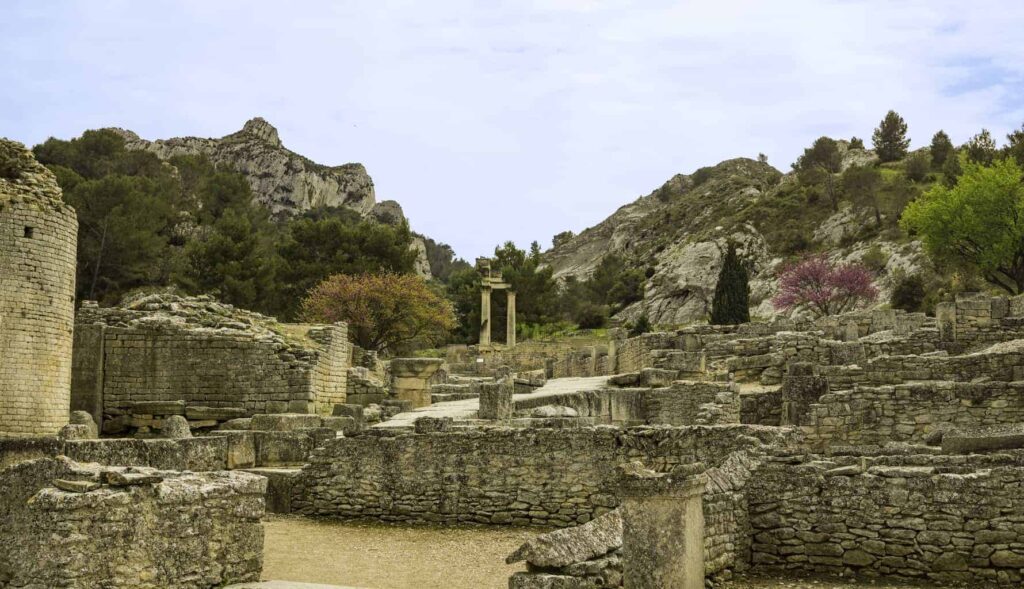
First rediscovered in the 16th century, it wasn’t until more recent times that serious excavation and preservation efforts have been carried out. Today you can walk among the ruins while imaging the grand structures that once stood in their place. Peek into the sacred well, rest your eyes on the remnants of the twin temples, and hear the water that flows beneath a deserted street.
Day 5 – The Villages of the Luberon
An absolute must-do on your South of France itinerary is a tour of the Luberon Villages . It’s easy to spend an entire day (or several) exploring the hillside villages and incredible scenery of this unique part of France.
Start at the Sénanque Abbey and you’ll find a wonderful scene framed by fragrant lavender fields in the summer months. From here it’s a short drive to the most famous Luberon village, Gordes .
Tuesday is market day in Gordes, so sample the freshest flavours of the region as you wander around the ancient streets. Think about visiting the Village des Bories nearby before continuing on to the pastel-coloured town of Roussillon.
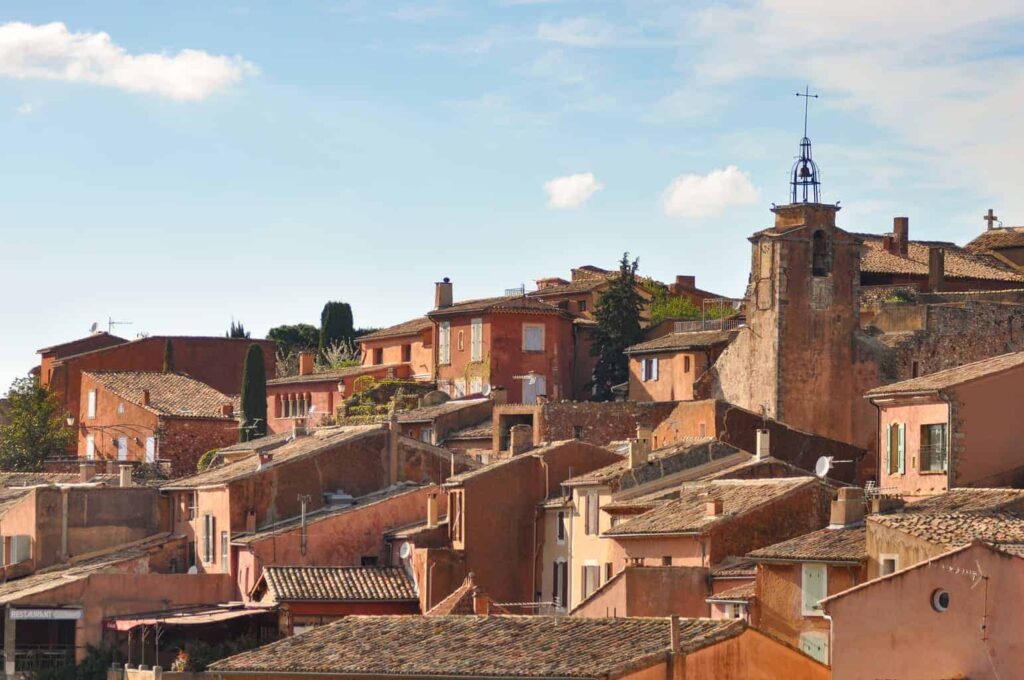
Built next to an ochre mine, the village lends itself as a haven for artists and the streets are awash with galleries and generous splashes of colour. The ochre mine next door is an attraction unlike any other. Take a short but stunning walk through the dusty red canyons and pine-fringed valleys of the ochre trail before continuing your Luberon tour.
Bonnieux and Lacoste are up next. Both lovely villages with a slower pace of life and enough differences to make them both worthy of a visit. Bonnieux is lovingly restored and has sweeping views over the fertile landscape of the Luberon. Walk the stone staircase to the church at the top of the village for the best views.
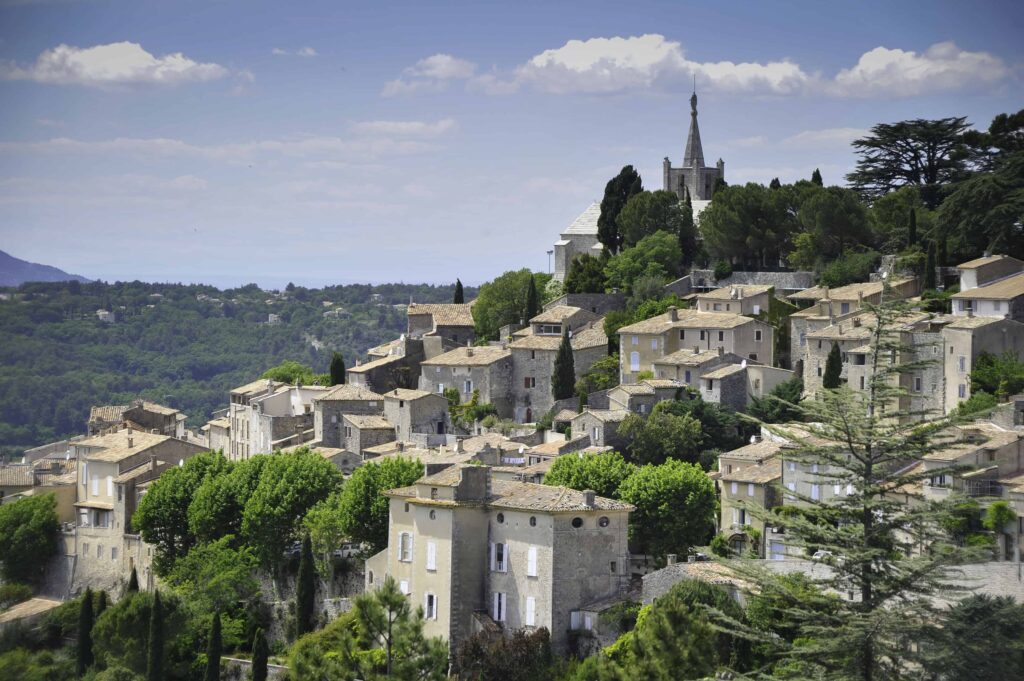
Next door, Lacoste is home to a semi-restored château that you can visit during the summer months. At other times, walk around the back of the castle to view the contemporary sculptures and views of surrounding hilltop villages.
A trip to Goult and Ménerbes will round the day off nicely. In Goult, follow the signs through rustic streets to take in all the best bits. Don’t miss the restored windmill and the terraced gardens showcasing the area’s agricultural history.
Ménerbes is best explored at leisure. Stroll the bucolic village before heading to the quirky corkscrew museum nearby and end the day with a wine tasting session at Domaine de la Citadelle.
Tip – full details of your Luberon driving tour and options to extend can be found here.
Day 6 – Camargue and Arles or Nîmes
Stay: Avignon , Cassis, or Aix-en-Provence
The sixth day of your Provence itinerary will see you heading south to one of the most intriguing places in Provence.
The Camargue is Western Europe’s largest river delta with around 930 sq km of marshes and wetlands to explore. Unsurprisingly this fertile land attracts a vast array of wildlife and it’s here you’ll find over 400 species of birds including the impressive pink greater flamingos.
The infamous black Camargue bulls also roam freely among the reeds and herds of snow-white horses – one of the oldest horse breeds in the world – live in harmony with nature.
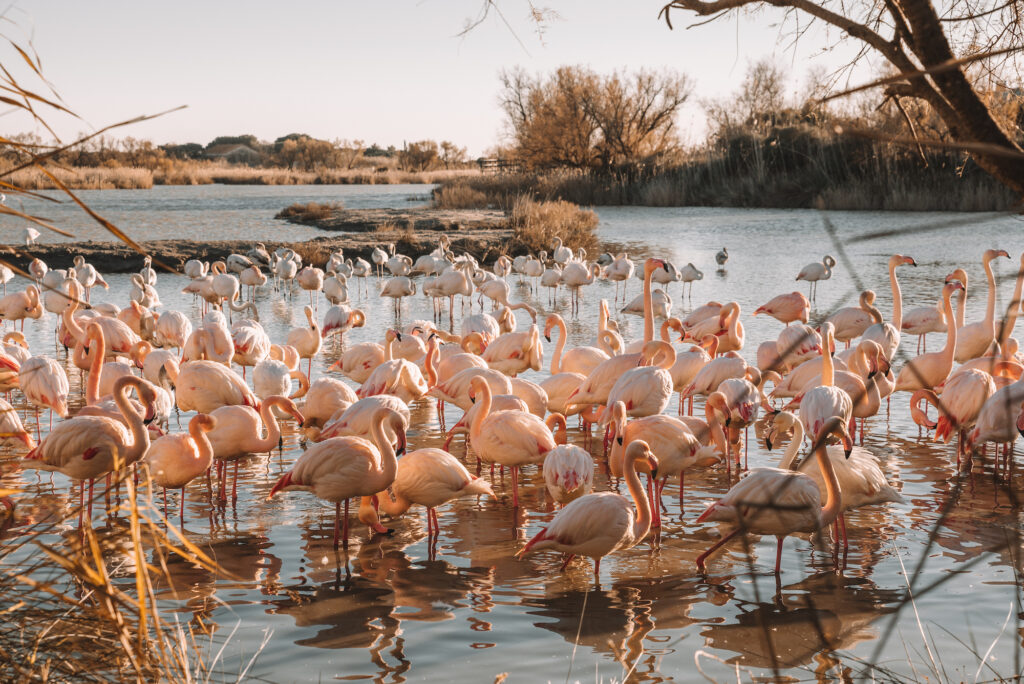
The best way to discover this area when you’re short on time is to take a tour. Tours depart Arles and Avignon daily and will allow you to see the best of the Camargue while providing you with an interesting and informative commentary.
Book Your Camargue Tour Here.
Alternatively, you can head directly to Parc Ornithologique du Pont de Gau where you’re almost guaranteed to see flamingos in the wild.
In the afternoon, you can choose to visit Arles nearby, or Nîmes a little further afield.
Arles has a small but perfectly formed old town with plenty to see and do in an afternoon. Take a free Van Gogh walking tour to see the exact spots depicted in the late artist’s work, visit the grand amphitheatre, or take a walk through the underground Cryptoportiques.
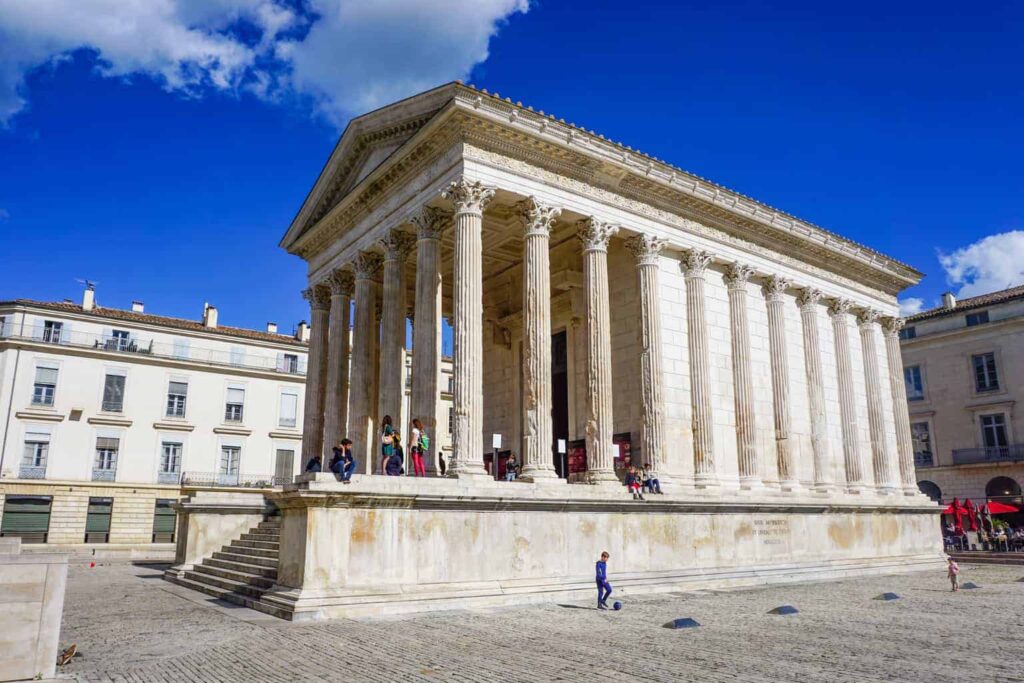
Nîmes is a larger town but is still very walkable. It’s notable for its many Roman monuments – many of which are among the most well-preserved in the world. Be sure to take a walk through the magnificent public gardens – the Jardins de la Fontaine.
One of the first-ever public gardens in Europe, they are a fascinating mix of open green spaces, large water features, intricate sculptures, and ancient ruins. Climb to the top of the gardens for unmatched views of the city!
Day 7 – Cassis and the Calanques
Stay: Aix-en-Provence
Cassis is a charming portside town tucked in between towering cliffs near Marseille on the Mediterranean coast. It’s by far one of the more popular places to visit in the South of France due to its recent reputation as the new St Tropez .
But while Cassis benefits from its stunning geographical location, beautiful beaches, and historically interesting sites, personally I think it’s better suited as a day trip destination than a long-term holiday base.
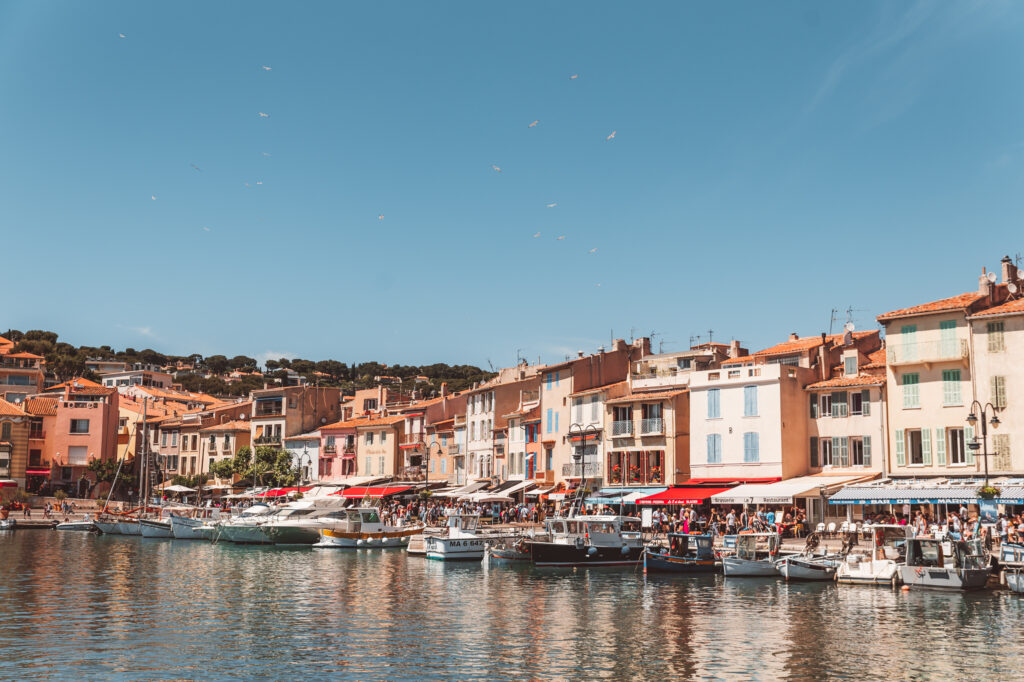
If you arrive early enough, you can stroll through the old town, browse the colourful boutiques, take in the historic buildings, and walk the pier – all in a morning. You then have the option of dining quayside, or grabbing lunch to-go and heading to the calanques.
The Calanques of Cassis are one of the most impressive natural attractions in Provence . The first time I laid eyes on these high-rise limestone cliffs I was absolutely blown away by their incredible size and stature as they jut out into the azure blue sea.
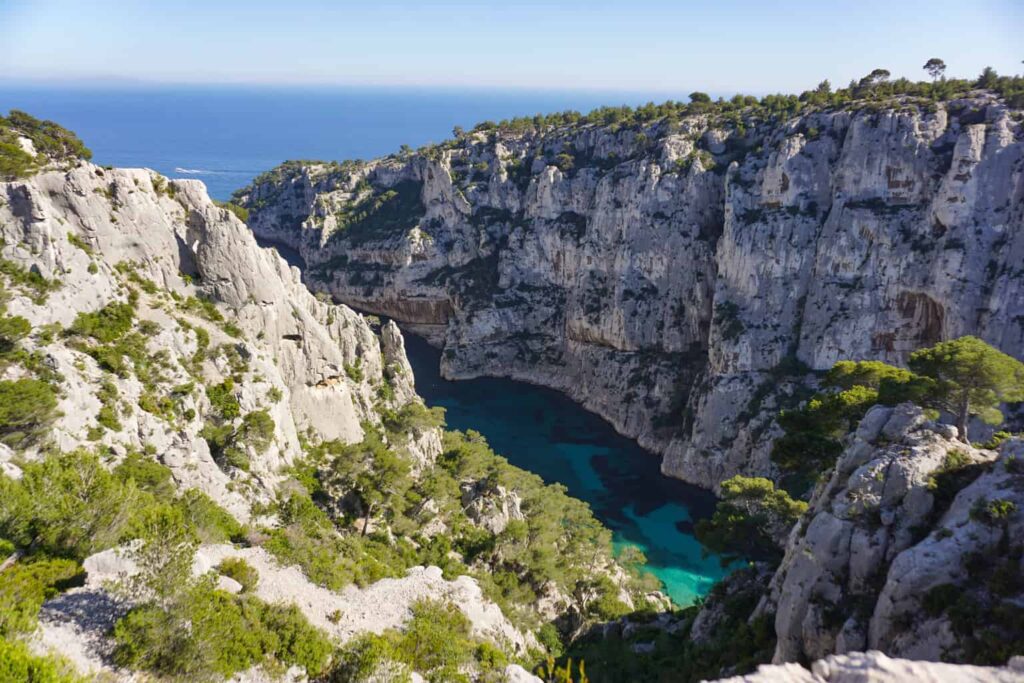
Hiking the calanques is an ideal way to appreciate the natural beauty of this national park, but if you’re short on time, or the track is closed (as it often is during the summer months when the risk of wildfires is higher), then taking a boat tour or hiring a kayak to explore the calanques from below is the way to go.
Whichever way you decide to explore the calanques , it’s sure to be one of the most memorable moments of your trip.
Day 8 – Aix-en-Provence
The last half-day of your one week in Provence itinerary is spent enjoying Aix-en-Provence . The cultural capital of Provence really deserves a longer stay, but perhaps after being immersed in the city for a morning, you’ll be convinced to come back!
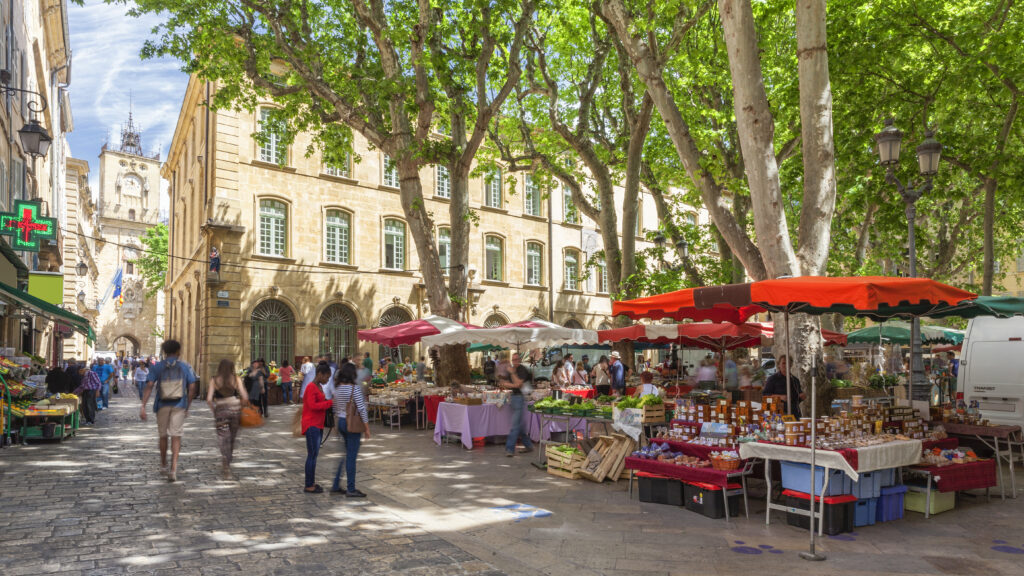
Colourful produce and flower markets are held throughout the week filling the streets with the lively atmosphere synonymous with the South of France. After you’ve browsed the wares on offer, stop for a coffee at a corner café or head to one of the famed museums to witness the true heart of this historical city .
The old town is best explored without a plan of attack. You’ll thoroughly enjoy wandering around the curved streets and hidden alleyways, coming across an elaborate – or downright eccentric – fountain at every turn. The Pavillon Vendôme is perfect for a mid-morning repose, and the iconic Hôtel de Caumont arts centre shouldn’t be sidestepped!
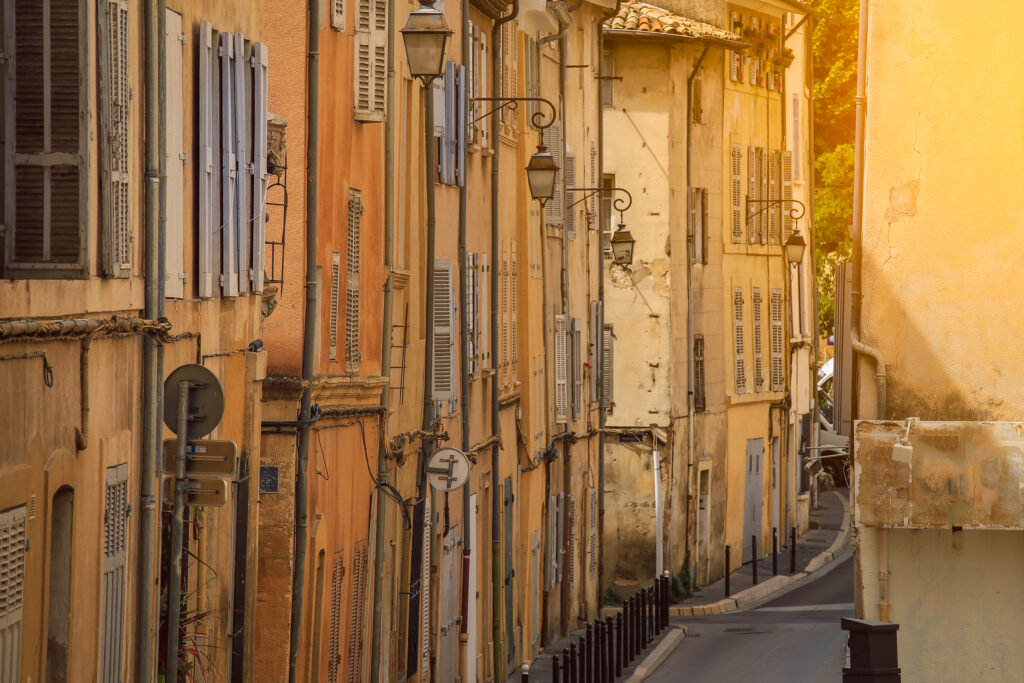
Tip – If you’ve forgotten to pick up Provence souvenirs or gifts for those back home, pop into the gift shop in the centrally located tourist office. They stock a small but curated selection of the region’s finest products.
It’s impossible to see everything Provence has to offer in just one week, but this 7-day South of France itinerary is sure to give you an in-depth taster of this delectable part of France !
If you’re looking to extend your trip by a few extra days, I’d suggest checking out my posts on day trips from Avignon , and Aix-en-Provence to find inspiration for a few extra days touring.
Pin this for later!

Travel Writer & Photographer
Nadine Maffre, is the author of Le Long Weekend, your ultimate guide to European travel. Having called Provence, France home for the past eight years, she’s captivated by the region’s golden light and enchanting landscapes. She regularly embarks on trips around the Mediterranean, and as a passionate photographer, she seeks to capture the beauty of every destination she visits.
Similar Posts
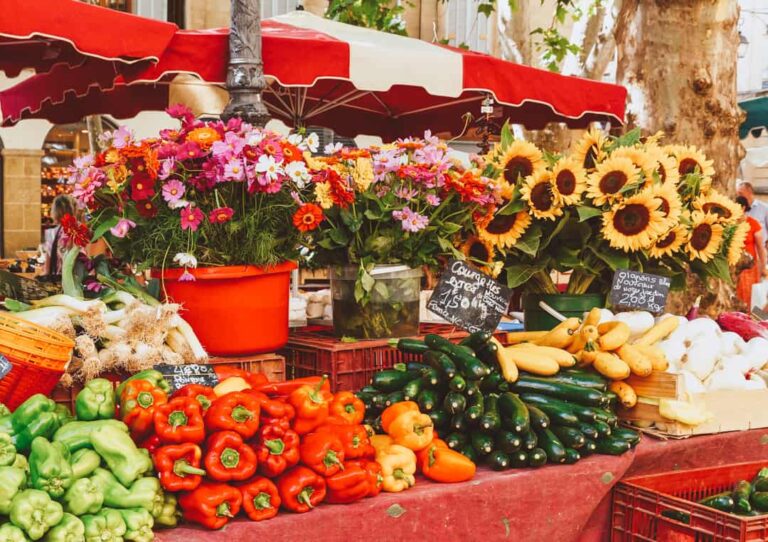
Aix-en-Provence Market Days
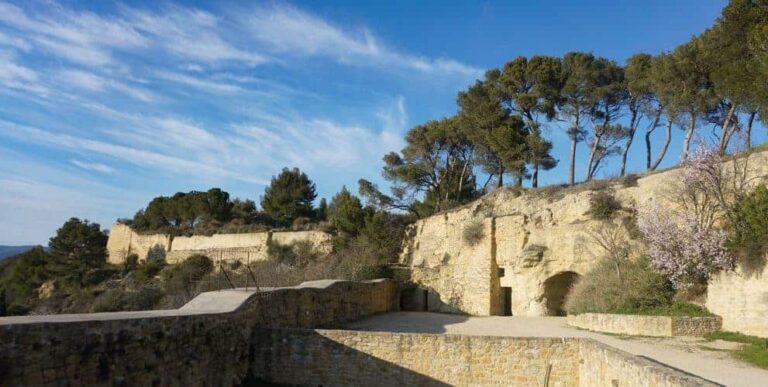
Discovering Provence’s Hidden Gems – Château de Cadenet
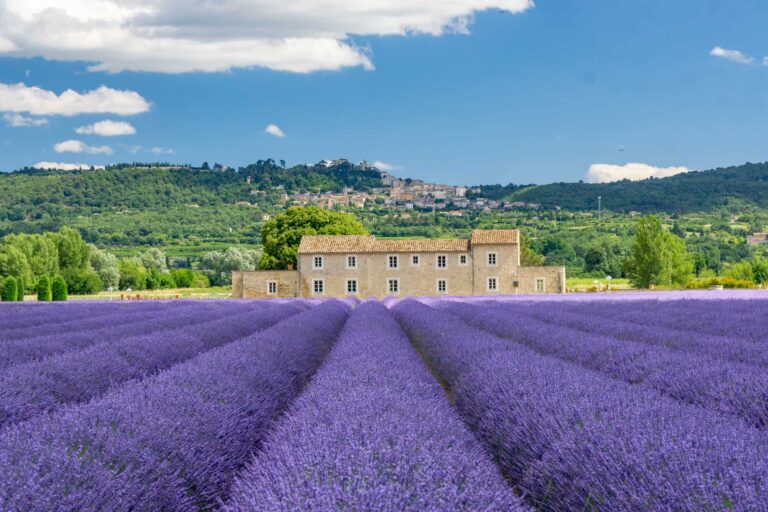
Visiting the Luberon Lavender Fields of Provence, France
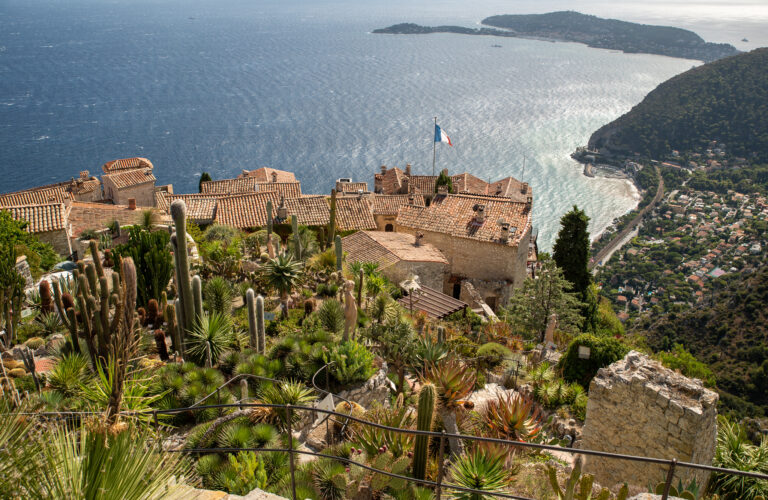
Best Things to Do in Èze, France
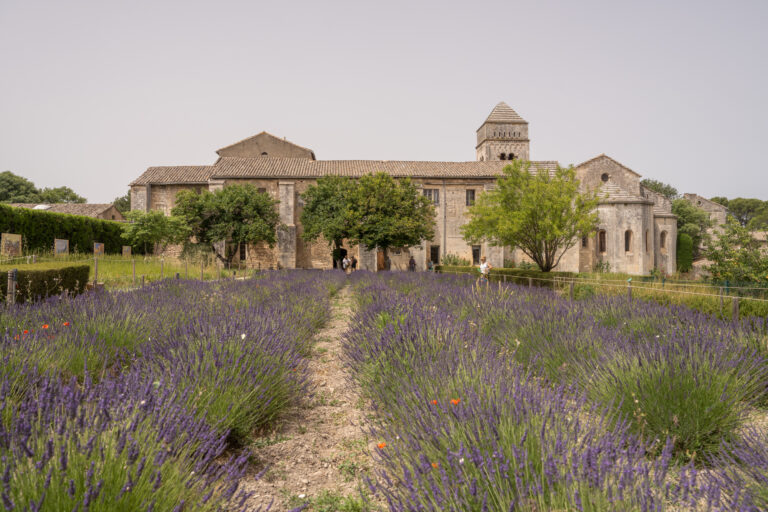
Guide to Saint-Rémy-de-Provence, France
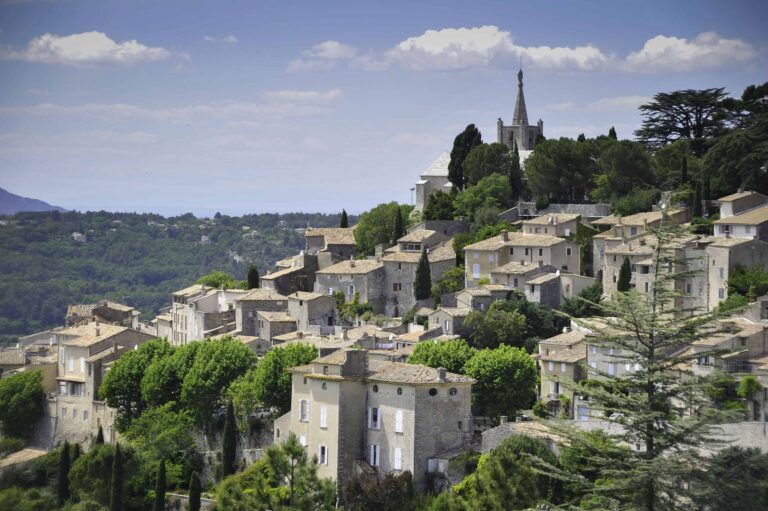
The Most Beautiful Villages in Provence, France
49 comments.
Loved your Itinerary of South of France. We will be traveling in mid October.
That’s great – so glad you found it helpful!
This sounds amazing! Travelling with an almost 1 year old – do you think it’s doable basing ourselves in Avignon?
Hi Sophie, I think it’s doable with an almost 1-year-old! I remember at that age my son was easy enough to cart around with the help of a baby carrier (easier than prams on French streets!). I’ve deliberately not overloaded the days, as I don’t think rushing around does anyone any favours. So you should be fine 🙂
This is great! Thanks for sharing this one week itinerary to visit Southern France, it indeed is perfect! This will be our itinerary come this week. Appreciate much!
You’re most welcome Berna! I hope you enjoy your time in Provence 🙂
We will be visiting Southern France in Mid May 2019. Your information has been very helpful for our planning. Thank you!
You’re so welcome! Glad you found it helpful 🙂
This is an absolutely fantastic itinerary and so wonderfully well-explained; the best I’ve found anywhere on the Internet. It has helped us immensely to organise our own itinerary. Thank you so much!
This makes me so happy to hear! Thanks for your lovely comment and I hope you have a fantastic holiday in Provence 🙂
Thank you Nadine – terrific suggestions. WE will be heading there in early June 2019 and have almost 2 weeks to spend there. FRom Aix, any suggestions for adding 4 or 5 days?
Hi Beth, with an extra few days you’ll want to spend an extra day getting to know Aix itself. You could also head over to the Verdon Gorge which is breathtaking, as are the surrounding villages. You could spend longer getting to know the Luberon area, and around Sault. Head to St Remy for a stroll, Nimes is a fantastic city for history and gardens and Marseille waterfront area is great for a day trip too. It should be fairly warm by then, so the beaches south of Martigues are perfect and not too busy then!
Planning a spring or fall 2019 trip to Provence- your itinerary looks really good! any concerns about driving? For seniors?
Hi Dick, the advice I’d give you regarding driving, is to hire a small car, and take your time. Allow plenty of time to get around so you can stop and take in the view when it suits you. Try to avoid the main large roads as these can get very busy – especially during peak times. And have some kind of GPS on you. Hope you have a great time 🙂
Your blog post is super helpful (and beautiful pictures as well!). I love that you provided highlights for each of the places mentioned. My husband and I have booked a 10 day trip to France for Feb 2019 and were wondering if you could provide some advice. Here is our tentative itinerary:
Feb. 10th – land in Paris at 10am Feb 10th – 14th: stay in Paris (with a day trip to Versailles on Feb. 13th) Feb 14th – take TVG to Nice (19Euros per person one-way direct) Feb 14th – 17th – stay in Nice (and surrounding region) Feb. 17th – rent car and drive to Aix-en-Provence Feb 17th – 19th – stay in Aix-en-Provence (or somewhere else) Feb 19th – take TVG back to Paris (19Euros per person one-way direct) Feb. 19th – stay in Paris Feb 20th – take flight back home in the morning
What are your thoughts? Do you think we are spending enough nights (or not enough) in each of these regions? Or would you recommend just spending 5 nights in Paris and 5 nights in Nice to keep it simple? Given that it will be winter, would you recommend other regions instead (Annecy? Chamonix (although we don’t ski). Thanks!!
Hi Nadia, so sorry for the delayed reply. Oh, it’s so hard when you only have ten days to explore! So I think you’ve done the right thing by choosing just two areas to explore this time around. I’m kind of biased, but I think Paris and Provence is a good place to start. And then you can plan another trip to France to see some more at a later date 🙂 To answer your question, I think it looks pretty much spot on. Again, I may be a bit biased but I’d cut one day off Nice and move it to Aix – to allow yourself time to explore this side of Provence more. You could even scrape one day off Paris at the beginning – but it depends whether you’re more into city attractions or cultural/countryside attractions. You can see a lot of Paris in 2/3 days. Hope that helps a little and apologies again for the delay!
Wonderful itinerary- thank you for sharing your advice. We are planning on traveling to France this May as a family of 5. The plan is to fly into Paris for a few nights before heading to Provence for 6 nights. I know you recommend driving in Provence, but do you have any suggestions regarding transportation from Paris to Provence? We don’t have any interest in going to Nice during this time, so we would prefer not to fly into that airport. Any advice is appreciated!
Hi Laura, your best bet is to take the TGV to Aix-en-Provence or Avignon – depending on where you’re intending on staying. You could fly into Marseille, but I find the train journey to be much more pleasant and straightforward! Hope that helps 🙂
Thank you, Nadine!
You’re most welcome 🙂
My wife and I are planning to spend 5 days based out of Aix-En-Provence (with hotel points so we are limited there). Do your recommendations change at all if Aix is our home base? We are total wine freaks and love touring the little villages!
Hi Jonathan, with only 5 days, and based in Aix, I’d suggest spending at least two days in the Luberon (where you’ll find plenty of little villages and wineries). Have you read my post about touring the Luberon yet ( find it here )? It has lots of suggestions for driving routes. Then a day maybe down by the coast, around Cassis and the Calanques, a day getting to know Aix, and maybe a day heading over towards Valensole and the Verdon Gorge. More lovely villages around the lake, and if it’s the lavender season (June/July) its the best place to find beautiful fields!
This is really helpful. I’m planning my trip this first week of June 2019. I’m travelling alone though, will you still recommend the same places? Or can you suggest other places as well. I’m thinking of spending 10-15 days after Bordeaux &Lourdes. Thank you very much for your recommendations.
Hi John, yes absolutely! You could also add in the Verdon Gorge (and surrounding villages), the coast around Niolon/Martigues, Sault, or Marseille if you like the city vibe. And/or spend more time in Aix-en-Provence or the Luberon. So many options, sorry 😉
Hello Nadine, Can you give me your thoughts on this itinerary? Houston to Nice, stay in Eze two nights(possibly visit Antibes, Menton, And Vence) drive to St. Remy for three nights(traveling to area village) and Aix for two nights. Fly out of Marsielle. Love your blog!!!!
Hi Melissa, your itinerary looks good to me! By staying in all three areas you’ll get a really good ‘taster’ of these areas – which are all quite different. Have a great trip!
We will be going to South France in May 2019.
Arriving Avignon on 13May for 3 nights. After then 1 night in Provence and 2 nights in Nice.
We have not plan much with our itinerary. Will you be able to help.
Thanks and regards Doreen
Hi Doreen, unfortunately, I can no longer offer personalised itineraries. However, I’d suggest starting by reading my Day Trips from Avignon and Day Trips from Aix-en-Provence articles and noting down which things interest you most and going from there. If you’re staying in Avignon you’ll most likely want to spend a day getting to know the city too – it’s lovely and there is plenty to do! Sorry, I don’t have much written about Nice as yet!
My parents and I have just returned from a wonderful week in Provence. We largely followed your itinerary so I wanted to say thank you! It really saved me a job of researching and coming up with my own itinerary for which I was really grateful! We loved how every day was different (we added a St Tropez day too) and couldn’t actually pick a favourite day as each day offered so much. Unfortunately, though we bought tickets, we didn’t actually go to Carrières de Lumières as the queues were quite ridiculous – which was surprising as we experienced very few queues anywhere else. Instead, we continued straight to Glarnum and really enjoyed the site. In Cassis, we also drove the Corniche des Cretes (which I have visited before) to take in the wonderful view – it was just as impressive as I remembered.
I’m heading back to the South of France this summer to spend a month in Nice/Villefranche-sur-Mer – I cannot wait! I’m hoping for more of the same wonderful weather!
Anyway, thank you again!!
Ah – you are so welcome Sheralyn! Thanks for telling me about your experience and for the lovely feedback. Much appreciated 🙂 Enjoy your time on the Côte d’Azur! Best, Nadine
Hi Nadine, We have about 10 days in Provence this summer (July 26-August 9) after four to five days in Paris. Two of our three children have multiple food allergies, so we plan to rent a house as home base so we can pack and prepare some meals. We would like to do as much as possible on your itinerary. Is this doable staying in just one location? (We would rent a car). If so, where would you suggest we stay? I found a lovely home in Louramin and another in Villars. Are these too remote? The other possibility is finding two different houses to rent but that can get tricky with seven day minimums with most rentals. Thank you! Laura
Hi Laura, Yes renting houses normally comes with a one-week min rental in summer. But don’t worry, it’s totally doable staying at just one location. We often do all of these places as day trips from our home in Rognes. Villars would be good for visiting the Luberon, but Lourmarin is better located for exploring – I’d go with that. It’s a lovely village too. Otherwise, you could look at a village further south for good access routes, like Venelles or Puyricard but they don’t have the same feel as the villages in the Luberon. Hope you find something amazing! Best, Nadine
Sorry, I meant to type Lourmarin. Thank you!
We expect to be there mid to late February next year. I was wondering how the 7 day tour would stack up in winter. It sounds perfect to me and touches on most things we want to see and experience. Are there other places we should go instead. I suspect there will be some rainy days, and it really isn’t swim suit weather but there will be enough and more…. to just be there. So do you get snow there? Is Carnival celebrated there? What would be the best place to stay in winter? So glad I found your site.
Hi Nancy, it changes every year so hard to say specifically. Last February we had a tiny bit of snowfall in February and this year we’re seeing temperatures of up to 20 degrees (Celcius) already and beautiful blue skies – very little rainfall actually as that normally comes later. There are just a few attractions that won’t be open – Carrières de Lumières for example – and less frequent markets, but other than that it’s business as usual. Carnival is celebrated nearby, in Nice, mid-late Feb. For a winter stay I’d still recommend Avignon or Aix as a base for exploring the region. Hope that helps – feel free to pop over to our Provence Travel Planning Facebook group if you have more questions 🙂
We are a kiwi family of 4 and will be arriving in Provence in mid Sept for 11 days. Your itinerary looks fantastic but I’ve seen your comments about driving, particularly the small roads. We have toured that area before in smallish hire cars but this time we were planning to do 1 week in a camper van because the kids love the idea but I’m worried that it will stop us seeing places due to its size / parking etc. As you live there I’d really appreciate your thoughts.
Thanks, Duncan
Hi Duncan, yes I normally recommend smaller cars if you’re inexperienced driving on smaller roads. But as it sounds like you’ve done it before, and if you have experience with campers, you may find it’s ok. With the villages in the Luberon, you’ll need to park outside the villages anyway and there are often large carparks outside for this purpose. Some attractions also have dedicated camper parking – normally a little further away. For example, at the Village des Bories outside of Gordes, there is campervan parking, but quite far away, as the road to access the village is too narrow. Places like the Camargue and Pont du Gard, Avignon & Aix etc you’ll have no trouble I’d imagine. So, it won’t stop you – just be prepared to walk a little further in some cases! Have a fab trip 🙂
Thank you for this! We are a family of 5 who will be visiting the last week of September and basing ourselves in Alleins. Your blog is very helpful! We’d love to do do canoeing, hiking and biking. Do you think the weather at that time of year will be be warm enough to swim in the river or in the sea? Thanks!
Hi Julia, first of all, Alleins is a great village as a base! We used to live there and still have our Airbnb in the village. As for swimming, it’s typically still swimmable in September, as it has had all summer to warm up, but the temperature does taper off a bit by the end of the month. It depends how brave you are 😉 I don’t find our ‘part’ of the Med ever gets super warm… You might be better off going to Lac de Sainte Croix which is absolutely stunning and a must-do if you’re an outdoor loving family! Hope you have a fab time. Nadine
Wonderful itinerary, thank you so much!! My husband and I are coming Oct 11-21 for our honeymoon! We fly into Barcelona and will be renting a car and driving up to Provence area.We get in mid afternoon to Barcelona so we are planning to rent our car and stay on the Costa Brava the night we get in. Then exploring that area for a bit on Sunday, then driving up to France. Wondering what you would recommend- here are our options we have been debating:
1. When driving up from Barcelona, veer off to Carcassone and Toulouse (probably would also visit Albi) for a few days. Then drive over to Provence area, probably Avignon to stay, and be in Provence for around 4-4.5 days. Then drive back to Barcelona.
2. After leaving Costa Brava, drive straight to France, probably stop in Narbonne for the night on the 13th. Head to Avignon and spend the entire time we are there in Provence- doing similar things to what your itinerary outlines. We would have about 6-6.5 days in Provence.
3. After leaving Costa Brava, drive straight to France, probably stop in Narbonne for the night on the 13th. Head to Avignon and spend whole time there. Do a day trip (or potentially a few days) in Lyon.
Which would you recommend? Or is there something we should do even differently? Thanks!!
Hi Melanie, apologies for the delay with my reply. With ten days up your sleeve, you certainly have a fair bit of time to look around. I loved Narbonne when I visited, but I’m not sure how lively it is in October. And I’ll admit I’m not familiar with Lyon yet. I guess it depends if you’re more city people, or village people! Avignon is a beautiful city, that feels more like a large village, especially if you stay in the centre. I would think 6-7 days is a good time to explore the best of what Provence has to offer. And my inclination would be that if you want to see somewhere a little different, to do the Carcassone option on the way. Rather than going all the way up to Lyon. Hope that helps a little!
Hi Nadine, we are travelling to France in january 2021 and depart on a cruise leaving Marseille on 16 january for 8 days. We arrive in Nice about 4/01/20 and would like advise on what to do after that as we want to hire a car and visit the Provence area and the south of Spain for the next 10 days. Do we hire a car in Nice or travel by train to Marseilles or Avignon at where we will hire a car. Because it is winter, we would like to visit Annecy from Lyon, by train or bus to Annecy. Please suggest an itinerary from your experience.
Hi Geoffrey, Seeing as your cruise is departing from Marseille, I’d recommend taking the train (or FlixBus) from Nice to Marseille and hiring a car there. This way you won’t get charged one-way fees that can be quite high. With ten days you could take in Marseille (& Cassis), Aix, Avignon, the Luberon & the Camargue area fairly easily before heading down to Spain. However, you won’t have time to drive to Southern Spain unless you want to spend a lot of time in the car! I’d recommend Catalonia instead. I’m not sure how the Lyon/Annecy trip fits in? Is it part of the ten days, or in addition? Best, Nadine
Thank you for writing this informative article .i have read twice a time
Hi, Nadine, your itinerary is just perfect for our trip that I’m planning for the fall of 2021 for our 30th anniversary. We’ve never been to France and want to fly into Paris, spend 2 days there and then take the train to follow your itinerary. After that we want to make our way down to the Val D’Orcia in Pienza and spend a week at our favorite agriturismo. Is it possible to take a train from Aix to Florence (that’s where we would transfer to get to our car rental in Terantola)?
Hi Judy. I do believe it would be possible. But train travel between the south of France and Italy isn’t normally fast, cost-effective, or straight forward from my experience! I think you may find it’s easier and cheaper to fly from Marseille to Florence. Or from Marseille to Rome and then take the high-speed train to Florence.
Can’t wait
I love your itinerary but I will be traveling with a group that does not want to “move around”. I would love your input on a 5 vs 6 night stay in St Remy. I will be bringing family (total of 4 couples) to Provence April 23-30, 2022. They do not like to “pack & unpack” so I will rent a luxury farmhouse in St. Remy for the either 5 or 6 nights. We will fly back to the US on April 30th. I cannot decide if we should spend 5 nights in St Remy then the last 2 nights at a waterfront hotel on the French Riviera (would have to be within 1 hr of the Nice airport OR the other option is to spend 6 nights in St Remy then just the last night close to the Nice airport. Do you think it’s worth moving those last two nights?? Would it allow enough time to see a little of the French Riviera?? Thank you for any suggestions you might have! Jane
If you have your heart set on seeing the seaside, I’d recommend a 5-night stay in St Remy and 2 nights on the Riviera. But keep in mind, April can be a mixed bag weather-wise and the mistral wind (frequent in spring) can make the seaside unenjoyable some days.
Leave a Reply Cancel reply
Your email address will not be published. Required fields are marked *
This site uses Akismet to reduce spam. Learn how your comment data is processed .
- WORK WITH BE-LAVIE
- TESTIMONIALS
- CENTRAL AMERICA
- NORTH AMERICA
- SOUTH AMERICA
- LEICESTER, UK
- TYPE 1 DIABETES TRAVEL
- AFTERNOON TEA
- CAFES, COFFEE & CAKE
- CASUAL RESTAURANTS
- COOKERY CLASSES
- FINE DINING
- GASTRO PUBS
- INTERNATIONAL FOOD GUIDES
- MICHELIN STAR
- PLANT-BASED & VEGETARIAN
- SUSTAINABILITY
- THE BE-COLLECTIVE
- TRAVEL RESOURCES

THE ULTIMATE GUIDE TO DRIVING THROUGH PROVENCE IN A WEEK
Last Updated on 8th August 2024 by Bejal
Provence, in the south of France is one of most beautiful regions in the world to drive through, but if you have never tried self-driving, especially in France or Europe, the thought may seem a little overwhelming. To explore the region of Provence, a car is highly recommended to reach all the smaller, hilltop towns, pretty remote lavender and sunflower fields and of course the magnitude of vineyards and wineries in the area. Driving through Provence in a week is the perfect length to discover the best of this part of France.
In This Article
This driving through Provence guide will help with grasping local customs on the road and give you a head start on what to expect. Additionally we have shared an itinerary including villages and towns in the Provence region, where to base yourself so that driving between villages isn’t a bind as well as the all-important parking information.

Affiliate Links Disclosure: Be-lavie participates in various affiliate marketing programs If you make a purchase using one of these links, we may receive compensation at no extra cost to you. For further information, read our Disclosure Policy
Pin & Save

Planning The Best Driving Through Provence Itinerary
Why plan a road trip .
The simple answer is, opting to drive in Provence means a greater level of flexibility. Provence is rural, has picture perfect countryside and villages and towns that look like they’ve been extracted from a storybook. It’s fairytale stuff with unbeatable landscapes. The only way really to see this is to drive to get up close and personal. This way you can spend as long as you’d like at each destination, stay for lunch or dinner or even have breakfast if you’re an early bird. But most importantly, you won’t just be there for an hour or two and you can actually get a great feel for a place, visit the markets and boutiques and support the local economy, which in Provence is a big thing. It’s sustainability at its best and supporting local and independent is so easy.
The Best Time For A Provence Road Trip
Visiting Provence between April and October is just ideal. If you’re looking to see the fields of Lavender and Sunflowers then July and August, early September are perfect. September is usually when the vineyards will be harvesting so if you’re interested in wine, then this is the time to go. We would still recommend shoulder season time of May, September and early October as there are less visitors and driving will be a lot easier and small country roads will be much quieter. Also road conditions would be great with hardly any rain and dry road conditions.
How Many Days Do I Need in Provence
This largely depends on which places you’d like to include. This itinerary covers 7-8 days of driving and visiting the villages of The Luberon as well as the Vaucluse department. It’s possible to completely tailor-make the stops to whatever suits your budget and interests as Avignon as a base is perfect to visit much of the region. As a minimum we’d recommend 4 days, but it’s possible to have a 2-week leisurely driving break in Provence quite easily.
Hiring A Car: Driving Through Provence
We would thoroughly recommend, hiring a car well in advance of your trip to ensure you get the vehicle of your choice. We had opted for a Fiat 500 but due to demand received a Vauxhall Corsa of similar size and it was perfect for our trip. A smaller car means moving around city locations will also be easier.
Be-lavie Tip: If you plan on doing lots of driving, opting for a smaller car is a must as some of those country lanes are not very wide and neither are many of the car parking spots in Provence!
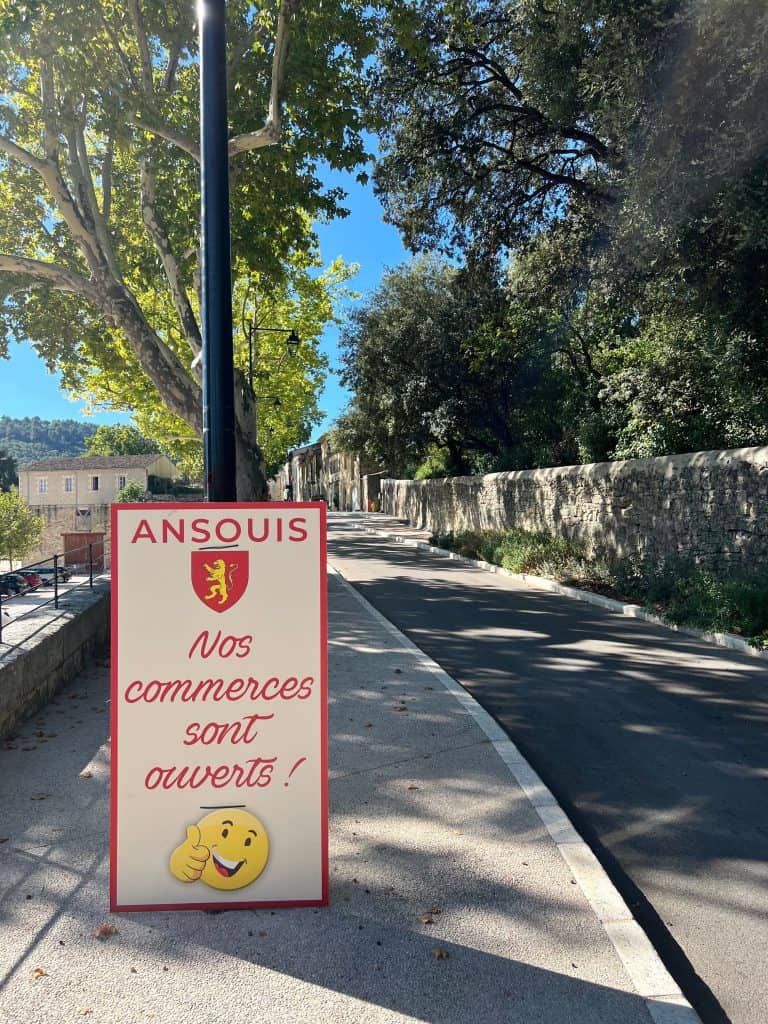
The Vauxhall Cross proved to be quite a robust option for the eight days we had it in Provence and perfect for two people but could easily also accommodate another in the back. Features of the car included, Bluetooth sound system, GPS as well as back-up cameras which in Provence will come in very handy for parking as well as motion sensors.
If you are travelling to Provence in summer, things can get pretty hot when you’re driving so ensure you have air-conditioning and you know how to use this. Try and park the car in the shade where possible so the interiors are not excessively hot when you return to start the next leg of your journey.
The Best Place To Hire A Car (Plus Insurance)
The airport is your best bet, for convenience and ease. If heading to Provence, you may well be arriving into Marseille airport, and here car companies are sign posted as you walk through arrivals. It’s a couple of minutes walk after exiting the terminal.
Be-lavie Tip: Ensure that at the time of booking you purchase insurance either independently or with Europcar incase of any unlikely problems. Additionally a great tip is to take out excess reimbursement, which is a policy cover that pays out your excess if there is any damage to your hire vehicle.
Europcar is a great company that we’d recommend and have hired a number of cars with in the past with no problem.
Car Parking: Driving Through Provence
Parking your car in Provence is pretty easy as there are plenty of car parks, which much to our surprise, are free. Parking will also largely depend upon where you will base yourself throughout your Provence road trip.
We based ourselves in Avignon, which is a stunning medieval city, surrounded by a wall that felt very much like being in the backdrop of a fairytale setting. There are a number of car parks in Avignon as well as on-street parking which you naturally have to pay for. If staying for seven days as we did, parking charges can mount up but Avignon has a free car park just on the edge of the city. It takes 20 minutes to walk from the centre or there is a free shuttle which is available throughout the day and until late at night
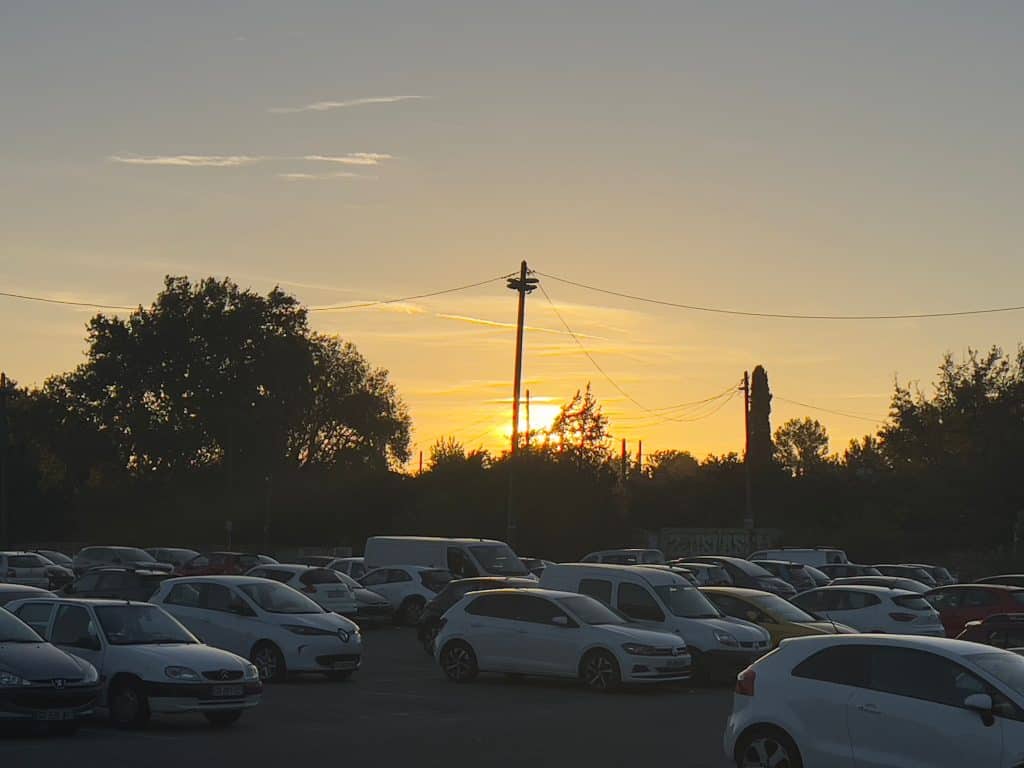
The car park is pretty close to the university, referred to as Des Italiens Parking. It is open 24 hours a day and a lot of the locals who live in the centre of Avignon also park their cars here. It’s relatively busy and well lit and feels very safe to use. Refer to Map Location
Further information and options on Parking in Avignon
Parking in the small towns of Provence is actually easier than you think. Generally as you drive into the town, you’ll see signs for a car park or two. Follow this and on the whole we found these to be free.
Be-lavie Tip: Out of the 18 towns and villages we covered in our week, we only paid at Saint. Remy en Provence, Fontaine de Vanclues and Aix en Provence. In the more smaller villages, it’s worth keeping an eye out for street parking too which is also free on Sundays.
Parking will cost in the region of €3 for two hours, so quite cost effective compared to places in the UK.
If you know there’s a market on in the town you’re visiting, it’ best to get there as early in the morning as possible as the free parking may fill up fast. Just to note, you will often see cars parallel parked against stone walls, feel free to partake but be careful not to damage cars due to errors in judging the distance. It’s so easy to nudge the car on the walls. You’ll usually see parked cars here near houses where the locals prefer to park.
Driving In Provence Essential Tips & Recommendations
These essential tips and recommendations will make your road trip a lot more easier to navigate.
Drive On The Correct Side Of The Road (& Driving Rules)
In France and much of Europe the rules of the road are to drive on the right hand side of the road, so great if you’re from the USA, but completely the opposite if you’re from the UK and a few other countries.
Be-lavie Tip: If you’re collecting your car from the airport then to get used to driving on the other side of the road, you can drive up an down and practice before you commence your road trip itinerary.

Provence Roads
As you can imagine, a lot of the smaller towns, especially those little gems located in the Luberon Valley will have pretty narrow, even cobblestone streets which can be a little tricky to drive on. You may need to tuck in side mirrors and be extra careful. If you don’t feel confident then park at the designated car parks a little away from the centre of the village itself and just walk up the hill to the village epicentre. Your car will be safe and a steep walk may neutralise all the crepes, bread and cheese you’ll be eating!
Be-lavie Tip: Avoid driving along the country roads at night if possible. They are windy and bendy and have hairpin turns with sharp bends and blind spots which are known to the locals. There are not many street lights or traffic lights for that matter so caution will be needed but in our opinion, it’ best to avoid.
Roundabouts
In France, there are quite a lot of roundabouts or ‘rond points’ as they’re called. Keep an eye out for the signs approaching the roundabout so you know which exit you’ll be taking. Best to read up on traffic signs and signals before you go, just to be on the safe side.
On coming traffic should yield to vehicles that are already at the roundabout and you must give way to traffic from the left.
A guide to navigating roundabouts in France
Be Familiar With Road Signs: Driving Through Provence
Depending upon the part of the world you’re from, road signs are most probably very different in Provence. Two signs that come to mind are ‘do not enter’ and ‘narrow road’ signs. This round-up of French road signs may come in useful for your trip.

Fuel Stations
In France just like in the UK, you fill up your car and go and pay inside or you can pay at the pump with your credit card which is a very convenient method.
Be-lavie Tip (Fuel Spend): On our seven day road trip we covered around 1000 km including a round trip to Marseille airport and we spent on average €100 On fuel.
** Remember to fill up your car fully before returning it to your rental company.
Google Maps
It’s best to download Google Maps for your route when you’re in a WIFI area as some of the remote spots can be pretty tough for connection. From our estimation, if you plan the itinerary correctly (we have an example a little further down) you can bunch towns and villages together so you’re only traveling 15-20 minutes between each, and your furthest drive would be around an hour before you visit the rest en route back to your base.
It’s really important to spend some time on the itinerary process – you don’t want to spend unnecessary time going back to the same area to visit one town if you were just there a day ago. This will especially be frustrating if like most of us you are on a tight travel schedule.
Toll Roads Versus Village Roads
If you are weather nervous driving the narrow country roads, be reassured that there are also Toll Roads especially to the larger towns, when driving from Avignon to Aix en Provence. Google may automatically direct you via them.
They are pretty easy to figure out, you just need to grab a ticket from the dispenser at the barrier and when you’re exiting the road, keep your cash or credit card handy to pay on exit. Any problems, you can always press the information button and the toll attendant does have limited English.
Where possible we stuck to village roads, to access larger towns to and from Avignon, as most of our driving itinerary was done in daylight and they truly are far more picturesque than the motorway style toll roads.
Public Toilets: Driving Through Provence
Finding public conveniences in Provence, is a little tricky to say the least. Public restrooms are not really that well accessible. If you think stopping at a fuel station, grocery shop, cafe, restaurant will relieve you, I wouldn’t be to sure.
We wouldn’t recommend spending a penny in nature, I mean for starters you never know who may just pop out of the foliage. Preferably go when you are stopping off at a cafe or restaurant for lunch or coffee and enquire about the facilities. When visiting museums, these generally have public restrooms too. Some car parks also have a toilet but we found a couple to be the hole in the ground kind! Yup France still does the squat thing!
Be-lavie Tip: Carry degradable wipes, hand sanitiser and toilet paper just to be on the safe side, the number of toilets lacking these items was rather large!
Watch Out For Cyclists, Pedestrians & Motorcyclists
Whilst driving around in Provence, you will see many cyclists as it’s quite a popular region for cycling holidays as well as pro-cycle trials. This is another reason to stick to the road sign limits and drive carefully being mindful of other road users.
Motorcycles and scooters are also popular and are legally allowed to filter in and out of lanes, which may seem a nuisance but it’s just how it is in France.
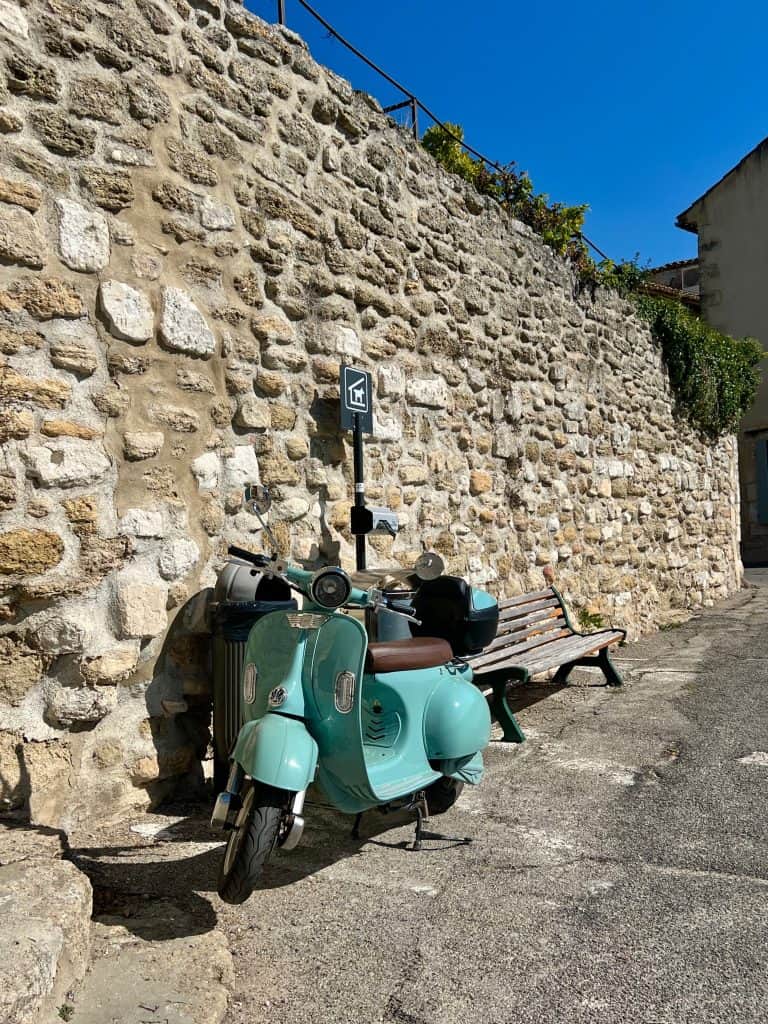
Be-lavie Tip: French drivers will usually steer to the right so that cyclists may pass quickly
When it comes to pedestrians, locals will not wait for the signal to cross the road they will just do so and it’s ALWAYS their right of way!
When driving just try your best to follow the route of traffic but be alert pedestrians may step out.
Stock Up On Snacks & Water: Driving Through Provence
Take plenty of snacks and water, especially if you’re driving in the hot summers in Provence. Picnics are absolutely perfect for driving stops.
Be-lavie Tip: If you’re based in Avignon, we recommend dropping into the Les Halles D’Avignon, a daily farmers market which is open from 06:00-14:00 is a must. The local traders have some fantastic, cheese, breads, honey, nuts, cakes, coffee fruit, vegetables, cold meats and so much more to enjoy. You can even go to one of the restaurants and cafes inside.
Map Location; Les Halles d’Avignon
Many of the towns will have daily markets and delicatessens so picking up some food won’t be a problem with lots of food and drink around, all made locally in the region. It’s a great way to support local and cottage industries.
Picnics are a fab way to stop off at picturesque picnic points or along rivers to have a break from driving if you don’t fancy a restaurant midday.
Stocking up on water is also a priority. To purchase large bottles of water head to the supermarket.

Be-lavie Tip: It is possible to drink water from the tap in France now. We would fill our water bottles up and keep them in the fridge before heading out.
It’s good to note, that many eateries and local shops will close around 12:30-15:30 so pick up supplies early and with so many popular patisseries, boulangeries and fromageries around, stocks go very quickly!
Always Have Cash Handy: A Driving Itinerary Through Provence
This would be quite pertinent in the small villages in Provence. Some small local eateries will not take cash, for example patisseries or even market stalls, and even some small souvenir haunts. You really don’t want to miss out on some of the local produce and hand made goodies so it’s best to be on the safe side. Take some Euros!!
Driving Through Provence Itinerary: Destinations
Working on a driving itinerary for Provence is quite an important part of the trip. It is a holiday but if your base is in a town such as Avignon, when rush hour traffic hits, it hits hard. You can well be stationery for a long while impacting your day. It’s best to either leave before the rush, so around 08:00 or after 09:30-10:00. Additionally when returning back to your base, try to avoid 17:00-18:00.
* click the image below to see the destinations in Google Maps
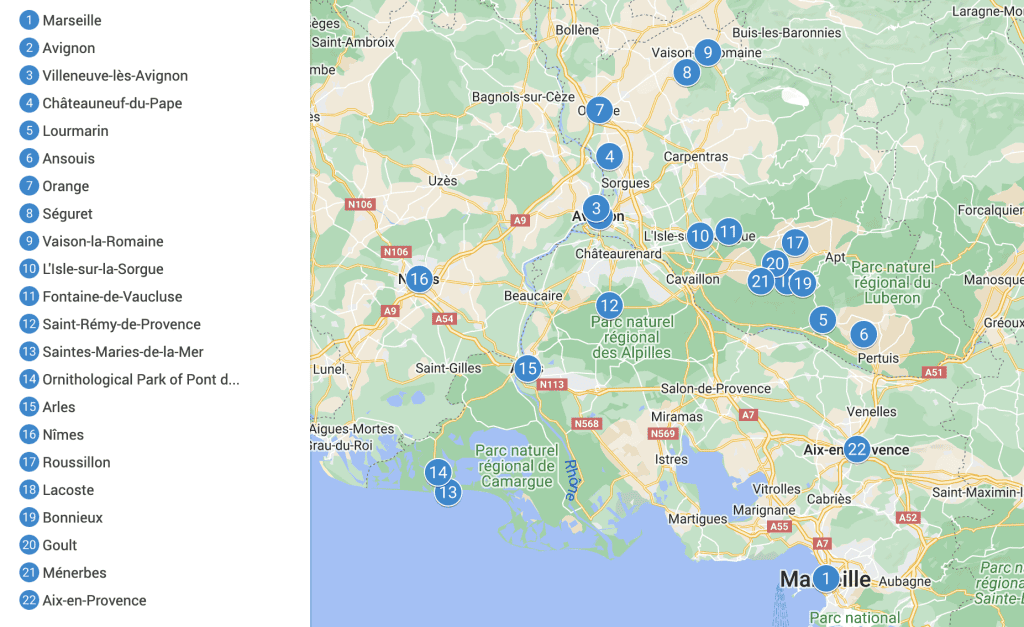
This seven to eight day driving itinerary around Provence is a guide that can help craft your own trip and assumes the following:
- Arrival & Departure Airport: Marseille
- Base: Avignon, Provence
- Avignon Parking: Des Italiens
- Accommodation: Located in the historic centre of Avignon
- Driving Times: based on Google Maps
** Personally curated dining options have been included for ease of planning.
Marseille – Avignon – Pont Du Gard – Avignon
- Arrive into Marseille Airport
- Collect Hire Car
- Depending upon time, either head straight to Avignon, park your car, check-in and head to Halles Les Avignon to grab a picnic to take with you to Port du Gard
- If it’s already the afternoon when you arrive into Marseille airport, head straight to the Port du Gard and after a couple of hours of discovery, you can head onto Avignon.
- Dinner: Pre-book dinner for ease Recommendation: L’Agape

Driving Time
Marseille Airport – Pont du Gard : 109km// 1h 20 mins
Marseille Airport to Avignon: 83.7km// 57 mins
Pont du Gard – Avignon: 24.5// 30 mins
Avignon & Villeneuve-lès -Avignon
- Spend the whole day exploring Avignon, no car required.
- Walk over the main footbridge in Avignon to Villeneuve les Avignon and discover the small market town and walk up to Fort Saint-André.
- Breakfast: Chez Lisette
- Lunch: Head to Les Halles d’avignon and buy a picnic to eat at the Jardin des Doms
- Dinner: Head to a real local dining spot, Mamma Corsica

Full day wine Tour Châteauneuf-du-Pape
- Breakfast: For the best pain au chocolat and croissants in Avignon head to Les Fabrique des Saveurs
- A full day wine tour around organised by Odylée Estate Winemakers with your very own sommelier.
- Lunch at Le Comptoir de La Mère Germaine , recommended by our sommelier.
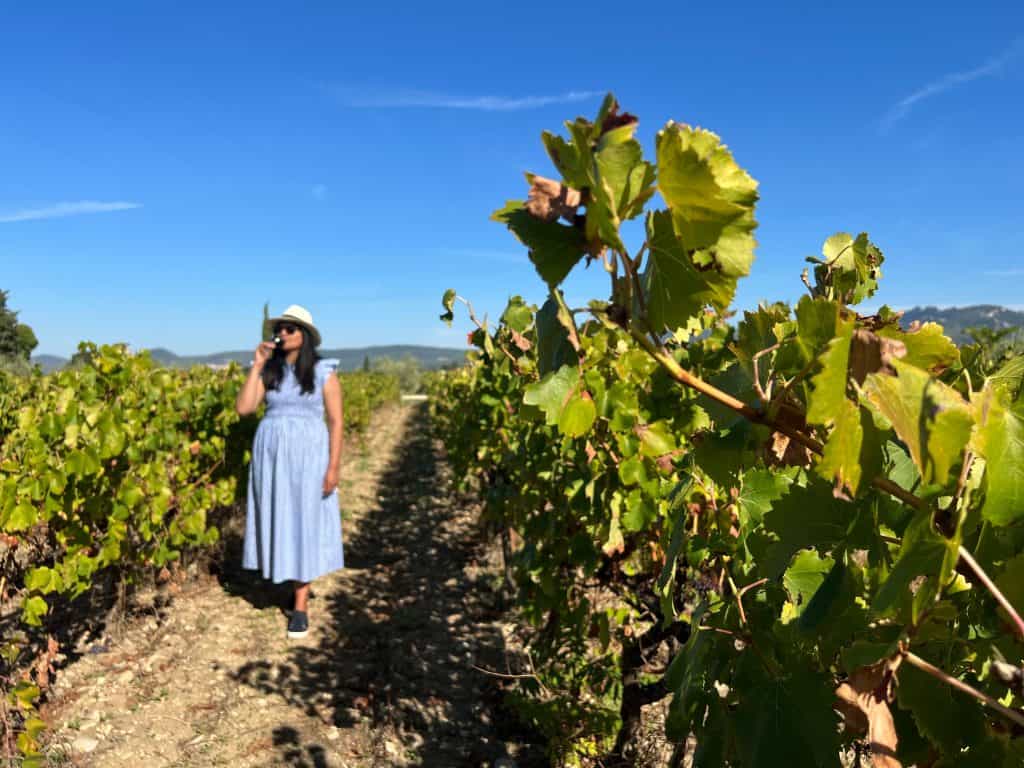
Avignon – Châteauneuf-du-Pape: approximately 17.5km ~25 mins
It takes around 15-20 minutes to drive in between wine estates.
Avignon – Lourmarin – Ansouis – Orange – Séguret – Avignon
A few more of the Luberon villages to explore
- Leave Avignon early and head to the beautiful village of Lourmarin. When you arrive, have breakfast at one of the cafes. Recommendation Cafe Gaby
- Once you’ve explored the village and chateau, head to Ansouis, a small commune and cute little village to walk around.
- Drive to Orange. A lovely town filled with beautiful shops and the Roman Amphitheatre.
- Finish the day in Seguret, Ames one of the most beautiful hilltop villages in Provence. Have some food at the restaurant that line the cobbled-stone streets. Recommendation: Salon de Thé Eglantine for homemade lemonade and heart biscuits.
- Head back to Avignon for dinner, pre-reserve restaurant. Recommendation: La Miranda (1 Michelin Star for a special meal.

Avignon – Lourmarin: 69km ~54 mins
Lourmarin – Ansouis: 10.3km ~13 mins
Ansouis – Orange: 91 km ~1hr 9 mins
Orange – Séguret: 24.3km ~26 mins
Séguret – Avignon: 42.2km ~46 mins
Avignon – Vaison-la-Romaine – L’isle-Sur-la-Sorgue – Fontaine-de-Vaucluse – Avignon
- Head to Les Halles d’Avignon to pick up some breakfast and lunch supplies for a picnic later.
- Drive to the commune of Vaison-la-Romaine and head to the old town on the hill. If you haven’t had breakfast, grab a crepe at Creparie La Pomme .
- Head to L’isle-Sur-la-Sorgue also known as the Venice of Provence to mooch around the antique filled lanes and walk along the river.
- Drive onto Fontaine-de-Vaucluse to have a look at the springs and the pretty towns with its spring side hike trails, grottoes and restaurants lining the water.
- Finish off at Beaumes-de-Venise, a small quiet village, popular with cyclists, optional stop.
- Back in Avignon have dinner, pre reserve Le Bercail which is located on the other side of the Rhone with views of the Palais de Pape and sunset.

Drive Time:
Avignon – Vaison-la-Romaine : 56km ~48 mins
Vaison-la-Romaine – L’isle de la Sorgue: 48km ~54 mins
L’isle-sur-la-Sorgue – Fontaine-de-Vaucluse: 7.8km ~13 mins
Fontaine-de-Vaucluse – Beaumes-de-Venise: 40 km ~1hr
Beaumes-de-Venise – Avignon 38km ~ 1hr 5mins
Avignon – Saint-Rémy-de-Provence – Camargue National Park – Saintes-Maries-de-la-Mer – Parc Ornithologique – Arles – Nimes – Avignon
- Head to Saint-Rémy-de-Provence for a coupe of hours in the morning to capture some pretty scenes as the town wakes up. Stay longer if you’d like to visit the museum or head straight to the Parc Ornithologique. Great breakfast is available at Le Beau Bar with seating in the square opposite.
- Drive to Camargue National Park and head to the main town of Saintes-Maries-de-la-Mer (optional).
- Take a coastal walk (optional).
- Head to the Parc Ornithologique to see the Flamingoes, alternatively you can head straight here after Saint Remy-de-Provence
- Drive to Arles and discover the historic centre followed by a late lunch at Le Bigouden .
- End the day spending a few hours in Nimes, exploring the streets, amphitheatre and sights before heading back to Nimes.
- Have a late dinner of Tapas or snacks at Au Coeur des Vin .

Driving Time:
Avignon – Saintes-Maries-de-la-Mer: 78.7 ~1hr 9 mins
*(Avignon – Saint-Rémy-de-Provence): 25.1km ~30 mins
Saint-Rémy-de-Provence – Parc Ornithologique Pont du Gau: 64km ~54 mins
Saintes-Maries-de-la-Mer – Parc Ornithologique Pont du Gau : 4.8km ~6 mins
Parc Ornithologique Pont du Gau – Arles : 35km ~40 mins
Arles – Nimes : 32.7km ~32 mins
Avignon – Roussillon – Lacoste – Bonnieux – Goult – Ménerbes – Avignon
Exploring more towns and villages of the Luberon.
Leave Avignon early to discover the villages of the Luberon.
- Drive to Rousillon, where you can discover the town quiet as the market and shops open. Purchase breakfast at one of the local cafes or Boulangerie to enjoy al fresco.
- Drive on to hilltop commune of Lacoste. Park the car at the bottom of the hill and walk your way up, passing by the boutiques and points of interest.
- Drive onto Bonnieux and have a Crêpe or lunch at one of the cafes located on the hill slope with views over the valley. Recommendation: Crêperie Le Tinel .
- Spend a couple of hours walking through the dreamy town go Goult.
- Finally end your day with a visit to Ménerbes and soaking up the views of the vineyards in the valley and walking through the quaint town.
- Head back to Avignon for dinner. Recommendation: Restaurant Bar à Vin Le 46 .

Avignon – Roussillon: 49km ~54 mins
Roussillon – Lacoste: 11.3km ~17 mins
Lacoste – Bonnieux : 6.8km ~10mins
Bonnieux – Goult : 8km ~11 mins
Goult – Ménerbes: 11km ~16 mins
Ménerbes – Avignon: 40km ~46 mins
Avignon – Aix-en-Provence – Marseille Airport
- Spend the morning exploring Aix-en-Provence with breakfast at Chez Biscote et Biscotte (try their madeleines)
- Head to Marseille airport to return your hire car, remember to fill up with fuel – there is a petrol station just near the car rental area.
- Take your flight home or proceed with your onward journey, we recommend to spend a few days in Marseille.

Driving Times
Avignon – Aix-en-Provence : 87km ~1 hr.
Aix-en-Provence – Marseille Airport : 27km ~30 mins.
Day Trips & Tours From Avignon
If you fancy having a break from driving or would like to do a wine tour without the hassle of a taxi or public transport then have a look at these personally curated tours for some memorable experiences.
Tours We Love
- Avignon Historic District Guided Food & Wine Walking Tour – This small group tour explores five local historical eateries and restaurants as well as drink stops. It’s a true local experience and perfect for food-lovers who want to experience something authentic.
- From Avignon, Luberon’s Main Villages & Sites Tour – This six to nine hour tour covers some of the most beautiful village and towns of the Luberon valley. Gordes, Roussillon, Saignon •sites: Senanque Abbey, Mines de Bruoux. This is a great tour if you’re a little short of time.
- Day trip from Avignon: In the Footsteps of Van Gogh in Provence – this one is for fans of the great artist. You can follow in his footsteps and visit the villages where he based himself. and was inspired to paint many of his notable artworks. It includes a visit to St. Paul de Mausole, the asylum where Van Gogh stayed from 1889-1890.
Tips On Executing Driving Through Provence
#1. Collect your hire car from the airport and ensure you have previously studied road signs and done some driving background reading – the internet has so many great resources!
#2. Remember to not only purchase insurance but to add on a separate policy which lets you cover the excess payment amount, incase of any unforeseen circumstances.
#3. Hiring a smaller car is recommended such as a Fiat 500 or Vauxhall Corsa. Double check it has air conditioning, back up cameras (if you need help parking) and GPS.
#4. Importantly make sure you know whether the car drinks petrol or diesel.
#5. Know where the closest car park is to your base location.
#6. Make a Google Map itinerary of the villages and towns you intend to go to and try and visit them by area, so you’re not driving back and forth on yourself to maximise your time.
#7. Take some cash (Euros) with you.
#8. Keep an eye on fuel levels and filling stations so you’re never cut short.
#9. Carry water and snacks with you.
#10. Use public conveniences when you see them as they are far and few between.
#11. Take wipes and toilet paper incase you may require it.
#12. Get to locations as early as possible in the day to secure free parking. Market days can be rather busy at most places.
#13. Don’t pack your days too tight and leave time for spontaneous changes.
#14. If you plan to have lunch or dinner at a specific restaurant, book ahead to guarantee a table, if the eatery has a reservation option.
#15. Try and learn some French, especially, Bonjour, Bonsoir, Merci, s’il vous plaît (good day, good evening, thank you and Please) being friendly in the smaller towns is very common, the locals will generally acknowledge you and try and stop for a chat.
#16. If time allows dedicate a day to touring a few winemakers. It’s best to get a tour for this so no-one misses out on the experience and everyone can enjoy the day without worrying about getting back to base.
#17. Be sure to book a lunch in if you’re doing wine tours as you will need the food!! Also carry water in-between tastings.

Driving Through Provence: Round-Up
Following these tips and recommendations should make your seven day driving itinerary in Provence run a lot smoother, especially if you’re unfamiliar with driving in Europe. It can seem quite overwhelming planning an itinerary and executing it but hopefully the sample schedule created above can help alleviate some of that stress, leaving you to add or remove as much or as little to your time in Provence as you’d like. The region is for relaxed travel, mooching around villages, enjoying long lunches, with a glass or two of wine and uncovering the hidden gems of fairytale and hilltop villages steeped in history, that are speckled throughout Provence. All this with a picture -perfect backdrop of the Alps and never- ending vine fringed roads.
Related Articles: Driving Through Provence
- The Most Beautiful Photo Locations In Avignon
- 14 Beautiful Historic Places to Stay in Avignon, Provence
- Ultimate Day Guide To The Best Small Wineries in Chateauneuf-du-Pape
- The Best Cities & Towns to Visit in Provence
- The Most Beautiful Villages to visit in Provence
- The Best Vegetarian-Friendly Food in Avignon & Beyond
- Vegetarian-friendly dining at Michelin-starred, la Mirande
Handy Resources To Help Plan Your Trip

Flights: Search & Book the best flight options through SKYSCANNER
Travel Insurance: An absolute must-have! Check rates on SAFETYWING
Hotels: Choose from a wide range of accommodation with BOOKING.COM
Trains: Get the best available options with TRAINLINE & rail passes in Europe with OMIO
Buses: Scope out the best coach travel deals in Europe with OMIO
Car Hire: Compare, search & secure the best vehicle to suit your needs with RENTALCARS.COM
Activities: Personalise your travel with top destination experiences with GET YOUR GUIDE & VIATOR
Shopping & Reading: A one-stop online shop for all your travel shopping needs, including travel guides AMAZON
Traveller Reviews: Check unbiased reviews for accommodation, tours and restaurants at TRIPADVISOR
Travel Resources : Access Be-lavie’s full-list of tried and tested PARTNERS
eSIM: Keep roaming charges low with an eSIM from Airalo

I’m Bejal aka Be, an ex-scientist turned travel writer and digital content creator. I have travelled to 6 continents, visited 70 plus countries, including an around the world trip, making me quite the expert in crafting intricate itineraries. I love to discover some of the world's more remote destinations and stay in some incredible hidden location eco-hotels. My aim is to transport you, my audience, to inspirational and cultural global spots that are less visited and allow you to see the 'real' and authentic side of destinations through detailed guides with a sprinkling of luxury. The spotlight is on eco-friendly responsible experiential travel with lifelong memories.
You May Also Like
Exton: the most beautiful chocolate box village in rutland, 30 0f the world’s most romantic sunsets to watch, travel without boundaries & expectations.
Linda (LD Holland)
A road trip is definitely a great way to enjoy all that Provence has to offer. I love the smaller villages you get to see when you have a car. Good to remind people though that they need a small and narrow car! Great tips for first time car drivers in France. Some new spots here we need to visit on a return trip.
Absolutley driving just gives you a greater flexibility to do more and discover so many hidden gems you couldn’t fit into an organised tour or access with public transport.
Leave a Comment Cancel Comment
This site uses Akismet to reduce spam. Learn how your comment data is processed .
PHOTOS OF JERSEY, CHANNEL ISLANDS THAT WILL MAKE YOU WANT TO VISIT NOW
Enjoy the most beautiful brunch at the forge inn, leicester, privacy overview.
You cannot copy content of this page
Best Villages to Visit in Provence – Road Trip Itinerary
Provence is one of the most renown regions of France. Its charm and colors are legendary. However even those aware of its beauty are still left mesmerized when visiting Provence. It’s not only the beautiful lavender fields stretching until the horizon or the ancient cities. The atmosphere of Provence is unique, people friendly and landscapes will amaze even frequent travellers. We visited Provence in June and already can’t wait to go back. In this article, we will take you on a road trip through the most spectacular villages and sites of the Provence and tell you where to find the best lavender fields. Hop in your car, put on great music and enjoy the ride : it will leave you speechless.
- Road Trip Itinerary
- Lavender Fields
- Practical Infos
You can start this road trip at any of the cities and just follow the route clock or anti clockwise. This full road trip covers roughly 100 km and can be done in one day. The villages and towns in Provence are located close to each other and the views along the road are spectacular.
We will start the itinerary in Gordes, the biggest town in Provence and finish in Gordes. It’s a good base for anyone traveling around this region as it has many accommodations and restaurant options.
You can find full Google Map itinerary here .
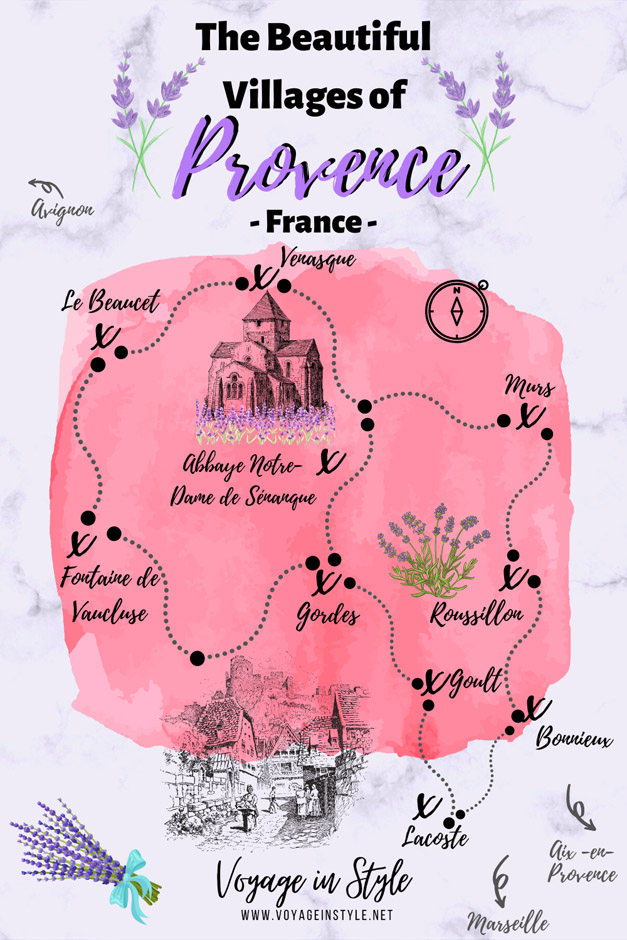
Gordes is one of the most well-known hilltop villages in the region. The narrow cobblestone streets and white stone houses rise up in a spiral around the rock where the village is set. At the very top is the church and the castle.
↬ TIP : Make sure to stop at the magnificent view point here .
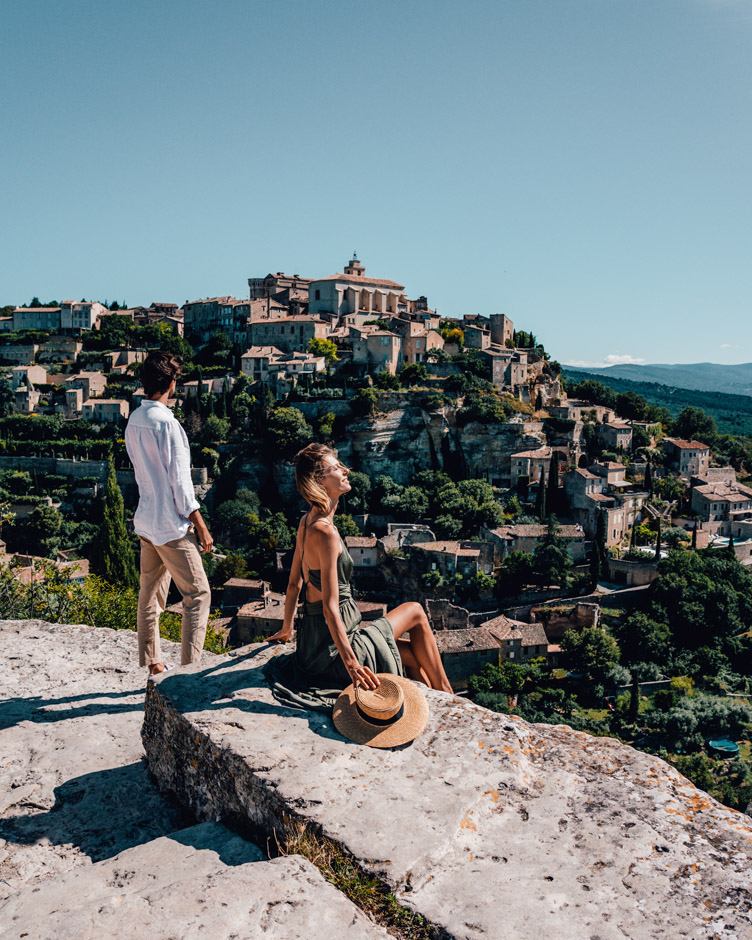
After visiting beautiful Gordes drive to the charming village of Goult, this place is one of our favourites in Provence. The small streets are stunning and the whole village looks like a movie set. Let yourself wander around making your way up to the moulin and the view point. Maybe you’d like to take a break at a cute bench and read one of the books left for the usage of passersby?
↬ TIP : Each Thursday there is a local market in Goult. You can get fresh vegetables and fruits, but also decorations, clothes and local cosmetics.
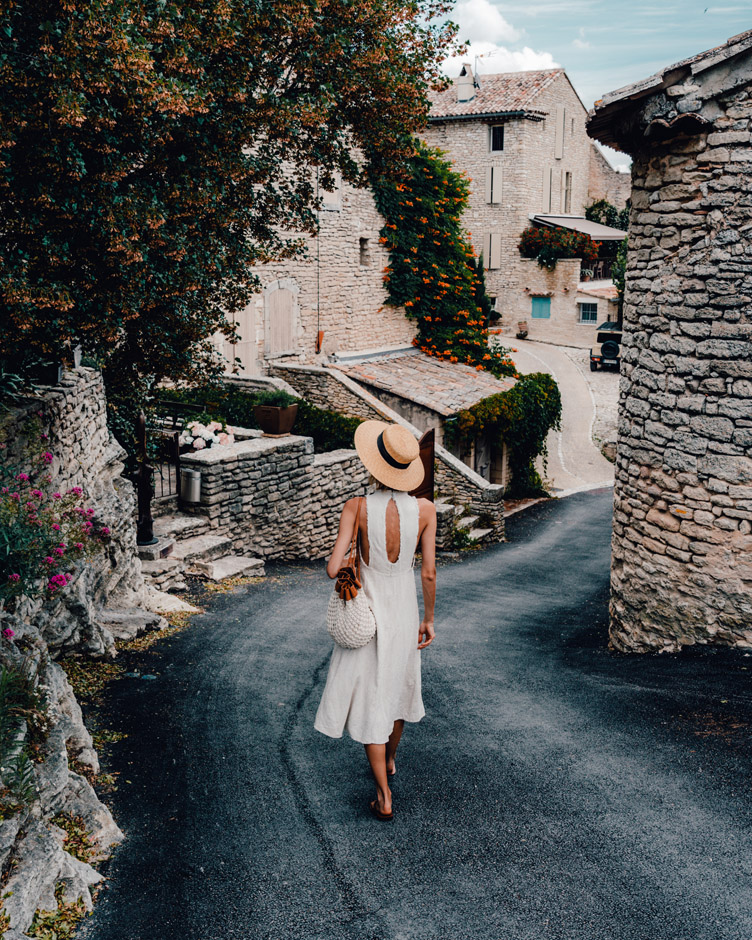
Located just a 10 min drive from Goult, Lacoste will teleport you to a completely different era. There, little has changed since the 14th century. Entering the medieval heart of the village, past the Portail de la Garde gate, direct your steps towards the château, towering above the village. From this castle built in the 11th century, you can admire views of Provence reaching as far as the horizon. Hop in you car and lets continue this road trip itinerary of the best villages of Provence.
INTERESTING FACT
In 2001 the famous fashion designer Pierre Cardin acquired the château and big parts of the whole village.
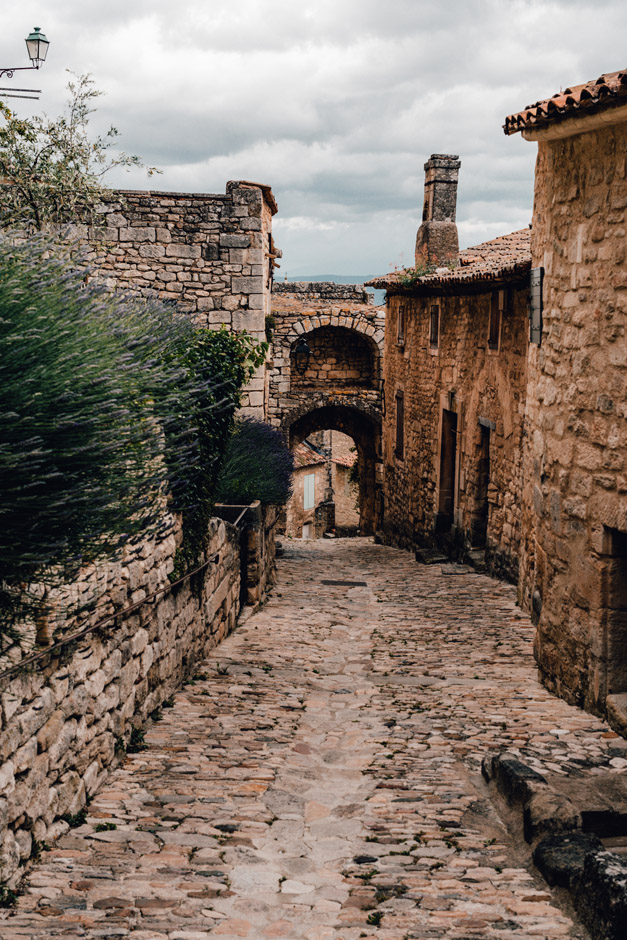
Bonnieux kept all its authenticity since 16th century as it’s one of the less touristy villages in the region. The earth-toned houses beautifully cover the hill-side on which the village was built. At the very center, a 425m tall tower dominates the surroundings. Make sure to climb the 86 stone steps to discover a beautiful view of the Monts du Vaucluse, and the villages of Gordes and Roussillon – your next stop.
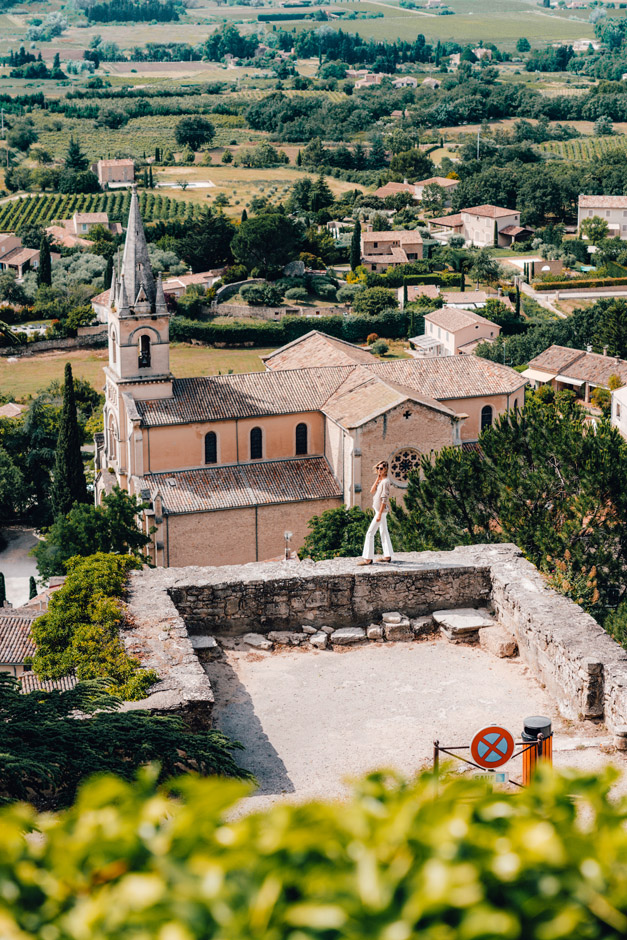
Roussillon is one of the most beautiful villages of France. Situated in the heart of one of the biggest ochre deposits in the world, Roussillon is known for its magnificent red cliffs and the color pallet of the buildings. After a walk in the village, direct your steps to the Sentier des Ocres. This path leads through the ochre lands.
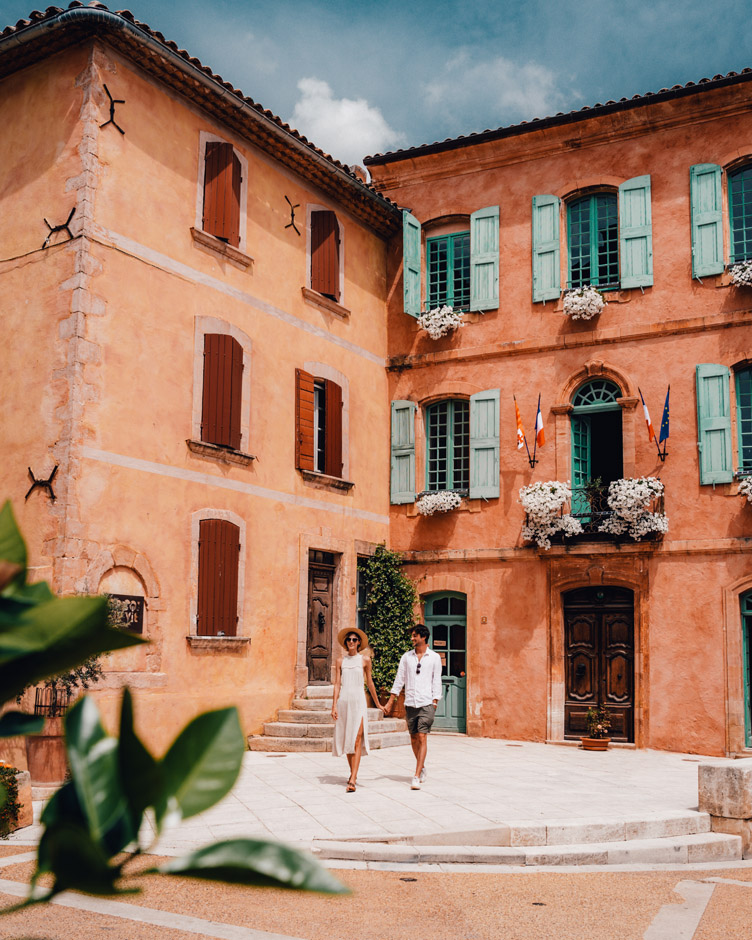
↬ Note : The path is short, takes around 30 min return. Wear closed shoes as the red sand leaves dust everywhere.
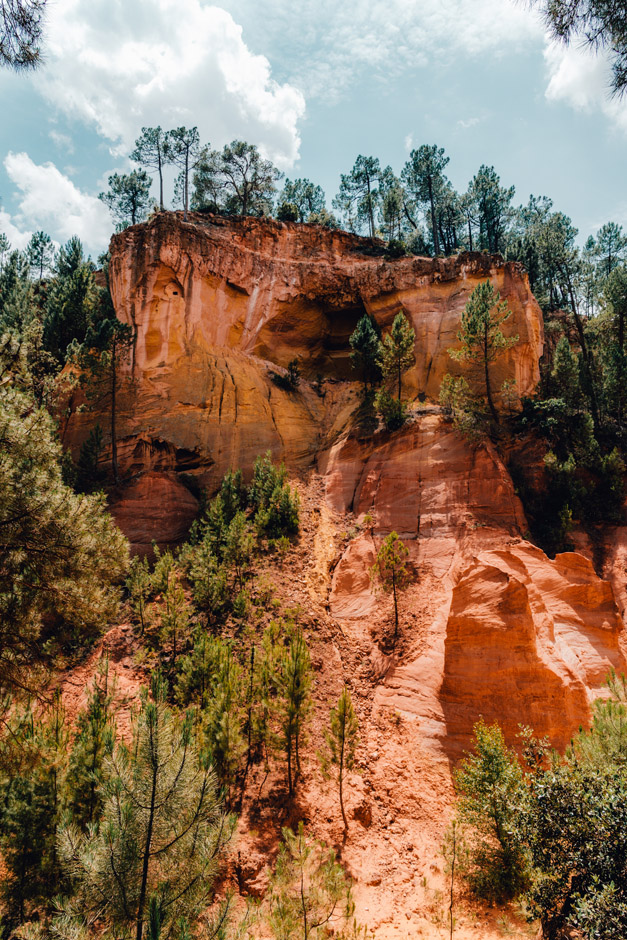
Murs is a charming little village built on a hill above a valley and set amongst the vineyards and cherry trees. A 15th century chateau dominates the village. Unfortunately the castle is not open to the public visit, however you can walk around it admiring the views.
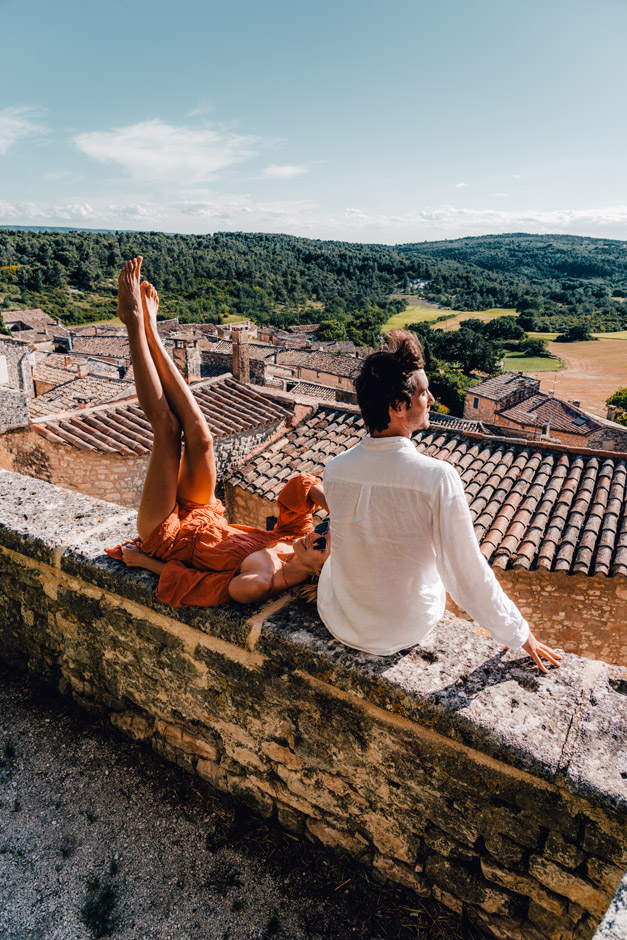
Abbaye Notre-Dame de Sénanque
Notre-Dame de Senanque is a Cistercian abbey near the village of Gordes in Provence. It’s beautifully located deep in Provençal valley, surrounded by lush mountains. The Senanque Abbey was founded in 1148. Until this day it’s occupy by Cistercian monks who gather in the abbey church seven times a day to pray together.
The Senanque is open for visits just few hours a day. The entrance ticket costs 8 EUR and you can check the exact visiting hours here .
↬ TIP : If you come to the Senanque Abbey to get a picture with purple lavender fields, visit by end of June, beginning July when the lavender is at full bloom. Note that the lavender fields in front of the famous Abbey are actually of reach of visitors, and were not purple when we visited … So we took some liberties 😝
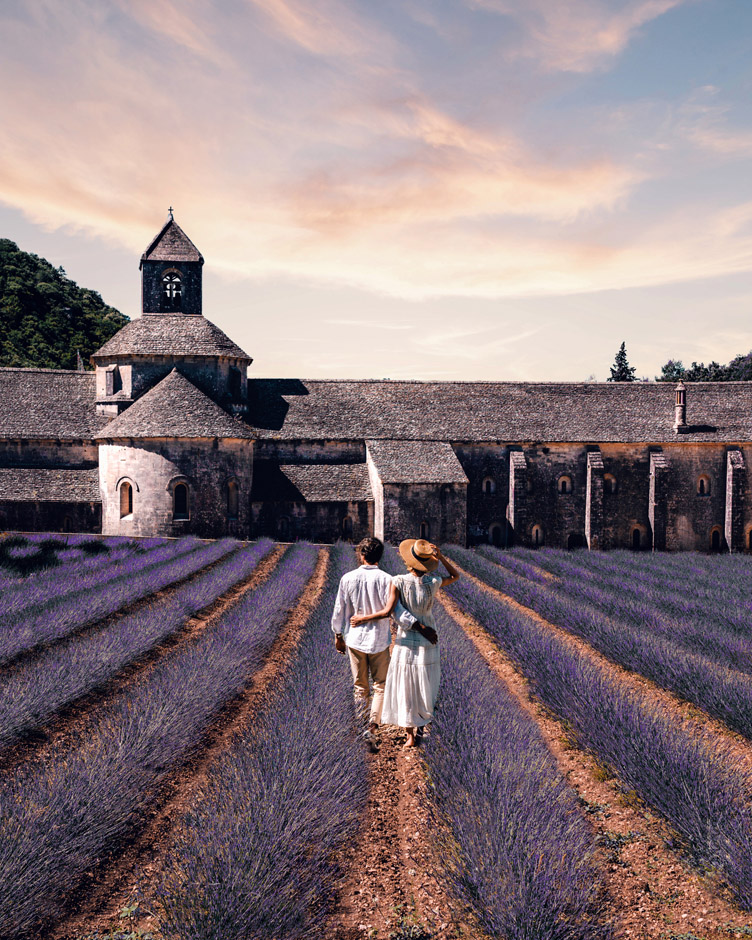
Venasque is a medieval town perched on a steep cliff. Enjoy the special atmosphere of this place, infused with the Provencal lifestyle as you stroll around the beautiful streets. Don’t forget to pass by the 12th century church and its three Saracen towers. From there you can admire the magnificent landscapes of the Monts de Vaucluse and nearby villages.
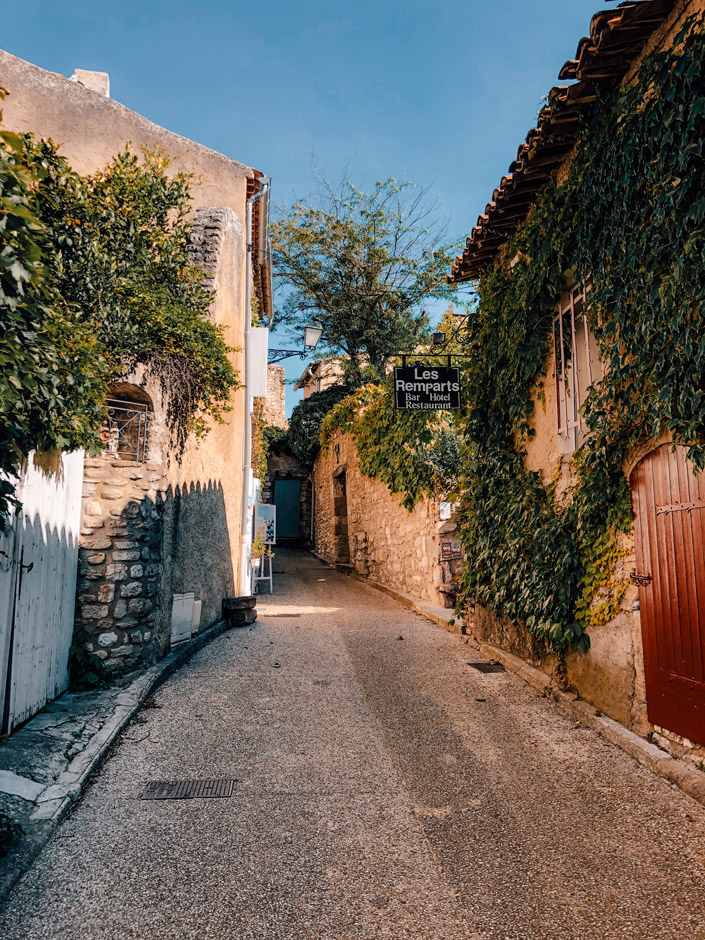
Continue your road trip to Le Beaucet is a charming small hill top village set within the wonderful landscapes of Provence. Stroll the tiny streets making your way up the hill. Here you’ll find Hermitage de Saint Gens, with two beautiful country chapels. Make sure to visit the ruins of the 12th century chateau proudly crowning the village.
Fontaine-de-Vaucluse
The town of Fontaine de Vaucluse was built around its spring in a valley at the foot of a cliff of the Monts de Vaucluse. This enchanting place never ceases to intrigue and attract visitors. You can stroll along the spring, admire the old ruins and small historic monuments, visit the shops selling local and traditional crafts or just enjoy a bite at one of the restaurants sitting by the river. Don’t forget to hike up to the source of the Sorgue river- a deep, green gorge, at the foot of a great cliff carved by erosion.
↬ TIP : Fontaine de Vaucluse is one of the most popular spots in the region. On Sundays the tiny streets fill up with people- both locals and tourists. We highly advise you to visit on a weekday to avoid the crowds.

Fontaine de Vaucluse was the last, 10th stop on your road trip around the villages of Provence. From here you can return to Gordes for a sunset drink at rooftop bar of La Bastide de Gordes.

Where to find Lavender fields ?
Many people visit Provence for one particular reason : to witness the beautiful purple sea of fully bloomed lavender. This occasion happens once a year, during a short period of about 2 weeks at the end of June and beginning of July. But you will still have a chance to see the purple color from the beginning of June to the end of July.
Lavender fields can be found anywhere in the region. Following our itinerary of the best towns to visit in Provence, you will come across at least few majestic violet fields.

Our hidden lavender field
During our visit in Provence we were lucky to stay with friends who live in the area. Thanks to that we discovered few unspoiled and non touristic lavender fields. We are happy to share the exact coordinates of this fields with you – our readers.
Located just few minutes outside of lovely town of Coustellet, with a beautiful mountain backdrop, those lavender fields will make you dream.

Without a doubt the lavender fields in Valensole are the biggest and most impressive. They are located apx an hour drive from the area of our road trip itinerary. As those fields are the biggest, they also are the most popular. If visiting, have in mind that there will be tons of other people at the same time.
↬ Note : Never pick, walk on or destroy the lavender. Be respectful and walk only in between of the rows. Almost in every farm for a symbolic price (2 EUR) you can buy a bouquet of lavender to take back home.
Practical info
Getting to provence.
Provence is a region on the South of France. The closest airport is located in Marseille, apx 70km from Gordes.
The biggest city is of the region is Avignon. Trains arrive here from all parts of France multiple times a day. From Paris the train ride takes only 2.5h as its the TGV (fast train).
Getting around
The best and easiest way to get around Provence is by a car. You can rent a car at the train station in Avignon or airport in Marseille.
↬ Note : Renting a car in France doesn’t have to be expensive. On multiple occasions we rented a car for as little as 25 EUR per day.
Read : How to save money on your travel bookings
Best time to visit
Without a doubt the best time to visit Provence is early summer. For one specific reason. The lavender fields that are spread across the whole region starts to fully bloom end June to early July. This natural phenomenon should not be missed by anyone traveling around the area.
If you are not interested in seeing the lavender, spring and early autumn will be perfect time for your trip. Those months are considered a mid-season, when the weather is nice and the prices are not at peak yet.
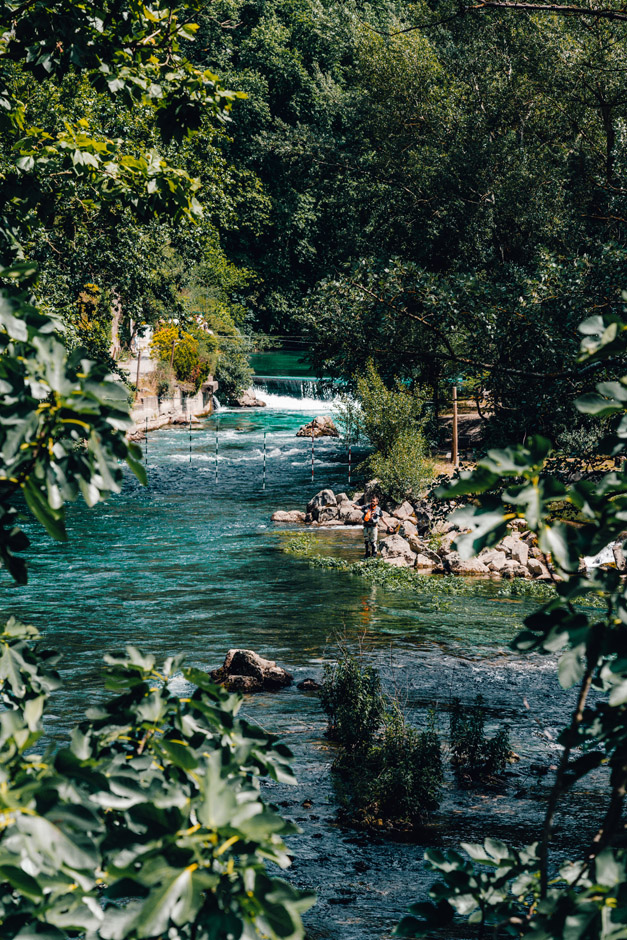
Where to eat
Restaurant Philip – located in Fontaine de Vaucluse is a perfect spot for lunch. The restaurant has a dreamy setting at a terrace just by the river.
La Cuisine d’Amélie – beautiful restaurant on the southern terraces of the country house, in the shade of hundred year-old plane trees. Located in the impressive Domaine de Fontenille, this place is very budget friendly with all splendore of boutique villa.
Le Petit Chose – a cute brasserie with a terrace offering splendid views of Venasque
Restaurant Côte Cours – great, modern restaurant serving good quality food
L’encas – a perfect place for quick lunch or glass of rose. Located on the beautiful square in the center of Gordes, this place is impossible to miss
Where to stay
There are many beautiful hotels and villas in this part of Provence.
↬ Find all the best deals for Provence on booking.com
We recommend: Airelles, la Bastides de Gordes – Le Jas de Joucas
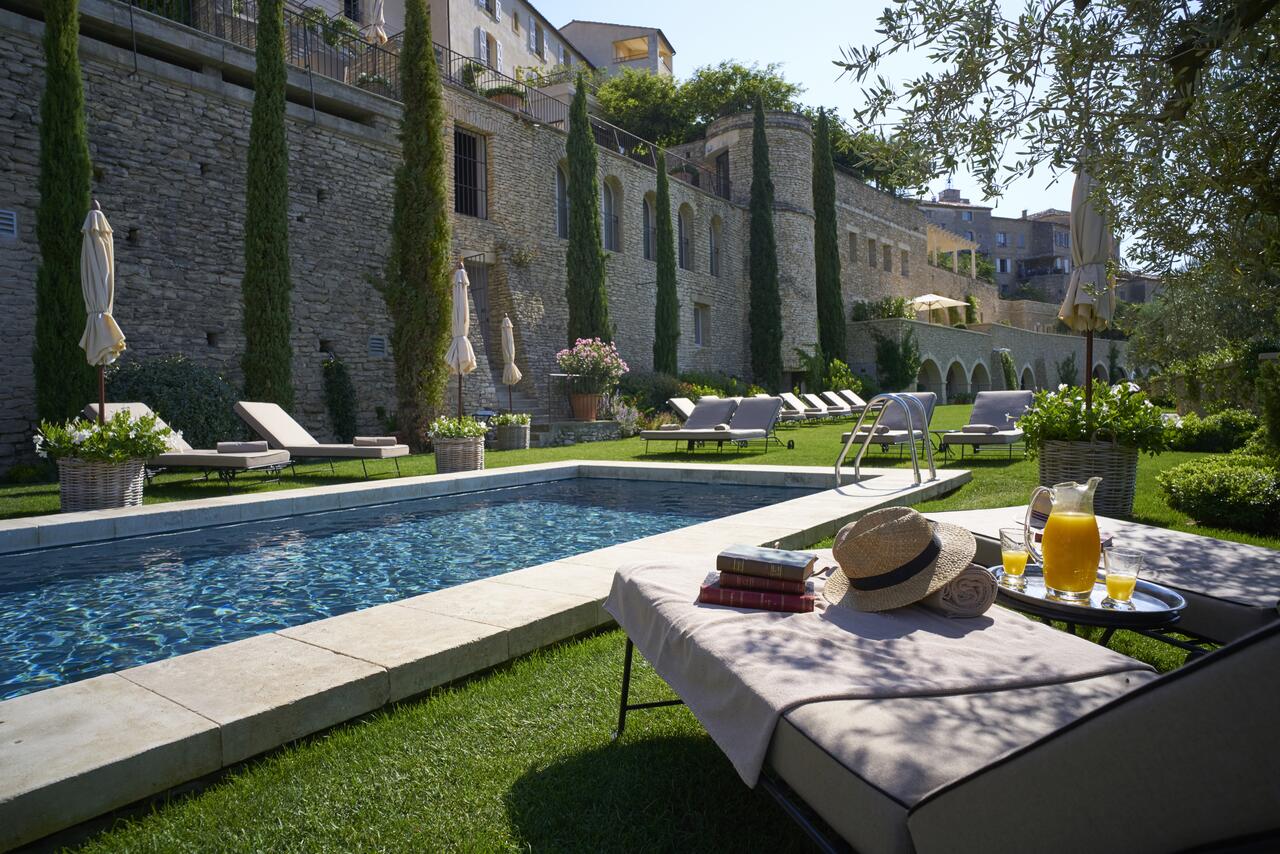
Airelles, La Bastide de Gordes
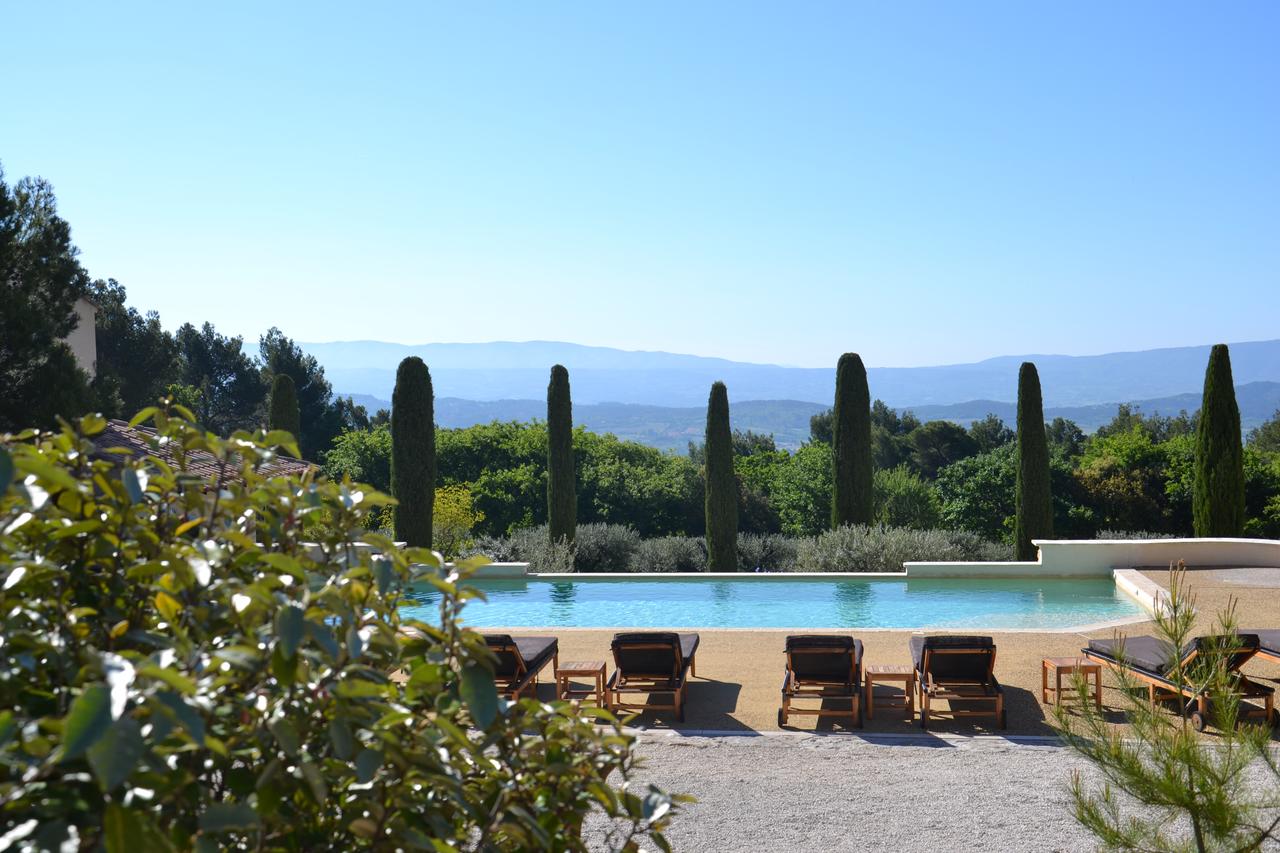
Le Jas de Joucas
Blog comments (4).
Enjoyed looking at this, very good stuff, thanks.
Thanks dear, glad you liked our article!
In it something is. Many thanks for the information. It is very glad.
I’m happy we could help! hope you had fun.
Add a Comment Cancel reply
Your email address will not be published. Required fields are marked *
- Tips & Tricks
- Work With Us

- Through a Travel Lens: Plan. Travel. Share stories

- Love Letters to Ukraine
Travel to France
Where to stay in provence when traveling by car choosing the best base for road trips in provence.
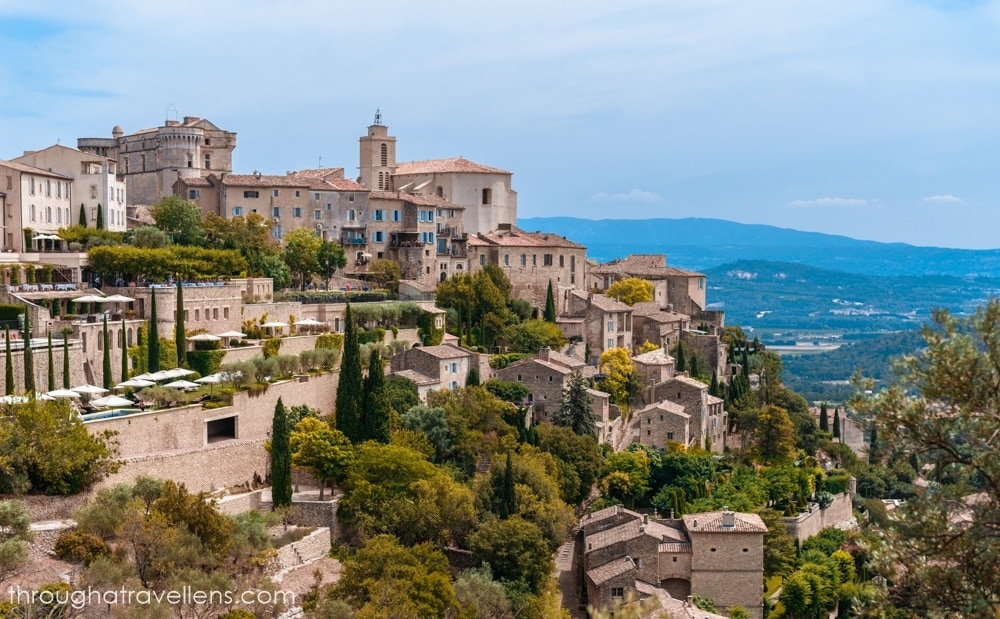
+ Provence Road Trip Itinerary Ideas to Create Car Travel Routes Around Provence (Including Lavender Fields, Scenic Villages & the Verdon Gorge Experience)
This post contains affiliate links to products and services, which help us earn a small commission at no extra cost to you. This helps to fund this blog and to bring more great publications to you.
The key to creating the perfect Provence road trip itinerary when traveling by car is selecting the right base. While the scenic French region boasts numerous sights worth seeing, the journey can easily turn into an exhausting driving marathon, leaving little time to explore historic villages, venture on scenic hikes, or sample the region’s famous cuisine and wine.
Drawing on our personal experience of two self-guided road trips to Provence, we thought we’d offer our insights on where to stay in Provence with a car. In addition to sharing our favorite base for car travelers, we’ll suggest a few alternative options and highlight some must-see sights in each area. We’ll also provide tips and suggestions on driving in Provence and offer some ideas about where to go in the region without a car. We hope our experience proves helpful as you plan your own trip.
Are you looking for a car to rent for your trip around Provence? Check some of the best deals available . Compare prices and book your car in advance to ensure that you have a stress-free experience.
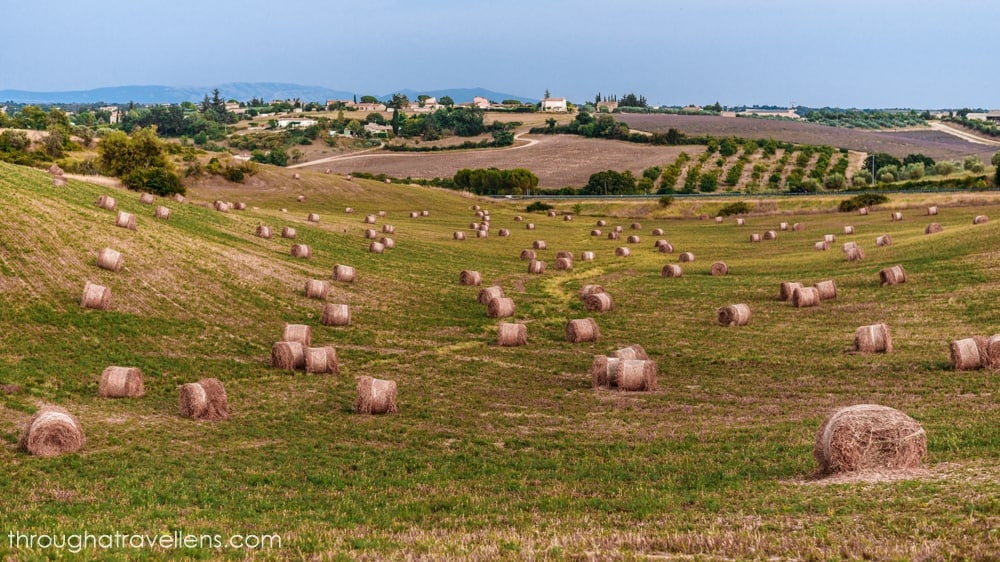
Provence Road Trip Itinerary: Things to Know and Things to Expect
Provence is a large and diverse region that stretches from the Rhone River in the west to the Italian border and south to the Mediterranean Sea. It encompasses various regions, including the scenic mountains of Haute Provence, the fragrant lavender fields of Valensole , and the stunning blue coastline of the French Riviera. While the region is worth exploring, it requires time and meticulous planning.
Sometimes, a more streamlined itinerary is better, depending on the local infrastructure. For example, Cote d’Azur has highways that connect the cities and allow for quick travel between stops. On the other hand, when exploring Haute Provence, Luberon Valley, and other regions, it makes more sense to take local roads because that’s where all of the scenic stops are. However, this also means taking lower speed limits, serpentine roads, and numerous roundabouts into consideration.
Despite the planning required, self-guided driving tours of Provence are undoubtedly worth the effort. Regardless of the route chosen, the scenery changes dramatically several times throughout the trip. You will find yourself driving through small, postcard-like centers of iconic villages and towns, through lavender fields, and mountain areas with ochre-colored hills and small trees. There will also be moments when you hold your breath and feel a sense of excitement on one of the many turns of the old serpentine Crete Road in the Verdon Gorge.
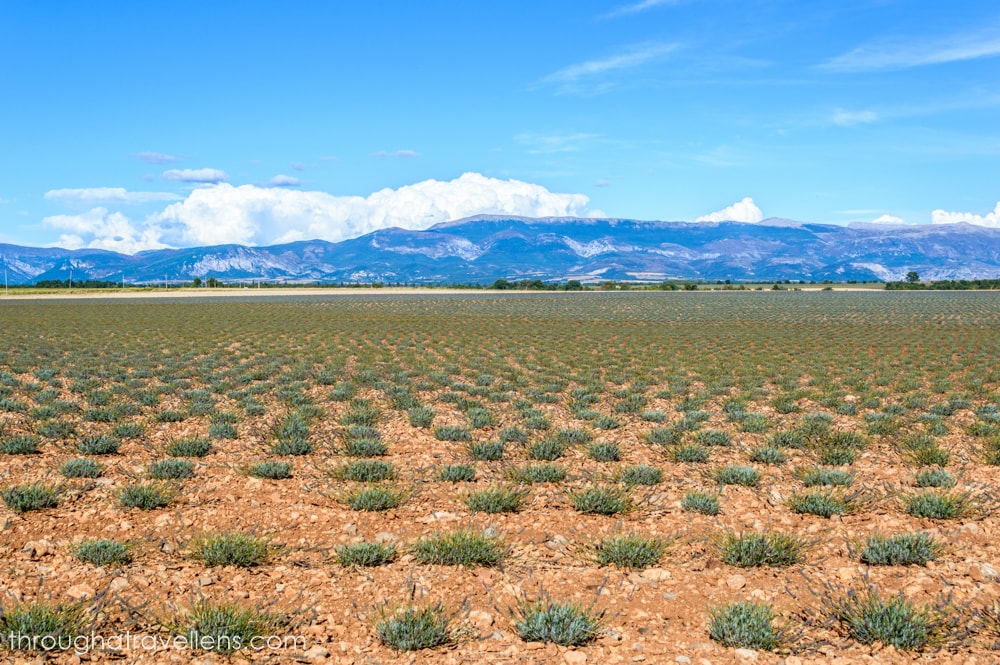
Where to Stay in Provence When Travelling by Car?
Deciding where to stay in Provence with a car can be a tricky question as it depends greatly on one’s travel style, budget, and time. There are two options for those wanting to make the most out of their trip.
- For those with limited time who do not want to compromise on anything to see or do in Provence, it may be a good idea to drive through the region and stay in hotels and apartments in the towns and villages along the way.
- For slow travelers, it may work better to choose a base (or two) in Provence and take day trips by car. This allows for a balanced trip, with a day on the road, a day in town, then another day on the road, followed by another day in town, and so on.
There are several base towns that are known as the best places to stay in Provence when traveling by car, and these are Aix-en-Provence, Avignon, Marseille, and any of the big cities on the Cote d’Azur.
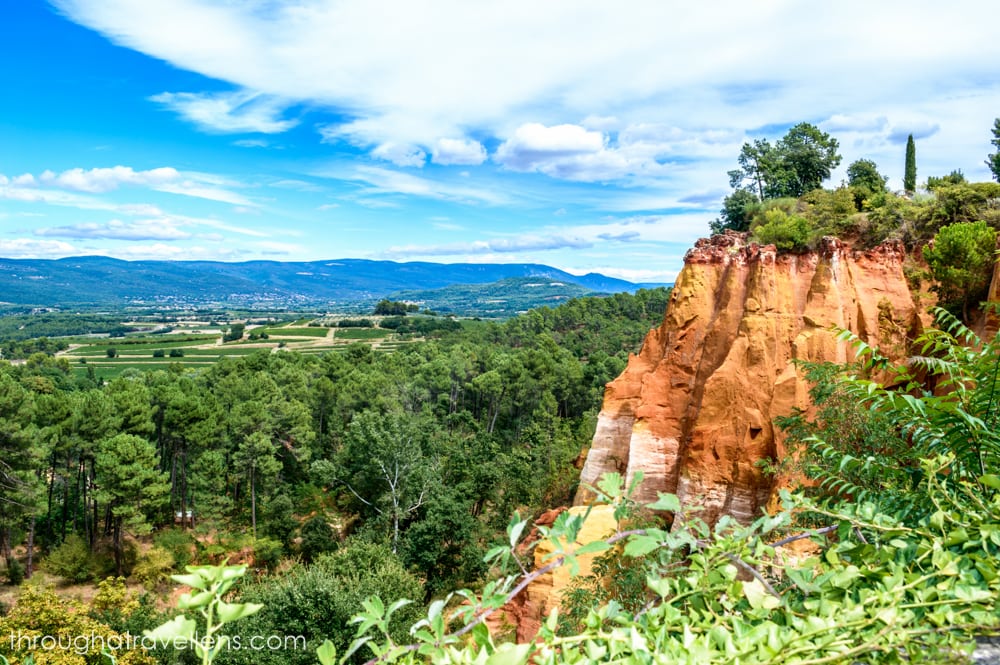
Table of Contents
Where to Base in Provence? Option 1: Aix-en-Provence
In our experience, the best base to stay in Provence with a car is Aix-en-Provence. This bustling yet charming town, located in the heart of the region, offers the perfect balance of good accommodations, things to do in town, and easy access in and out of Aix with minimal traffic.
Are you searching for accommodations in Aix-en-Provence? Browse through a selection of hotels and other available lodging options . Compare prices and make a reservation in advance to ensure a stress-free experience.
Driving in Aix-en-Provence is relatively stress-free, and there are plenty of places to park. Logistically, this location is also a convenient starting point for building circular road trips around Provence. Here are just a few examples of day trips by car from Aix-en-Provence:
Aix-en-Provence — Gordes — Abbaye de Senanque — Rousillon — Apt — back to Aix for dinner and a stroll down Cours Mirabeau.
Aix-en-Provence — Valensole — Verdon Gorge — Lake of Sainte-Croix — back to Aix for a glass of wine and delicious dinner.
Aix-en-Provence — Cote d’Azur — back to Aix to shop at the local fare.
Aix-en-Provence — Camargue — Calanques du Cassis — back to Aix to recharge.
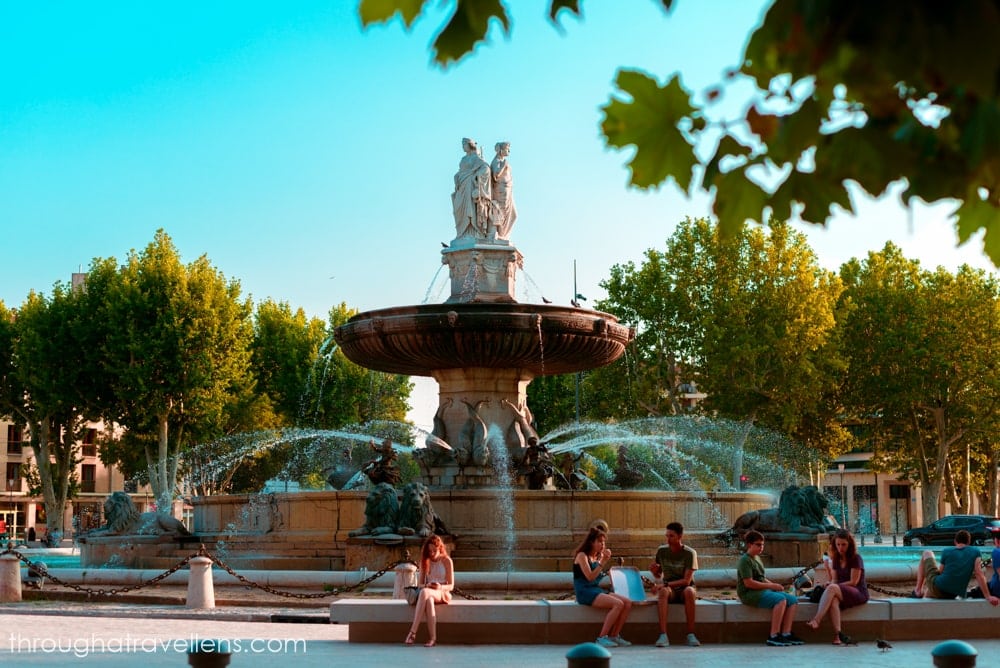
Note to travelers: the routes around the area of Haute Provence may include winding roads, roads through villages, and plenty of roundabouts. These factors will limit the speed, so it’s best to keep that in mind when planning your daily Provence travel itineraries. Less is more when it comes to exploring the region. However, one downside of choosing Aix is that parking can be expensive unless it is included as a bonus with rented accommodation. Another thing to keep in mind is that driving in the historic center is not allowed. So, the options are either to leave the car at the nearest parking area and carry bags/gear to the rented apartment or hotel or rent outside of the historic center.
Where to Base in Provence? Option 2: Avignon
For us, Avignon is a close second when it comes to choosing the best place to stay in Provence with a car. The good news is that choosing between these two locations is the type of decision where you can hardly go wrong. Both towns are old, historic, and simply beautiful, with a good selection of accommodations for different budgets and plenty of things to do. We discovered that Provence road trips, while exciting and filled with many great stops, can be exhausting when done for several days in a row. It’s nice to plan breaks between days behind the wheel and spend them wandering around the city. Avignon fits this agenda perfectly.
One thing to consider is that Avignon may experience heavier traffic within the city, especially during rush hour. Plus, Avignon is located about 90 km from Aix, slightly further inland. This adds approximately an hour of driving each way if you plan to explore destinations such as the Azure coast or the national parks of Verdon or Luberon. From this perspective, Aix might be a slightly more strategic choice.
Are you searching for accommodations in Avignon? Compare prices and make a reservation in advance to ensure a stress-free experience.
Where to Base in Provence? Option 3: Marseilles
The hub that we personally would not recommend when answering the question about the best base for Provence is Marseille. The city’s vibe is not our personal cup of tea for a holiday. Its intense traffic and the amount of time needed to get in and out of town were factors that tipped the scale in favor of Aix (plus, Aix is closer to Haute Provence — the region that we were curious to explore).
However, Marseille may be a good option for those prioritizing the Camargue and the Calanques, as well as those who want to visit the Cote d’Azur. The city also offers convenient connections to some places of interest by public transportation. This is always an advantage for anyone looking for the best place to stay in Provence without a car.
Explore day trips from Marseilles to some of the most popular destinations in Provence.
Where to Base in Provence? Option 4: Cote d’Azur
Finally, there is the Cote d’Azur and its popular locations: Nice, Monaco, Cannes, and Saint-Tropez. Choosing this region as a base to travel around Provence by car may not be the first option because the area is relatively far from many key attractions in the heart of the region. However, the Cote d’Azur itself is a wonderful destination with plenty to offer, including beautiful beaches, charming towns, and delicious cuisine.
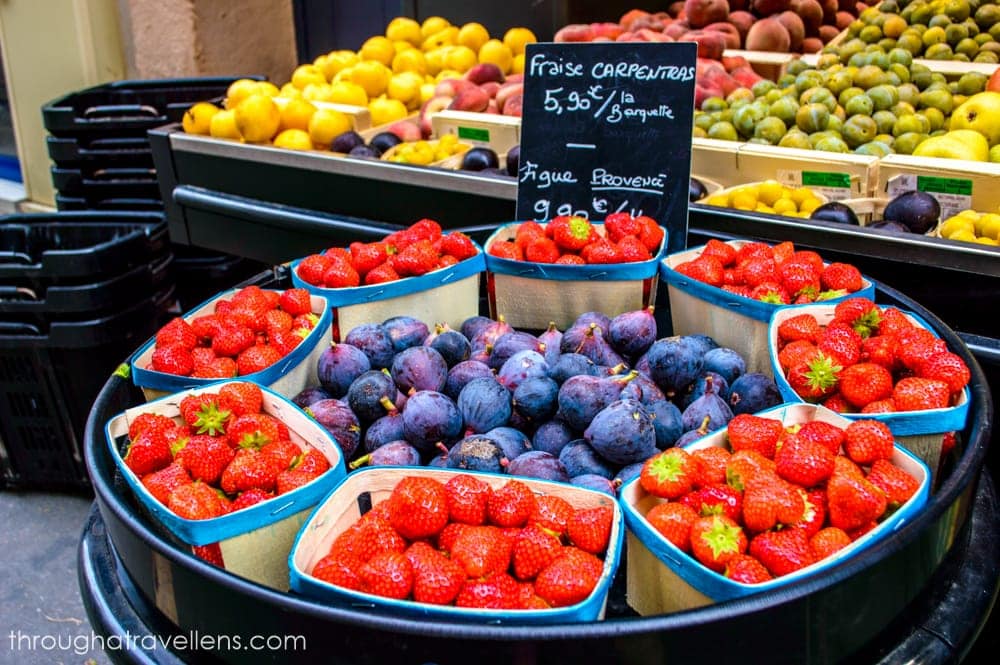
Additionally, it is a convenient base for exploring nearby areas such as Grasse, the Cascades de Clars, and the Verdon Natural Park. For travelers wondering where to stay in Provence without a car, the Cote d’Azur is a great option due to its extensive network of train lines that make it easy to travel between cities and towns. However, keep in mind that the train may not be the best way to explore the more remote areas of Provence, which are best accessed by car.
What to Do and See in Provence? The Road Trip Itinerary
Listed below are numerous suggestions for things to do and see in Provence. We have included the locations we explored, and this may serve as a nice illustration of how a road trip itinerary can work.
Day 1: Gordes, Senanque Abbey, Roussillon, Apt.
Day 2: Relaxing in Aix-en-Provence.
Day 3: Lavender Fields of Valensole, Verdon Gorges National Park.
As mentioned earlier in the post, less is more. We advise any newbie exploring Provence to pace themselves. It is helpful to jot down a few major attractions that will take some time to explore, but also be prepared for unplanned stops along the way because the region is truly beautiful, and a significant part of it is still under the radar.
Explore the Base: Aix-en-Provence
There are plenty of things to see and do in Aix-en-Provence. For starters, living in the downtown area means being able to take a lovely morning stroll to any of the local bakeries and pastry shops for some freshly baked pain au chocolat or croissants, and to enjoy a glass of great wine at any of the numerous local cafes. The town is also famous for its Cours Mirabeau – a central alley lined with plane trees. During the week, there are plenty of local vendors selling all things Provence – lavender-scented products, sweets, and souvenirs at Cours Mirabeau.

Aix-en-Provence is also known as the City of a Thousand Fountains. These fountains are scattered around the old town area. One of them, the Fontaine d’Albertas, is a central element of the Place d’Albertas and is a must-see when visiting Aix-en-Provence. This elegant square and its buildings were once the headquarters for the most influential aristocratic family in the area. Today, it is a place where locals enjoy their lunch, and many musicians come to play in the evening. Another lovely fountain not to miss is the Fontaine de la Rotonde. It is located in the heart of the city and marks the entrance to the old town. The fountain is surrounded by local shops, bakeries, and cafes.
Aix-en-Provence is a perfect town to explore on foot . Walk past the town hall and an old tower straight towards the Aix Cathedral. Wander among the small and cozy streets of the town or explore the local markets. If you are a foodie, these markets are a must-visit. Provence is known for its cantaloupes, candied fruits, herbs, calissons, and other products that are to die for.
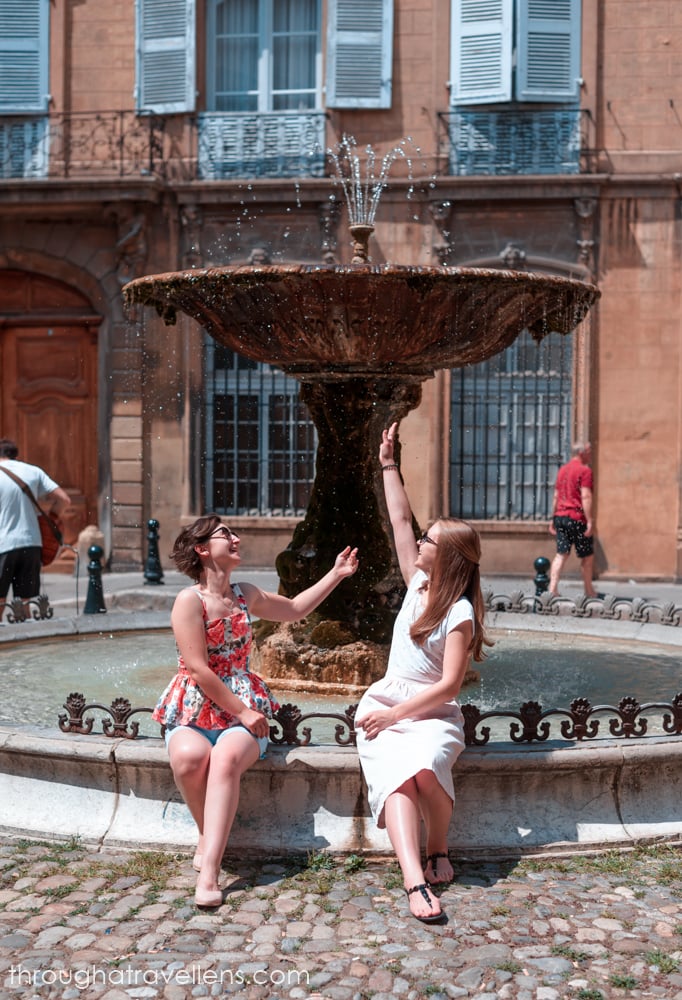
Marvel at the Panorama of Gordes
What to do and see in Gordes, France? There are two options: to either drive through the town and stop to enjoy the panorama – an option suitable for those who are on a tight schedule, or to actually check out the panorama, then drive into town, park the car, and explore Gordes on foot .

The town, though relatively small, has a lot to offer. You can explore the Tuesday market, visit the church, or simply walk the streets of this popular town and enjoy some lemonade in one of its cafes. If you come in the summer, we would definitely advise scheduling a visit to Gordes for either the morning or evening. It is a town on the hills, which means there is a lot of uphill walking. In the heat of the day, this can be quite a challenge. To see the panorama of Gordes, take the A8 highway to Cavaillon, and then the D15 route. As you approach the town, there is a convenient stop near Bel Air Rock.
Have Lunch Near Senanque Abbey
This is probably one of the most popular postcard views of Provence, and a trip to the Vaucluse region would be incomplete without it. We highly recommend putting it on your Provence road trip itinerary. Not far from Gordes, there is the secluded yet very popular Senanque Abbey. This is an active monastery with two lovely lavender fields and a cozy park with old trees that provide much-needed shade on the roads and hills.

The Abbey itself dates back to the 12th century. With time, it has adapted to the modern economy and is now not only a place of worship but also a business. Visitors are welcome to explore Abbaye de Senanque on a tour or to shop in the local gift shop. The shop sells local produce, including honey—the by-product of the lush lavender fields of the abbey.

One of the less popular things to do at the Senanque Abbey is to have lunch on one of the park’s hills. The ones closer to the parking lot are less inviting and can get quite dusty and crowded, but there are also several sweet spots closer to the abbey. For anyone wondering where on the Provence road trip itinerary might be a proper place to have lunch, consider this location and pack a picnic blanket and some food in the car.
Hike the Roussillon Ochre Trail
Located only 13 km (8 miles) from Gordes are the ochre cliffs of Roussillon. This is one of France’s most colorful hiking experiences. Just imagine former ochre deposits with orange trails winding among red, yellow, and orange cliffs, earth pillars, and hillocks.

There are two ways to explore the Ochre Trail or Le Sentier des Ocres: a shorter version that takes around 30 minutes, and a longer one that may take up to 60 minutes. Both hikes are fairly simple but require suitable footwear, a hat, a water bottle, sunscreen, and covered shoulders if you visit during the summer.
Keep in mind that during high season, the Roussillon Canyon can get crowded, with long lines at ticket desks and some traffic on the trail. I would not recommend wearing white shoes on this hike, and arriving early before 11 am may be the way to avoid the crowds and get some great pictures without other tourists in the background.

The ticket price for the Ochre Trail or Le Sentier des Ocres depends on whether you want to visit a conservatory afterward and will cost either under or above 5 Euros. In addition, there are plenty of great guided tours of Roussillon available. It is not hard to find parking (all paid) near the trail. After the hike, you can also explore the town. Although it may not have many historic attractions, it is a very authentic place suitable for walks.
Stop at Apt for Its Candied Fruits
Apt is located in close proximity to Roussillon and is another great stop on the Provence travel itinerary. This is a small Provencal town with an old square, a town hall, and charming cafes.
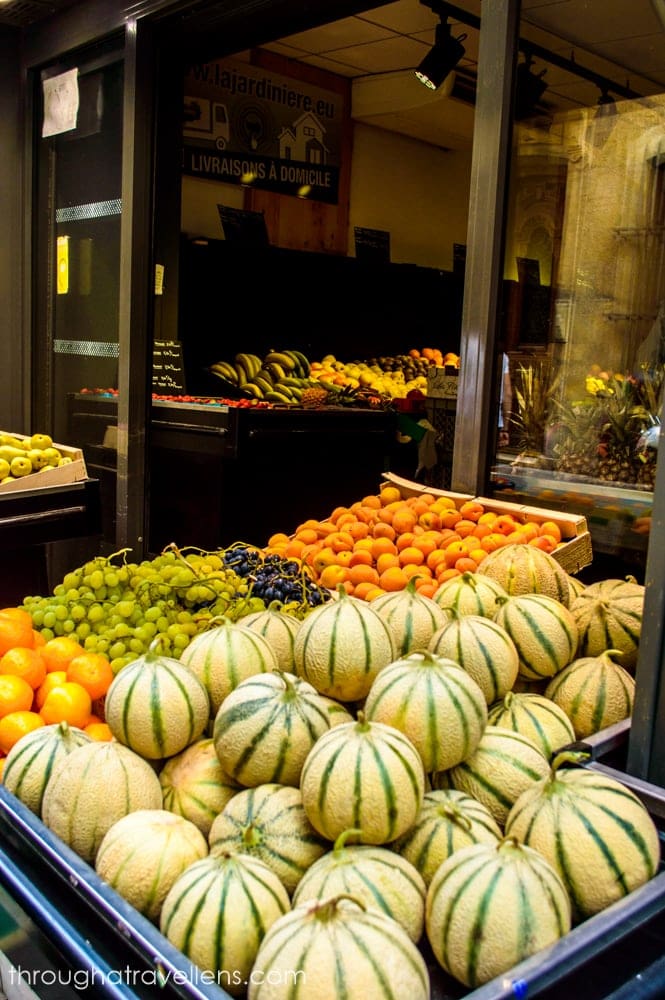
The town of Apt has a long history of candied fruit production, which dates back to the 14th century. In the 19th century, the town became the center of the candied fruit industry in France. Today, Apt is still home to several factories and shops producing and selling candied fruits.
Candied fruits are made by cooking fresh fruit in a sugar syrup until the fruit becomes saturated with sugar and the syrup is reduced to a thick, sweet glaze. The candied fruit can be eaten on its own as a snack or used as an ingredient in a variety of sweet dishes, such as cakes, tarts, and ice cream. If you’re interested in learning more about the history and production of candied fruits, you can visit the Musee de l’Aptesien, a small museum located in the heart of Apt. The museum features exhibits on the traditional crafts of the region, including candied fruit making.
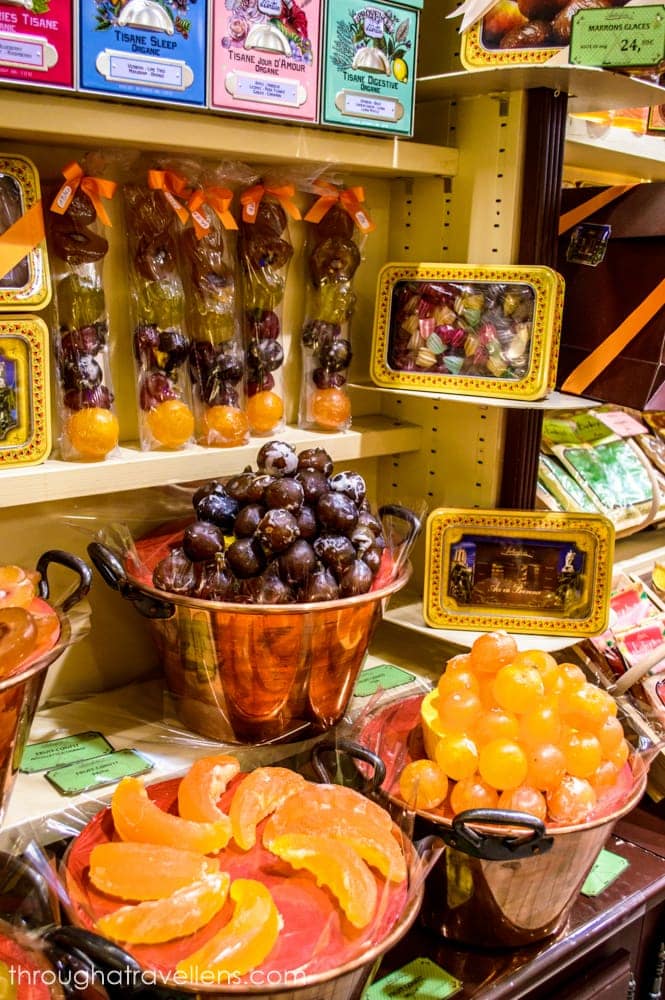
The process of turning fruits into candied ones involves submerging them in a sugar syrup boiled to 130°C (266°F), followed by cooling and repeating the process for several weeks or even months. When it comes to tasting candied fruits, similar to tasting cheeses, there are some recommendations to follow. It’s best to start with fruits that have delicate flavors, such as figs, cantaloupes, and apricots, and save stronger citrus flavors for last.
Enjoy the Lavender Fields of Valensole
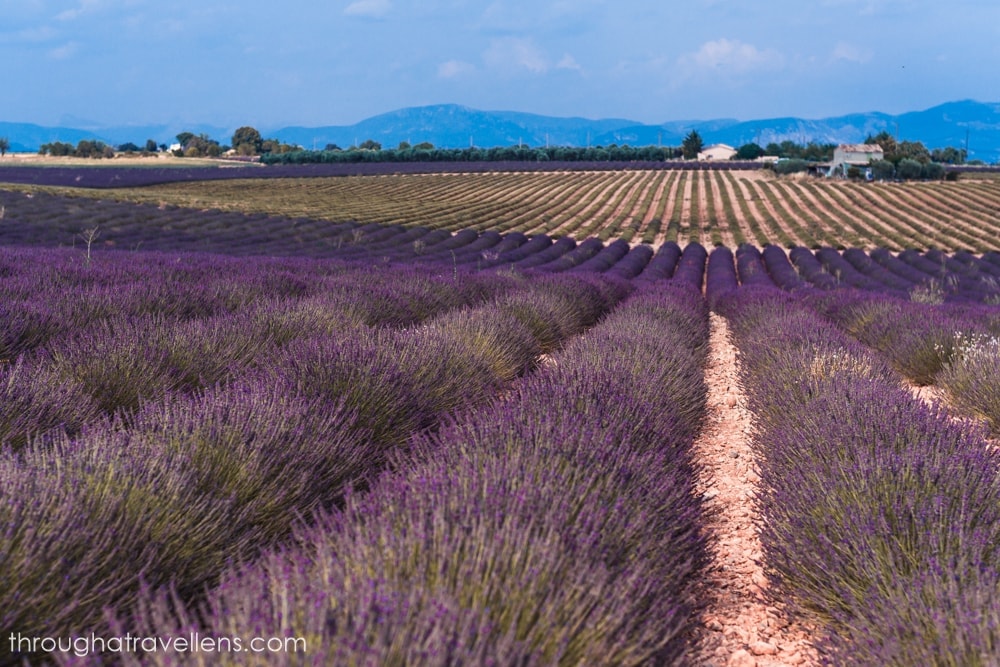
The best time for visiting the lavender fields in Provence is typically from late June to early August, but this can vary depending on weather and other factors. The Provence Department of Tourism offers an interactive map of the fields, which includes information on the regions where lavender is expected to be in bloom and directions to those areas. This can be a useful tool for planning your visit and ensuring that you get to see the lavender at its peak. Keep in mind that the lavender fields can get quite crowded during peak season, so it’s a good idea to plan your visit accordingly and try to arrive early in the morning or late in the day to avoid the crowds.
Check out the exciting tours to the lavender fields of Valensole.
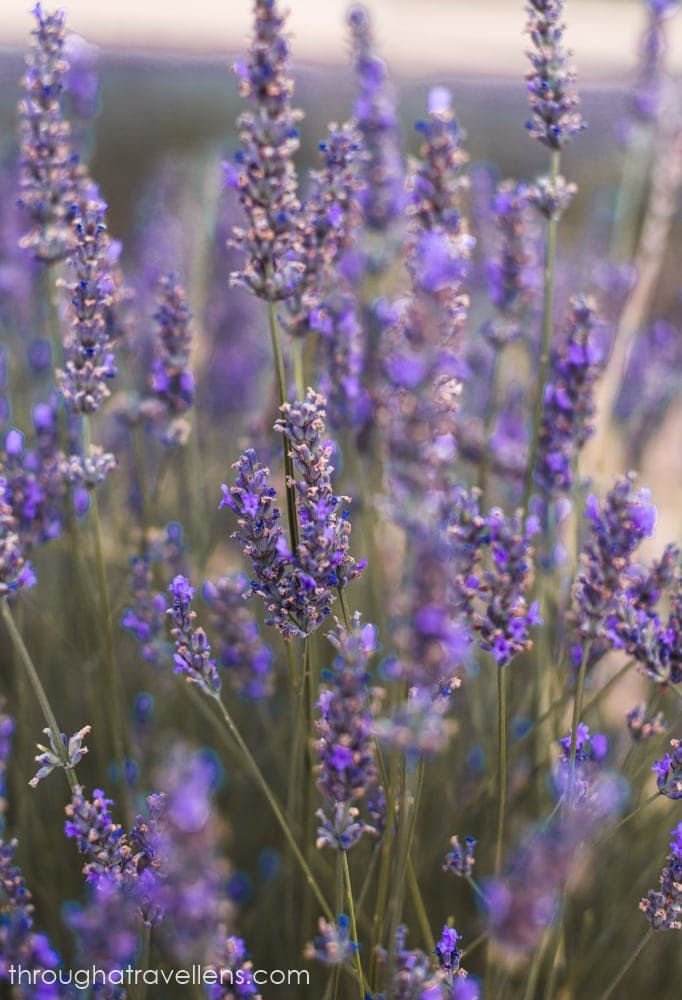
If you want to avoid crowds, it’s a good idea to visit the lavender fields before mid-July. One of the best fields is located between the villages of Saul and Mont Ventoux. Without a doubt, Valensole is the top spot to see lavender in Provence in July.
In addition to taking pictures of the fields, you can also book a visit to a lavender distillery, which is a great way to meet local growers. Another good idea is to stay in a hotel in the village and spend the night in close proximity to the fields and their indescribable aroma. Although the area is challenging to reach by public transportation, travelers visiting Provence without a car can still enjoy an immersive lavender experience by booking one of the many lavender tours available throughout the summer.
Relax by the Lac du Sainte-Croix
The lake is nestled between the cliffs of Gorges du Verdon, the deepest gorge in France, and it is an absolute natural wonder of Provence. Spending multiple days in this location alone is a must-do road trip itinerary that includes camping in the park, swimming in the clear blue waters of the lake, driving the breathtaking Route de Cretes, and having dinner at Moustier Sainte Marie.
As you approach the Regional Natural Park of Verdon, the vast lake with its clear blue water becomes hard to miss. Two parking lots are available near the lake. The free one is on the upper road, though it’s slightly inconvenient as you’ll need to walk up and down the road to reach your car. The second option is a paid parking lot located right by the lake.
The inviting lake offers plenty of opportunities to swim, relax under the shade of old big trees, and rent a boat or catamaran. The small town of Sainte-Croix has many food options for visitors to stop and enjoy.

Hold Your Breath at the Verdon Gorge
A road trip through the Verdon Gorge is a drive to remember. Gorges du Verdon, and especially its Crete Route is one of the most beautiful serpentine roads ever. It slowly climbs up, leaving one breathless and speechless at each of the turns, as the road opens mesmerizing panoramas.
Upon reaching the top of the Crete Route in the Verdon Gorge, you will be rewarded with a breathtaking view of the Grand Canyon of France. The river valley below is home to the Verdon River, which has stubbornly carved its way through the mountains over millions of years. As you stand at the top, you’ll be able to enjoy a panoramic view of this natural wonder and appreciate the stunning beauty of the surrounding landscape.
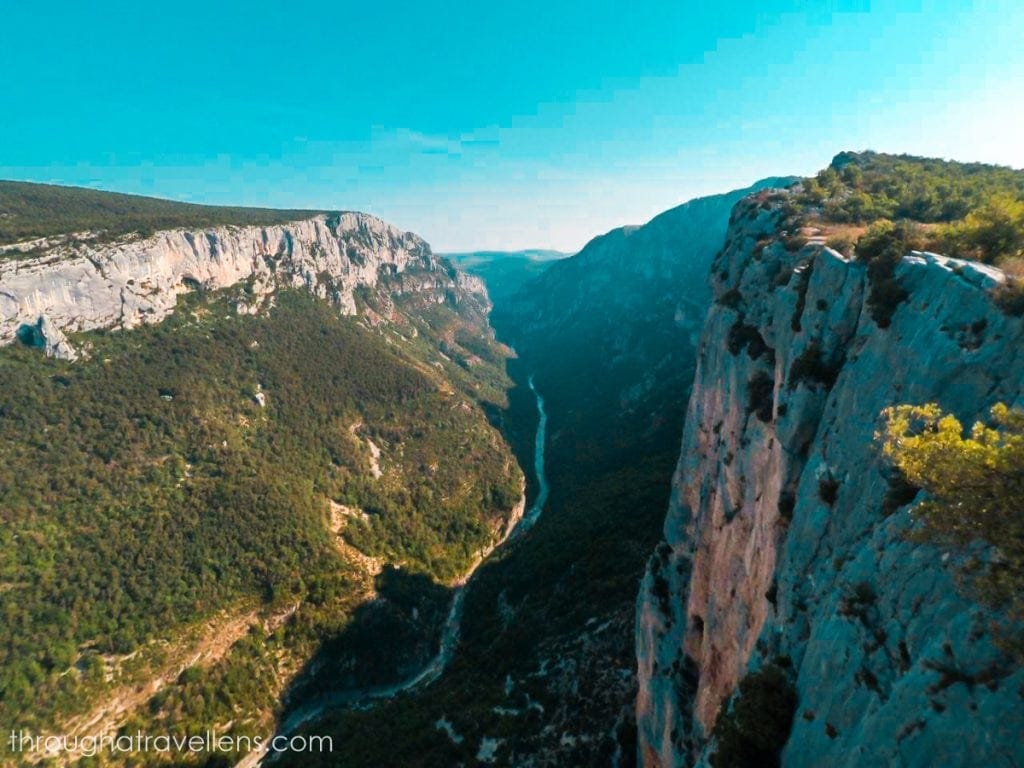
The route is open to campers, motorbikes, and hikers. You can either drive through the gorge or take the circular Route des Cretes, an old road that leads to panoramic views. To access the Route des Cretes, turn onto the D23 from the D952 road. However, the road requires skilled driving as it is steep, narrow, and often lacks side barriers.

For those seeking an adrenaline rush, the Verdon Gorge offers a range of outdoor activities such as hiking, rock climbing, kayaking, and rafting. The canyon is a popular destination for rock climbers, with over 1,500 climbing routes available. Kayaking and rafting enthusiasts can explore the Verdon River and its rapids, which range from Class II to Class IV.
Whether you’re an adventure seeker or just want to take in stunning natural beauty, the Verdon Gorge is a must-see attraction in Provence.
Road Trip through Provence: What Else to Visit?
Provence is a gift that keeps on giving, and there are lots of other noteworthy stops that, if included on the itinerary, won’t be a disappointment! Here are just a few other ideas on what to visit or do in Provence:
- Spend the night at Moustiers Sainte-Marie. Dubbed the most picturesque village of Provence, it is hidden in close proximity to Gorges du Verdon. If you include all of these or most of these stops into your Provence travel itinerary for the day, by the time you reach the Verdon area, it will already be rather late. Spending the night (and the next day) at Moustiers Sainte-Marie may be a good idea. Nature with its cliffs, torrents, rivers, and cascades makes the most of the village’s scenery. This is a perfect place to stay in the heart of Provence.
- Explore the South-West of Provence and the famous Calanques National Park – a series of picturesque rocky cliffs and bays. However, with Calanques, timing is everything as access to them may be restricted during the hot summer months. This stop includes a rather long hike from the parking lot to the seaside, and, for the safety of tourists, local authorities sometimes prohibit visits.
- Immerse yourself in the nature of Camargue, a unique region known for its horses, flamingos, and pink salt lakes. Similar to Calanques, access to Camargue may be somewhat restricted during the summer months. Stop by Cassis, praised by many travelers for its picturesque promenade by the water, cozy cafes, and overall atmosphere.
- Other honorary mentions among popular Provencal towns are Avignon and its castle, and Nimes and its Jardins de la Fontaine and Pont du Gard.
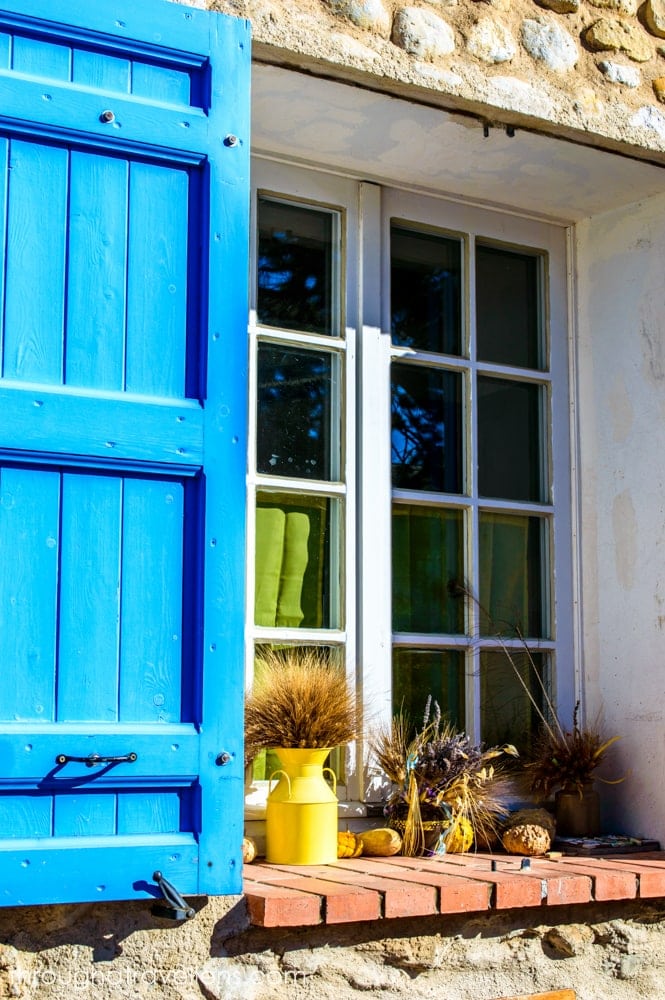
What to Do in Provence when on a road trip? FAQ
Aix-en-Provence vs. Avignon? Which town is the best to stay in?
This really depends on many factors, and I cannot be completely objective as my personal experience only covers life in Aix. My information about Avignon is based on research and feedback from other travelers. However, there are numerous online comments praising Avignon for being a better base due to the larger number of attractions to see, better housing, and logistics.
I personally am considering renting a place in Avignon for my upcoming trip in autumn, on a mission to explore Marseilles-Calanques-Camargue. I will then share my observations and update this section.
Is traveling in Provence by car the only option?
It is challenging to explore this area adequately without renting a car. While there are local regular buses available, such as the one from Avignon to Pont du Gard in Nimes, they do not drive through some of the lovely villages. This is true for the rest of the regular bus routes as well. It always involves a compromise. Private tours can be a solution. However, I would also appreciate it very much if any of you could share your personal experience of exploring Provence without renting a car. This would be useful for the traveling community.
What is the best season to visit Provence?
The best seasons to visit Provence are between May and June, as well as between mid-August and mid-October, when the weather is very welcoming. If you have Calanques or Camargue on your wishlist, this is also the ideal time to visit. However, if you want to see the lavender in full bloom, you’ll need to be ready to take some heat as the flowers are at their fullest from the end of June until the end of July.
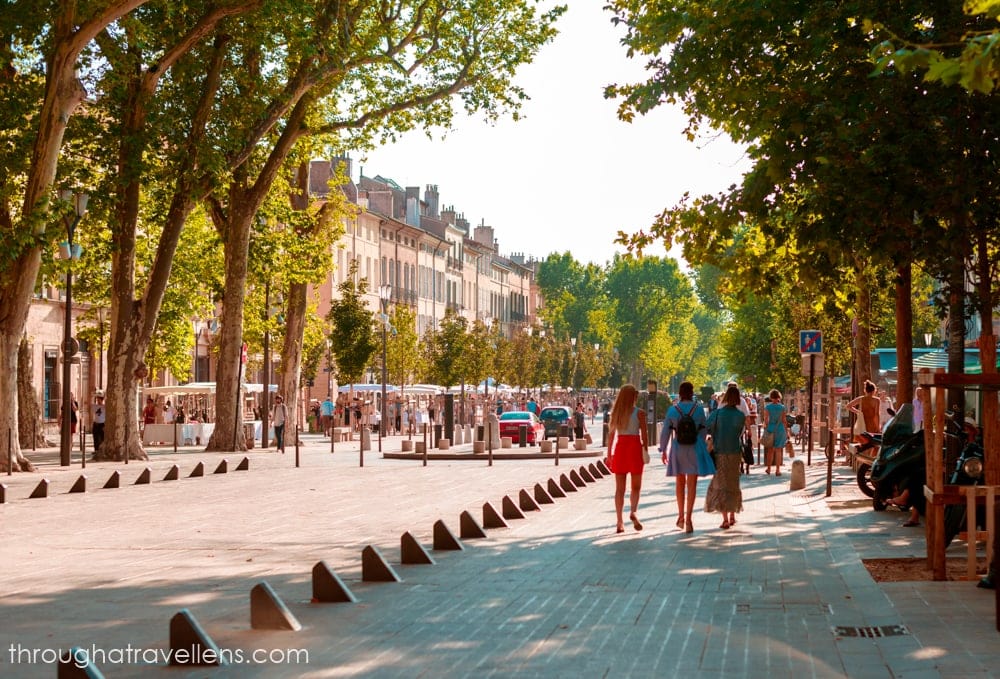
Where to stay in Provence without a car?
If you’re looking for a place to stay in Provence without a car, it’s best to look for accommodations in larger towns or cities that have good public transportation connections. Here are some options to consider:
- Avignon – Avignon is a popular destination in Provence and has a train station and good public transportation connections. It’s also a great base for exploring nearby attractions like the Pont du Gard and the Luberon region.
- Aix-en-Provence – Aix-en-Provence is a charming university town that has good public transportation connections to other parts of Provence. It’s also a great place to explore on foot, with plenty of pedestrian-friendly streets, markets, and cafes.
- Marseille – Marseille is a bustling port city with good public transportation connections to other parts of Provence. It’s also home to some great museums, historic sites, and restaurants.
- Arles – Arles is a small town in the heart of Provence that has a rich Roman history and plenty of historic sites to explore. It’s also well-connected to other parts of Provence by public transportation.
- Saint-Remy-de-Provence – Saint-Remy-de-Provence is a small town that’s known for its art galleries, markets, and historic sites. It’s also well-connected to other parts of Provence by public transportation.
Keep in mind that public transportation in Provence can be limited, especially in more rural areas. It’s also worth noting that while these towns are well-connected by public transportation, some of the smaller villages and attractions may require a car to reach them.
Is it hard driving in Provence?
Driving in Provence can be challenging for some people, especially if they are not used to narrow roads, tight turns, and steep inclines. Additionally, some roads in the region can be narrow, and parking can be limited in certain areas, especially in popular tourist spots. However, many people enjoy driving in Provence and find it a great way to explore the region’s beautiful scenery and charming towns. It’s important to be cautious and alert while driving, especially on winding roads and in busy areas. If you’re not comfortable driving, you can also consider other transportation options such as buses, trains, and private tours.

Written by Inessa Rezanova
I am a Kyiv-based screenwriter with over 10 years of experience in crafting scripts. I am passionate about my work and haven’t left it to travel the world. Instead, I explore different countries in my spare time. As a storyteller, I believe that the emotional journey is what truly matters. That’s why, together with my sister, I started this blog—to inspire others to travel with an open heart and mind, ready for adventure.

Images by Natalie Rezanova
I am a photographer based in Kyiv, Ukraine. I am lucky to be able to do what I love the most for a living. Photography is an endless source of inspiration for me. My mission on this blog is to inspire by sharing some of the favorite captions from my journeys. I also provide professional photography tips to help the readers bring home some beautiful photo memories.

Inessa Rezanova
I live in Kyiv, Ukraine. I am a screenwriter with 10+ years of experience in producing scripts. I love my job, and no, I did not quit it to travel the world. I see different countries in my spare time. As a storyteller, I believe that it is the emotional journey that matters the most. This is why together with my sister I started this blog to encourage everyone to travel and to do so with a heart and mind opened to adventures.
6 thoughts on “ Where to Stay in Provence When Traveling by Car? Choosing the Best Base for Road Trips in Provence ”
You write such substantial articles! SO much information and terrific photos, thank you!
Thank you for your kind words, Amy!
So I never really put the Lavender fields on the Bucket List Project. Dont get me wrong, they always look beautiful in pictures but I cant imagine wanting to travel just to see them. Now that Verdon Gorge is definitely bucket list worthy to me. That along with hiking the Roussillion Canyon to see the amazing landscape and ultimately hike up to get those views! I guess I am more of an outdoorsman if I head to Provence by car! Was the Lac du Sainte-Croix cold? Can you go swimming there?
Hi Eric. Thank you for your comment, it is always great to compare the way we all feel about what we can refer to as bucket-list destinations! The lake was not cold at all. I would say, it was refreshing. Especially if travelling to Provence in summer, when it is hot, the lake becomes such a rewarding stop on the route. We went swimming, but I also saw people kayaking from the river of Vintgar Gorge (another possible activity to add to that list of things to try). There is a clean beach by the lake, and also a camping site.
Pingback: Nice in France in Winter: The Ultimate Guide (Itinerary for 2 Days)
Pingback: French Riviera in December ➤ Itinerary Ideas for 5 to 7 Days
Leave a Reply Cancel reply
Your email address will not be published. Required fields are marked *
Save my name, email, and website in this browser for the next time I comment.
- South Africa
- Afghanistan
- North Korea
- Adventure + Outdoors
- Amusement Parks
- Backpacking Trips
- Boating + Cruises
- Budget Travel
- Bus + Train Travel
- Coasts + Islands
- Country Trips
- Fall Vacations
- Family Vacations
- Green Travel
- Heritage + History
- Honeymoons + Romance
- Inspiration + Guide
- Landmarks + Attractions
- LGBT Travel
- Markets + Bazaars
- National Parks + Reserves
- Nature + Wildlife
- Parks + Gardens
- Pets + Animals
- Photography
- Airlines + Airports
- Budgeting + Currency
- Business Travel
- Celebrity Travel
- Customs + Immigration
- Deals + Rewards
- Family Travel
- Hotels + Resorts
- Luggage + Packing Tips
- Offbeat News
- Photography Tips
- Responsible Travel
- Solo Travel
- Tech + Gear
- Travel Etiquette
- Travel Warnings
- Bars + Clubs
- Celebrity Chefs
- Restaurants + Cafés
- Wine + Vineyards
- Beach Hotels
- Boutique Hotels
- Hotel Openings
- Hotel Reviews
- Luxury Hotels
- Mountain + Ski Resorts
- Spa Resorts
- Vacation Rentals
- Asia Cruises
- European Cruises
- Festivals + Events
- Museums + Galleries
- Style + Design
- Travel’s Best
- Hotel with Agoda.com
- Hotel with Booking.com

What to do in Seoul at night? — 17+ best places…

21+ famous restaurants & best places to eat in Singapore for…
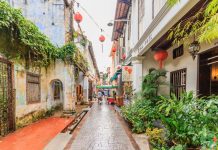
12+ best places to visit & best things to do in…

15+ most famous & best places to visit in Rio de…

Rio de Janeiro travel blog — The fullest Rio de Janeiro…

The complete Seoul subway guide: How to use, lines, fares for…

How much does it cost to travel to Korea? Tips on…

The ultimate guide to NETS FlashPay Card: What is it, how…
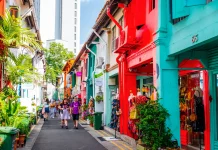
How much will it cost to go to Singapore? Tips on…

Busan food blog — Best foods & 13 best places to…

9+ most famous brands & best bubble tea in Taipei

15+ most famous & best restaurants in Kuala Lumpur

11+ best homestays in Kuala Lumpur near famous tourist attractions

Mövenpick Resort Kuredhivaru Maldives reviews. The detailed review of my vacation…

Hyatt Regency Danang Resort and Spa reviews. The resort is highly…

+7 luxury resorts you must stay in Danang, Vietnam
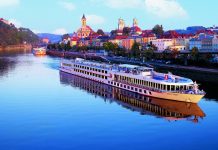
10 must-know things for your best first time European river cruise

Top 3 best luxury cruises in Halong Bay, Vietnam
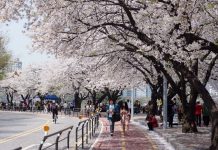
Cherry blossom festival Korea 2024 — Top 5 cherry blossom festivals…

Ghibli museum blog — The fullest Ghibli museum guide for first-timers
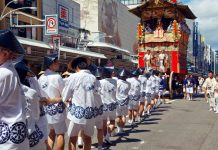
Kyoto festival — Top 10 best events & most famous festivals…

National Palace Museum Taipei blog — What to see in National…

Japanese waterfall — Top 10 most beautiful waterfalls in Japan in…

19+ most beautiful towns in Europe every tourist need to visit…

Georgia travel photos — 20+ captivating photos show Georgia is heaven…

Explore Damnoen Floating Market — The oldest floating market of Thailand
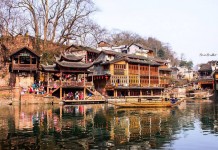
Visiting Fenghuang Ancient Town — One of the most charming ancient…

Mekong Delta travel blog — Beyond rivers of Southwestern Vietnam

14 reasons why you should travel when you are young

Shigaraki Tanuki – An animal symbol of good luck in Japan

Living in the charms of cave houses in Andalucia, Southern Spain

20+ jaw-dropping tiny homes around the world
- Summer Vacations
Provence road trip itinerary blog — How to spend 5 days in Provence, Southern France in summer
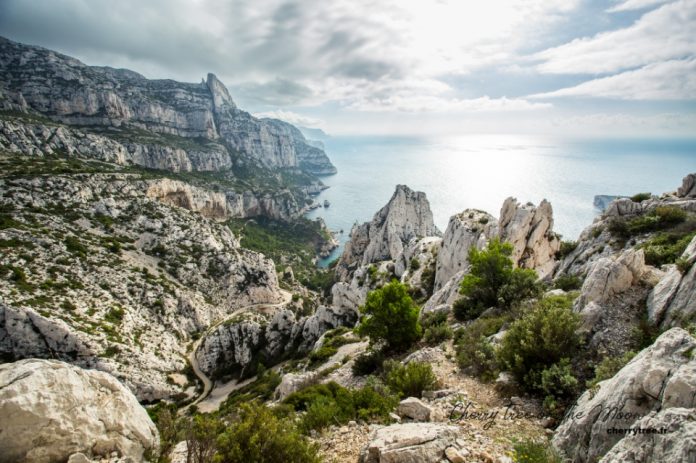
In contrast to the magnificent and lavish Paris is a peaceful, serene, simple Provence surrounded by vibrant flower colors all year round. When traveling to Provence France, you will come across images of farmers working hard under the flowers. Or the horses are leisurely resting in the middle of the vast field. All will blend to create a peaceful picture that makes our souls peaceful and relieved. Today, I will share with you my past journey to this most beautiful land through my Provence travel itinerary for 5 days. So, how to spend 5 days in Provence, South France in summer? Let’s check out our suggested Provence itinerary 5 days on my Provence road trip itinerary which pass through the most beautiful places during lavender season.
- Provence travel blog — The fullest guide to Provence lavender season
- Krabi itinerary blog — How to spend 2 days in Krabi, Thailand?
- What to buy in Paris? — 25+ must buy souvenirs, gifts & best things to buy in Paris
- What to buy in France? — 25+ must-buy souvenirs, gifts & best things to buy in France
- Paris travel blog — The fullest Paris travel guide for first-timers
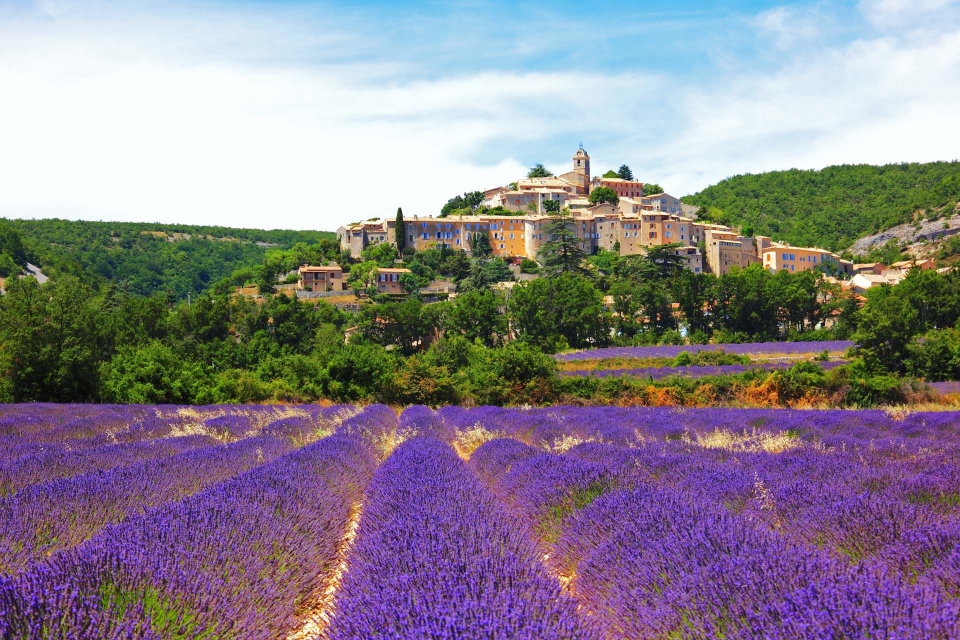
What’s attractive about Provence?
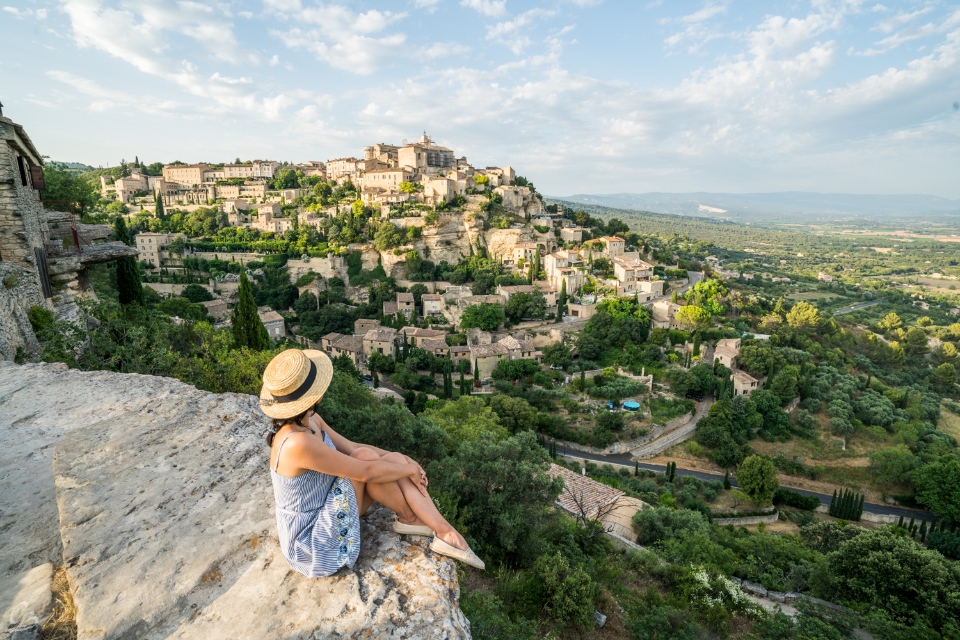
If someone reminds me of Provence, I’ll tell you about a brilliant picture in the South-East of France. The range of colors goes from the white shades of fragrant almond blossoms every spring. The yellow color of autumn pine forests in the Alps, of summer sunflower fields. The orange color of the Roussillon ocher mines. The red-pink color of flamingos in the Camargue biosphere reserve in winter. The endless purple of lavender flowers plateaus, fragrant to the horizon in July. The clear and deep blue of the Mediterranean Sea. The enchanting turquoise color of the Verdon gorge. The silvery green of the pine forests on the slopes of Mont Ventoux or Mont Saint Victoire has been painted many times.
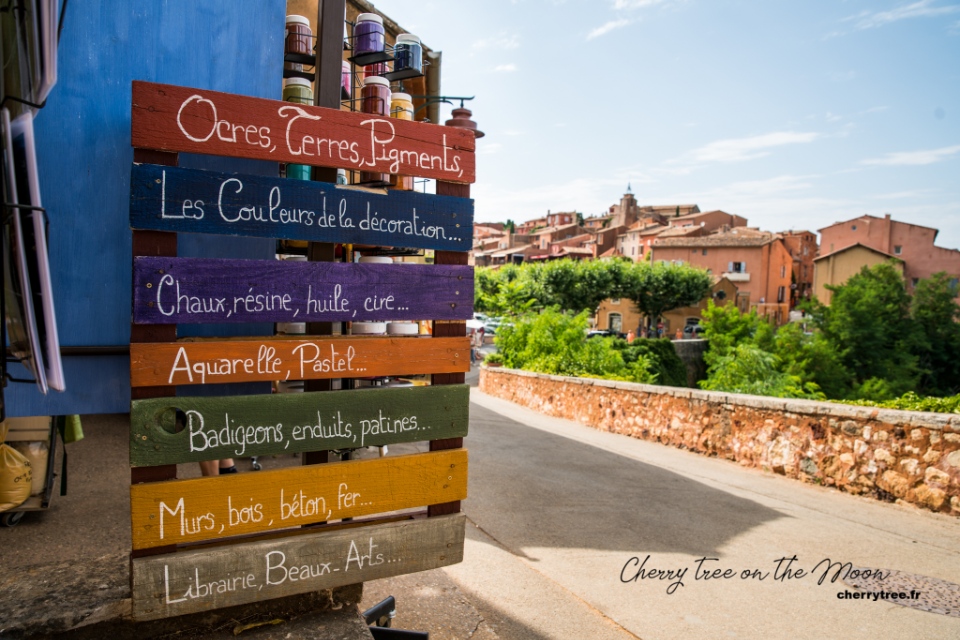
It can be said that Provence is one of the most beautiful lands in France. And because of that, a huge number of tourists will flock here, especially in summer days. People come to Provence not only to see but also to satisfy all the senses. Breathe in the free flow of lavender-infused fresh air. Listening to the chirping of cicadas evokes nostalgic memories. Feel the burning heat of each summer sun’s rays on the skin, and then be gently caressed and soothed by the cool breeze. Enjoy French cuisine made from a variety of fresh seafood and sweetness of full sun vegetables.
There are many ways to fall in love with Provence. But I like to drive away from the crowd to see a nostalgic and anxious Provence like in the paintings of Paul Cézanne or Vincent van Gogh. Try going like me on summer days in July.
Provence road trip itinerary: Recommended Provence itinerary 5 days (5 days in Provence)
If you want to go all Provence, perhaps a lifetime is not enough. For those of you who come here, don’t have much time and still want to “steal” some good memories of the South of France, I would like to suggest a short Provence itinerary 3 or 5 days.
This itinerary is for the Provence lavender season in the last week of June and the first 2 weeks of July. This lavender route Provence goes through part of the destinations I listed at the end of my previous post about Provence ( https://livingnomads.com/2022/05/provence-lavender-season/ ). If you plan a trip in a different time, you can re-adjust, remove lavender areas and add more places to visit to better suit.
However, with this itinerary I travel by self-driving car. I don’t know if I go by public transport, which way to go and how long it will take, don’t ask me.
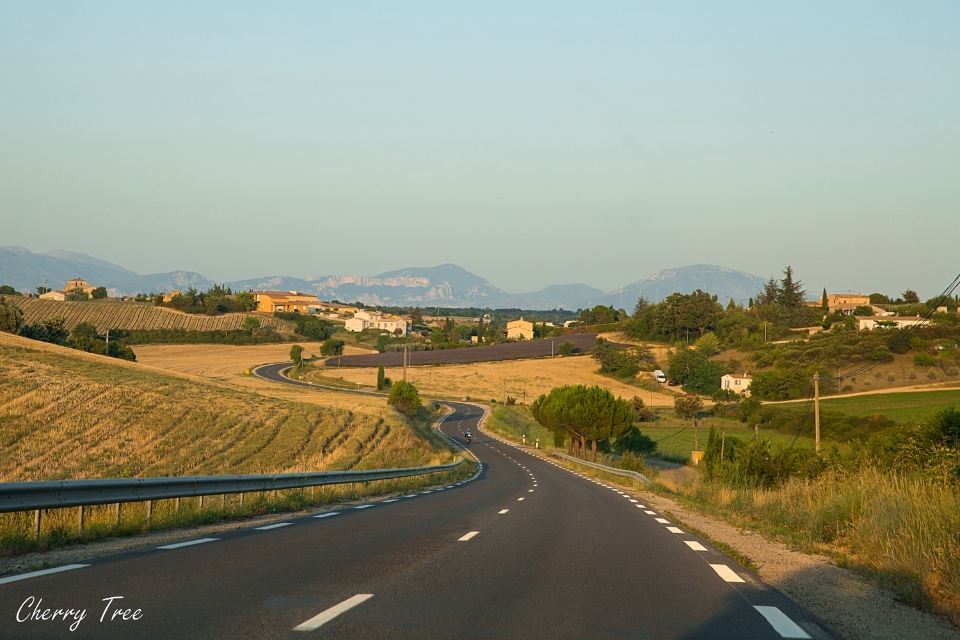
The itinerary focuses mainly to admire the natural scenery and visit some beautiful old cities and small villages, combined with shimmering virtual life photography at the golden hour. Therefore, the daily schedule starts very early, sometimes I left the house at dawn 5, 6 am and ending very late at sunset 9, 10pm. If you do not have the ability to stay up late, get up early, you can choose the places you are less interested in to phase out.
Every day is a specific itinerary I have arranged according to a topic. If you want to go for less days, you just need to choose the topic you like and go on that day.
Day 1: Cove and Lavender – Around Marseille, Cassis, Valensole Lavender Plateau (190Km, 5 Hours)
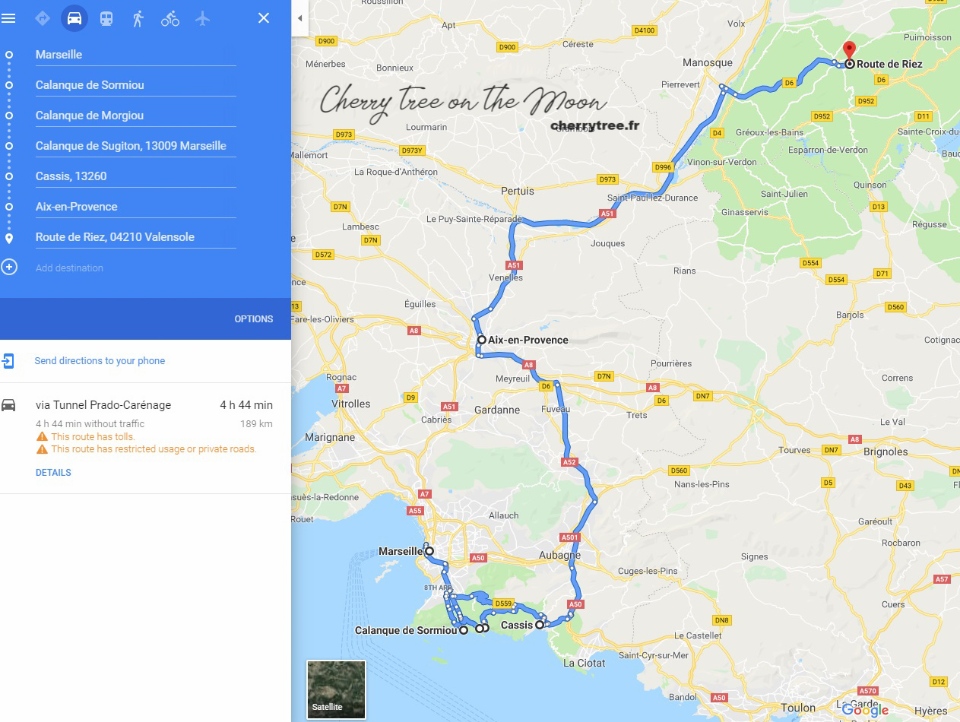
The coves near Marseille: Early in the morning, from Marseille to the cove (calanque in French). The most beautiful and easily accessible calanques near Marseille are Sormiou, Morgiou, Sugiton (located right behind the Luminy campus university dormitory). Particularly, Sormiou and Morgiou can go by car to the place if you arrive early before 7, 8 am. Each calanque has a different opening time for vehicles. If you arrive after this hour, you can still get down to the calanque, but you’ll have to walk down and up, which can be quite strenuous if it’s hot that day. Remember to check if there is a forest fire warning that day and then go here, because if there is a risk of forest fire, you will not be able to go down to the calanque. See times and short trek suggestions here ( http://www.calanques13.com/acces-calanques.html ).
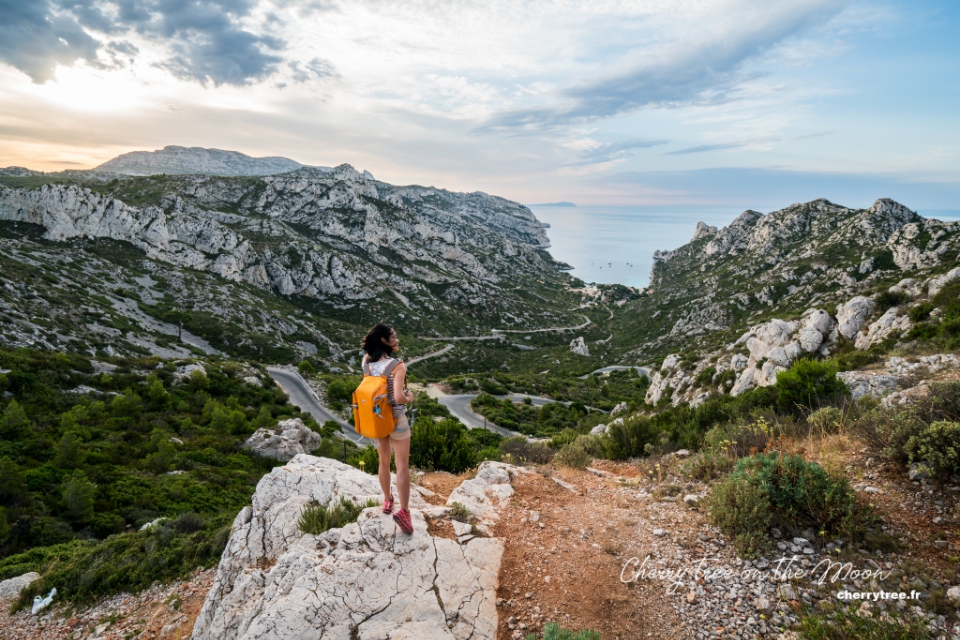
Cassis: Cassis is a small port city east of Marseille, very pretty with cute corners of the coastal city of Provence. Beautiful beaches, hilltop fortresses, harbors teeming with fishing boats and yachts. Coming to Cassis, people often go sightseeing along the Route des Crêtes, visit Cap Canaille, trekking to the coves of Port Pain, D’en-Vau.
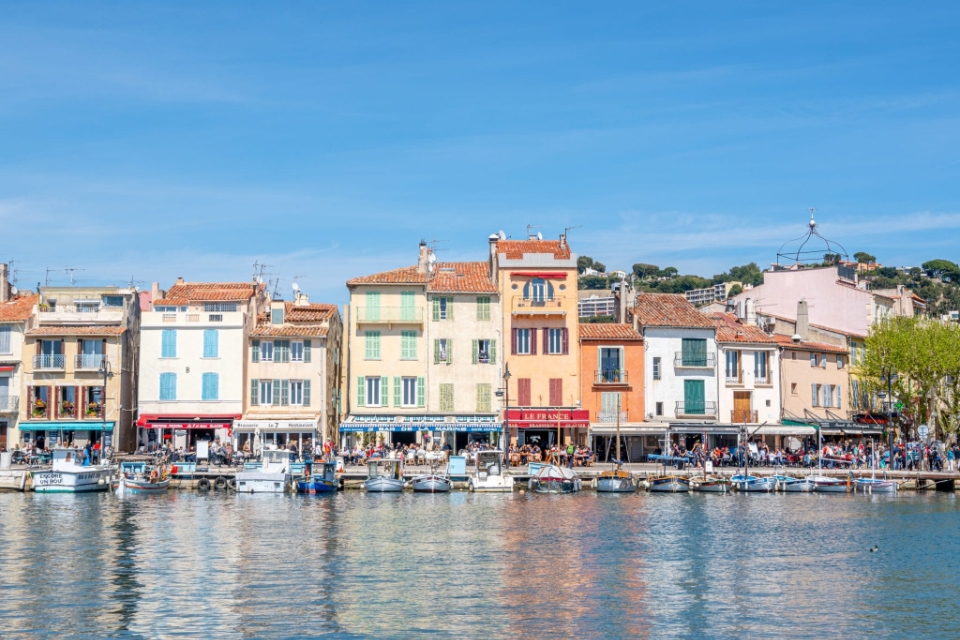
Aix-en-Provence: If you leave Cassis when it is still early (mid-afternoon), then go straight to Valensole, the light is not yet beautiful. You can stop for a few hours in the city of Aix-en-Provence (often called Aix for short) on the way to Valensole. This is a small city in the North of Marseille. People often call Aix the most Provencal place in Provence. Small Aix with lovely and photogenic fountains, dotted somewhere in its old town.
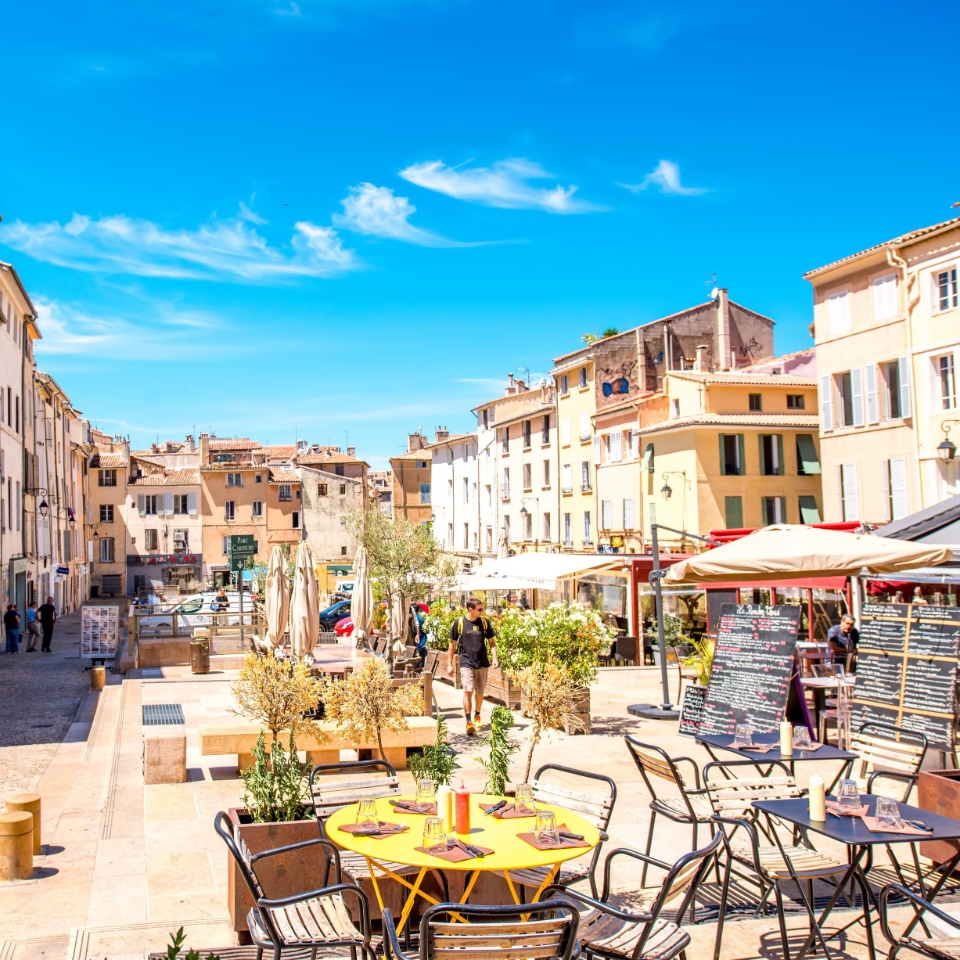
Valensole and the lavender plateau at sunset: This is the largest and most famous lavender growing region in Provence. All information about the way to explore Valensole and other places, I wrote in the previous post ( https://livingnomads.com/2022/05/provence-lavender-season/ ). This should be the final destination of the day. The best time to see the lavender fields on the plateau is from 7pm to sunset. The plateau lies between the villages of Valensole and Riez, along the D6 road.
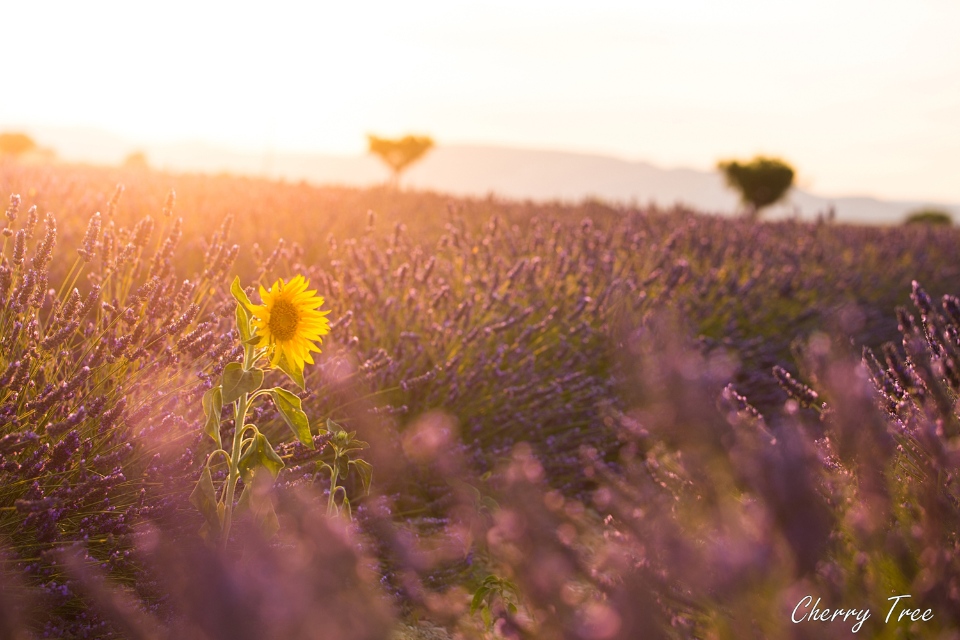
Overnight in Valensole or Manosque
5 days in Provence: Day 2: Lake and gorge – Moustiers-Sainte-Marie Village, Lake Saint-Croix, Verdon Gorge, Rougon Village (190 Km, 5 Hours)
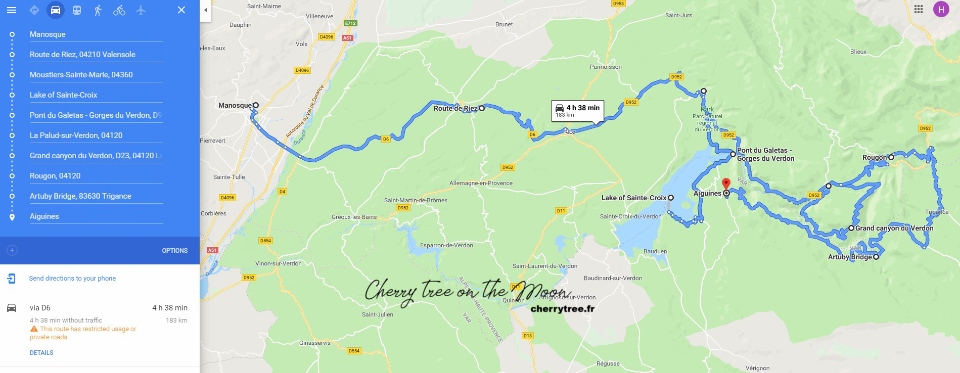
Valensole and the lavender plateau at dawn: if you are not tired of watching the lavender fields in Valensole the afternoon before, this morning you should return to the Valensole plateau. This plateau is located on the way from Valensole to the next points on the itinerary, so it is convenient. The lavender fields at sunset can be a bit crowded, but in the early morning before 7, 8 am, you will be alone in a deserted plateau, free to pose and take pictures.
Village Moustiers-Sainte-Marie: is a beautiful small village near Lake Saint-Croix, with a traditional craft of making pottery. The village is built on a poetic mountainside and is always on the list of the most beautiful ancient villages in France. The village farmers market meets every Saturday morning. You should also come here in the morning before 9am, before going to Lake Saint-Croix otherwise it will be quite crowded.
Lake Saint-Croix: about 40 km east of Valensole, passing through Valensole plateau, very convenient for you to go to see flowers and then visit the lake in the same day. The lake water has a very special turquoise color flows from Verdon gorge. Here you can enjoy renting rowing boats, water bikes, swimming in the lake, or simply enjoying the view from above.
Verdon Gorge: one of the most beautiful gorges in France, created from the Verdon River. The Gorge du Verdon stretching from Lake Saint-Croix all the way to Castellane. Instead of just going to only “Gorge du Verdon” that marks on Google maps, you should drive along the following route to see the magnificence of this gorge (see diagram above):
- From Lac Saint-Croix (Gatelas bridge) on the D952 road, to Palud-sur-Verdon. From this village, you leave the D952 road and go up the D23 road. Road D23 goes in a circle, starting and ending at Palud-sur-Verdon village, this is a one-way road, so remember to go clockwise. The road goes up high, passing through many beautiful viewpoints.
- Continue going on the D952 to Rougon, one of the most beautiful villages in the region. Remember to walk to the viewpoint to see the Verdon gorge, then go up to the village to see the village from above.
- Continue going on the D952, turn to D955 road and then D71 road. Go to Artuby Bridge and then turn back on the D71 towards Lake Saint Croix for a view of the gorge from the south.
Going all the way down this road in Verdon Alley will takes entire day. If it starts to get dark and you feel like you can’t keep up with my guide, you should go back along the same road to return, because the mountain road is zigzag, driving at night is not familiar here a bit dangerous.
Verdon Gorge is also a paradise for those who love to go hiking, kayaking and extreme sports. Instead of ducking paddle boat at Lake Saint Croix, you can try rafting on the Verdon River (google with keyword « rafting + gorge du Verdon »). If you want to participate in these activities, you should spend a few more days here.
Spend a night somewhere by the lake Saint-Croix, for example in Aiguines or back to Manosque .
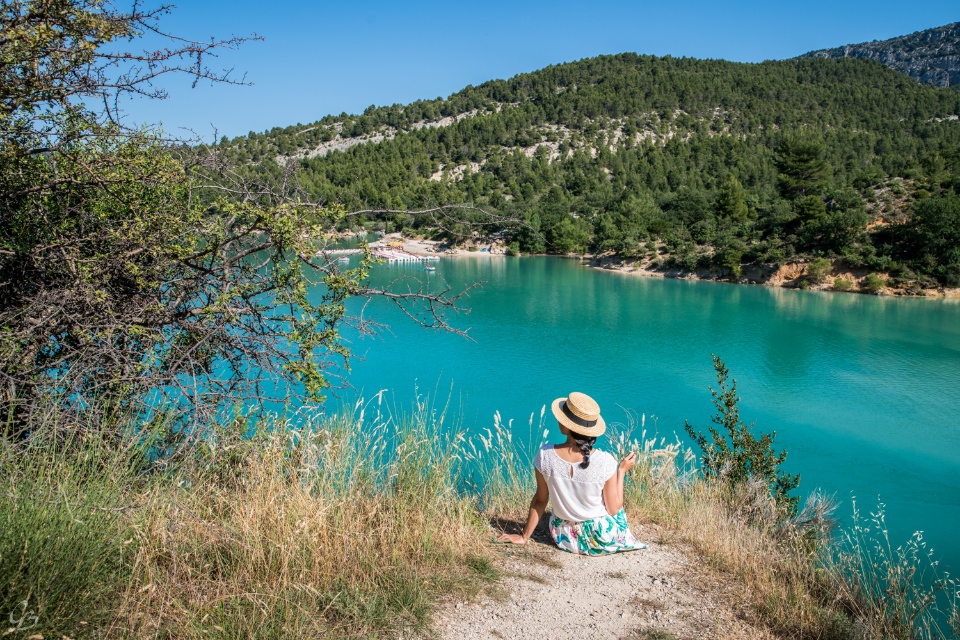
Day 3: Ancient Village – Banon, Sault, Roussillon, Senanque Abbey, Gordes (220 Km, 4.5 Hours)
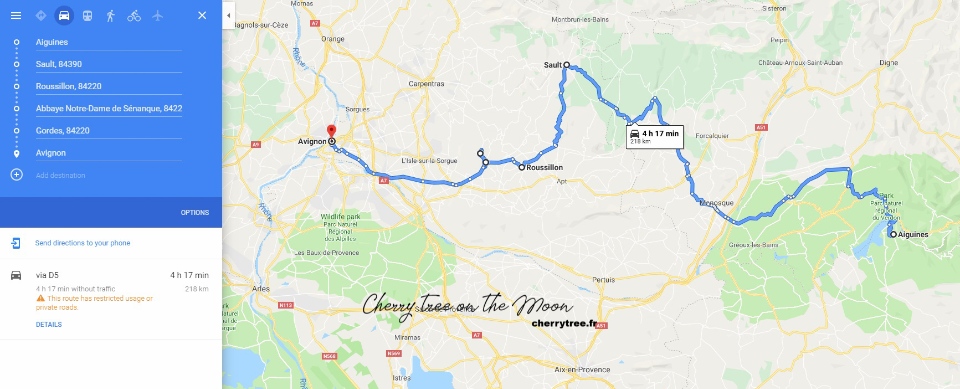
If the first 2 days focus on natural scenery, the 3rd day will be charming small lavender fields and rural Provence villages, as in the best pictures of this land.
The area to the north of the Luberon strip is a hidden place of small villages on the hillside, in which it is impossible not to mention Banon, Sault, Rustrel, Simiane-la-Rotonde, Saignon, Gordes, Roussillon, Ménerbe, Vénasque… very pretty and so lovely. You can choose a few villages to visit, depending on your own time budget.
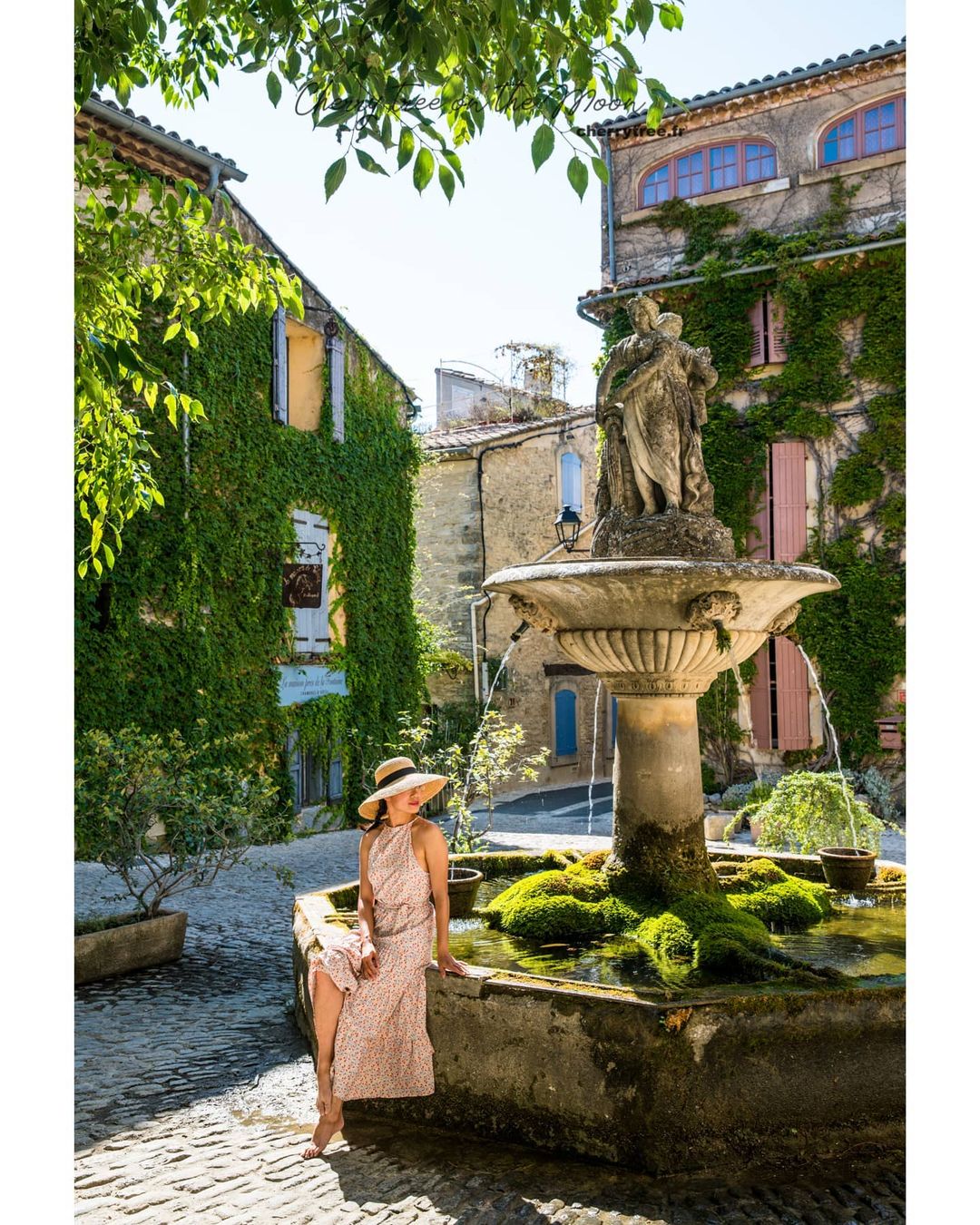
Village Banon and Sault: are two beautiful villages in Provence. In Sault the lavender fields are smaller than in Valensole. Yet these fields yield 40% of the flower production of the whole of France. Sault’s flower fields, which bloom from late July to mid-August every year, are nestled among the trees, surrounded by rolling hills.
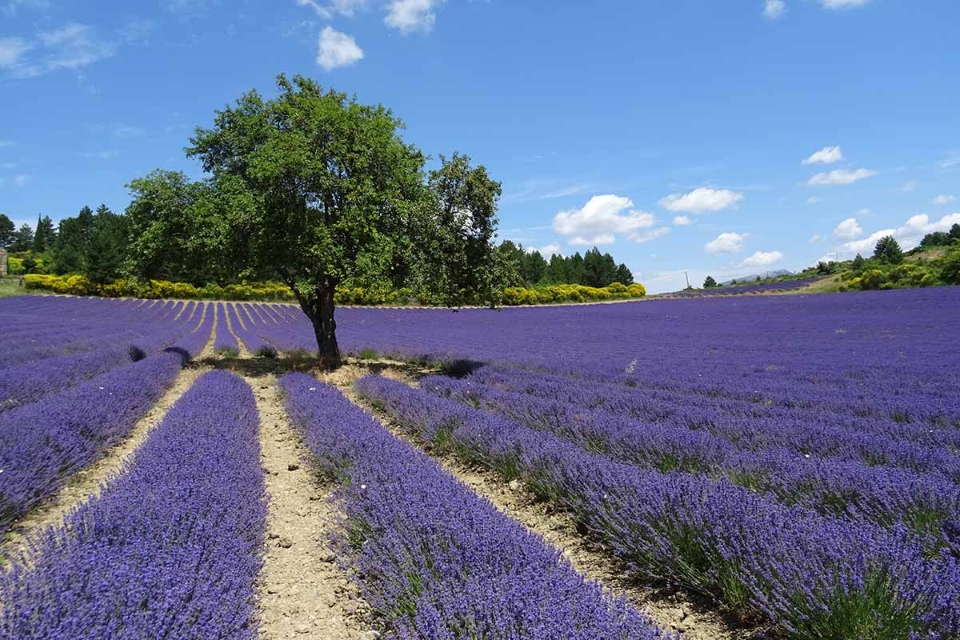
- North of Sault, between Sault and Montbrun-les-Bains has the most beautiful flower fields in the region.
- You can visit the flower fields at the foot of Sault village to take pictures of the romantic purple flower beds, with the background of the old village. GPS coordinates 44.091275, 5.404013 ).
Roussillon village: walking on small roads zigzagging through the hills of Provence, you must have noticed the orange houses, pastel blue windows, country style. The orange color comes from the ochre mines of Roussillon. This is one of the most Provencal style villages in the region, under the blazing sun and the chirping of cicadas. If you have time and can stand the heat, you should buy a ticket to visit Roussillon’s white to orange mine, see if you think you are in Bryce Canyon in the southwestern United States.
Senanque Abbey: Surely in Provence, there is no souvenir shop without at least a postcard with the image of the Senanque Abbey. This is a very beautiful abbey, built in Roman architectural style in the 12th century. Senanque is located close to the last village of today – Gordes, so it’s convenient. However, you should skip this place if you are afraid of crowded places.
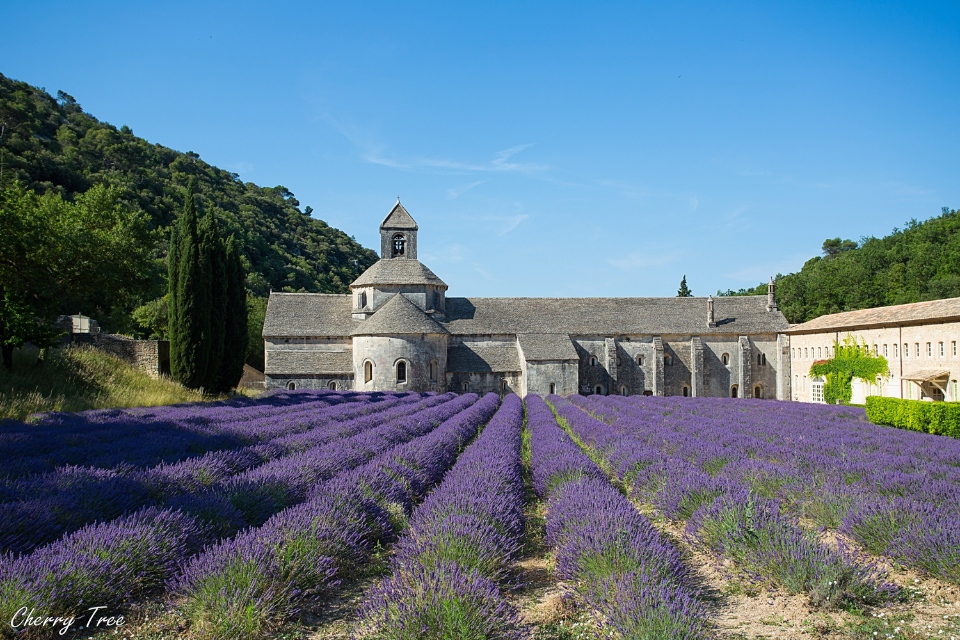
Gordes: If I could only choose one Provence village to visit, I would choose Gordes. The village is located on top of a hill, overlooking the valley. Gordes is charming, and is filled with alleys for you to explore at your leisure. You should go to Gordes in the late afternoon, around 6pm, when the tourists have left. Around 8 pm is also the time to go along the road to go out of the village, watching the afternoon light cover the Gordes and the valley below, very romantic.
Overnight stay in Avignon .
If time only allows you to spend 3 days in the countryside of Provence, then the above itinerary according to me also goes through quite a lot of interesting points. If you are still not satisfied with the suggestions above, you can go with me for 2 more days.
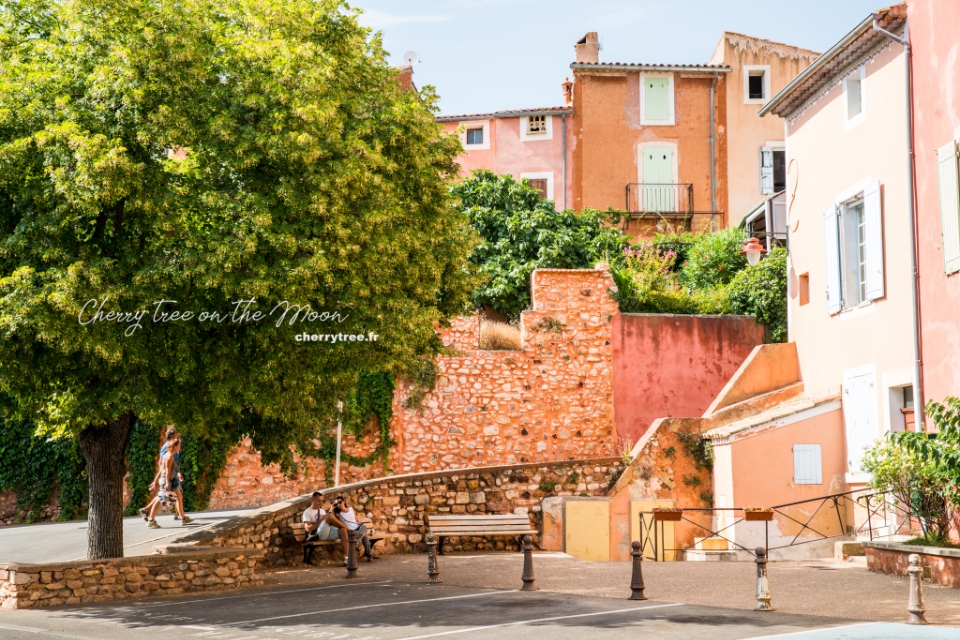
Provence road trip itinerary: Day 4: Roman Architecture Cluster – Avignon, Orange, Nimes, Arles (125 Km, 2 Hours)
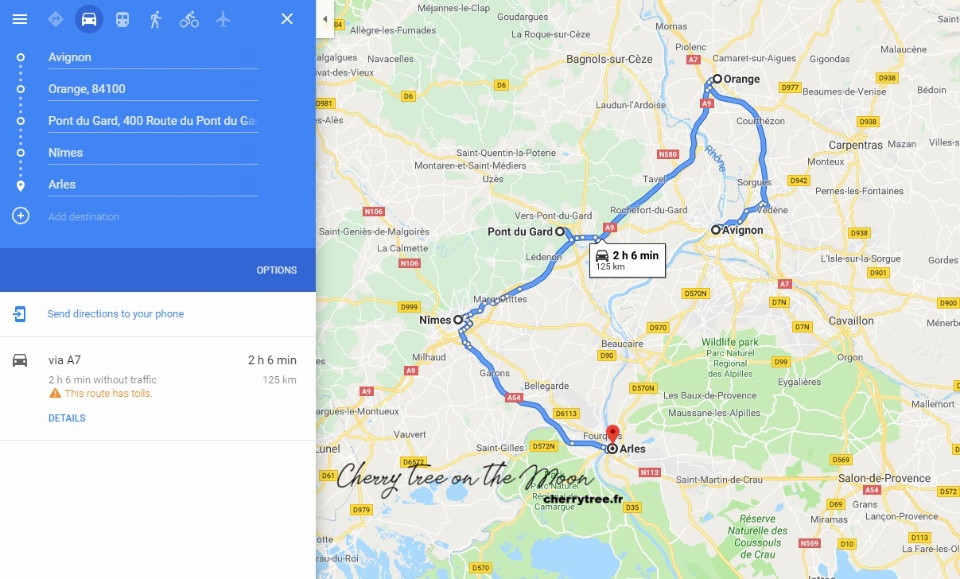
Together with the city of Nimes and the River Gard bridge (Pont du Gard) in the nearby Occitanie region, the three cities of Avignon, Orange and Arles form the largest and best preserved cluster of Romanesque structures in France.
Avignon: also known as the city of the Popes, famous for the bridge Saint-Bénézet and the Palace of the Popes, the huge palace was the residence of the Popes before the Church returned to Rome. Through months and years, Avignon hidden many legends such as the story of Saint Bénézet – who built the famous bridge, or Jeanne VIII – the only female Pope in history.
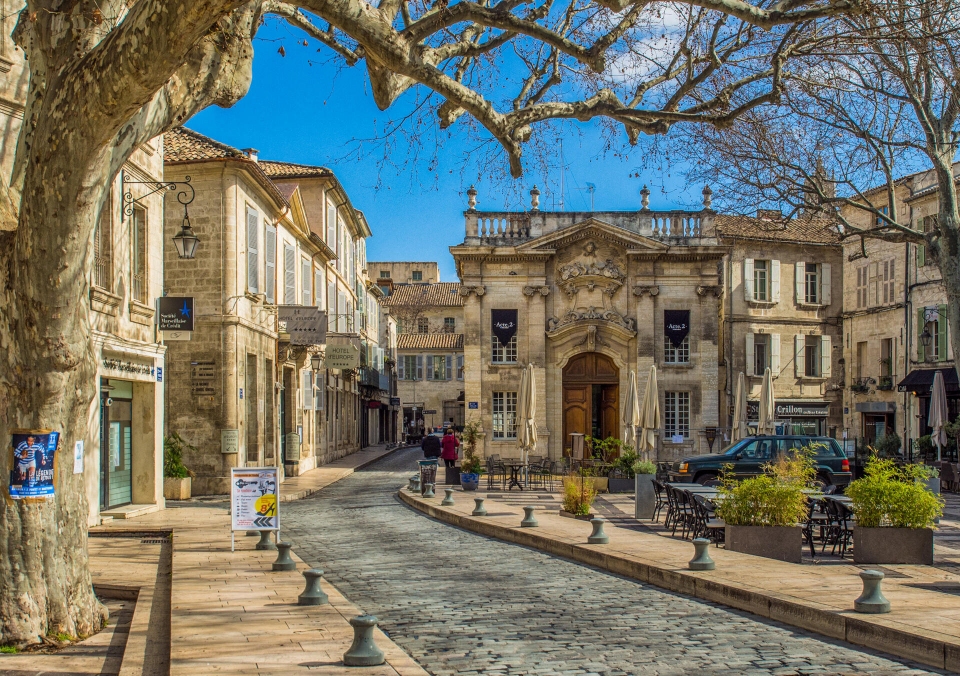
Orange, Arles, Nimes, Gard River Bridge: are massive Roman architectural works, including theaters, arenas, city walls, temples, and aqueducts that are preserved almost perfectly. Even the Nimes arena, with a similar design to the Colosseum but much more intact, is still the venue for many music and bullfighting events. However, it is not possible to visit all these cities in one day, you should choose 1 or 2 places you feel most interesting.
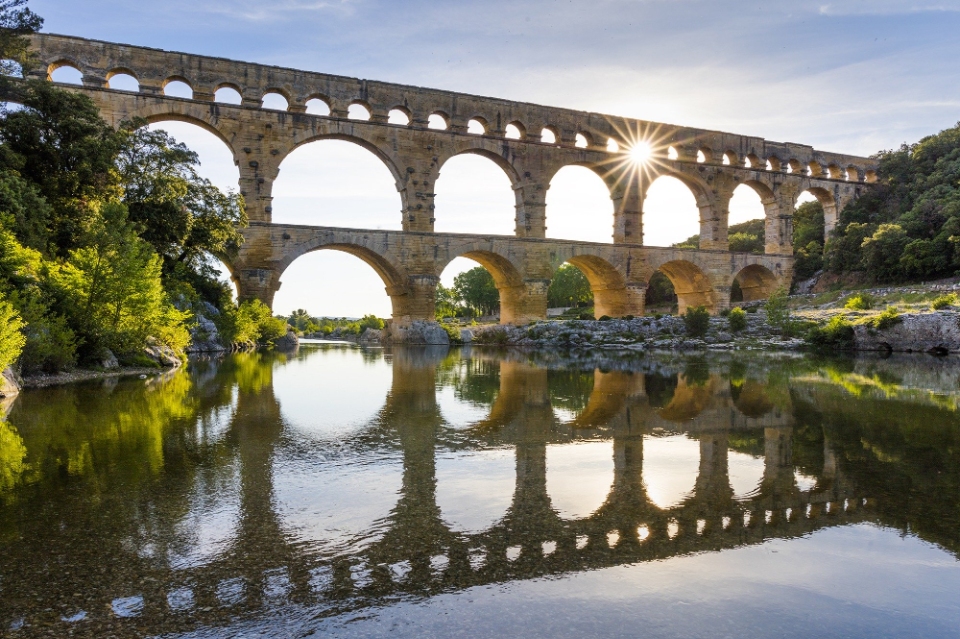
Overnight stay in Arles .
Day 5: Camargue Biosphere Reserve – Grau-Du-Roi, Saintes Maries De La Mer, Pont De Gau Bird Park (93 Km, 1.5 Hours)
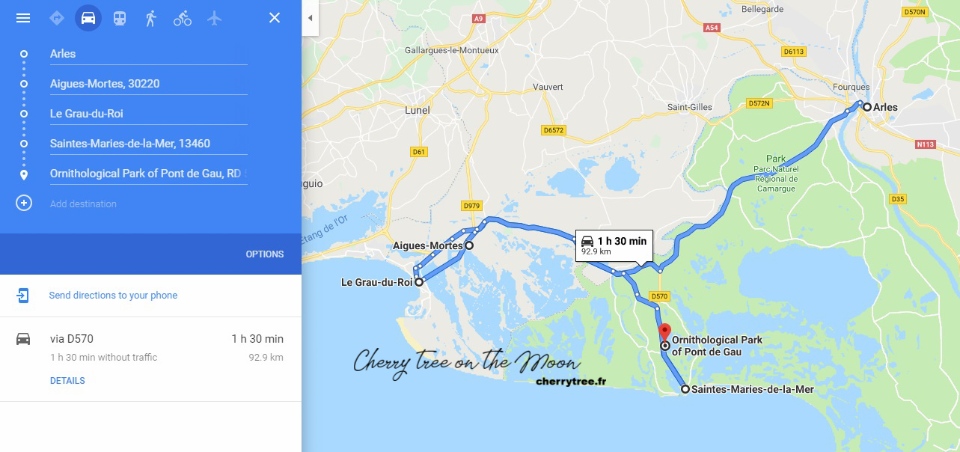
Leaving the “big” cities, today we return to the countryside, to the Camargue mangrove biosphere reserve. Camargue is not a village, nor is it a small suburb. This is a vast marshland, stretching along the Mediterranean coast, from Grau-du-Roi to the lower Rhône river.
Grau-du-Roi is a small tourist city cum lovely fishing village, stretching white sand beach. Pleasant sea atmosphere and many beautiful photo angles reminiscent of Venice.
Aigues-Mortes next to Grau-du-Roi: a small town surrounded by a wall, from the edge of the town wall you can see the special pink salt fields in the Camargue region.
Saintes Maries-de-la-Mer in the central part of the heart of the Camargue. Come here, whether it’s summer or winter, you’ll find something very profound. Saintes Maries-de-la-Mer is a pilgrimage site for the Gitan people, originating from the legend of Saint Sara. This city also has a long white sandy beach, next to countless saltwater lakes and ponds, home to thousands of flamingos. It would be fun to ride a bike here and roam around the area or find a stable for a horseback picnic.
The Pont De Gau Bird Park (Parc Ornithologique du Pont De Gau) is a place where we can enjoy watching thousands of flamingos at a distance of only a few meters. The best season to go bird watching is from November to April because the birds have the most pink feathers at this time. Summer is also full of birds, but the feathers are slightly lighter in color. In addition, the most beautiful time to see flamingos is when the sun is almost setting. You can go to the bird park 1 hour before the park closes and linger for a long time until you are sent back to watch the birds in the sunset. If you go in summer, remember to bring a good mosquito spray if you don’t want to know what a mosquito bite is even through your jeans. See opening hours here: https://www.parcornithologique.com/
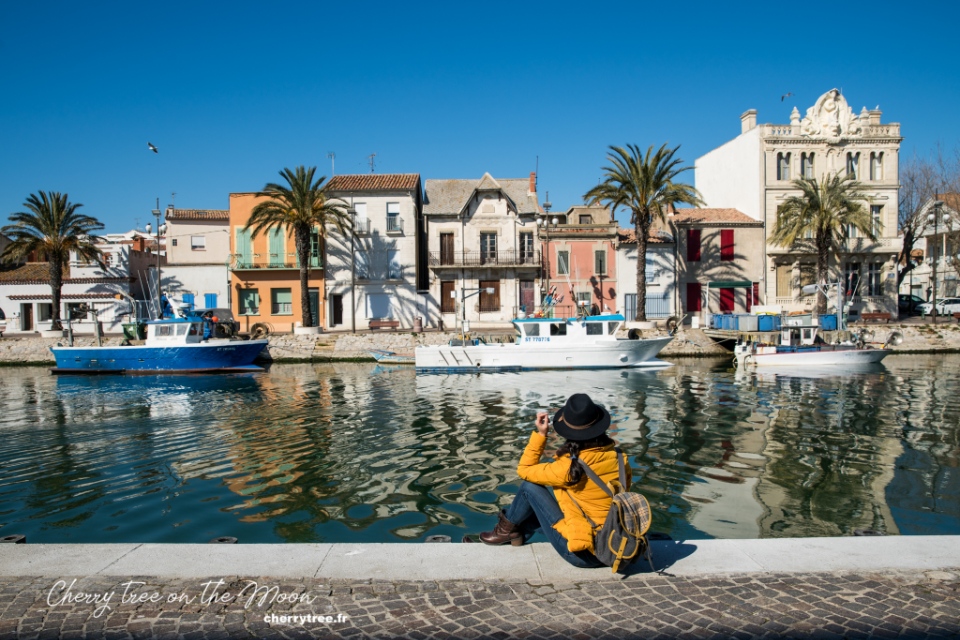
Provence itinerary 5 days: Renting a car in France.
To follow the itinerary I just wrote, of course you will need a car or motorbike. In France, there are many reputable rental companies such as Avis, Hertz, Europcar …
You can search for cars directly on the websites of these companies, or go to the websites of car rental agencies such as Rentalcars ( https://www.rentalcars.com/ ). On Rentalcars, there are many companies with all kinds of cars and sometimes the price is cheaper than renting directly from the company or with discounted promotions.
When renting a car in Europe, you should pay attention to car and person insurance. I will write a more detailed article about roadtrip and car rental experience later.

Some best day tours, trips, activities and transfer services, tickets in, from and to Provence you can refer to
- Morning Lavender Tour from Aix-en-Provence
- Provence & Lavander Day Tour
- Vineyards and Lavender Half Day Tour in Provence
- Aix-en-Provence and Valensole Lavender Full Day Tour from Marseille
- Provence Guided Day Trip from Paris
- Roman Theatre of Orange and Orange Museum Ticket in Provence
- Château d’If Ticket in Marseille
- Villa Kérylos Ticket in Beaulieu-sur-Mer near Nice
- Aix-en-Provence, Cassis, and Marseille Day Tour from Marseille
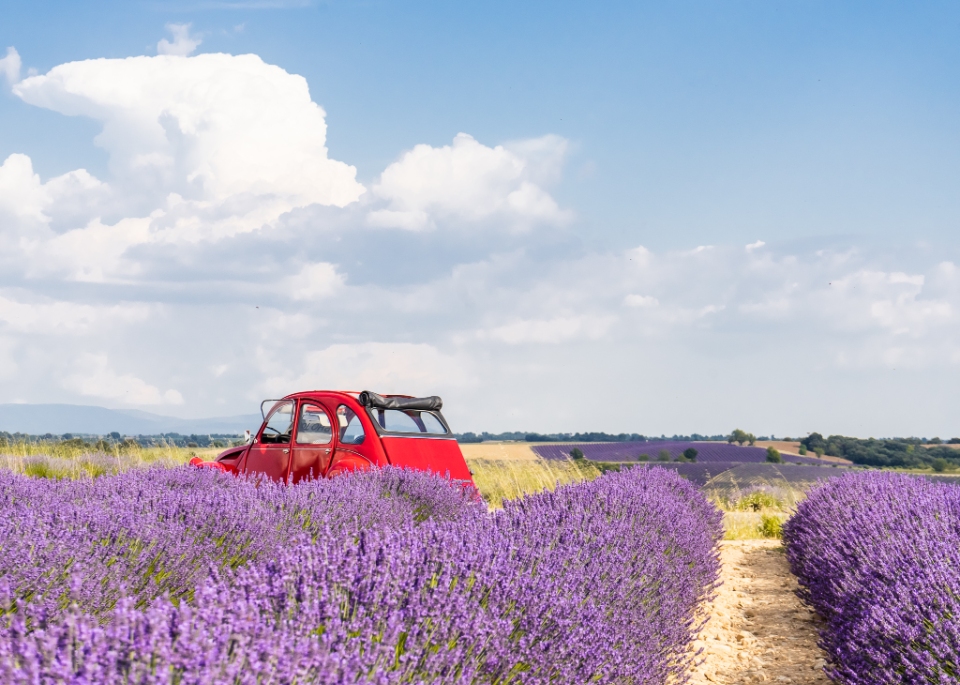
Read more France guide here .
Related articles
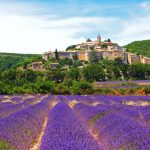
RELATED ARTICLES MORE FROM AUTHOR
What to do in seoul at night — 17+ best places to go & top things to do in seoul at night, 12+ best places to visit & best things to do in ipoh, malaysia, 15+ most famous & best places to visit in rio de janeiro, rio de janeiro travel blog — the fullest rio de janeiro travel guide for first-timers.
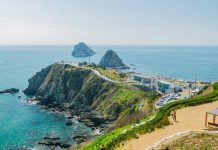
Busan blog. The ultimate guide to Busan for all kinds of travelers
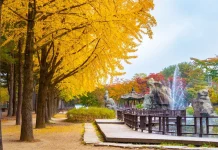
Nami island blog. How to get, when is the best time to visit, what to do
Busan food blog — best foods & 13 best places to eat in busan for 48 hours.

Busan travel blog — The fullest Busan travel guide & how to spend 3 days in Busan for first-timers

How to get to Nami island from Seoul? — How to go & how to travel to Nami island from Myeongdong?
Editor picks.

What to do in Seoul at night? — 17+ best places...

21+ famous restaurants & best places to eat in Singapore for...

12+ best places to visit & best things to do in...
Popular posts.

What to buy in USA? — 17+ must buy in USA...

What to buy in Korea? — Top +23 cheap, famous &...

Must buy souvenir in Taiwan — Top 17+ most famous, cheap...
Popular category.
- Inspiration + Guide 1552
- Trip Inspiration 468
- Food + Drink 225
- Thailand 218
- Coasts + Islands 203
- South Korea 182
- Vietnam 172
- Work for Us
- Terms & Conditions
- Privacy Policy
- Cabins & Lodges
- Apartments & houses
- New South Wales
- South Australia
- Western Australia
- Northern Territory
- Norfolk Island
- New Zealand
- Switzerland
- Middle East
- Southeast Asia
- Antarctica & Arctic
- Tours & Packages
- Restaurants
- Wine & Dine
- Art & Culture
- Shopping & Markets
- Rail Journeys
- Ski & snowboard
- Walks & Treks
- Dive & Water Sports
- Theme & Amusement Parks
- Spa & Wellness
- Global Village
- Money & Rewards
- Tried & Tested
- Deals & Itineraries
Subscribe to the magazine

- Vacations & Travel on Facebook
- Vacations & Travel on LinkedIn
- Vacations & Travel on Instagram
- Vacations & Travel on YouTube
V&T Newsletter
Love inspiring travel stories and exciting competitions? Get the latest news delivered to your inbox.

The ultimate road trip around Provence
- facebook-f-brands (1)
- twitter-brands (1)
- linkedin-in-brands
- envelope-solid
Provence is a picturesque region in France bursting with history, culture, cuisine and dazzling sights. Discover lavender fields, medieval hilltop villages, rolling valleys, vineyards and olive groves. This French province is sensational for explorers. The best way to experience it? A road trip.

Avignon to L’Isle sue la Sorgue
If there’s a French region made for postcards, Provence is it.
In the country’s southeast, it’s a dreamy union of hilltop villages and landscapes that alternate between eye-popping lavender fields and silvery olive groves. It’s easy to slip into a routine of savouring long, lazy lunches. Perhaps ratatouille and salade niçoise, followed by afternoon siestas enjoyed while being serenaded by a chorus of cicadas. Wine corks pop and chilled rosé is poured.
Locals make the most of balmy evenings and challenge each other to games of pétanque. On this visit, I’m taking a circular road trip from Avignon. Heading east to L’Isle sue la Sorgue and travelling clockwise around central Provence to savour some of its highlights.

Avignon – the city of Popes
There’s a stillness that greets you when you walk the atmospheric stone streets of Avignon. It’s so astounding, it has been bestowed a UNESCO World Heritage listing.
It doesn’t matter how many times I visit the beautifully preserved Palais des Papes (Palace of the Popes), I always feel compelled to return. It is the largest medieval palace in the world, and the seat of western Christianity during the 14th century.
In the soft blush of sunset, I watch the last rays of the day dance over the arches of the pretty Pont d’Avignon, a bridge across the Rhone that has been destroyed and rebuilt a countless number of times.

L’Isle sur la Sorgue to Luberon
Half an hour’s drive west, L’Isle sur la Sorgue is lined with canals that still have waterwheels. These waterwheels once powered its silk and wool mills.
Plan to visit on a Sunday to browse its huge outdoor market, with stalls sagging under the weight of glossy fruit and vegetables as well as quirky treasures and tchotchkes. I sit down to lunch at one of the flower-bedecked riverside cafes, before exploring the many antiques shops and brocante dealers that now occupy the old mill buildings.
On the way out of town, I glimpse the source of the Sorgue River at the nearby Fontaine de Vaucluse. It’s clear and calm in summer and gushing with milky water in spring and autumn. It’s the largest natural spring in France.
Valley vistas and medieval villages
Heading west into the Luberon, my outlook is a patchwork of olive groves and lavender fields, spread across forested valleys. Backdropped by craggy limestone hills dotted with medieval villages, each more beautiful than the last.
I linger in Bonnieux and Gordes, with its conical borie huts, before moving on to Roussillon, where the buildings are constructed from local red ochre rock.
One of my favourite places to stay is the rustic cypress-lined estate of La Bastide de Marie outside Ménerbes . This village was made famous by Peter Mayle’s memoir, A Year in Provence.
Aix-en-Provence to Arles
Just an hour’s drive south of the Luberon is Aix-en-Provence. It’s known as the ‘City of Fountains’ for the dozens of water features that dot its plane-tree shaded squares. I arrive on market day and browse stalls stacked high with plump peaches, heirloom tomatoes, sunflowers and tubs of juicy black olives.
Lunch is alfresco in a cafe with bright blue shutters. The menu begins with omelette aux truffes and ends with calisson: diamond-shaped sweets made with almonds and candied melons, covered in icing.
On the outskirts of town, I love visiting Cézanne’s atelier . The setup is as though he just stepped outside to paint his beloved Montagne Sainte-Victoire.
An artist’s haven
Journeying west of Aix, Arles sits at the gateway to the Camargue, the Rhône delta that’s home to pink flamingos, white horses and black bulls. The spectacular first-century Roman amphitheatre is still used for concerts and sporting events, while the remains of the Roman forum are integrated into the lively street scene. This is where van Gogh painted Starry Night over the Rhône, and the Fondation Vincent van Gogh Arles features the work of contemporary artists inspired by the post-impressionist master.
Meanwhile, the Frank Gehry-designed Fondation LUMA is transforming the town’s old railyards into an edgy arts hub.

Les Alpilles to Saint-Rémy-de-Provence
En route back to Avignon, I make my way through the rugged outcrops of Les Alpilles (the Little Alps), to stay at the luxe retreat of Baumaniere near the medieval village of Les Baux. The rooms here are fabulously French. My perch of choice is beside one of the three cobalt blue pools, laced with fragrant wisteria. It’s within easy reach of the impressive rock formations of Val d’Enfer, where Jean Cocteau set his 1960 film Testament of Orpheus.
Leaving my cocoon I make one last stop outside Saint-Rémy-de-Provence to visit Vincent van Gogh’s simple room at the asylum. He lived here for a year, during which he created the colour saturated paintings. Looking out his bedroom window has gone a long way to immortalising the incandescent beauty of Provence.
Looking for more inspirational Vacations & Travel stories? Try these…

Tags: France , Provence , roadtrip
Travel Video We Love
Subscribe to our newsletter
Email address:
Latest Posts

Latest Features

The Ultimate Guide to a Summer Road Trip in Provence
Oh, Provence. This stunning region has become a major destination for people across the world, thanks to its adorable villages, gorgeous lavender fields, and everyone who visits posting photos of both on social media. Fortunately, certain spots have still remained relatively untouched, despite being a stone’s throw away from popular destinations like Valensole. The best part is, it’s actually very affordable once you get here! If you’re looking for the perfect French summer getaway, look no further than a road trip in Provence.

The Ultimate Guide to a Road Trip in Provence
This is admittedly a more and more difficult question over the years, if you’re trying to catch the lavender in bloom. In 2019 our trip dates were 4-9 July, and by the last days we were passing lavender fields that had already been harvested. As blooming periods are shifting earlier, I would recommend the last week of June and first week of July for optimal lavender visiting. However, there are plenty of non-lavender related activities to do in Provence, so don’t worry if you can’t make it there during this period!
How to Get There
BY TRAIN : It’s only a 2h45 TGV ride from Paris Gare de Lyon to Avignon TGV, and 3h09 to Aix-en-Provence TGV (be aware, if you’re looking to base yourself in either Avignon or Aix, these two stations are located a ways out of the center of town- you’ll need to take another train or rent a car to get there).
If you’re coming from Paris, this is by far the easiest option. We chose Avignon because there are multiple car rental locations within the train station complex, and it only took a little while before we had the keys and were on our way.
Check out train ticket options HERE (booking through Omio will give me a little commission, and their customer service is great- I once got strep throat and had to cancel a train the day before my trip and easily got the majority of my money back).
BY PLANE : The largest international airport in the center of the Provence region is Aéroport Marseille Provence, located in Marignane next to Marseille down on the coast. From there, you can take a free shuttle bus from the airport’s bus station (platform/quai 5) to the train station Vitrolles Aeroport Marseille Provence. The buses run every 10-15 minutes. From the train station, take a TER (regional train) up to Avignon (18.30€) or Aix-en-Provence (11.90€). There is a small regional airport near Avignon but your flight options will be limited.
BY CAR : From Paris, take the A6 highway towards Lyon and then the A7 from Lyon to Avignon (around a 7 hour drive, traffic permitting). Once you approach Avignon, follow signs for the D900- many of the villages and lavender fields are located off of this route.
How to Get Around
As great at the train systems are, for a road trip in Provence, renting a car is non-negotiable. You’ll get the most out of the trip if you can make your own itinerary and have the freedom to change it at will- we spent a lot of time pulling over next to random fields and often changed destination at the drop of a hat. Additionally, most of the locations you’ll want to stop at (and nearly all in this guide) are only accessible by car.
Where to Stay
Airbnb is the way to go in this region, as many people rent out their summer homes when not staying there, and you can find some incredible places for great prices. We stayed in one which I unfortunately can’t recommend as we weren’t huge fans (though it served its purpose), but I found a few others in the area that have great reviews!

All photos courtesy of Airbnb. Links: Photo 1 , Photo 2 , Photo 3
Can’t-Miss Spots
(vaucluse, luberon and alpes de haute provence).

Oppède-le-Vieux : This adorable hilltop village in the Luberon is accessible to tourists only by foot; leave your car in the parking lot at the bottom of the hill and make the 10-15 minute well-marked trek up through the woods and olive groves. Once at the top, you can wander the cobblestone streets in the shadow of the remains of a 12th-century chateau, discovering the restored 15th and 16th century houses and workshops.

Colorado Provençal : Before you ask- yes, it’s named for the state! These former ochre quarries, like the ones in Roussillon, were mined for the natural pigments in the clay between 1871 and 1993 (over 20 different shades in the Colorado Provençal alone).
They’re now a protected historical monument and can be visited from February through December, with two paths (one long, one short) that will take you through the quarries to marvel at the natural beauty of the site, despite its heavily industrial past.
It will cost you 5€ to park your car in the lot at the entrance to the quarries, and opening times vary depending on the month. You can find the most up-to-date information on the hours and prices HERE .

Roussillon : This charming village is unlike most you’ll find in the south of France, with its buildings dyed orange and red thanks to the ochre found in the local clay. It won’t take you long to wander its streets and explore, as it’s quite small, with a population of only around 1300 people. The real attraction lies outside of the village.
A few minutes’ walk from the center of town, you’ll find yourself at the start of the Sentier des Ocres, a set of paths which will take you through the ochre quarries (one takes about 30 minutes, the other around 60 minutes). The colors here are less diverse of those in the Colorado Provençal but no less spectacular, especially at the end of the day when the light turns golden and hits it just right.
Entry will cost you 3€, and opening hours vary by season (find them HERE ). After visiting the quarries, head back into town and grab an ice cream to eat while sitting by the town hall (pictured above).

Plateau de Valensole : No summer road trip in Provence is complete these days without a stop at the lavender fields in Valensole, easily the most famous and popular in the region. The most photographed fields are those of Lavandes Angelvin, off of the D6-Route de Manosque highway. Not only are there lavender fields, there are also sunflower fields for a bit of diversity in your photos.
Because of its popularity, there’s now a large designated parking area across the highway from the fields, making it quite easy to stop for photos. Be careful crossing however as cars don’t really slow down- I saw quite a few tourists nearly get hit.
Tip: If you do decide to stop here, be sure to get here early to avoid the crowds (although there still will be crowds)! If you’re looking for fields with no people around, I recommend continuing east on the D6 past the village of Valensole- you’ll find many views with the Alps in the background (see the first picture in this post).

Moustiers-Sainte-Marie : Built into a cliffside over the western edge of the Gorges de Verdon, Moustiers-Sainte-Marie is known not only as one of the most beautiful villages of France but also for its production of faïence , which is pottery covered with a white tin glaze and often decorated with colorful motifs on top.
There’s a spring that flows from the cliff, creating a waterfall through the village, a means of hydroelectric power for its inhabitants, and a place to refill your water bottle after climbing up and down the hilly streets. The Chapel Notre-Dame de Beauvoir, perched above the village, is a historical monument and accessible via the Way of the Cross, a pathway with 262 steps leading up the cliff.

Gorges du Verdon : Known for its stunning, naturally turquoise water, the Gorges de Verdon and Lac de Sainte-Croix have become an increasingly popular summer destination for French and visitors alike. It gets its color from the minerals in the water.
The most famously photographed view, pictured above, is from the Pont du Galetas on the D957 highway, which sits just above where the Verdon River feeds into the Lac de Sainte-Croix. The D957 will take you all around the lake, and there are plenty of little beaches to stop at- I recommend heading further south away from the bridge to avoid the crowds, unless you want to rent a canoe or paddleboat.
However, for the picture above, there are parking lots on either side of the bridge, and a big sidewalk so you can stop and admire the gorgeous scenery.

Simiane-la-Rotonde : Inspired by a photo on my friend Mary’s Instagram , once I saw that Simiane-la-Rotonde was only 20 minutes away from our Airbnb, I knew we had to go! A few fields are around the village, though some are private property (please don’t trespass for the sake of a photo!). We chose this one for the great view of the village in the background.
Tip : if you’re looking for the best light, come a little over an hour before sunset, as the sun goes down behind the village from this angle.
Fun story though: I was aiming to come when the sun was at a certain height, and it wasn’t quite low enough when we arrived, so we thought we’d go park and walk around the village. As we drove up, we saw white smoke billowing above the rooftops, and discovered that a building was on fire and the road into the village was closed! Hoping no one was hurt, but with nothing we could do, we decided to drive to Sault to check out the nearby fields, and then stopped here on our way back.

Gordes : While it has gotten admittedly more touristy in recent years, it’s for good reason- Gordes is one of the most picturesque and lovely villages in the Vaucluse department. Driving into the village, there’s a clearly marked lookout point, from which you’ll find the view pictured above.
The commune dates back over a thousand years to the Roman empire, and the chateau was built in 1031. It was also an active resistance center during WWII, and was bombed in 1944 due to the resistance efforts. Strolling the streets today and marvelling at the views over the surrounding countryside, or relaxing poolside at La Bastide de Gordes, it’s hard to imagine the wonders and horrors this village has seen.
Tip : If you’re looking for the best light and the fewest people, come in the morning- the photo above was taken around 6:30am. Head to Le Cercle Républicain afterwards for a coffee and a hot croissant or pain au chocolat (they get them from the local boulangerie). They open at 7:30 and have an adorable little balcony with a couple of tables overlooking the surrounding landscape- the perfect spot for a morning bite.

Abbaye de Sénanque : This beautiful little abbey is tucked away behind the village of Gordes and surrounded by lavender fields, which are tended by the abbey’s monks. They also raise honey bees, and sales of their honey and lavender help cover their living expenses and building maintenance.
Unfortunately, due to overzealous tourists trampling the lavender in their quest for the perfect photo, the lavender fields are surrounded by high fences, making many of the angles you’ve seen on Instagram now impossible. However, it’s still worth a visit if you’re also visiting Gordes, just to see its beauty! You can also visit the abbey itself (see visiting hours and entry fees HERE ) or buy a jar of delicious lavender honey from the monastic shop.

Saint-Saturnin-les-Apt : With its charmingly colorful streets and medieval castle ruins, Saint-Saturnin is both idyllic and interesting- not just a spot to stop for photos, but a place where you can climb the cobblestone steps and stand where people once stood nearly a thousand years ago.
The château ruins and restored chapel that sit on the hilltop date back to 1056, and the dam next to it was built in 1863 as a water source for the village. From this vantage point you can admire the rooftops, the steeple of the Saint-Étienne church, and the 17th century windmills. Down in the village, don’t miss the 3 gorgeous doors that are listed as historic monuments.
Tip : I recommend stopping for a meal at Le Saint Hubert – we went for brunch/lunch and it was the best omelette of my life (be sure to tell Lise and Eric that I sent you!).
What to Bring Back
Market baskets & other local goodies : The Marché d’Apt is one of the area’s biggest and best markets, for food as well as other souvenirs. We headed there to stock up on fresh produce, and of course made a stop at a few other stands as well. You can buy classic French market baskets (ironically most of which are made in Morocco), local honey, sachets of dried lavender, jams and spreads made with local ingredients, and massive jugs of olive oil. My item of choice was a small woven straw purse (I already own two market baskets) to replace my other summer bag whose handle had just broken.

Wine : If you’re road tripping in Provence, you absolutely must heed the signs at the sides of the road alerting you to the fact that a winery is nearby. There’s a huge variety of options for Provençal wine depending on the types of grapes- some domaines have many different choices, others are smaller family farms that offer just two or three each of whites, reds, and rosés.
When you stop, you’ll be taken into their designated tasting area- a cool, humid wine cave attached to their home for some, a large counter with uniformed staff for others. You’re encouraged to taste as many wines as you wish, and you’ll be able to buy bottles for close to wholesale prices. And of course, DON’T DRINK AND DRIVE!
Some of our favorites from the trip:
Domaine de Tara (we learned about this one from Le Saint Hubert- great sparkling rosé!)
Domaine de la Citadelle (probably the most “established” of the ones we visited)
Domaine du Puy Marquis (not the friendliest welcome but great dry rosés and a scenic drive to get here)
Domaine de Grand Saint-Julien (pictured above- there is a friendly dog and some adorable cats here!)
I’ve put together a handy map to help you find all the locations on this list!
Have you ever taken a road trip in Provence? What would you add to this list?
Liked this post? Pin it for future reference!

You Might Also Like...

Marseille: Fish and Ferris Wheels

Why You Should Stay in Corniglia When Visiting Cinque Terre

7 Reasons to Visit Lorraine, France
No comments, leave a reply cancel reply.
Save my name, email, and website in this browser for the next time I comment.
Notify me of follow-up comments by email.
Notify me of new posts by email.
This site uses Akismet to reduce spam. Learn how your comment data is processed .

12 Books Set in Paris to Transport You to the City of Light

Photo Diaries: Provence Road Trip

Where To Stay In Provence: The Cutest Towns & Boutique Hotels
Some of the links may be affiliate links , and at no cost to you, I earn a small commission if you make a purchase. I only recommend stuff I love and use, and the income goes back into making this little blog successful!
Figuring out where to stay in Provence is one of the more crucial decisions when planning a trip to the South of France. I spent a month slowly exploring the nooks and crannies of Provence from my little home base town near Cotignac, and I have a ton of thoughts on what makes a good home base and why.
This post is dedicated to what staying in different parts of Provence would be like so you can decide what works best for you. Here’s what I thought through for every town I recommend:
✅ Convenient – Provence is a big ass region, and my recommendations are near major things to do, like lavender fields, Provençal villages, history and culture, beaches, etc.
✅ Authentically French – I looked for towns that had a bunch of local restaurants, shops, and cafes, a charming southern French atmosphere, and an overall good vibe. Hundreds of villages have no vibe, and only have one bakery and one bar – these are not practical.
✅ Cute Options – which means more boutique hotels, not the most expensive, but I’ll splurge on a good esthetic, cozy with great views, and uniquely Provençal.
QUICK GUIDE: WHERE TO STAY IN PROVENCE 📍Best Luxury Hotel in Provence – Cotignac – Lou Calen ( I lived near here for a month – gorgeous location! ) 📍Best Spot for Provençal Villages – Gordes – La Bastide ( Only 13 rooms with a fabulous Michelin restaurant nearby, Les Bories ⭐️) 📍Best Spot for Lavander Fields – Moustiers-Sainte-Marie – La Bouscatière 📍Best Centrally Located Spot – Aix-en-Provence – Hotel Les Augustins 📍 Best Spot for Beaches – Cassis – Hôtel Les Roches Blanches Cassis
PRO TIP: My biggest recommendation before choosing where to stay in Provence is to figure out what kind of trip you want to have – this is my 10-day Provence Itinerary after a month’s travels in the region.
Let’s dive into some of my recommendations for the best places to stay in Provence for inspiration. And if you’re still lost at the end, I can help you plan your trip to the South Of France.
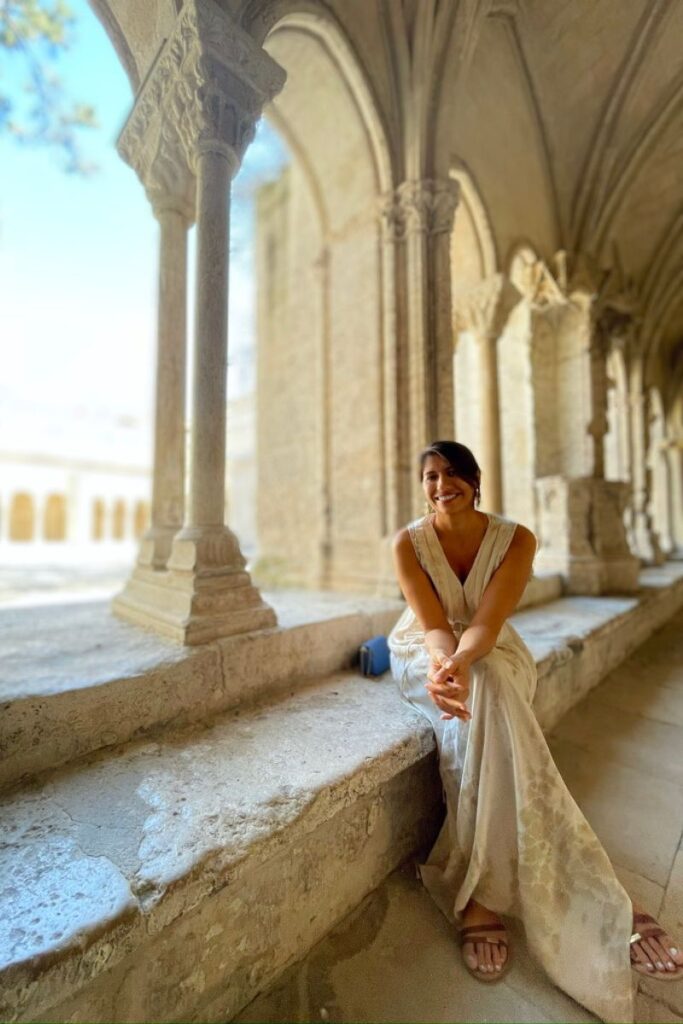
Table of Contents
Where To Stay In Provence Deep Dive
Depending on what you’re looking to enjoy most when it comes to Provençal life, here are my recommendations for the best places to stay as a base – all with a great vibe, a charming French cultural atmosphere, and centrally located to a lot of fun stuff to do.
Where To Stay In Provence for Provinçal Villages
Literally in the heart of Provence, the village of Gordes is an ideal home base for exploring the super cute Luberon villages that the south of France is known for. A lot of the villages in the area are generally perched on a hilltop, which makes for great pictures and sunsets, but Gordes I think is the best!
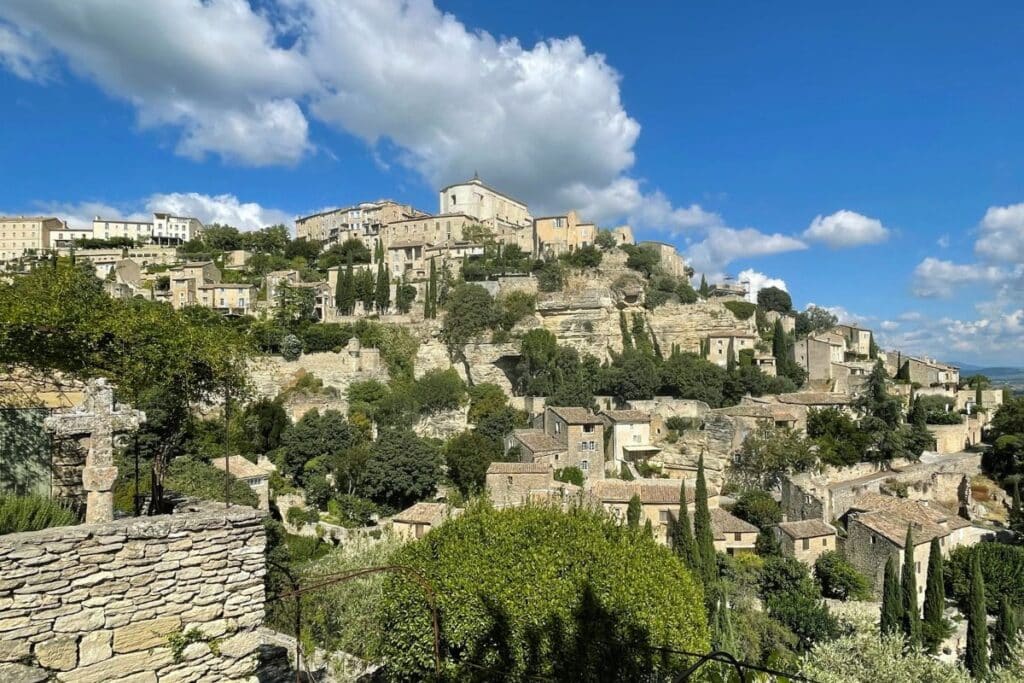
GORDES IN MOVIES: Gordes is usually the village they showcase when filming movies and shows in Provence , like A Good Year with Russel Crowe and even a few episodes of Emily in Paris !
For a romantic night out, check out the Village des Bories, an open-air museum of ancient stone huts, offering a glimpse into the rural life of Provence from a really long time ago. You will also find an amazing Michelin restaurant called Les Bories ⭐️ in the village!
➡️ Don’t Miss Out: A short drive from Gordes (like 15 minutes), you’ll find the Abbey of Senanque, whose lavender fields are amazing in the summer. Also nearby is the iconic village of Roussillon with the famous Ochre Trail, which throws me back to a few hikes in Colorado.
📍 Luxury: La Bastide 📍 Mid-Range: Domaine de l’Enclos
Where To Stay In Provence for Lavander Fields
Moustiers-Sainte-Marie is a hidden gem that’s perfect for folks looking for a quaint and peaceful retreat. This charming village, with its winding streets and traditional Provençal architecture, is a serene escape from the hustle and bustle of anywhere else in Provence. It’s like stepping into a storybook!
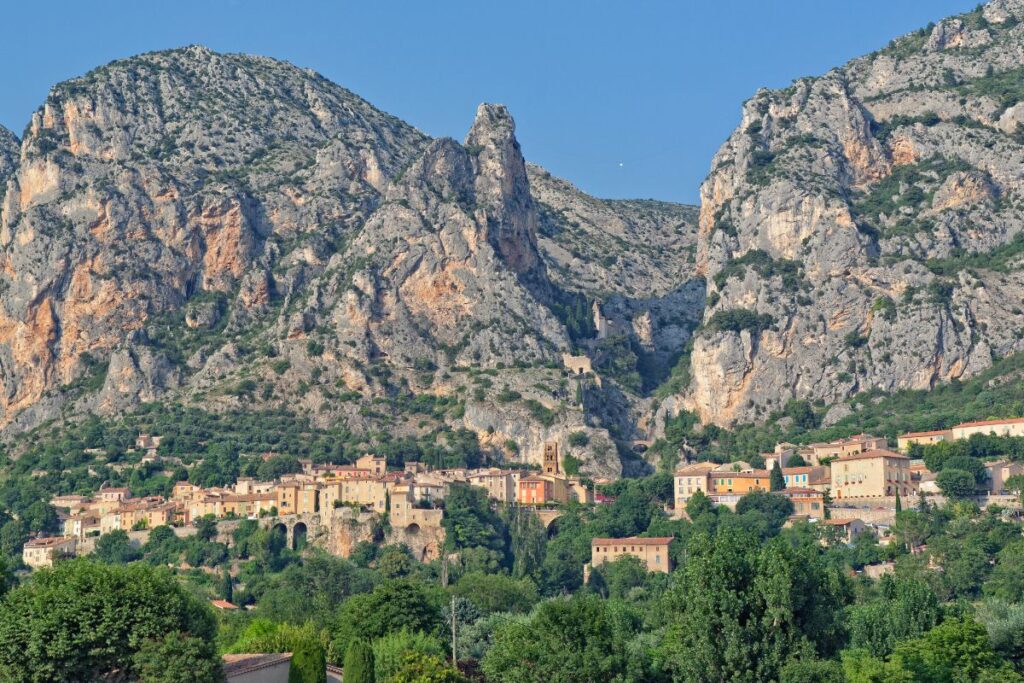
What really makes Moustiers-Sainte-Marie stand out is its proximity to the Plateau du Valensole, renowned for its expansive lavender fields . Imagine rows upon rows of vibrant purple, stretching as far as the eye can see— especially in full bloom during the summer.
➡️ Don’t Miss Out: During my stay, I ventured out to explore the Gorge du Verdon (a 15-minute drive south of Moustiers) and Lac de Sainte-Croix. The turquoise waters of the gorge, set against the backdrop of dramatic cliffs, is just wow!
📍 Luxury: La Bouscatière 📍 Mid-Range: L’Escalo ( great vacation home! )
Where To Stay in Provence Centrally Located
Aix-en-Provence, known simply just as Aix, is one of my favorite cities in Provence. It’s prettier than Marseilles in my opinion, full of culture, Provençal authenticity with markets almost every single day, and cute young French people all around town due to it being a university town.
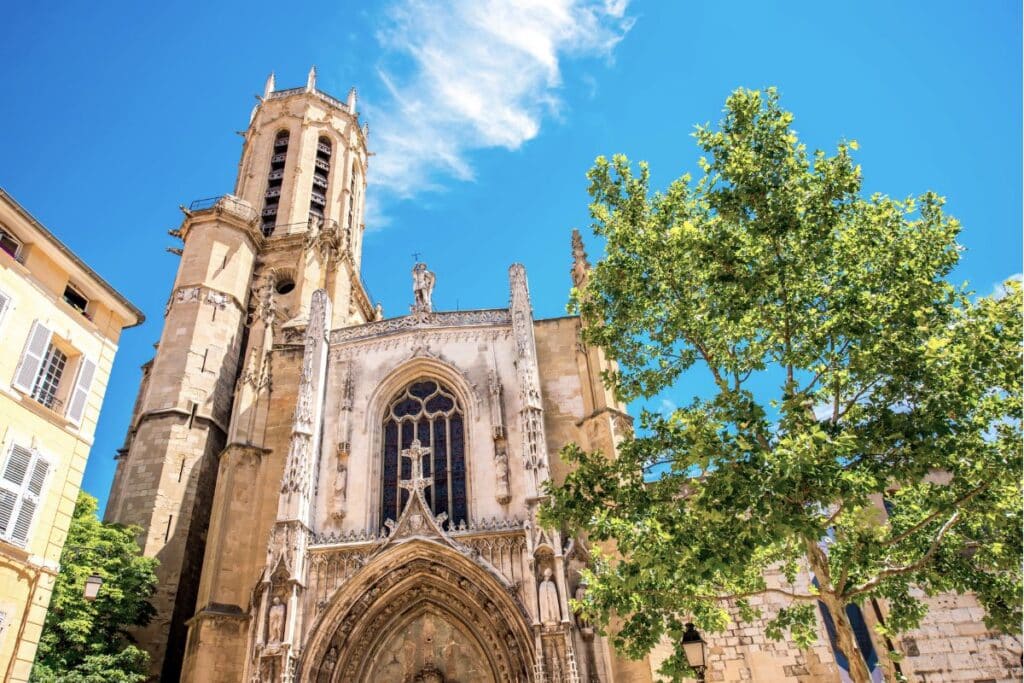
As the former capital of Provence, it’s centrally located, on the train line, and only an hour’s drive to the Luberon villages, the Camargue area, and the Gorge Du Verdon . This means you can do little day trips, and come back to Aix for apéro and dinner and have a full French-ass day!
➡️ Don’t Miss Out: Summertime is all about festivals in Provence, and there’s a big one in July called Festival Aix – save the date and get tickets to operas, theater, etc.
📍 Luxury: Hotel Les Augustins 📍 Mid-Range: Suite Le CEZANNE
Where To Stay In Provence Without A Car
I spent a weekend in Arles during their fall Feria and famous Photography Festival days and absolutely fell in love with the town. At first glance, it’s famous for its Roman history and amphitheater, and the lesser-known Camargue region in which it’s located.
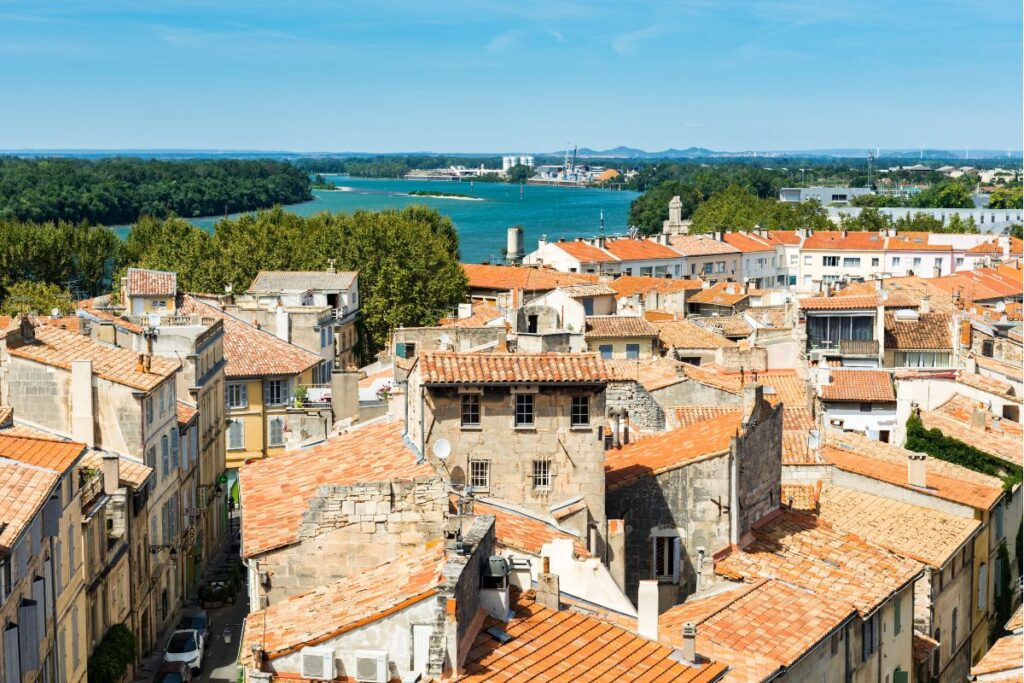
The town is centrally located, and on the main train line through the south of France , which is why it’s a great spot to base yourself in Provence without staying in one of the bigger cities. Arles is small enough to feel like a village, and large enough to have tons of options for food and nightlife.
What I really like about it is the vibe of the town – there are lots of boutique museums, art galleries, shops, bookstores, boogie hotels with fancy bars (like the L’Arlatan Hotel), and grungy little cafes where locals enjoy many a glass of pastis!
➡️ Don’t Miss Out: Arles is known for its association with Vincent Van Gogh, so don’t miss out on the photo opp of the cafe that inspired A Starry Night . Also nearby is the cutest little town to shop and wander in called Saint Remy de Provence!
📍Luxury: L’Hôtel Particulier 📍Mid-Range: Hôtel de l’Amphithéâtre
Where To Stay In Provence for Wildlife
I had never heard of this region in Provence until I actually stayed in Arles, and holy shit, what a gem. The Camargue is one of Europe’s largest river deltas, where the Rhône River meets the sea.

This area is famous for its salt flats, marshes, and lagoons, creating a habitat for a wide range of wildlife, most notably the pink-billed greater flamingo, tons of bird species, bulls (which are used in traditional bullfighting), and the iconic Camargue horse, an ancient breed known for their stamina, strength, and striking white coats. These horses are often seen roaming the marshlands!
The Camargue region has managed to preserve its traditions and simple way of life. This authenticity is a draw for many French people seeking a connection with nature and tradition. It’s also why I love and think it’s a great place to stay in Provence.
➡️ Don’t Miss Out: Spend a day in the Ornithological Park to really experience the flamingos and wildlife. Plus, there are tons of tours that take you through the park with 4-wheelers and off-road vehicles.
📍Luxury: Hôtel L’ Estelle en Camargue 📍Mid-Range: La Tramontane
Where To Stay In Provence for Beaches
Cassis combines the charm of a small Mediterranean fishing village with the beauty of its natural surroundings. It’s a perfect spot for people who want to enjoy the beach life, with a touch of French Riviera glamour. And don’t sweat it, it’s not as filled with tourists as Cannes or St.Tropez, so there is room to breathe.

Cassis is famous for its proximity to the Calanques National Park, a series of dramatic limestone cliffs ( pictured above ), and coves along the coastline. If you’re driving into Cassis, there’s a moment when you clear the top of a mountain and you see Cassis at the bottom amongst the cliffs – what a feeling to know that this is where you could stay for a week!
➡️ Don’t Miss Out: My favorite beaches are Calanque d’En-Vau , because of its crystal-clear turquoise waters surrounded by towering cliffs, and Plage de la Grande Mer , right in the heart of Cassis town.
📍 Luxury: Hôtel Les Roches Blanches Cassis ( omg! ) 📍 Mid-Range: Les Jardins de Cassis
Where To Stay In Provence for Adventure
The area around the Gorge du Verdon is all about hiking, biking, kayaking, and adventure. The calm parts of the river and connecting lake are perfect for swimming and relaxing. Staying near the Gorge du Verdon also means you’re close to several charming Provencal villages, my favorite of which is Moustiers-Sainte-Marie only 15 minutes away from this spot in the picture (also on this list for proximity to lavender fields)!
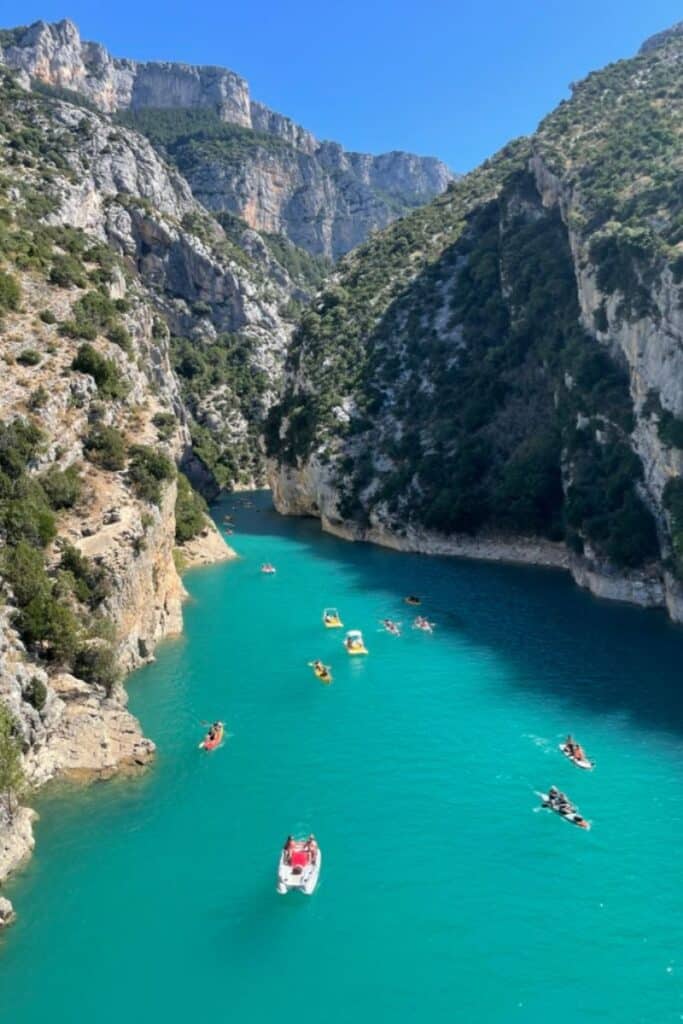
➡️ Don’t Miss Out: Kayaking costs about $15 per hour, and you can rent boats at Activité Nautique . Just bring your swimsuit and some water. There are options to have self-paddling boats which are easier to navigate.
📍 Luxury: La lyalis 📍 Mid-Range: Le Petit Fabre
Where To Stay In Provence For City Life
Marseille’s appeal lies in its contrasts—between old and new, tradition and innovation, grit and glamour. Known for its rich history, cultural diversity, and as a melting pot of traditions, Marseille has recently been undergoing a fascinating transformation – a hipster migration if you will!
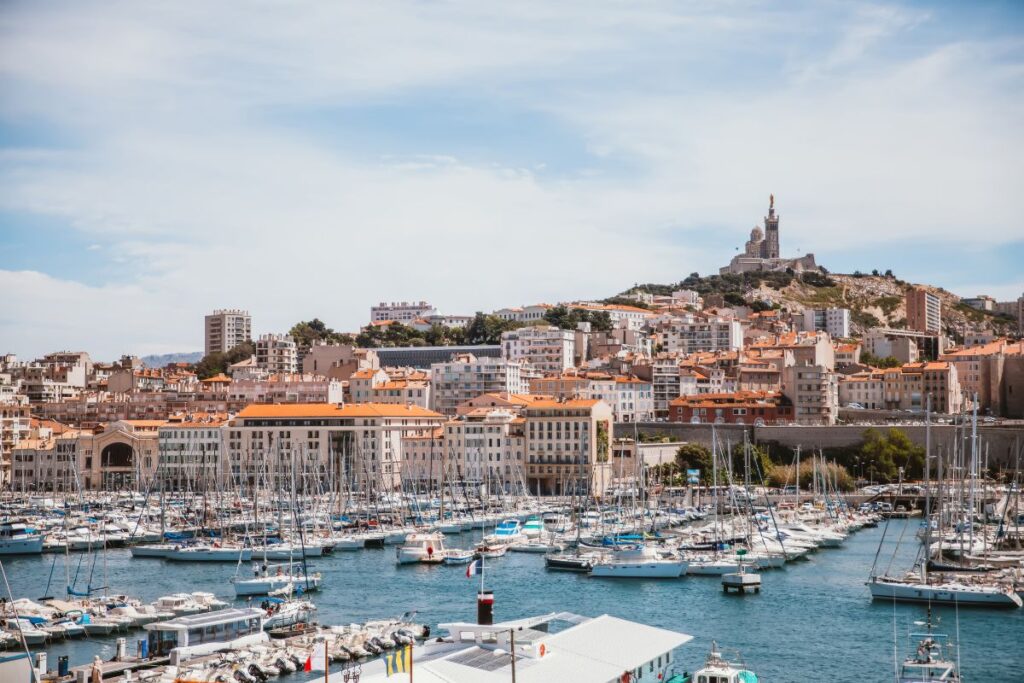
In the last few years, Marseille has seen an influx of new money and businesses. Once considered grungy and rough around the edges, the city is now embracing a trendy, up-and-coming vibe. This shift has led to the opening of chic boutiques, hip cafes, and a burgeoning art scene, particularly in areas like the Cours Julien and La Plaine.
➡️ Don’t Miss Out: Marseille’s food scene is amazing – think Creole, French, Gypsy, African, Italian, and Spanish all in one city, meshing and complementing each other’s foods. The city is famous for its Bouillabaisse, a traditional fish stew, but there’s also this growing trend of fusion cuisine with tons of spices beyond salt, pepper, and paprika!
📍 Luxury: Hotel C2 📍 Mid-Range: Grand Hotel Beauvau Marseille Vieux Port
Where To Stay In Provence for Families
You can almost stay anywhere on this list with your family, especially the bigger cities like Marseilles and Aix-en-Provence. I love Avignon for a stay with kids because the old town is a UNESCO World Heritage site, it’s got history they can dive into, castles, tons of open-air markets to explore, and a lot of options for food beyond the traditional dishes.
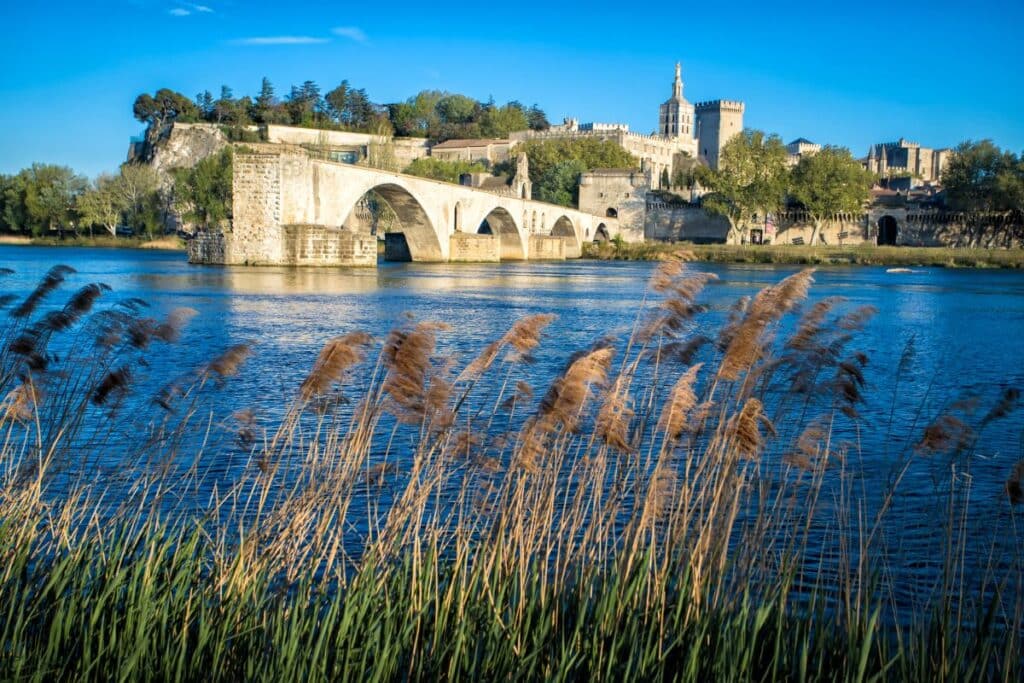
Plus, in the summertime, the Festival D’Avignon takes over with a jam-packed schedule of theater and arts & crafts around the city.
➡️ Don’t Miss Out: My friends with kids recommended the Village of Automata for a day, and while I have not personally been, it looks like a ton of fun! Just an hour away from Avignon, and 30 minutes from Aix.
📍 Luxury: La Mirande (OMG, ultimate boogie cuteness!) 📍 Mid-Range: Le Prieure
Provence Map & Itinerary
I’ve put together a 10-day Provence Itinerary with some of my favorite spots. Here is the route I recommend for a road trip, plus a map to get your bearings.
- Day 1: Fly into Nice
- Day 2: Rivera – Eze & Villefrenche-sur-Mer
- Day 3: Riviera – Perfumery & Saint-Paul-de-Vence
- Day 4: Riviera – La Madrague Coastal Hike ( Local Gem! )
- Day 5: Provence – Arles & Camargue Region
- Day 6: Provence – Gordes & Isle-Sur-la-Sorgue
- Day 7: Provence – Loirmarin & Saint-Rémy-de-Provence
- Day 8: Provence – Kayak Gorge du Verdon & Lavander Fields
- Day 9: Provence – Cooking Lessons & Avignon
- Day 10: Provence – Wineries & Aix-en-Provence
- Day 11: Fly Home
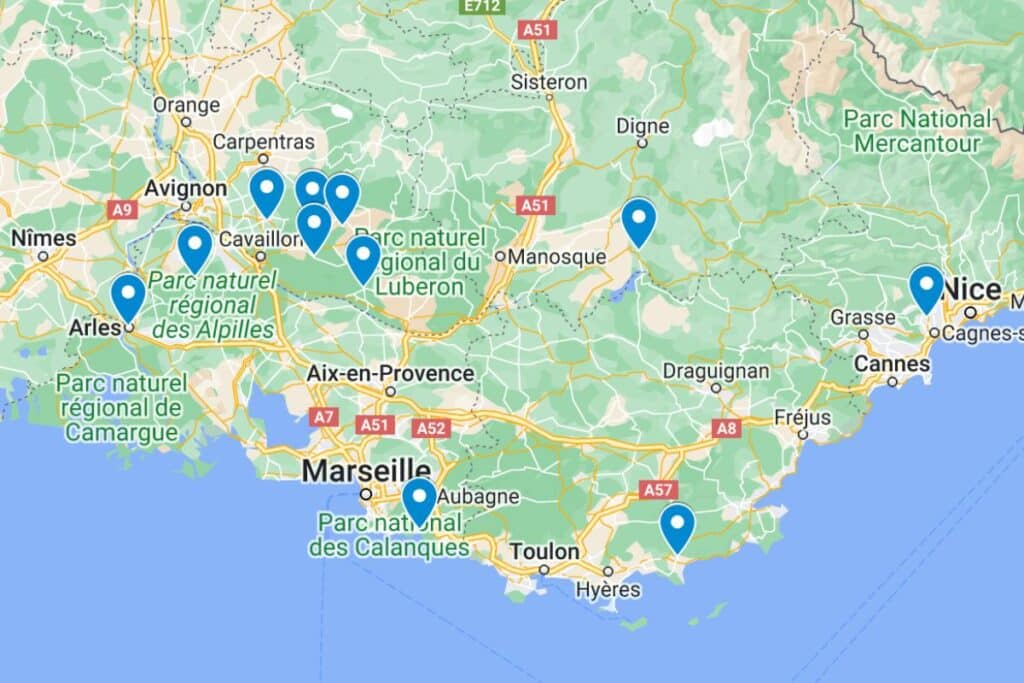
How do you get around in Provence?
I recommend renting a car in Provence. The South of France is just one of those places that’s perfect for a road trip. Plus, the best things to do like exploring Provençal villages, local hikes, lavender fields, and wineries are not accessible by public transportation.
While taxis can help, the most economical and smartest way to go about it is to just rent a car.
➡️ I use Discover Cars to check prices in France! ⬅️
PRO TIP: If you’re nervous about driving in France , don’t be. It’s pretty straightforward, similar to the US, and honestly very enjoyable along the smaller regional roads.
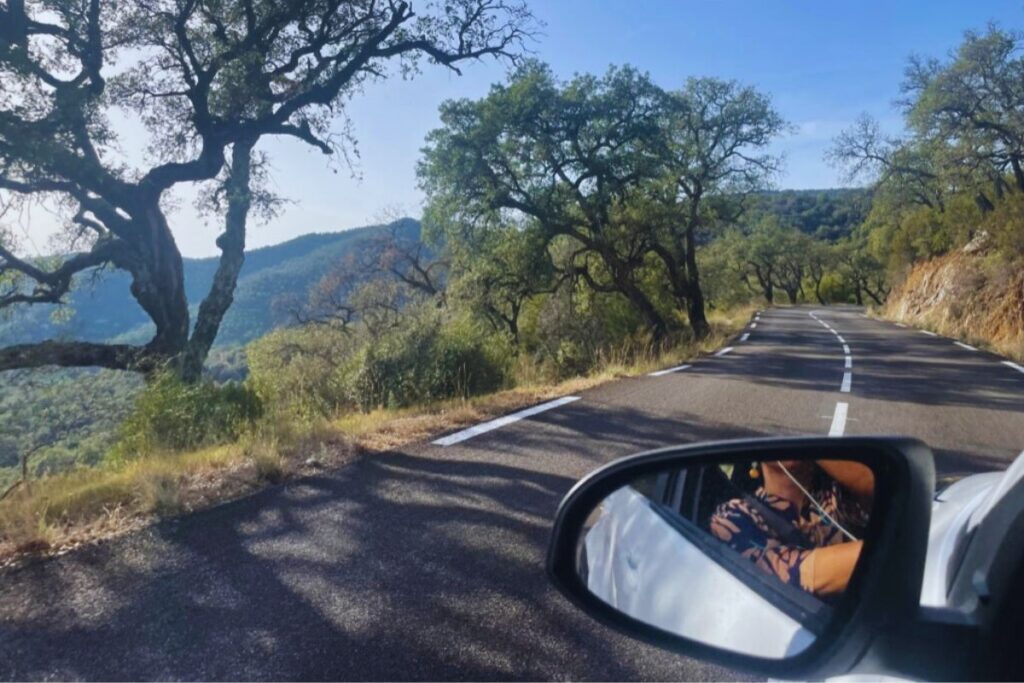
Travel Tips For Visiting Provence
Here are a few frequently asked questions and travel tips for visiting Provence once you’ve figured out where to stay.
How do I plan a trip to Provence?
Traveling in Provence can be a fantastic experience if you’re well-prepared. And a bit of a hellish, unwelcome one if you’re not.
Here are some practical tips to make the most of your trip:
✅ Transportation : Rent a car for the flexibility to explore small villages and remote countryside areas. Public transport will not reach all the hidden gems.
✅ Parking : Always park slightly outside of each village to avoid getting your car stuck on tiny French roads. There are parking lots around each village – easily searchable on Google.
✅ Accommodation : Book in advance, especially during the high season (summer). Consider charming bed-and-breakfasts for a more authentic experience.
✅ Dining : Reservations are recommended for restaurants, particularly in the peak tourist season. French culture eats a bit later, so lunch is at about 12 noon. Apéro happy hour is at about 6pm, and dinner is at about 8-9 pm.
Don’t miss out on the local cuisine at Bouchons (local French diners), where group seating is a thing, and the food is whatever they bring you!
STORY TIME: I once visited Provence in early summer, and the weather was absolutely terrible. The iconic ‘mistral’ wind was in full force, the rain would not stop, and to top it all off, we had not made any reservations to restaurants or vineyards. So alot of the places we thought we could just walk into were full. Lesson learned – plan ahead! 🙈
✅ Local Markets : Check the days for local markets in each town – you can Google or ask the locals; they are a treasure trove for regional products and a vibrant slice of local life.
✅ Apéro : Embrace the local tradition of apéro in the evenings; it’s a great way to mingle with locals and enjoy happy hour drinks and snacks.
✅ Pastis : Try pastis, the local anise-flavored aperitif, but remember to dilute it with water.
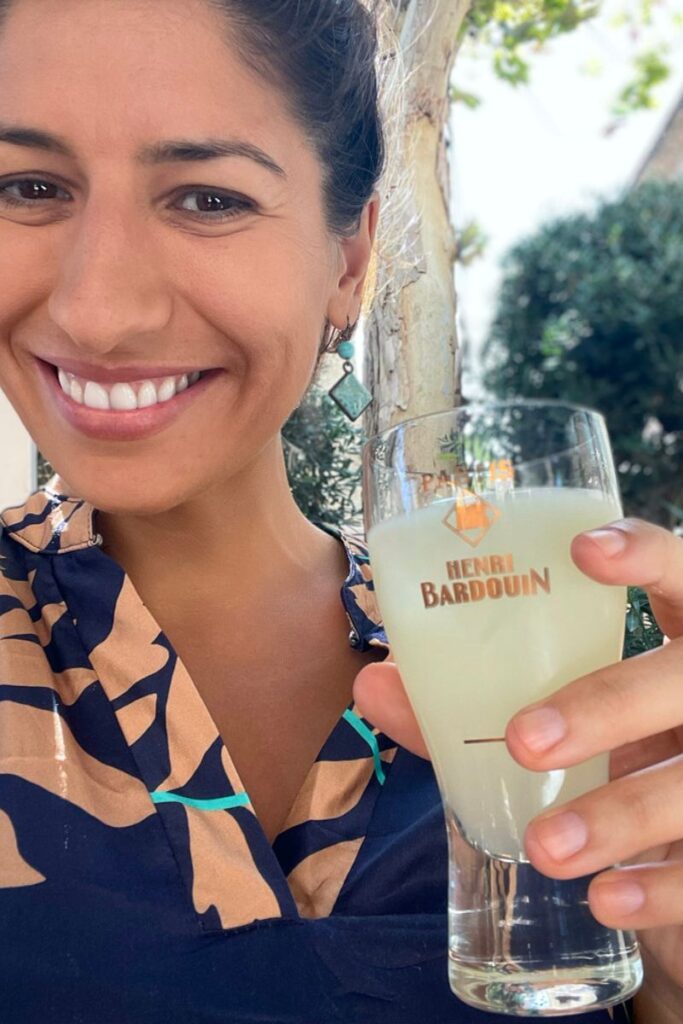
✅ Outdoor Activities : Take advantage of the region’s natural beauty with outdoor activities like hiking in the Luberon, kayaking in the Gorge du Verdon, or cycling through the countryside. Yes, rent you a bike!
✅ Festivals : Check the calendar for local festivals and events; it’s amazing to see the French go wild and party in the streets!
✅ Language : Learn a few basic French phrases. While many people in tourist areas speak English, an attempt at French is appreciated.
Remember, part of the charm of Provence is its relaxed pace of life, so take your time.
How many days is enough in Provence?
I recommend at least 7 -10 days in Provence at a minimum. What I didn’t realize at first was that Provence is quite large, and you have to drive to get anywhere, so everything becomes a day trip. So if you want to have a winery day, a cooking class, and a culture/history day, see a couple of villages and lavender fields, that’s already a week’s worth of things to do.
I honestly don’t know how people say they’ve been to Provence and have only stayed 3 days in one village. That’s not really ‘seeing’ Provence to me.
What is the best month to visit Provence?
I stayed in September and October, and it was magical. I heard the summer months are crazy busy and touristy, but each season has its pros and cons.
☀️ Visiting Provence in Summer
If you’re visiting Provence in the Summer, you’ll have the chance to see the lavender fields in their full glory and some amazing summer festivals in the cute little villages in the Luberon . The weather will be toasty, which for me is a bit of a con.
So in a nutshell, yes, it’s hot and crowded, and the prices spike, but the unique buzz of summer festivities and that purple bloom makes it worthwhile. Just be prepared for the tourist hustle and the heat.
🍁 Visiting Provence in the Fall
Visiting Provence in the fall, particularly in September, is a treat I personally recommend. The crowds thin out, the heat subsides, and the prices drop, making it the perfect time to leisurely explore the vineyards and villages.
You’ll miss the summer’s lavender bloom, but you’ll gain the rich colors of autumn, the grape harvest, and a more authentic local experience.
❄️ Visiting Provence in Winter
I don’t recommend Provence in the winter, because it’s cold, windy, and desolate looking compared to the other seasons. You can wander through traditional Christmas markets, eat your heart out in a few restaurants that are still open, and enjoy the Festival of Lights in Lyon nearby.
While it’s too cold for lavender, the region’s beauty is still there, just quieter and with a cozy charm (if you’re inside and bundled up).
🌸 Visiting Provence in Spring
Spring in Provence is a crapshoot season – who knows what weather you’ll get?
The value of visiting in the spring is that it’s less crowded than in summer, allowing for a more relaxed experience. The region’s markets also come to life with fresh produce, and it’s an excellent time for outdoor activities like hiking and cycling. It’s like Provence is waking up from a winter hibernation.
However, early spring can still be a bit unpredictable weather-wise, and some attractions may have limited hours before the peak season kicks in.
What do I pack for a trip to Provence?
Traveling to Provence is a fantastic experience, but packing right is key to enjoying your trip to the fullest. Here’s a list of essentials considering you’ll be visiting either in the summer or fall season:
✅ Lightweight Clothing : Summers can be quite warm, so pack light and breathable clothing. Think cotton dresses, linen shirts, shorts, and skirts.
✅ Swimwear : Don’t forget your swimsuits for those beautiful Mediterranean beaches and hotel pools.
✅ Sun Protection : Sunscreen and sunglasses are a must to protect yourself from the strong sun. You can buy a wide-brimmed hat in France.
✅ Comfortable Shoes : Bring comfortable walking shoes for exploring cities and villages. Sandals or flip-flops are great for the beach. When you’re in Provence, look for La Torpeziene shoe brand.
✅ Cute Evening Attire : The French are chic – even in the villages of Provence, especially in the evenings. Pack a few smart-casual outfits for dinners and nightlife.
✅ Beach Bag and Towel : You can buy a tote bag for the beach in France, but a quick-dry towel will come in handy.
✅ Portable Charger & Adapters : To keep your devices charged during long days of exploring. And don’t forget the European adaptors.
Remember, while it’s important to be prepared, try to pack as lightly as possible, or you’ll be one of those tourists dragging a huge rolly suitcase up some cobblestone steps. Don’t be that tourist.
Still Not Sure Where To Stay In Provence?
In conclusion, there are quite a few places to stay in Provence depending on how you want your vacation to go.
Mariana Barbuceanu is the owner and author of the Road Trip EuroGuide, a blog that inspires fellow travelers to explore Europe more authentically through slower travel and digging deeper into the culture of a place. When she isn't writing about her adventures, she is planning trips for her community and coaching people on how to take that next step towards a much-needed sabbatical.

IMAGES
VIDEO
COMMENTS
Duration: 10 days. Suggested route: Avignon - St Rémy - Arles - Camargue - Marseille - Cassis - Aix-en-Provence - Avignon. Total distance: 404 Km, 6 hrs 20 min drive in total. Region covered: Provence-Alpes-Côte d'Azur. Best for: history, sightseeing, outdoors, small towns, food & wine. This road trip in Provence itinerary ...
5 Days in Provence, France Summary. This is a quick Provence, France road trip run-down for you. For more detailed information including where to stay, details on things to do/eat, etc. keep reading below! Day 1: Drive to Saint-Remy-de-Provence. Day 2: Saint-Remy-de-Provence.
Driving in Provence. 5-day South of France itinerary: Provence road trip for nature lovers. Day 1: Luberon villages and lavender fields. Day 2: Lake of Sainte-Croix, Verdon Gorge & Moustiers-Sainte-Marie. Day 3: Cascade de Sillans & Saint-Tropez. Day 4: La Ciotat, Parc du Mugel & Cassis. Day 5: Calanques National Park, return to Avignon.
Day Four of Your Provence Road Trip: St.-Rémy, Les-Baux, and La Camargue Trace Vincent van Gogh's past in Saint-Rémy-de-Provence. Saint-Rémy-de-Provence is a picturesque town with an immense importance in art history. In this little town, Vincent van Gogh lived in an asylum for a year. During this time, he created a staggering 150 works of ...
Etape 1 The Small Ports of Provence The stage is set - you're in the Mediterranean! Don your sunglasses and head to the port for a coffee on the terrace. The people at the table next to you enthusiastically comment about that day's catch. Intrigued, you order six sea urchins, the caviar of the Mediterranean that locals devour with a spoon.
Savor the tastes of Southern France's Provence region on this six-day road trip itinerary. Take a farm-to-table cooking class, sample the vintages of the Châteauneuf-du-Pape region, and stroll across the songworthy bridges of Avignon with your time in this culinary territory.
A trip to Provence would only be complete with a trip to the stunning Mediterranean coast. The Calanques National Park stretches for 20km along the rugged coastline, with plenty of hikes and secluded beaches to discover along the way. Start your day in Cassis, a traditional fishing port town on the eastern edge of the Calanques.
Southern France Itinerary Priorities. 10-Day French Riviera & Provence Itinerary. Day 1: Fly Into Nice. Day 2: A Day Along the French Riviera. Day 3: Medieval Villages & Perfume (Saint-Paul-de-Vence) Day 4: La Madrague Coastal Hike (Local Gem) Where to Stay in Arles (7 nights) Day 5: Arles & Camargue.
Day 7 - Cassis and the Calanques. Stay: Aix-en-Provence. Cassis is a charming portside town tucked in between towering cliffs near Marseille on the Mediterranean coast. It's by far one of the more popular places to visit in the South of France due to its recent reputation as the new St Tropez.
14 days, add: Two nights in Aix-en-Provence and side-trips to Nîmes, Marseille, and the Camargue; Rick's Best Two-Week Provence and the French Riviera Trip by Car. Day 1: ... Take a minivan tour of the wine road, bike to Séguret and Gigondas, or hike to Le Crestet for lunch (taxi back) (sleep in Vaison-la-Romaine) ...
Experience the highlights of France's Provence region, from the Mediterranean Sea to the Gorges du Verdon, with this 10-day road trip that perfectly combines outdoor activities with cultural tours. In between memorable experiences like hot-air balloon rides, sailing trips, and cooking classes, you'll have plenty of free time to explore lavender fields, charming villages, famous vineyards, and ...
Day 1: Calanque de Sormiou + Goudes. Calanque De Sormiou. On the first day of our South of France itinerary, we visited one of the country's most beautiful natural wonders, the famous Calanques de Marseille - they are inlets formed in limestone cliffs but are also known as coastal fjords.
Planning The Best Driving Through Provence Itinerary Why Plan a Road Trip The simple answer is, opting to drive in Provence means a greater level of flexibility. Provence is rural, has picture perfect countryside and villages and towns that look like they've been extracted from a storybook. It's fairytale stuff with unbeatable landscapes.
Provence Road Trip: Food, Wine & Culture - 7 Days. View Map. Get behind the wheel in the South of France during this weeklong road trip through the Provence region. Starting in Marseille, you'll swim in the Mediterranean, tour cafés and vineyards in Aix en Provence, and explore a range of picturesque hilltop villages in the Luberon.
Road Trip Itinerary; Lavender Fields; Practical Infos; Road trip. You can start this road trip at any of the cities and just follow the route clock or anti clockwise. This full road trip covers roughly 100 km and can be done in one day. The villages and towns in Provence are located close to each other and the views along the road are spectacular.
Provence Road Trip Itinerary: Things to Know and Things to Expect. Provence is a large and diverse region that stretches from the Rhone River in the west to the Italian border and south to the Mediterranean Sea. It encompasses various regions, including the scenic mountains of Haute Provence, ...
Provence road trip itinerary: Recommended Provence itinerary 5 days (5 days in Provence) If you want to go all Provence, perhaps a lifetime is not enough. For those of you who come here, don't have much time and still want to "steal" some good memories of the South of France, I would like to suggest a short Provence itinerary 3 or 5 days. ...
Day 3: Drive to Saint-Rémy-de-Provence via Les Baux-de-Provence. The flowering village of Les Baux-de-Provence. This morning, you'll make the drive to Les Baux-de-Provence, which dates back as far as 6,000 BCE. Along the way, Les Baux became a defensive fortress stronghold in the Middle Ages, and today it's regarded as one of the most ...
The ultimate road trip around Provence. August 16, 2022 · Susan Gough Henly. Provence is a picturesque region in France bursting with history, culture, cuisine and dazzling sights. Discover lavender fields, medieval hilltop villages, rolling valleys, vineyards and olive groves. This French province is sensational for explorers.
Provence. This magnificent region is shaped like a giant wedge of quiche. From its sunburned crust, fanning out along the Mediterranean coast from the Camargue to Marseille, it stretches north along the Rhône Valley to Orange. The Romans were here in force and left lots of ruins — some of the best anywhere. Seven popes, artists such as ...
The buses run every 10-15 minutes. From the train station, take a TER (regional train) up to Avignon (18.30€) or Aix-en-Provence (11.90€). There is a small regional airport near Avignon but your flight options will be limited. BY CAR: From Paris, take the A6 highway towards Lyon and then the A7 from Lyon to Avignon (around a 7 hour drive ...
Here is the route I recommend for a road trip, plus a map to get your bearings. Day 1: Fly into Nice. Day 2: Rivera - Eze & Villefrenche-sur-Mer. Day 3: Riviera - Perfumery & Saint-Paul-de-Vence. Day 4: Riviera - La Madrague Coastal Hike (Local Gem!) Day 5: Provence - Arles & Camargue Region.